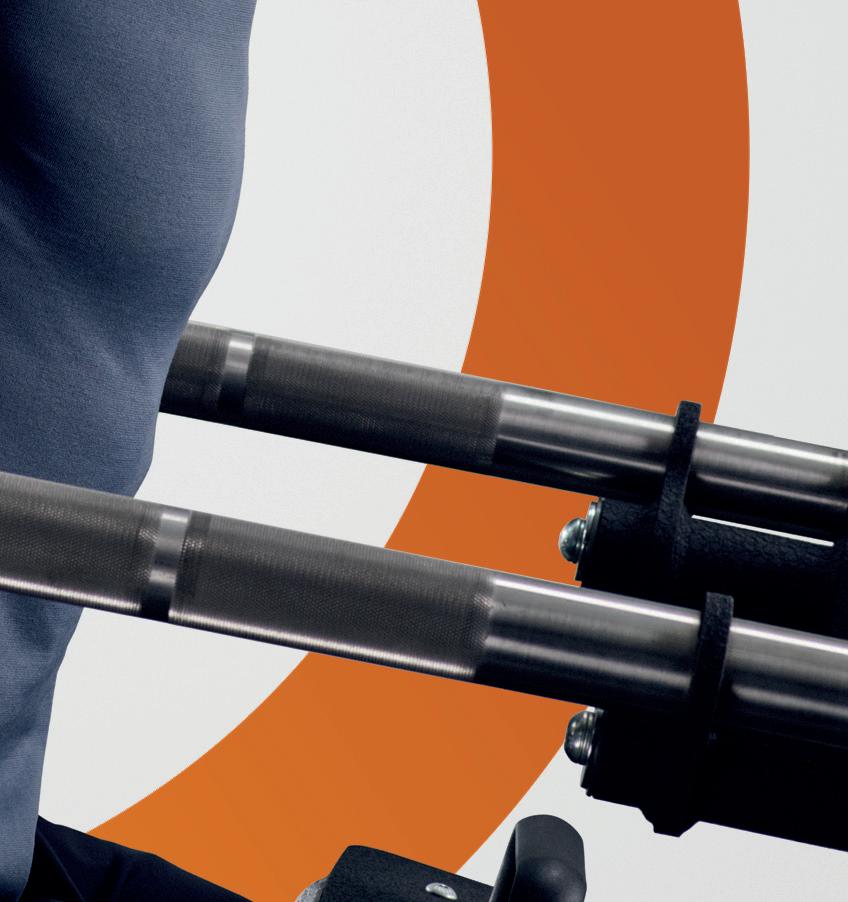
















Scan to download Club Growth Guide: 7 key plays to a profitable studio.
Whether your facility is looking to acquire or retain members, or build an unbreakable community, a thriving studio holds the key to these goals. Your group training studio is a ready-made solution for driving new growth, with the ability deliver on retention, member acquisition and generating new revenue streams with programming.
By creating an irresistible group training environment, you’re laying the foundations for better engagement with members. A well-oiled group training experience compels members to return for the social bonds formed, leading them to tell their friends about it and creating a flywheel of momentum that recruits new members and in turn strengthens your community.
We’ve created a seven step plan to help your club create a strategy for its studio, identifying the key areas to focus on to start driving growth. By considering key member touchpoints ranging from capacity to marketing, the guide helps your facility identify areas for improvement, and crucially, shares how to start driving change. As well as actionable strategies, there’s world-leading operator insights to help inform your game plan. Are you ready to send studio numbers soaring and boost your bottom line?


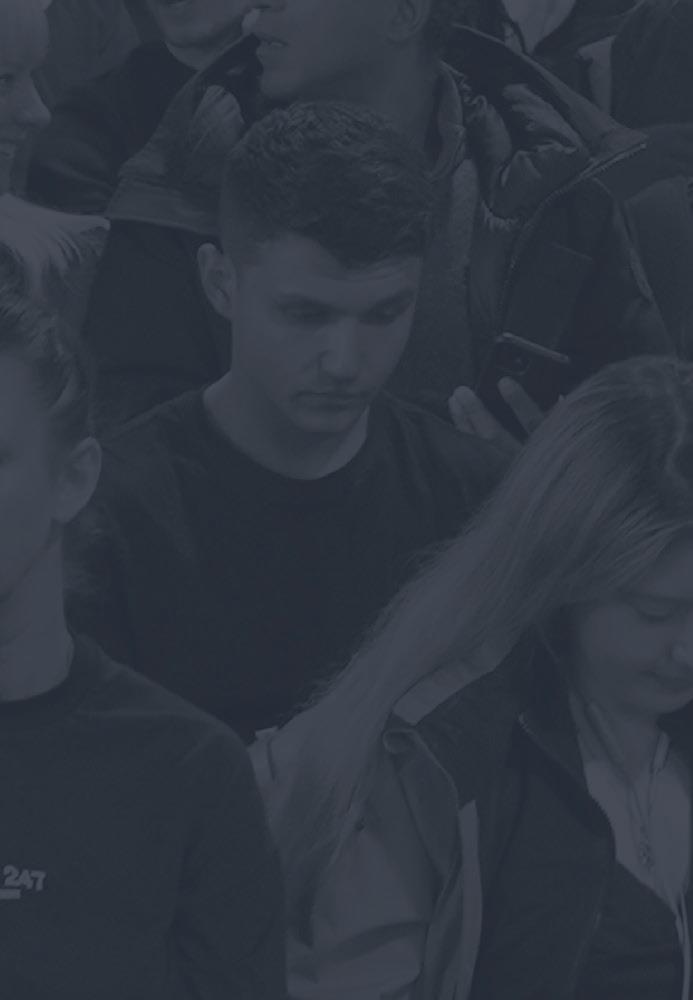




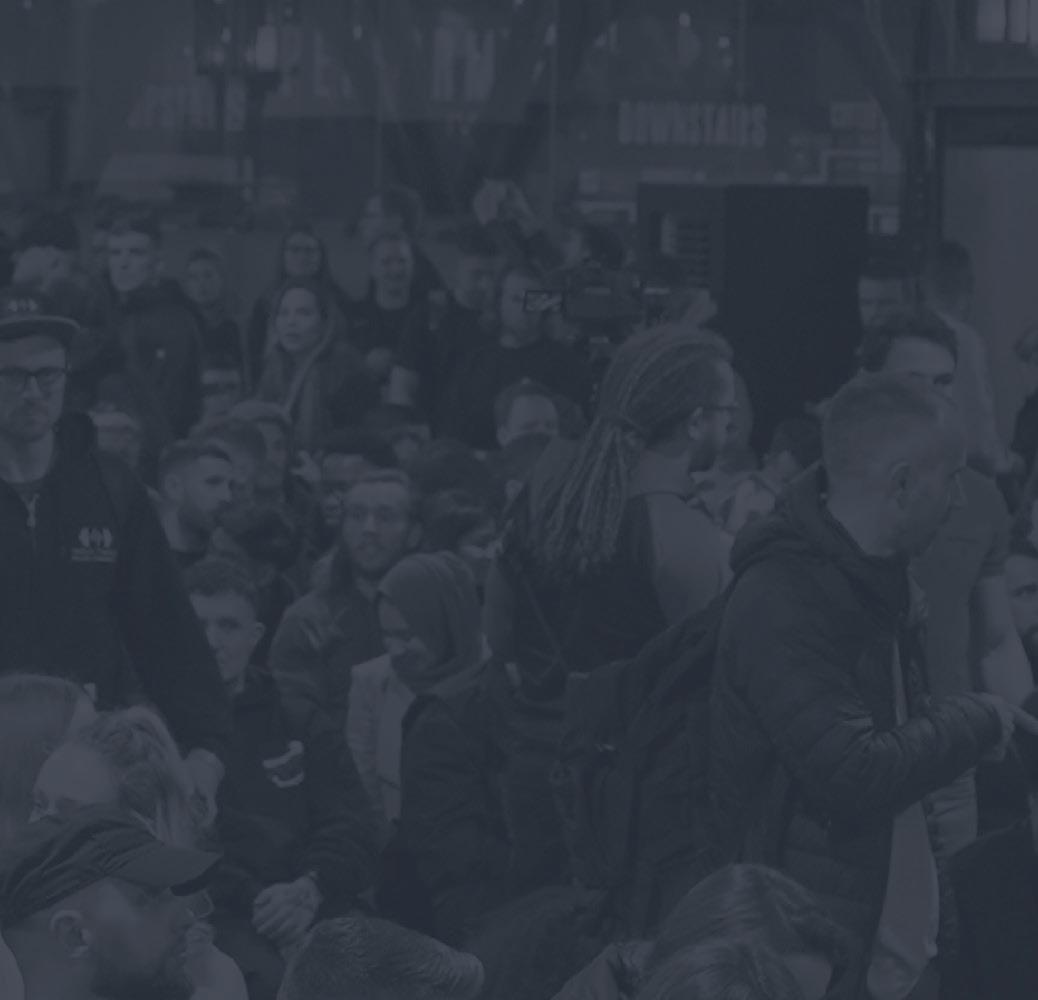








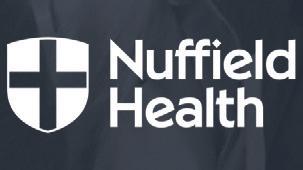
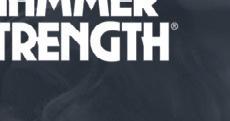


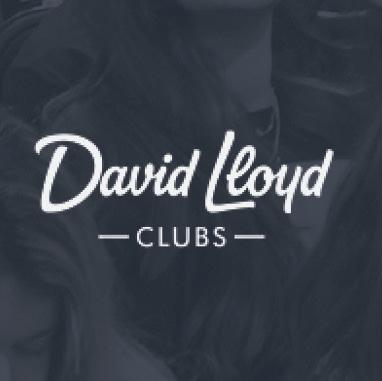







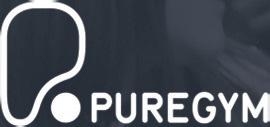



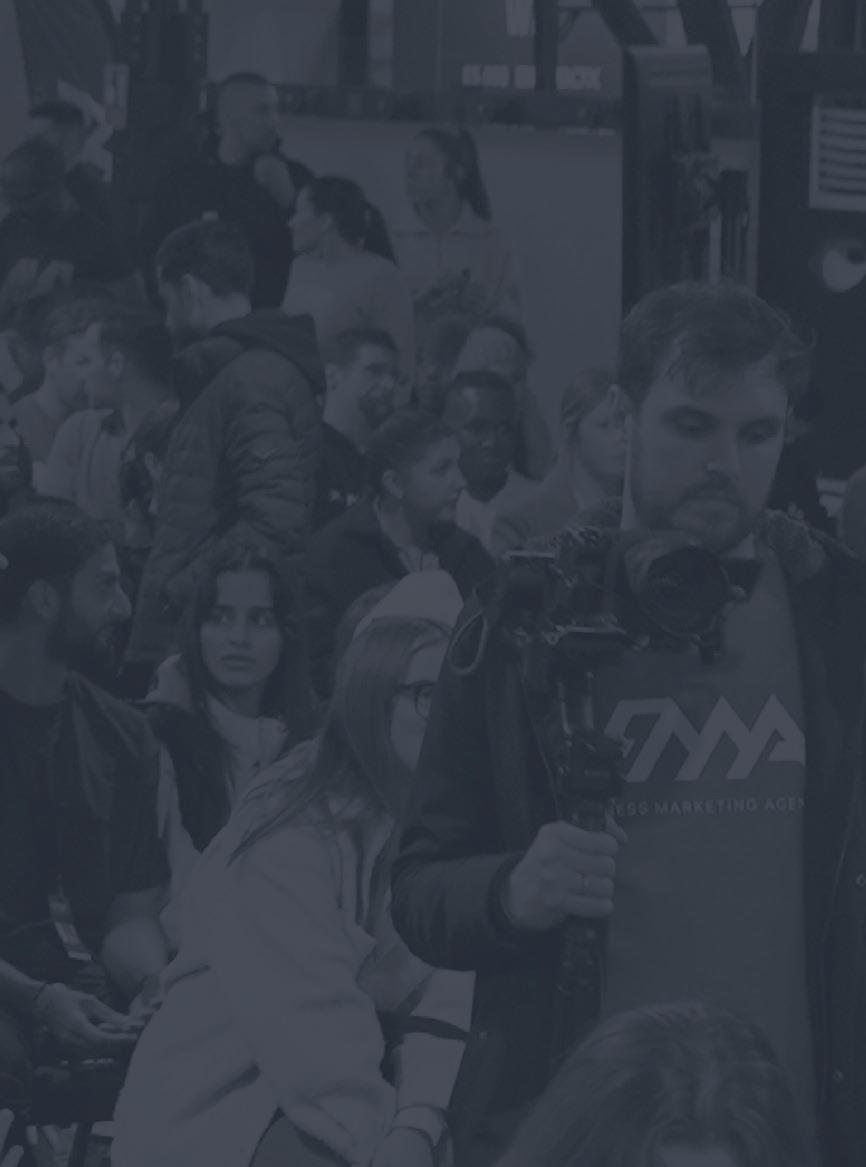

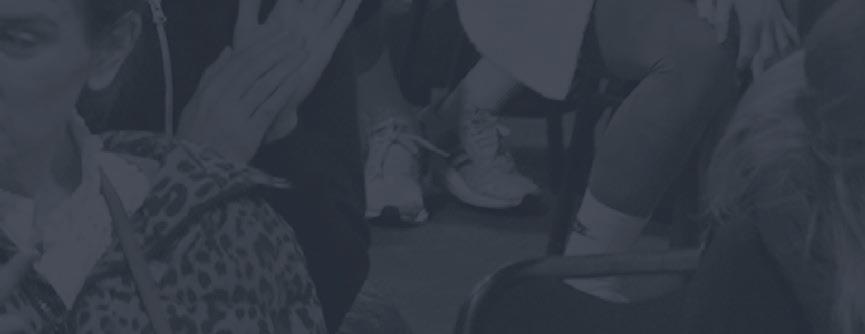












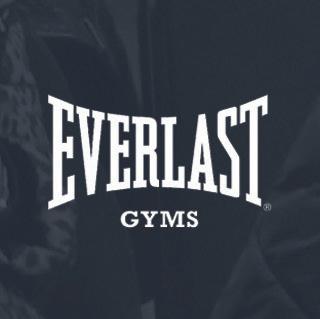



The sector has found a new level of maturity, sophistication and success in the last 12 months, with a whirlwind of innovation, wellness collaborations and deals driving the pace of change
he last year has seen the sector shrugging off the legacy of the pandemic as operators ramp up growth in response to consumer demand for fitness, health and wellness services.
Money is moving again and investors who found themselves unable to exit due to COVID are passing on their investments, with transactions for Barry’s, LifeFit Group, VivaFit and Solidcore completed, while Crunch and Lift Brands are expected soon.
Mergers and acquisitions have also accelerated as investors seek to merge synergistic investments.
Operators that had a tough pandemic – some due to being in city centres – have been fixing their finances, with deals for Blink Fitness, Gymbox and 1Rebel, while businesses that sought court protection in the aftermath of the lockdowns, such as Fitness First UK and Virgin Active, have spent the year racing forward with new leadership, growth strategies and fresh investment.
It’s a sign of a maturing market that less clubs close these days. They’re more likely to be taken up by another operator as the sector gets better at evaluating the offering and price point that resonates in each location.
Landlords are more actively engaged and better informed about which operator is most likely to have the covenants they’re looking for, meaning property owners are actively driving change in the sector as never before.
Closing sites used to be a hush hush matter and something to be done by stealth, but this approach has largely been consigned to history, with operators now open about the need to ‘right-size’ their estates and stay laser focused on changing market demand.
There’s now a brisk and refreshingly routine trade in sites in most major cities which is starting to feel akin to that of the hospitality market.
We’ve had an injection of fresh leadership into the sector in the last year – much coming from hospitality –with new CEOs at PureGym, Planet Fitness, Xponential Fitness, Places Leisure and Purpose Brands – the business formed by the merger of Orangetheory and
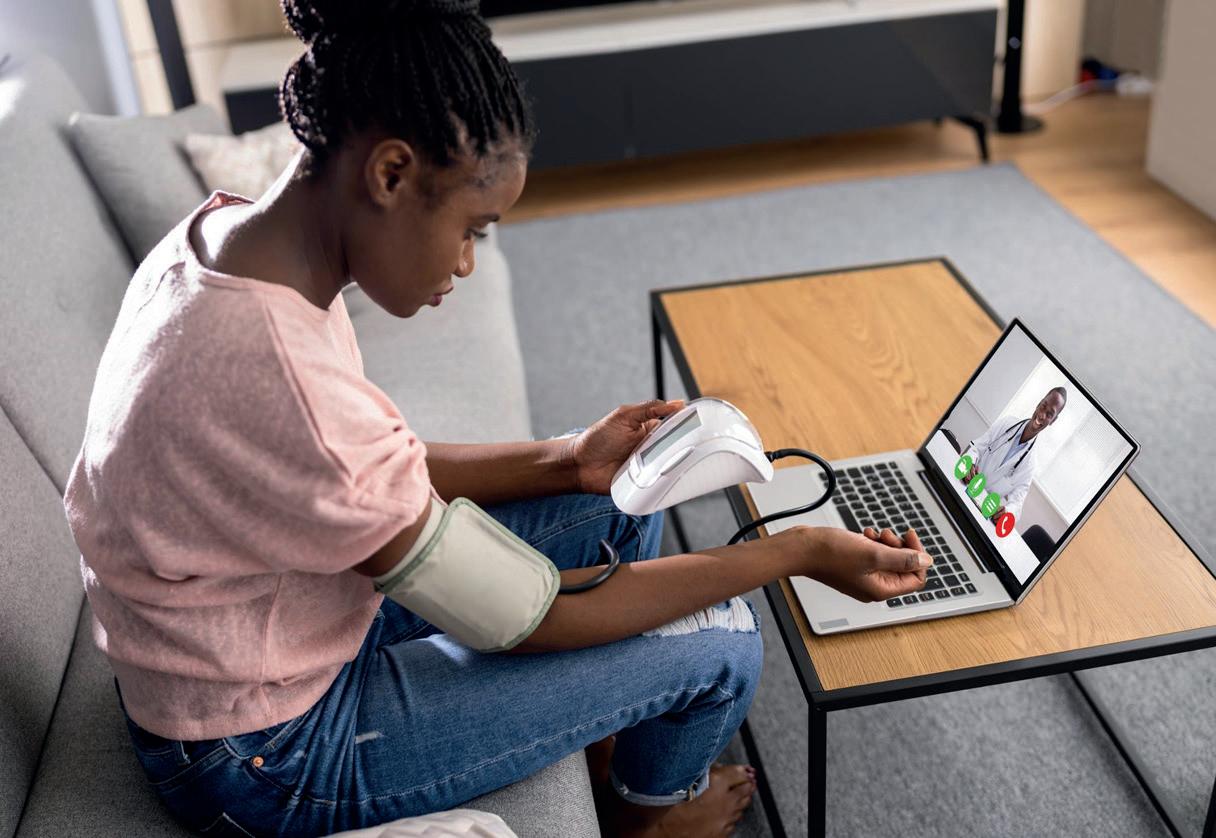
We’ve had an injection of fresh leadership that has brought new energy, creativity and greater consumer insight
Self Esteem Brands – and this has brought new energy, creativity and tactics and greater consumer insight.
Innovation, such as telehealth upsells and other secondary spend options, is enabling greater profitability while also giving better service and we’re quicker to recognise the power of our customer base as brands increasingly target wellness consumers.
With so much great progress in only 12 months, you could say we went into the pandemic as an emerging market and are coming out of it fullyformed, as a sector to be reckoned with.
Liz Terry, editor lizterry@leisuremedia.com
p05 / Editor’s letter
The last year has been defined by the final pandemic shake-out, says HCM editor, Liz Terry
p14 / Most read
Find out which news stories HCM readers have been most drawn to over the last 12 months
p28 / Editors’ picks
Our editors have selected the stories that defined the market, month by month over the 12 months
p38 / Interviews
Catch up on HCM’s in-depth profiles
p46 / Life Lessons
From getting sacked to risking it all, industry leaders share their learnings from tough times
p88 / HCM People
ChatGPT summaries of HCM’s people profiles
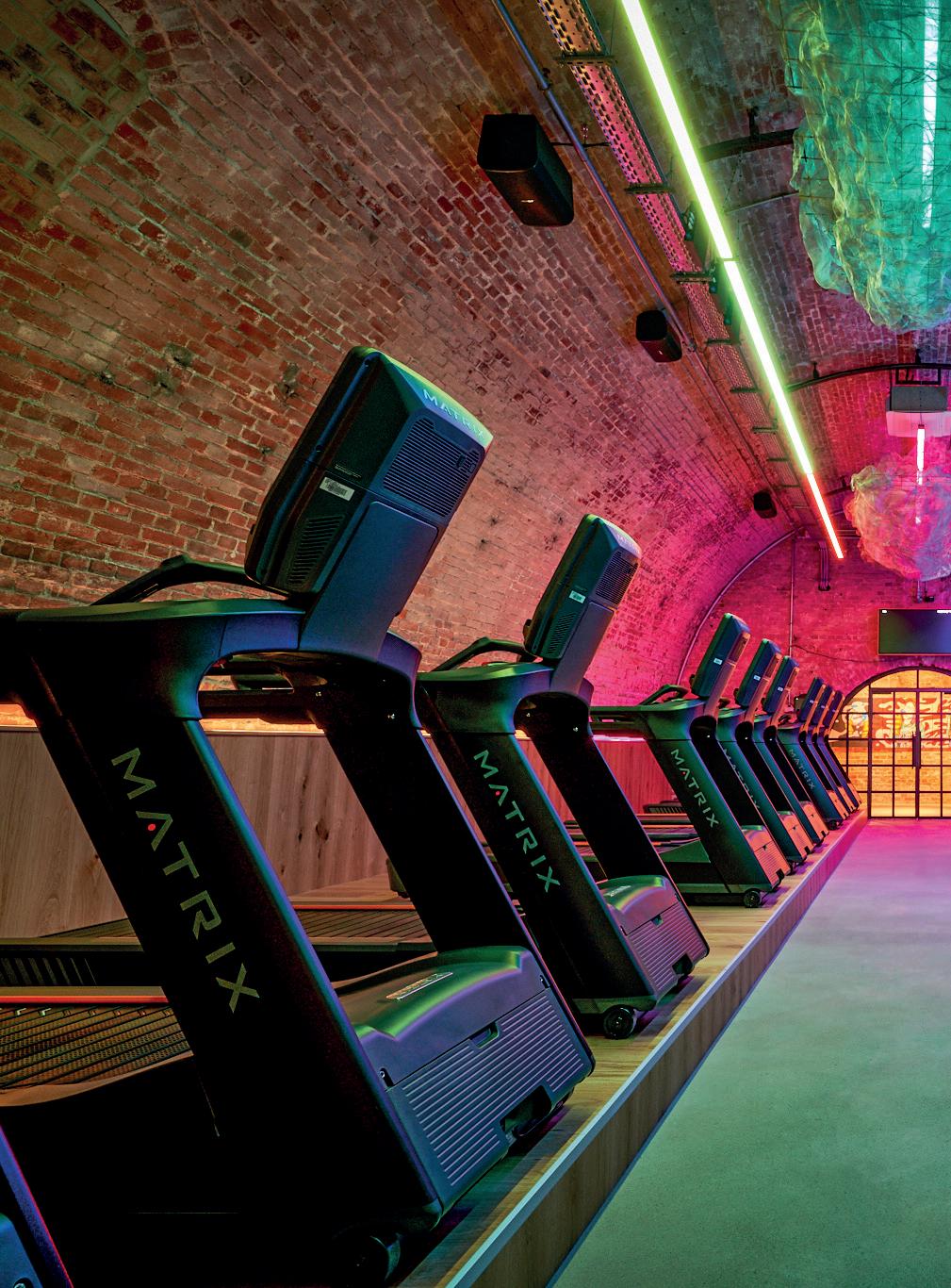

28 Editors’ picks

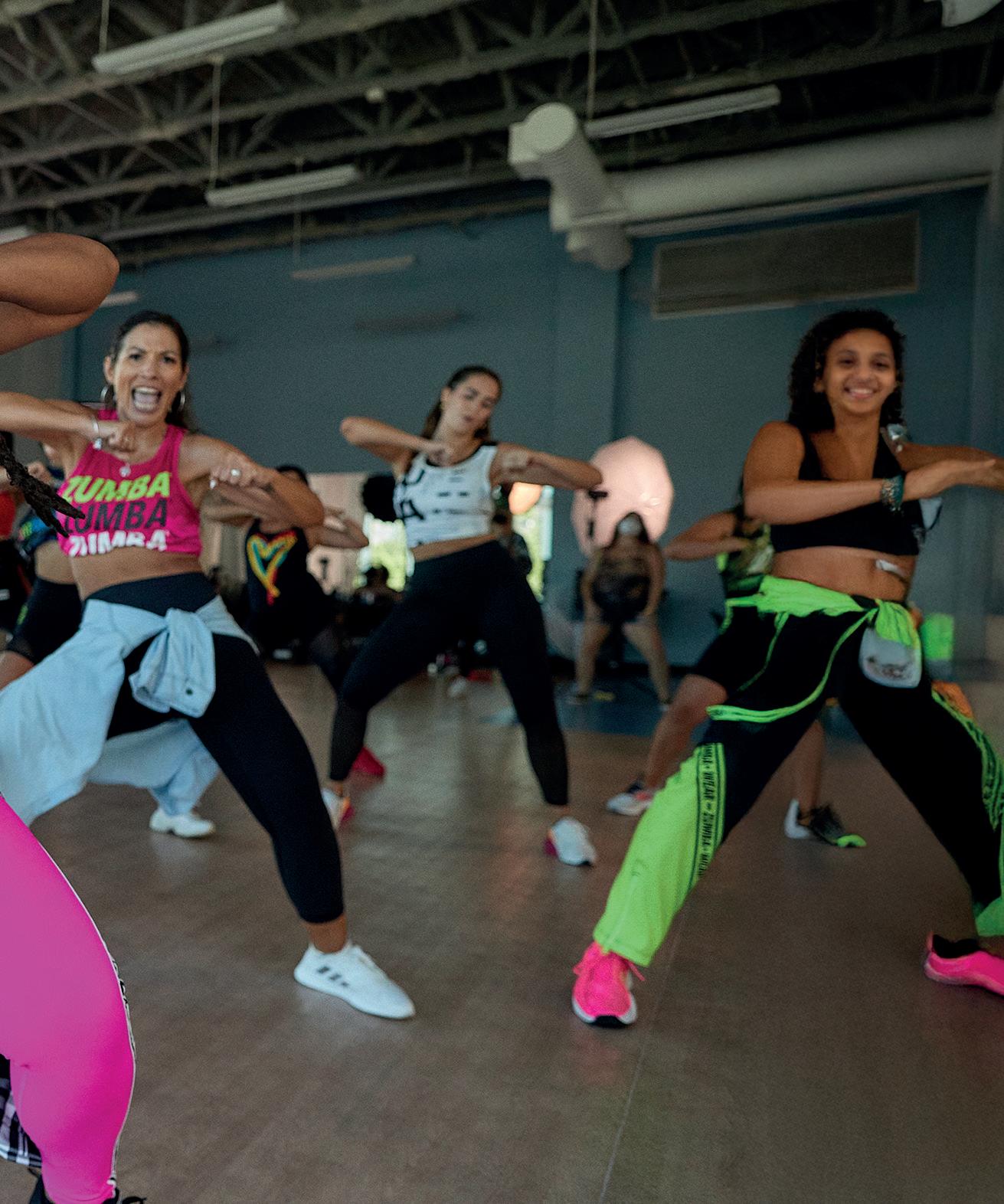
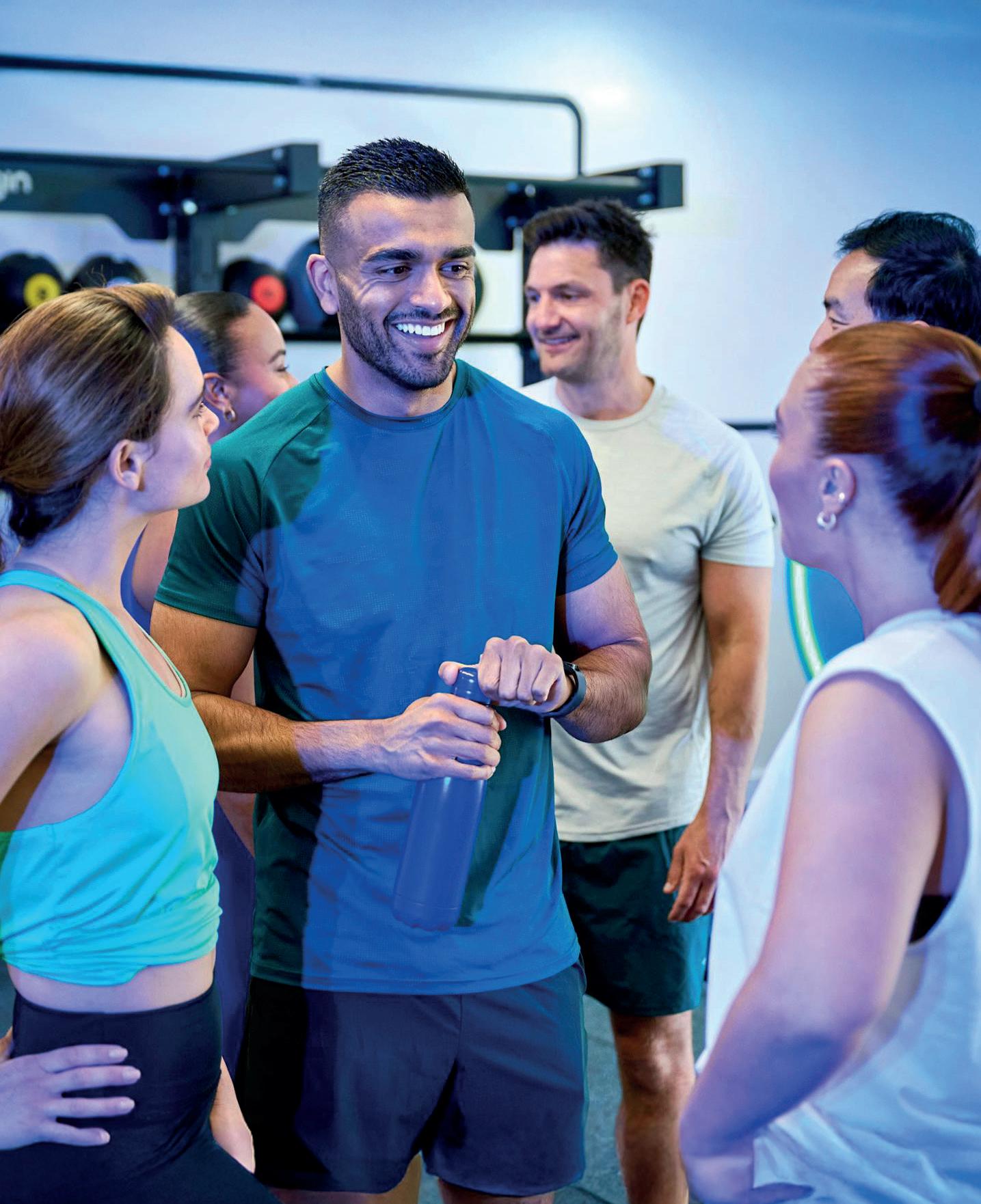
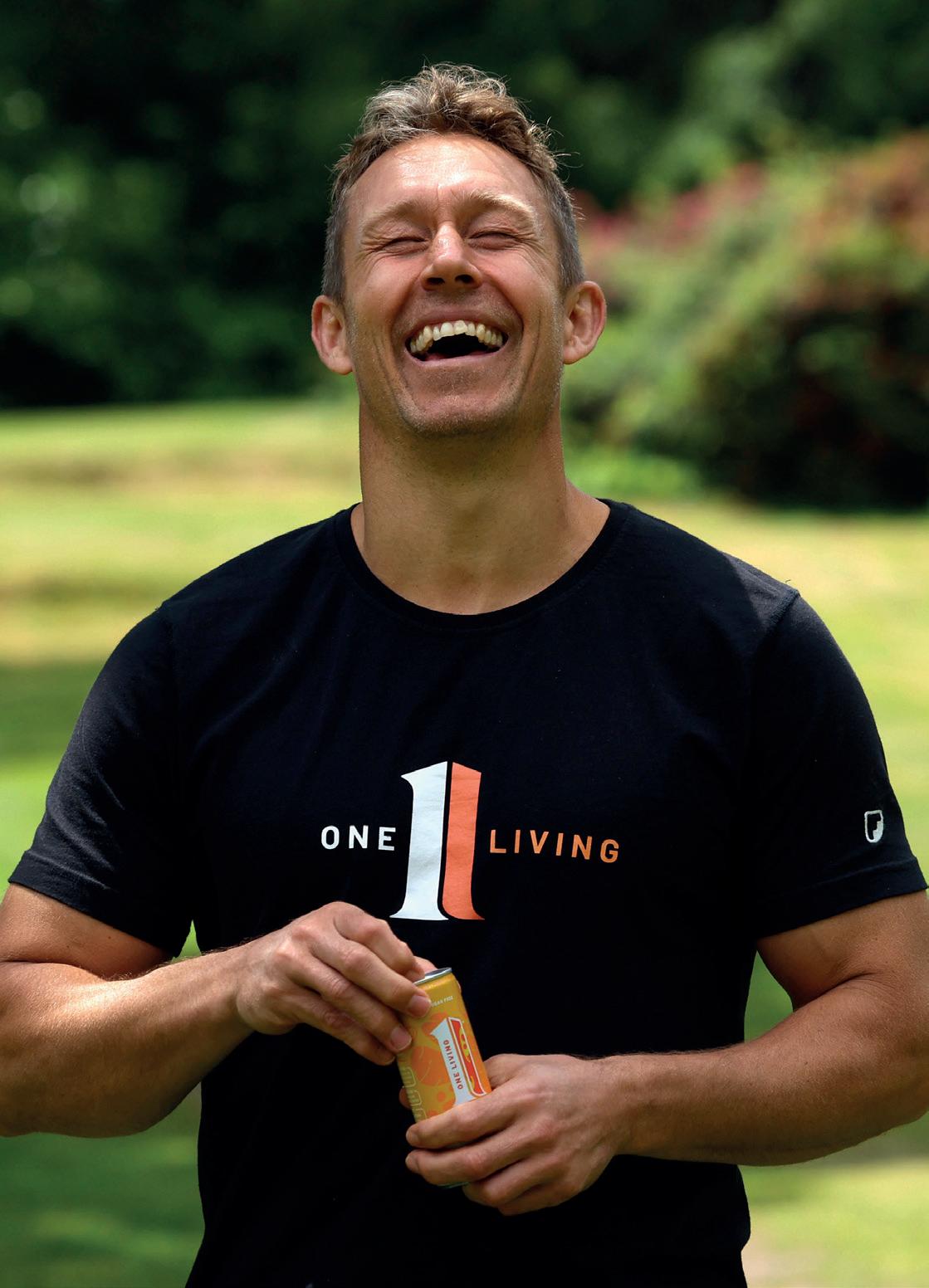
theteam@leisuremedia.com

Editor Liz Terry
+44 (0)1462 431385
Publisher Jan Williams
+44 (0)1462 471909


Managing editor
Julie Cramer
+44 (0)1462 431385
Head of news Kath Hudson
+44 (0)1462 431385

Editor-at-large
Magali Robathan
+44 (0)1462 431385
GLOBAL MEDIA PARTNER MEET THE TEAM
Assistant editor Megan Whitby
+44 (0)1462 471906
Email us:
Customer service
+44 (0)1462 471901
Advertising
+44 (0)1462 431385
Subscriptions
+44 (0)1462 471910
Circulation
+44 (0)1462 471932
Finance
+44 (0)1462 471930
Credit control
+44 (0)1462 733477
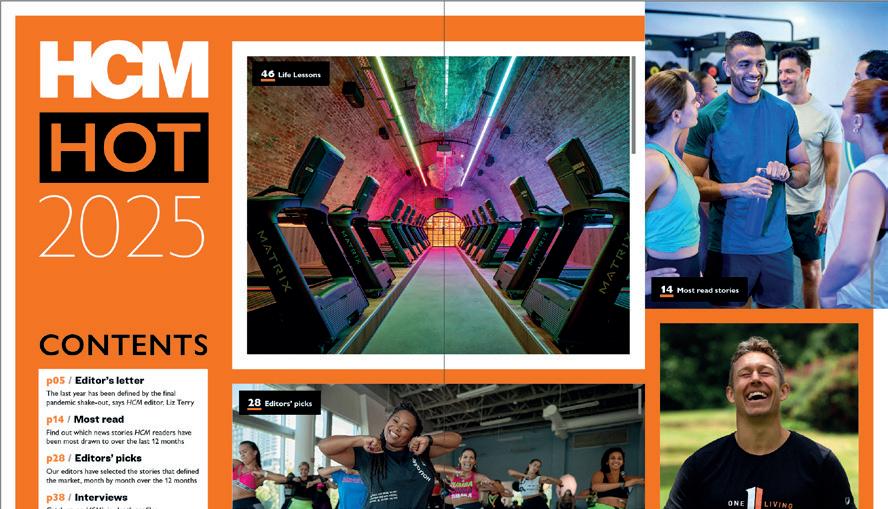
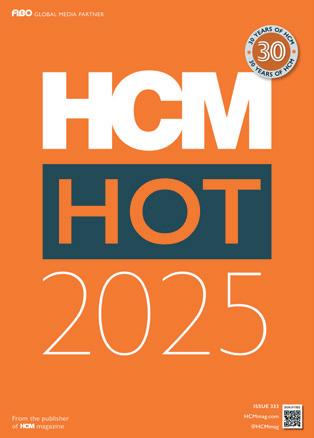
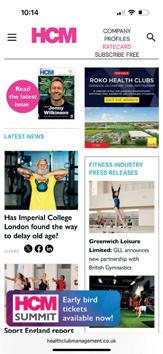
Choose how you read
HCM digital
Read free online and enjoy extra links and searchability www.HCMmag.com/digital
HCM magazine is available in print from www.leisuresubs.com
HCM PDF
A PDF edition is available to read offline at: www.HCMmag.com/pdf

Other resources from
Fit Tech magazine www.fittechglobal.com www.fittechglobal.com/archive
HCM Handbook www.HCMhandbook.com www.HCMhandbook.com/pdf
HCM Online library www.HCMmag.com/archive
HCM Ezine & Instant Alerts www.leisuremedia.com/subscribe
Leisure Opportunites jobs & news www.leisureopportunities.co.uk
Buyer Search Engine www.fitness-kit.net

www.hcmsummit.live
To subscribe to HCM in print (Health Club Management): log on to www.leisuresubs.com , email subs@leisuremedia.com or call +44 (0)1462 471930. Annual subscriptions: UK £45, Europe £57, rest of world £80, students (UK) £22.
Style: HCM follows an editorial house style which precludes the use of marketing devices in body text and headlines, eg: capitalised or part capitalised names and registered trademarks. CamelCase is allowed. Contact the editor for more details – lizterry@leisuremedia.com.
Copyright details: HCM (Health Club Management) is published 12 times a year by Leisure Media, PO Box 424, Hitchin, SG5 9GF, UK. The views expressed in this publication are those of the authors and do not necessarily represent those of the publisher. All rights reserved. No part of this publication may be reproduced, stored in a retrieval system or transmitted in any form or by means, electronic, mechanical, photocopying, recorded or otherwise, without the prior permission of the copyright holder, Cybertrek Ltd 2024. Print and distribution Printed by The Manson Group Ltd. Distributed by Royal Mail Group Ltd and Whistl Ltd in the UK and Total Mail Ltd globally.
©Cybertrek Ltd 2024 ISSN 1361-3510 (print) / 2397-2351 (online)































































































10 – 13 APR 25 Exhibition



























































p14 / Quote of the year
p14 / Most read / UK
p15 / Most read / Global
p15 / Most read / Fit Tech
p16 / Most read / Deal
p16 / Most read / Consumer insight
p17 / Most read / Wellness
p17 / Most read / Grand ambition
p18 / Most read / Celeb
p18 / Most read / Legal
p19 / Most read / Policy
p19 / Most read / Medical
p20 / Most read / Corporate
p20 / Most read / Hotel
p21 / Most read / Research
p21 / Most read / Partnership
p22 / Most read / Public health
p22 / Most read / Public sector





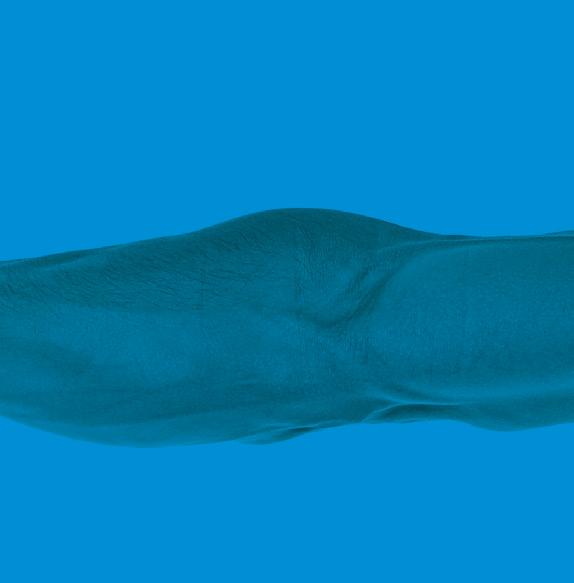





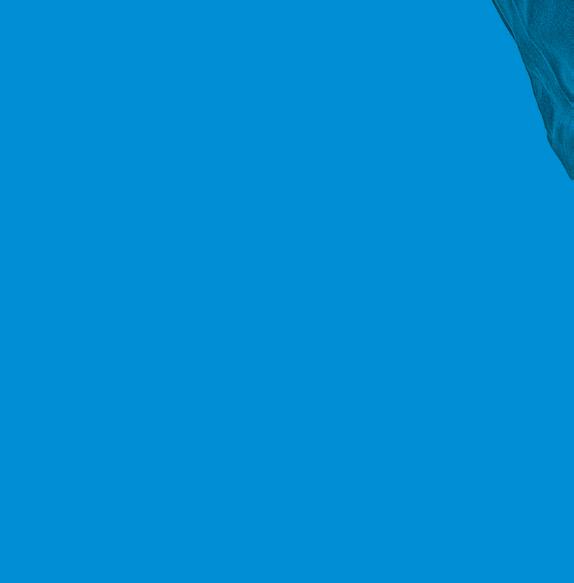




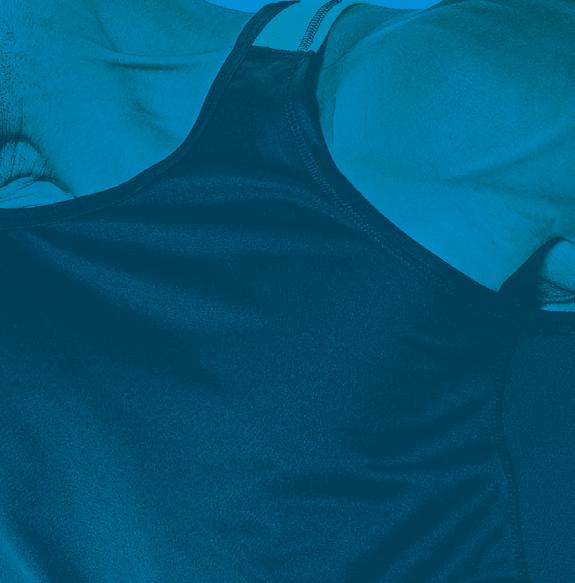
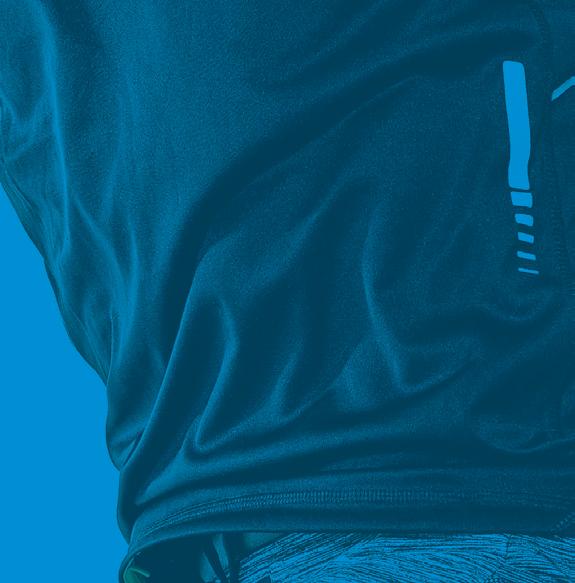
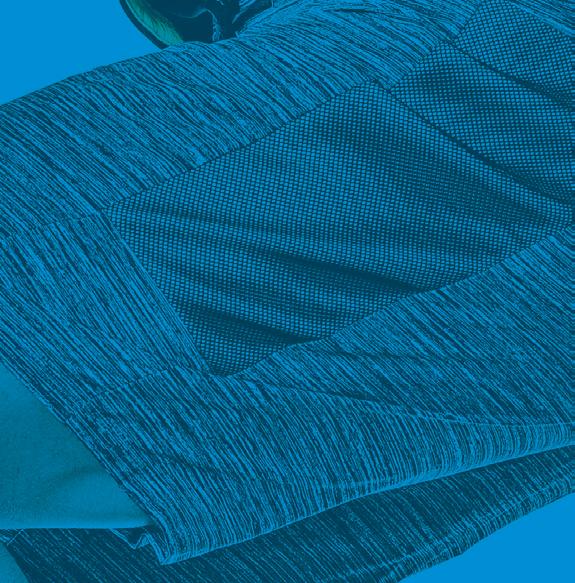
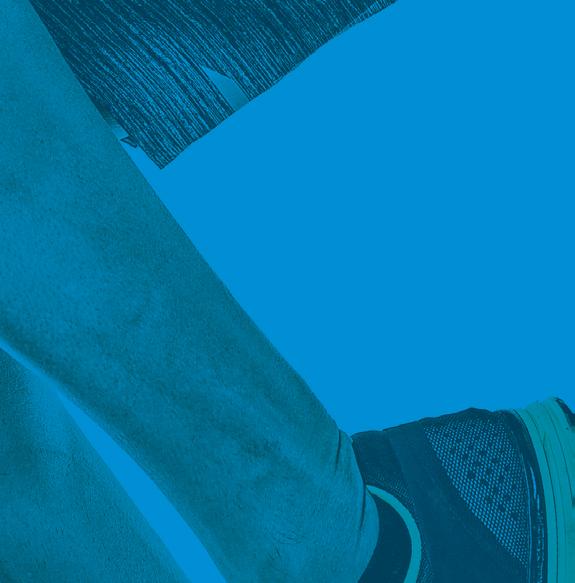
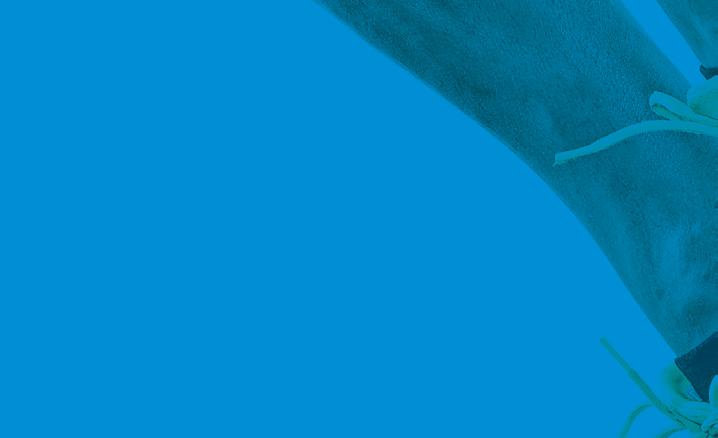



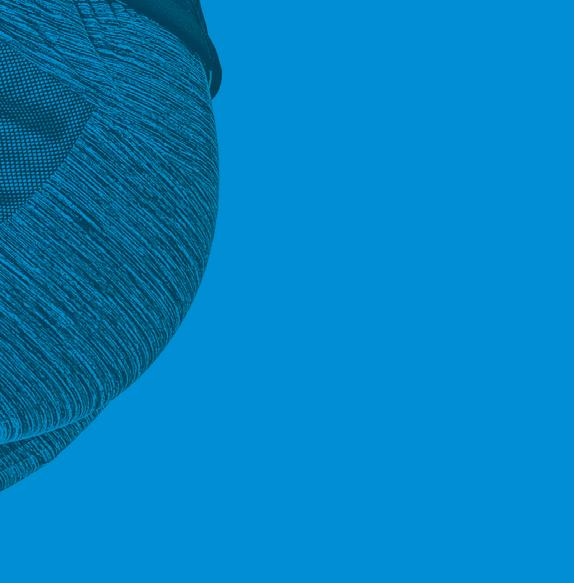

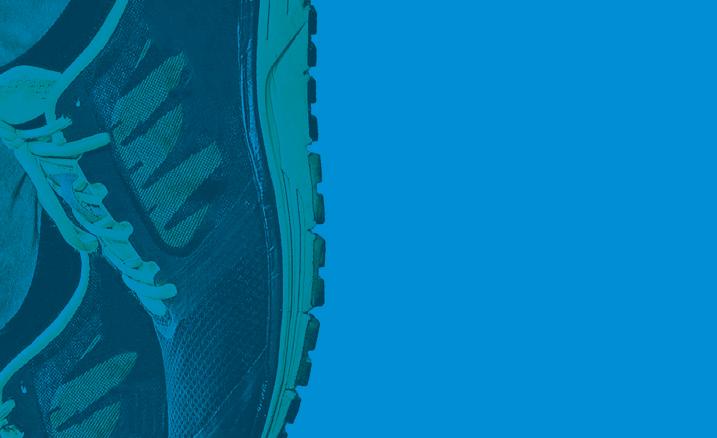


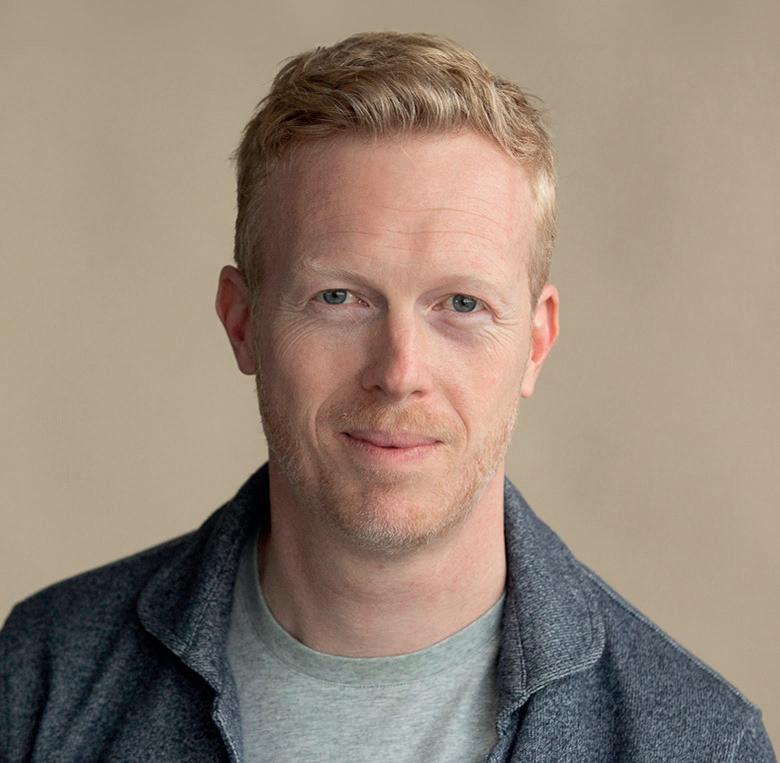
“It’s time for fitness professionals to own the wellness space.”
Oliver Patrick, Future Practice

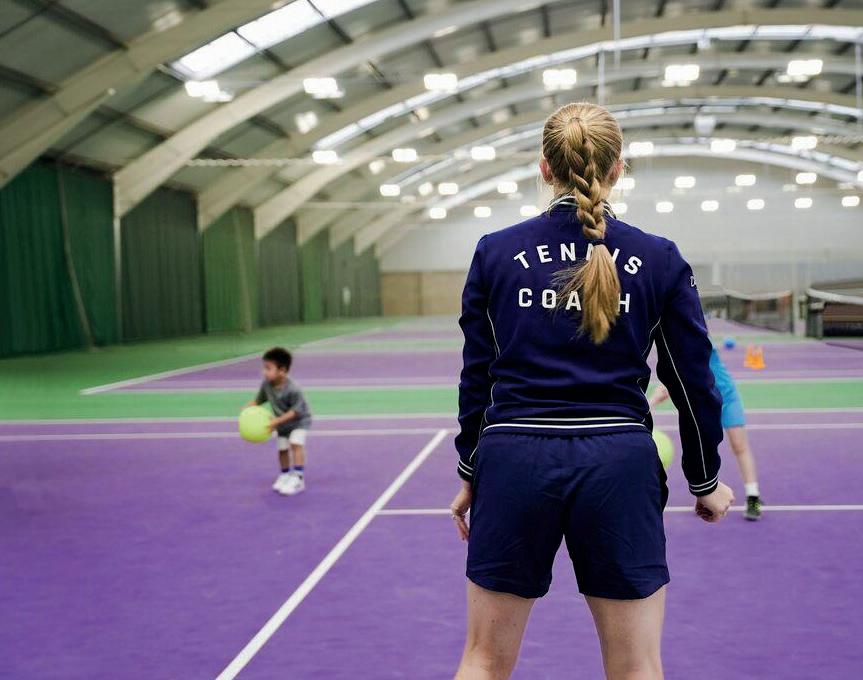





wellness economy reaches $6.3 trillion peak. Forecast by GWI to hit $9 trillion by 2028
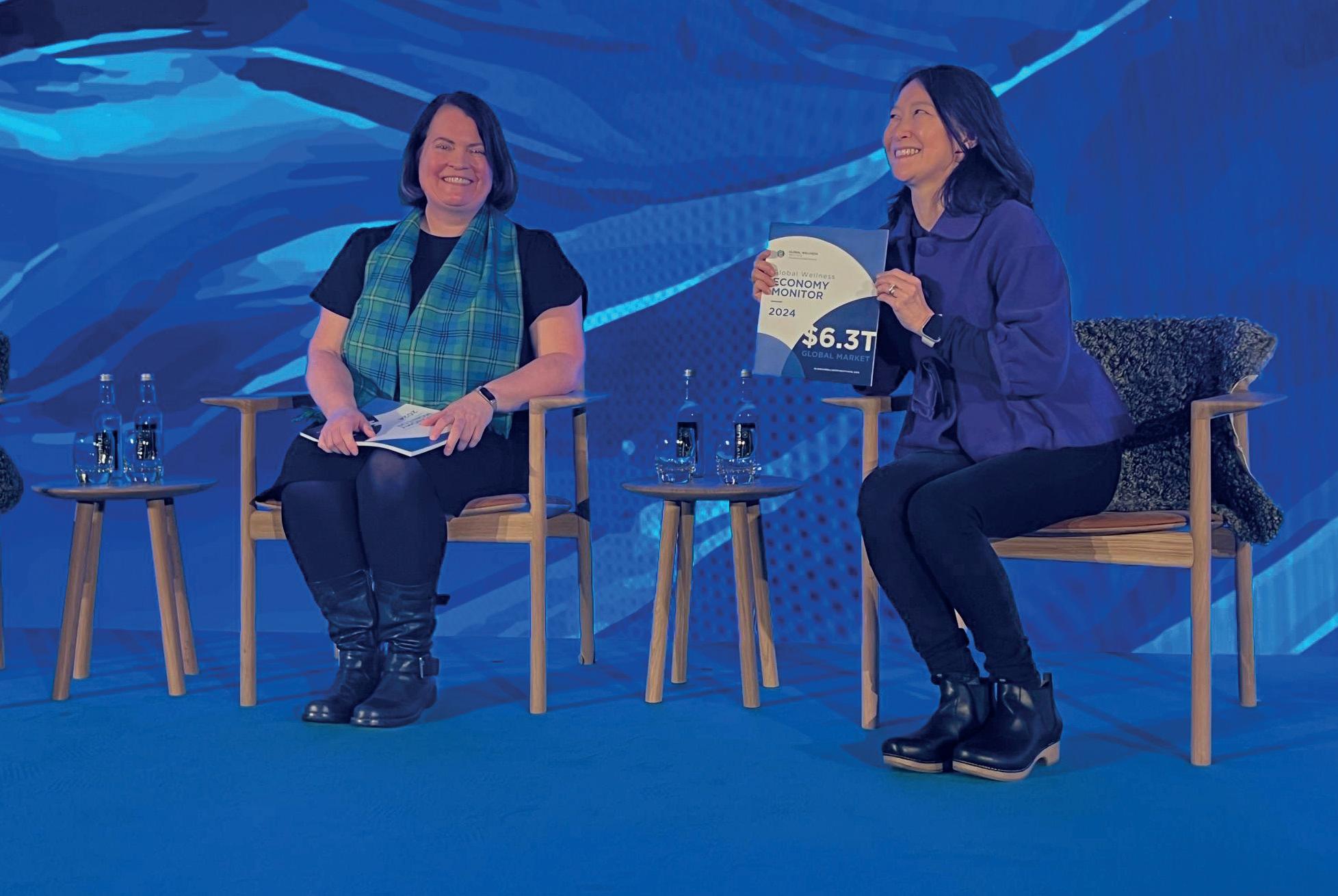
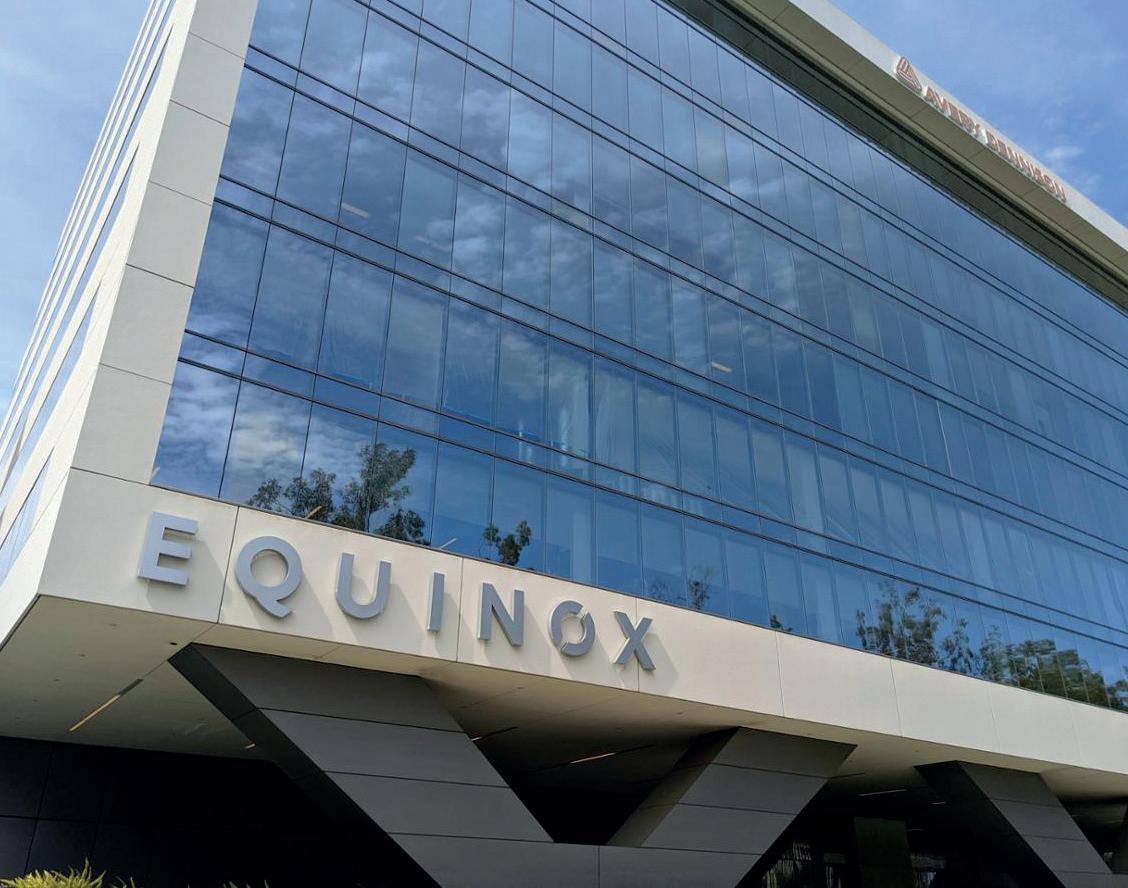
Most read / Celeb

Most read / Legal
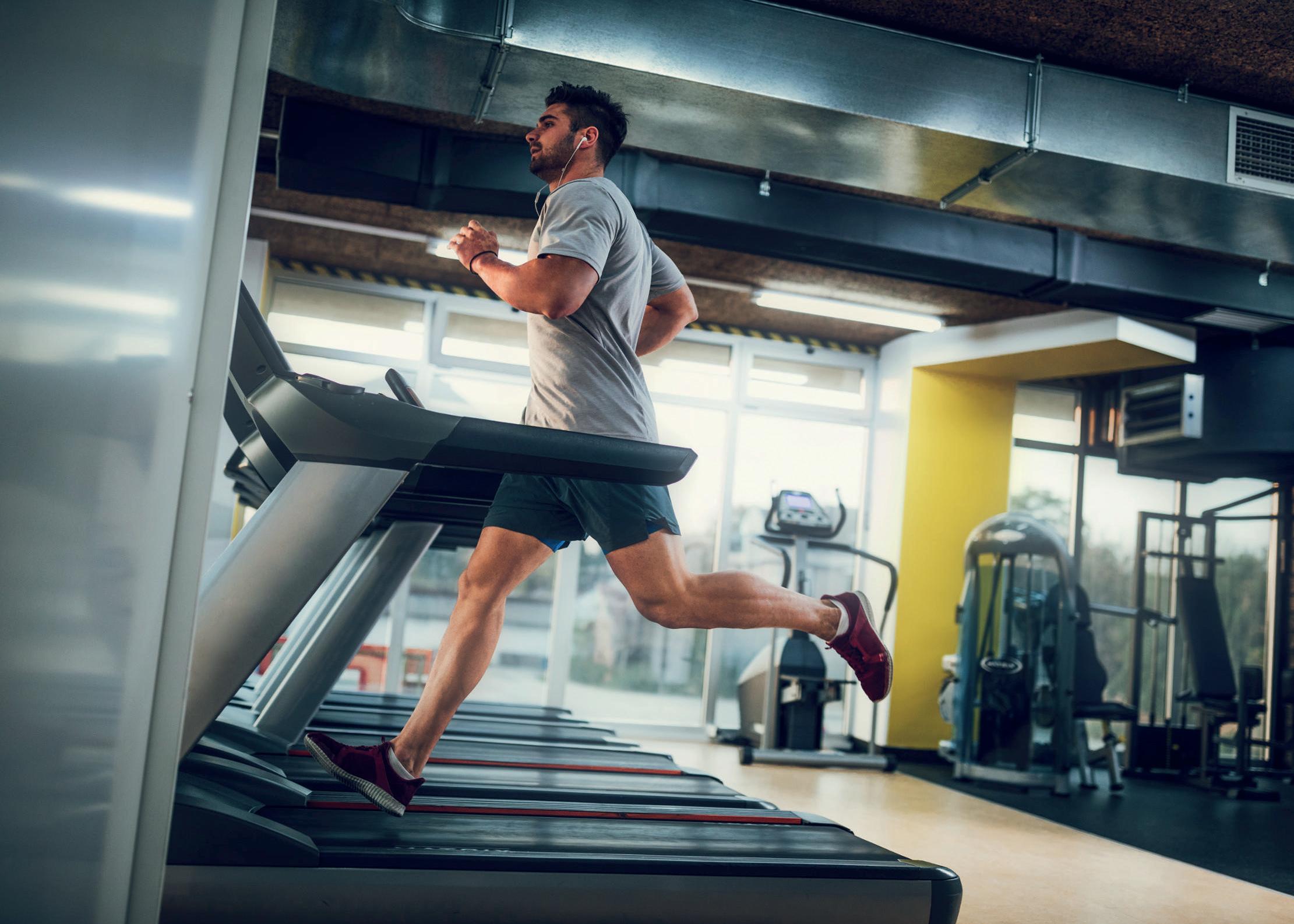
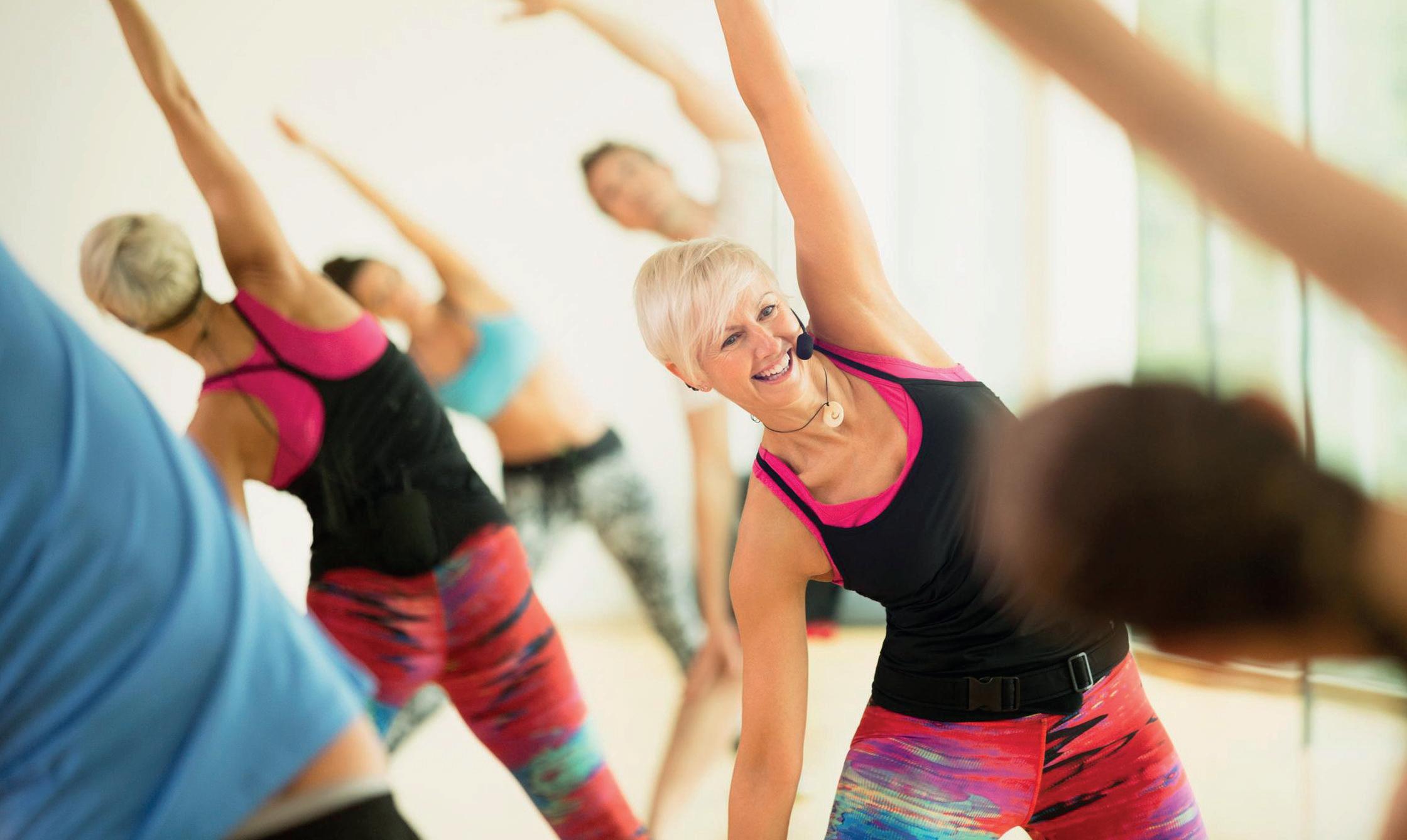
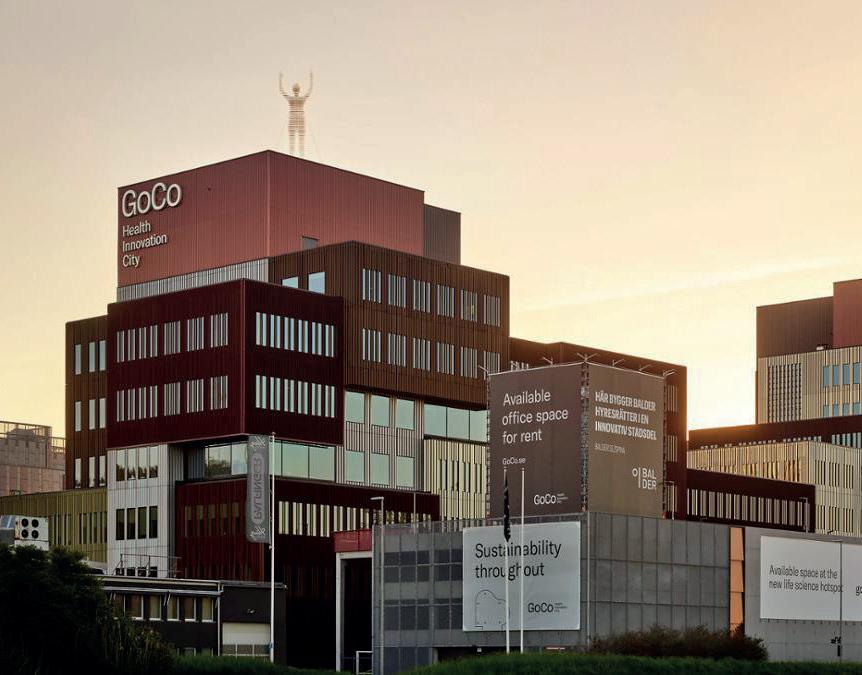
Most read / Hotel
Kerzner confident in its Siro fitness hotel concept, with plans to open 100 more

Most read / Corporate
Walmart invests $225m in state-of-theart corporate wellness centre
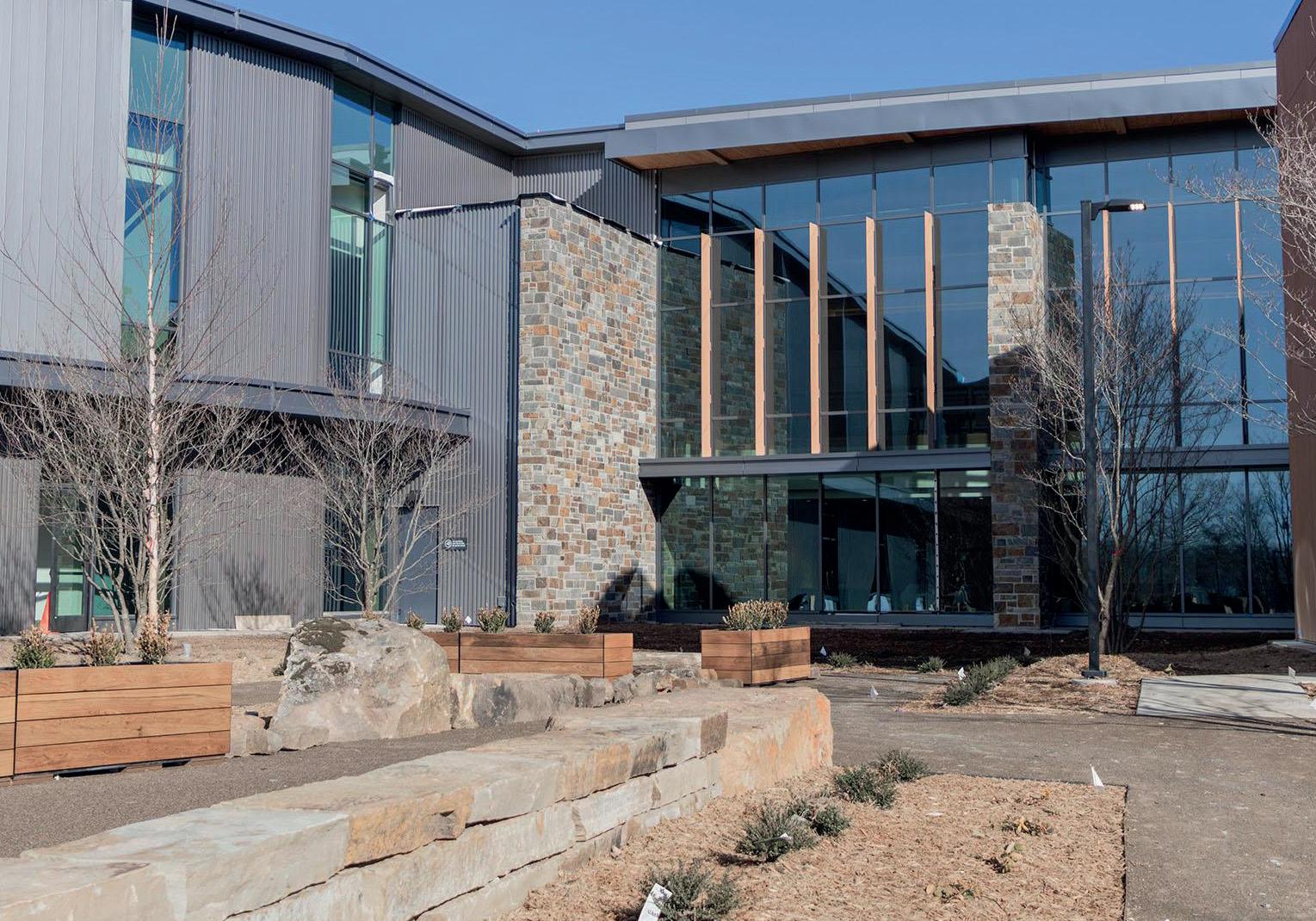

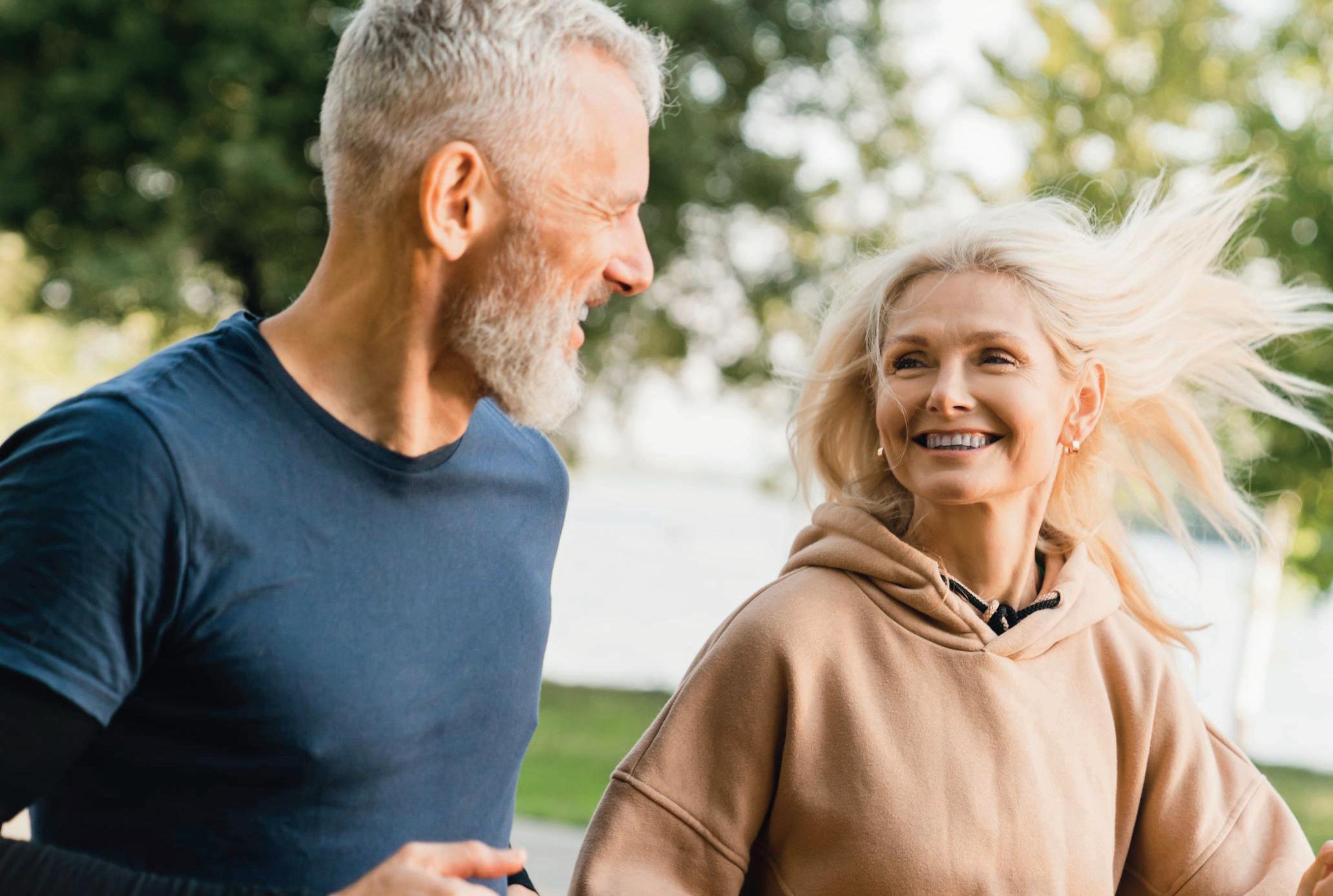
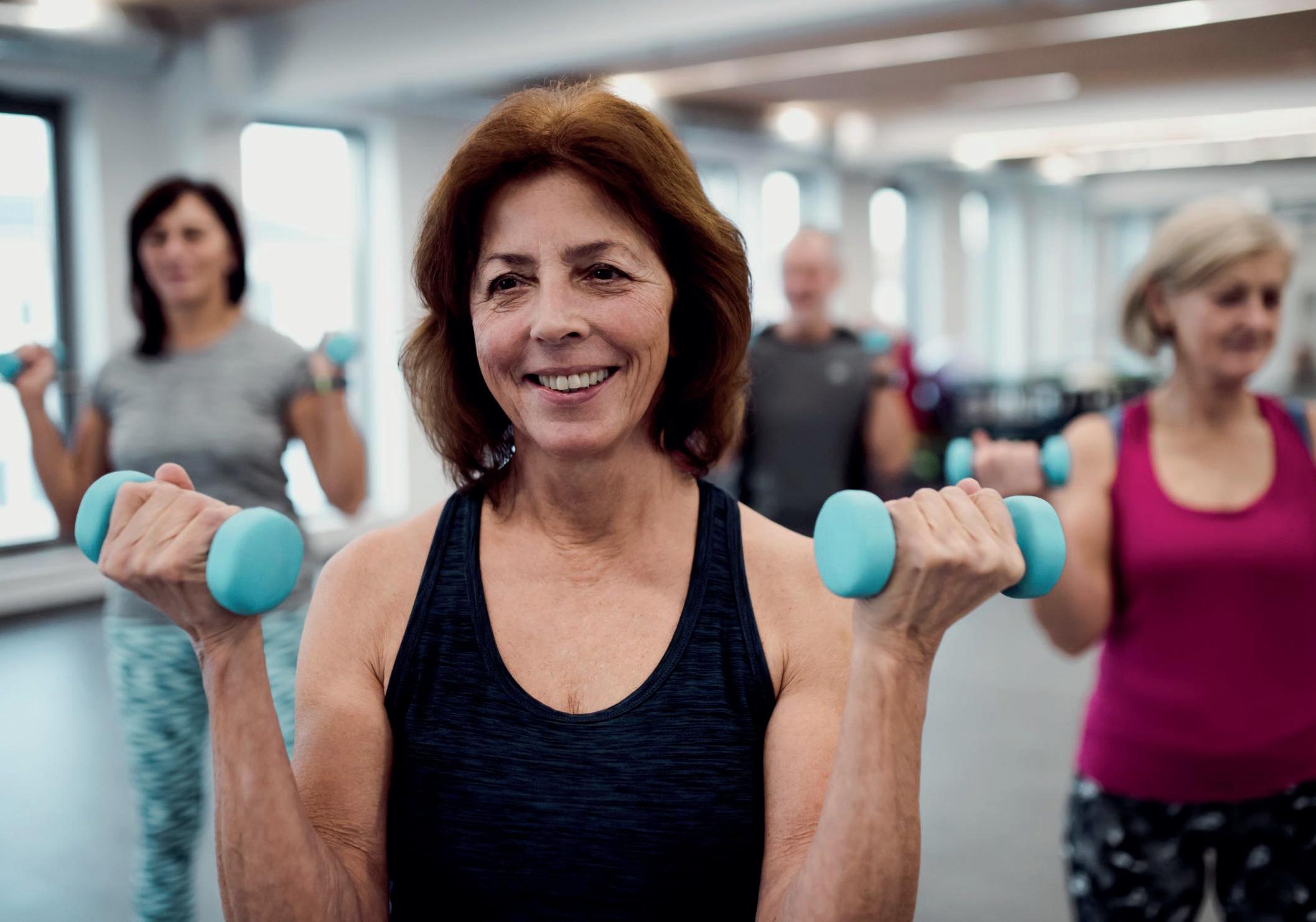

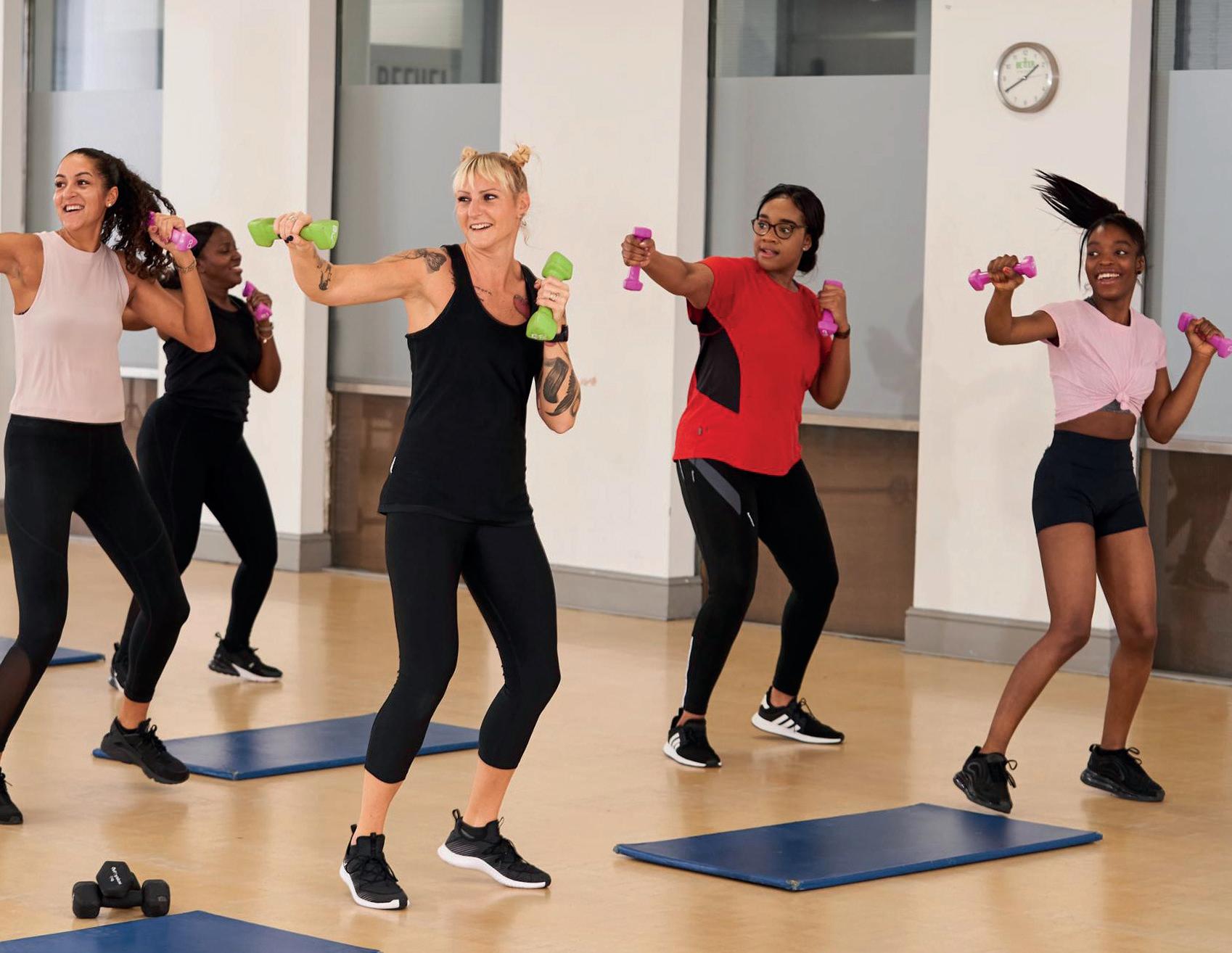


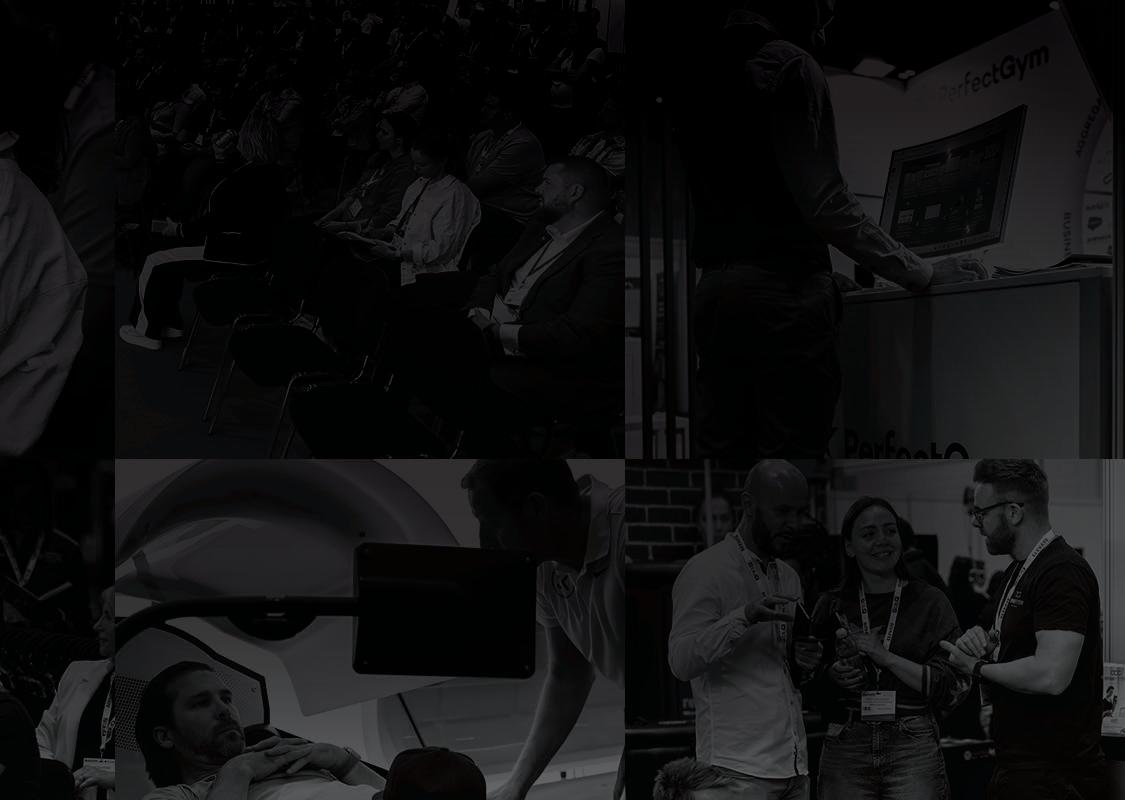





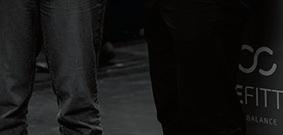







The University of Bath has elevated its world-class sports facilities with a powerful Matrix Fitness equipment upgrade
As one of the UK’s top universities and a centre of excellence in sport, the University of Bath has collaborated with longstanding partner, Matrix Fitness to fully upgrade its renowned gym facilities.
At the heart of the University’s sports offering is the Team Bath Sports Training Village, home to a state-of-the-art, 1,536sq m fitness centre featuring three gyms and two exercise studios. All are open seven days a week to students, staff and the public.
Sam Holmes, health and fitness manager at Team Bath (www.teambath.com/fitness), says: “We continually innovate, listen to member feedback, and stay ahead of trends to meet changing demands.

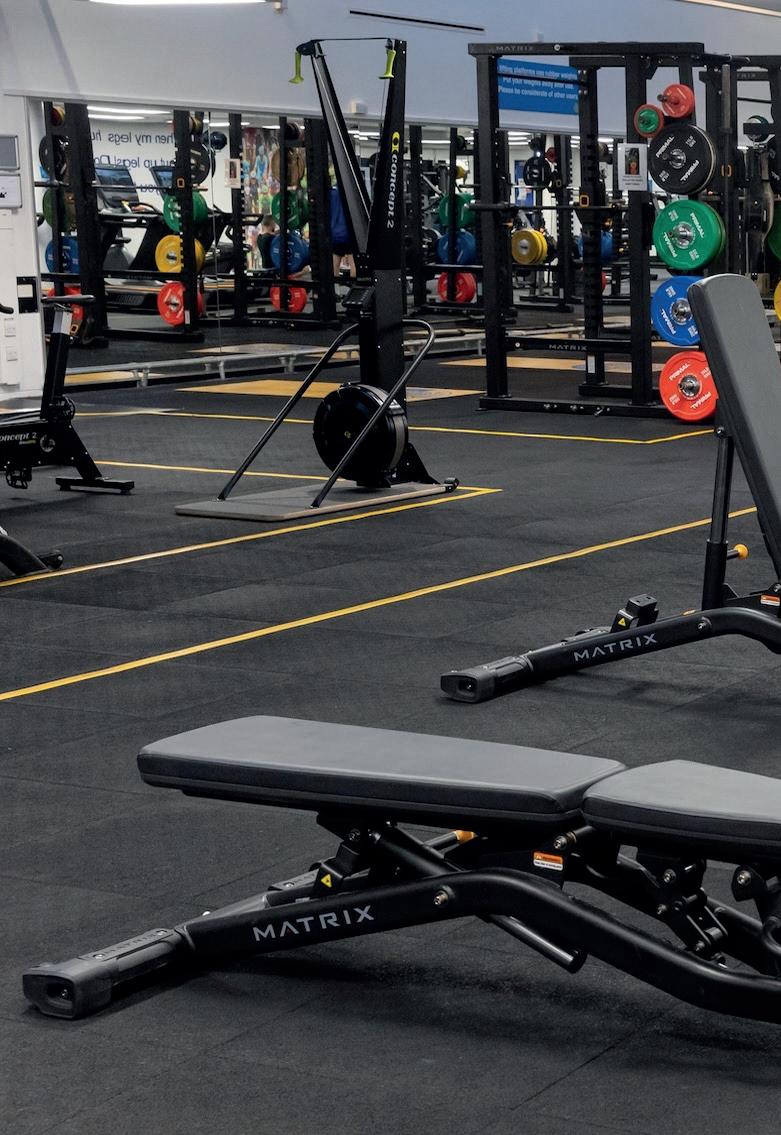
“We cater to a wide range of fitness needs, from rehabilitation projects to elite sports performance and this refurbishment has allowed us to enhance all three of our purpose-built gyms, creating a more inclusive and dynamic environment for physical activity.”



Matrix Fitness isn’t just an equipment provider; it’s a true partner in helping us stay ahead in delivering toptier facilities
Responding to the growing demand for strength training, the upgrade includes a range of equipment including the installation of 18 new custom logobranded lifting platforms, plate-loaded equipment, Mega racks, and versatile, space-saving machines, such as the Versa Lat Pulldown / Low Row combination, as well as new Performance range touch-screen cardio.
Smart storage solutions were introduced to optimise underutilised spaces, enhancing the overall member experience. The spin studio has also had a boost with the addition of 24 Matrix Fitness CXP Target Training Cycles featuring the Target Training LED wrap.
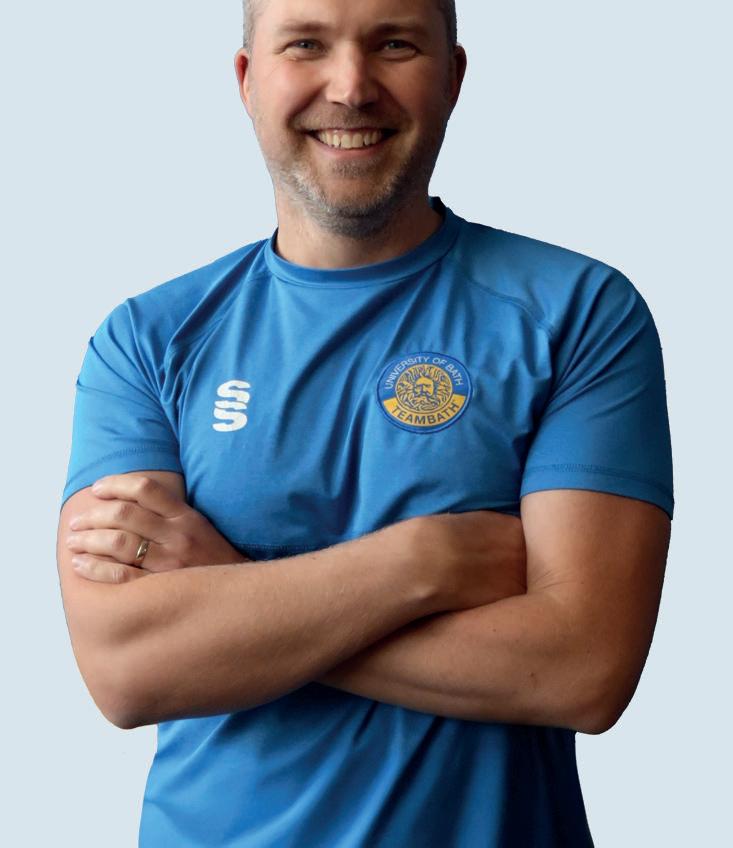
Team Bath’s Sam Holmes

“All our gyms are powered by Matrix Fitness, from cardio and resistance machines to our functional training racks,” Holmes adds. “Matrix’ customer service is exceptional, consistently exceeding expectations. The team has been responsive and supportive throughout the entire process, from conception to opening and beyond.
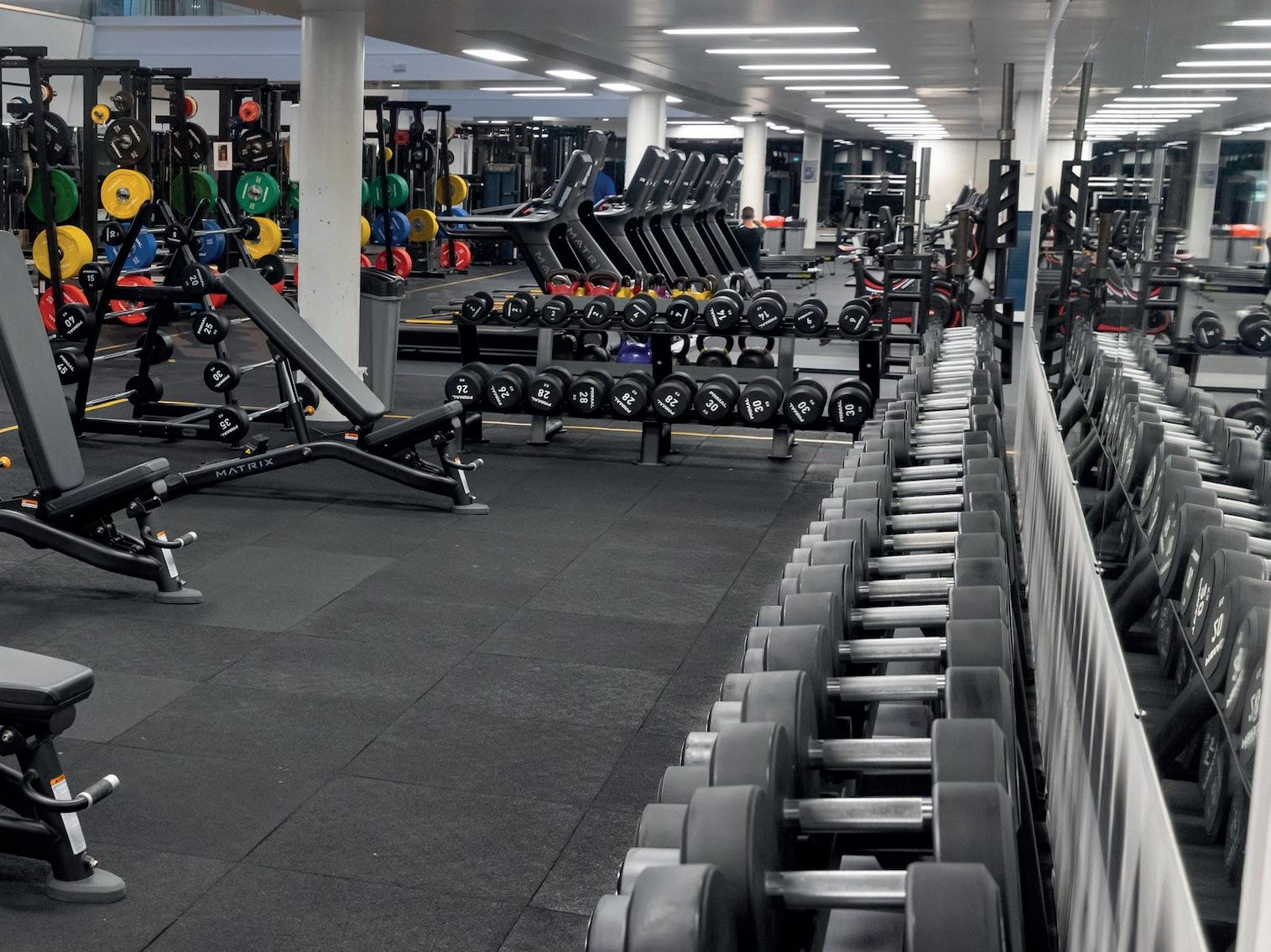
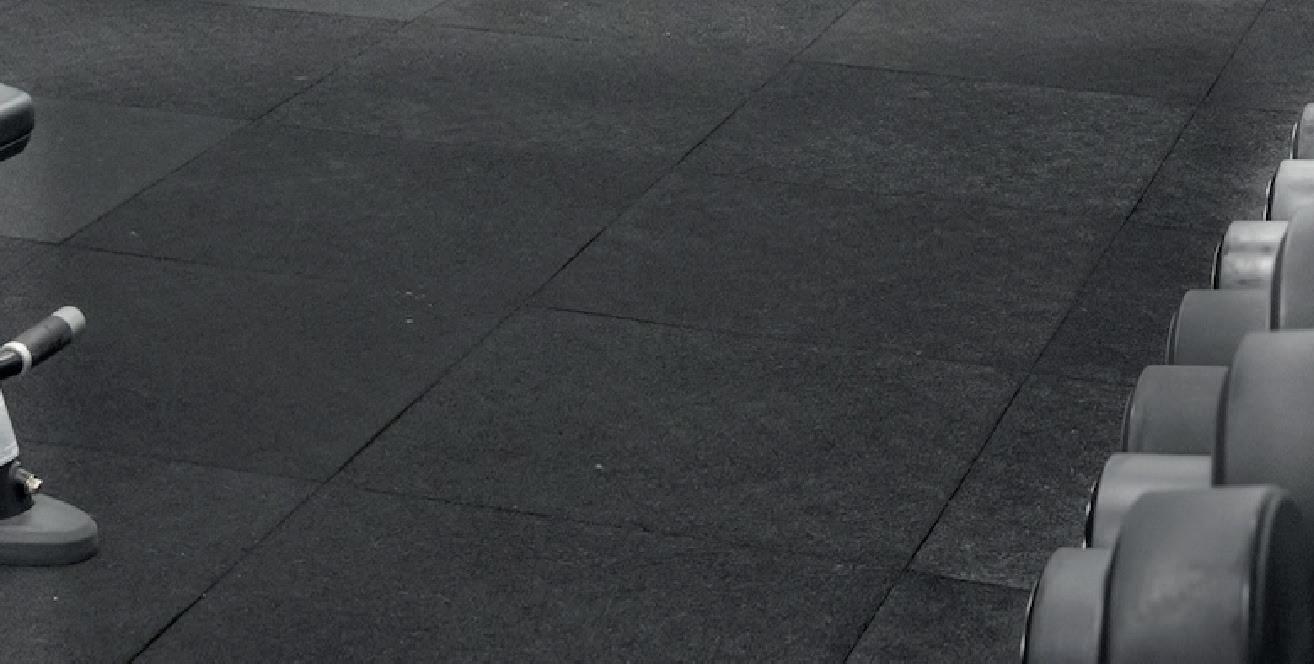


“Matrix Fitness isn’t just an equipment provider; it’s a true partner in helping us stay ahead in delivering top-tier facilities.”
This extensive refresh covers Gyms 1, 2, and 3, with new equipment featuring wireless charging, USB ports and large screens that offer a userfriendly, app-based interface, giving members easy access to their favourite apps.
Tony Vaughan, sector specialist – education at Matrix Fitness, says: “The University of Bath stands at the pinnacle of sporting excellence. To maintain this, it must stay at the forefront of fitness innovations. Our partnership – dating back to 2015 – has allowed us to witness its dedication to evolving and improving. We’re thrilled to bring this latest upgrade to life and look forward to supporting Team Bath in the future.”


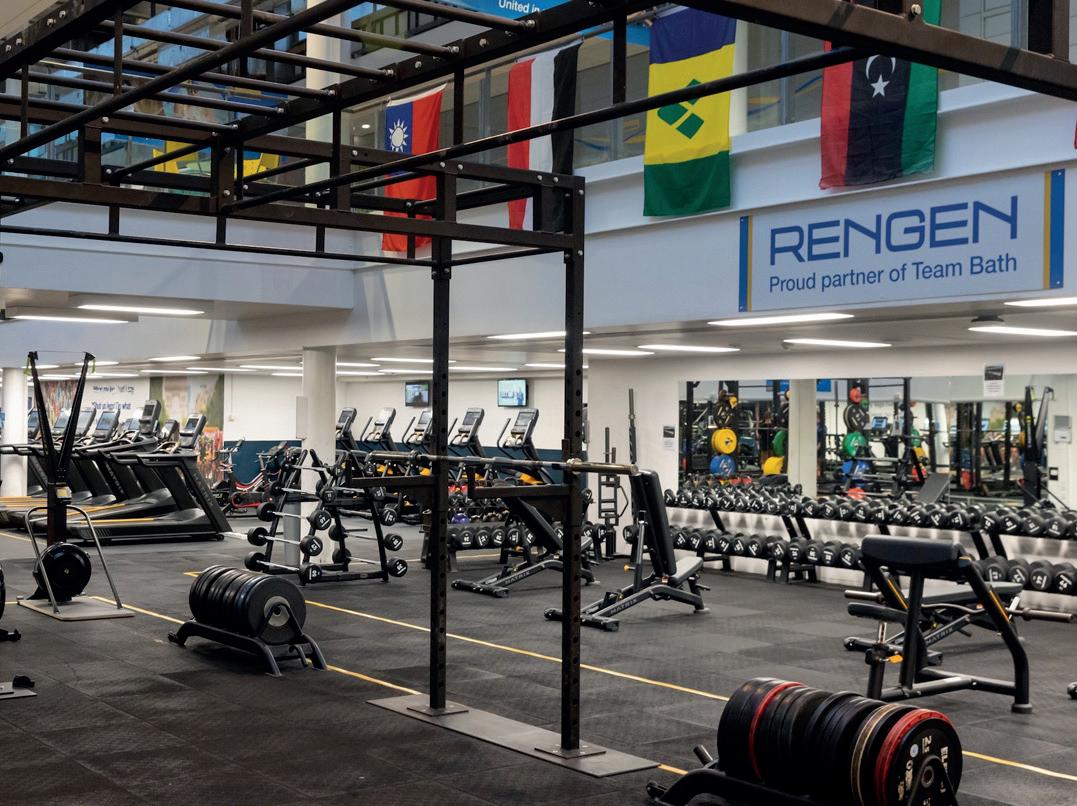
Miles Peyton, head of commercial sales at Team Bath, adds: “We take pride in offering the very best fitness and sporting facilities to our students, staff and the public. Prospective students have many options and in a competitive landscape, it’s essential for us to provide a market-leading, engaging and accessible health and wellbeing space.
“Post-pandemic, the importance of exercise to overall wellbeing is undeniable and our continued investment in cutting-edge facilities reflects that. Our partnership with Matrix Fitness has been integral in bringing this upgrade to life.” ●
More: www.matrixfitness.co.uk




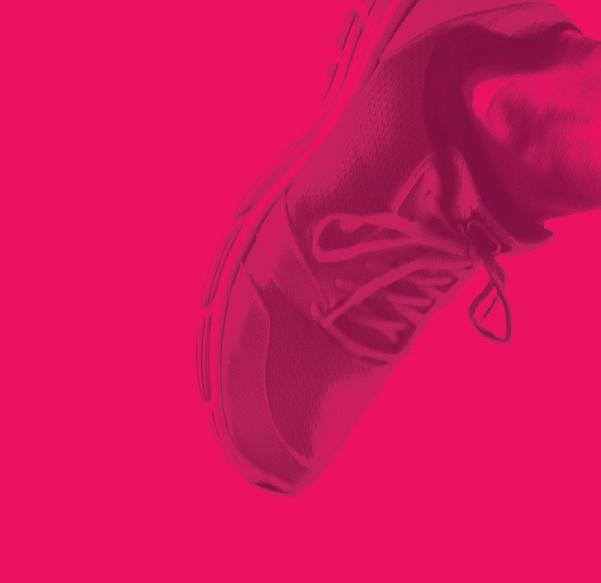



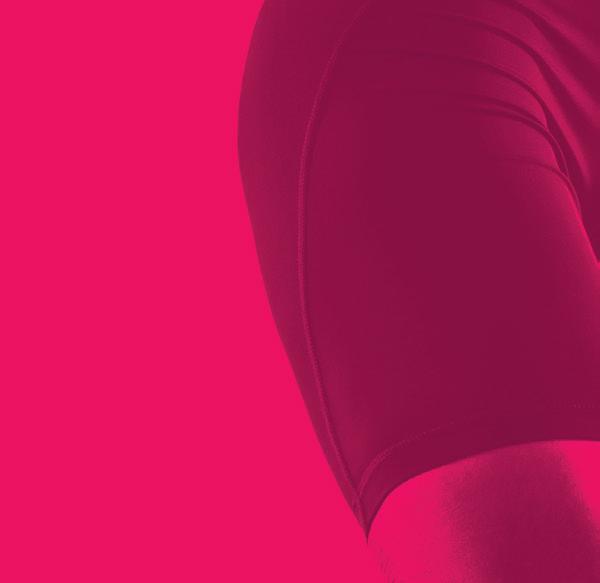















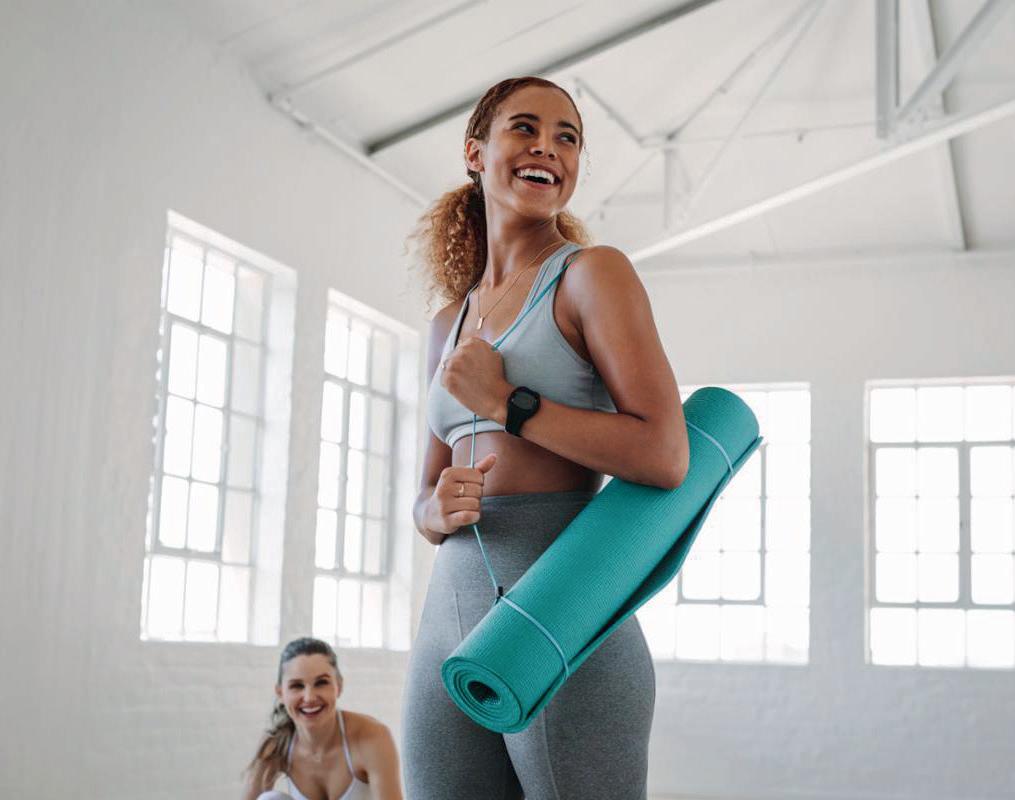
■ McKinsey said the global wellness market was worth US$1.8 trillion
■ More people are interested in wellness and want science-backed solutions
■ Gen Z and Millennial customers are the most wellness-conscious
■ McKinsey identified seven growth areas and opportunities for disruption
http://lei.sr/p5Y4B_H
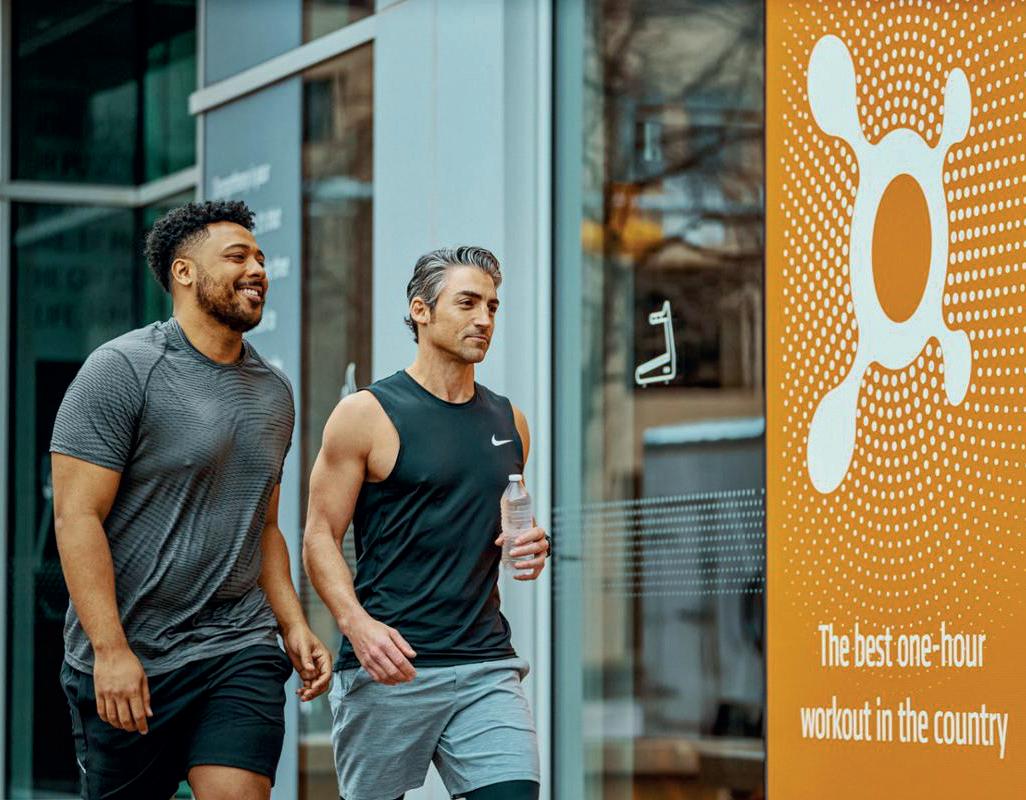
Orangetheory and Self Esteem Brands merger to create $3.5 billion business
■ Orangetheory and Self Esteem Brands – owner of Anytime Fitness – announced they were to merge
■ The combined business represented US$3.5 billion in sales and had 7,000 locations at the time
■ The two share a backer in the form of Roark Capital
■ Speaking to HCM in 2023, co-founder of SEB, Dave Mortensen, said the company was looking to get to 10,000 sites in five years
http://lei.sr/C8A5r_H
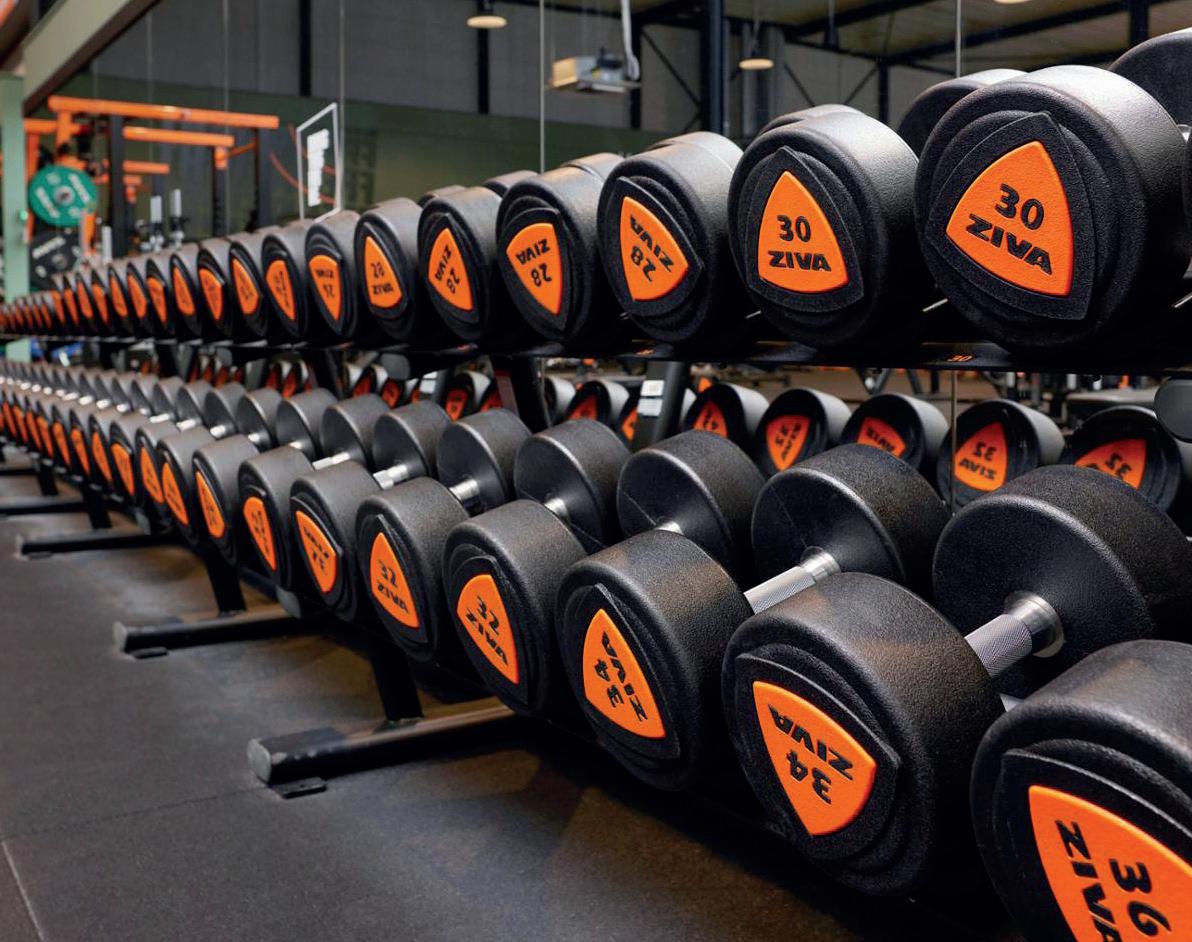
revealed global franchising aspirations to drive global growth
■ Basic-Fit revealed its 2023 results – EBITDA less rent grew by 28 per cent to €261 million in 2023
■ Success was boosted by a deal on energy costs, price increases and smart kit refurbishment
■ The operator said it was aiming to get to 1,575 clubs by the end of 2024. ROIC was 30 per cent
■ CEO, Rene Moos, said franchising was being considered to drive growth outside Europe
http://lei.sr/4e4W6_H
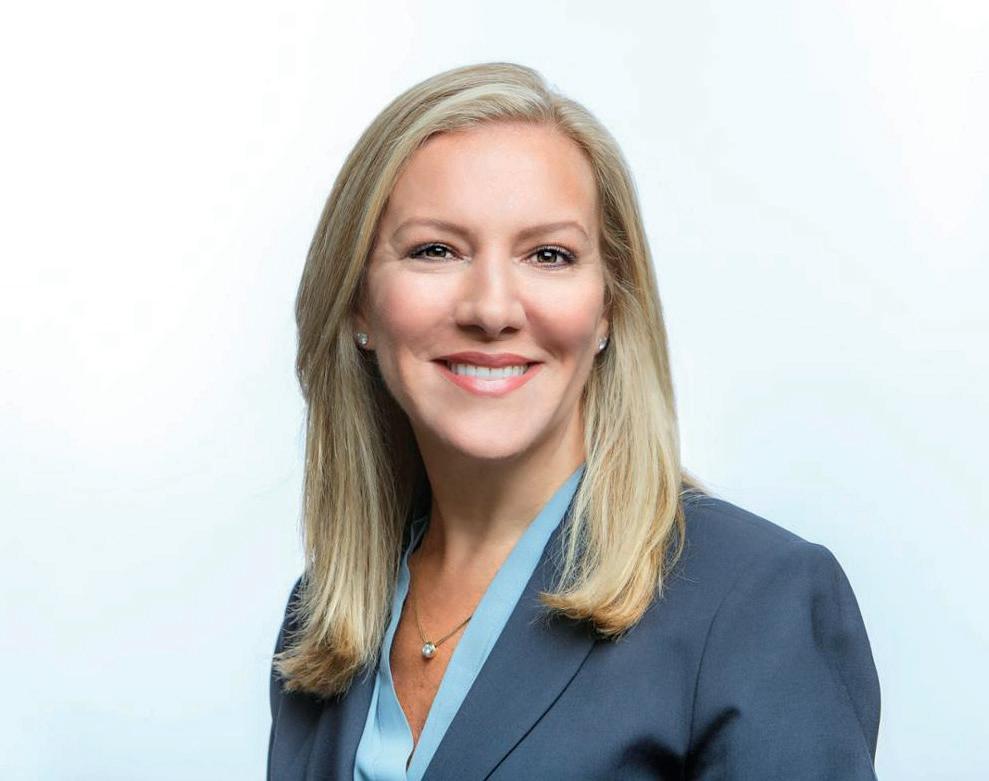
Planet Fitness revealed Colleen Keating as its next CEO
■ Stephen Spinelli, chair of the board of Planet Fitness named Colleen Keating as the company’s new CEO
■ She took up her position on 1 June 2024
■ The appointment made Keating one of the most senior women in the sector globally
■ She has a hospitality background, having worked at InterContinental and Starwood
http://lei.sr/w7K9N_H

US health and fitness industry worth $22.4 billion a year to the economy
■ The Health & Fitness Association armed itself with stats ahead of advocacy drive
■ John Dunham & Associates found US health and fitness industry was worth US$22.4 billion to the economy
■ The sector in the US creates 432,942 direct jobs at 55,294 health club and studios
■ The US had a higher percentage of active members than any country, apart from Sweden
http://lei.sr/Q5W3q_H
JUNE 2024

David Beckham and F45 settled out of court. Beckham remains a shareholder
■ David Beckham settled his dispute with F45 Training out of court
■ The footballing legend was suing the company for unpaid compensation over an ambassadorial role
■ Beckham invested in F45 in 2021, as a result of his friendship with Mark Wahlberg
■ The lawsuit was dismissed and Beckham remains an investor
http://lei.sr/6W3a2_H

Hotels to open futuristic wellbeing resort at Neom
■ Equinox Hotels said it plans to open a wellbeing resort as part of the US$500 billion Neom giga-project in Saudi Arabia
■ The resort, featuring innovative design elements, will focus on high-performance living with extensive health, fitness and wellness amenities
■ Equinox Hotels blend luxury, sustainability and high-performance lifestyle
http://lei.sr/C9a4Z_H

Les Mills launched into the Pilates market
■ Les Mills launched a new mat Pilates programme called Les Mills Pilates
■ The programme was refined and tested at 50 gyms around the world before launch
■ An eight-week study showed benefits for abdominal and back strength
■ The brand offers training to Pilates instructors
■ Demand for Pilates continues to build
http://lei.sr/T3G6B_H

PureGym made a $105 million bid for Blink Fitness
■ PureGym made a bid for the assets of Blink Fitness after it was put into Chapter 11 Bankruptcy by Equinox
■ The move was part of a strategy to fast-track growth in the US
■ The deal included a headquarters in New York City
■ PureGym secured stalking horse status and was ultimately successful in its bid
MORE:
http://lei.sr/6K6C5_H
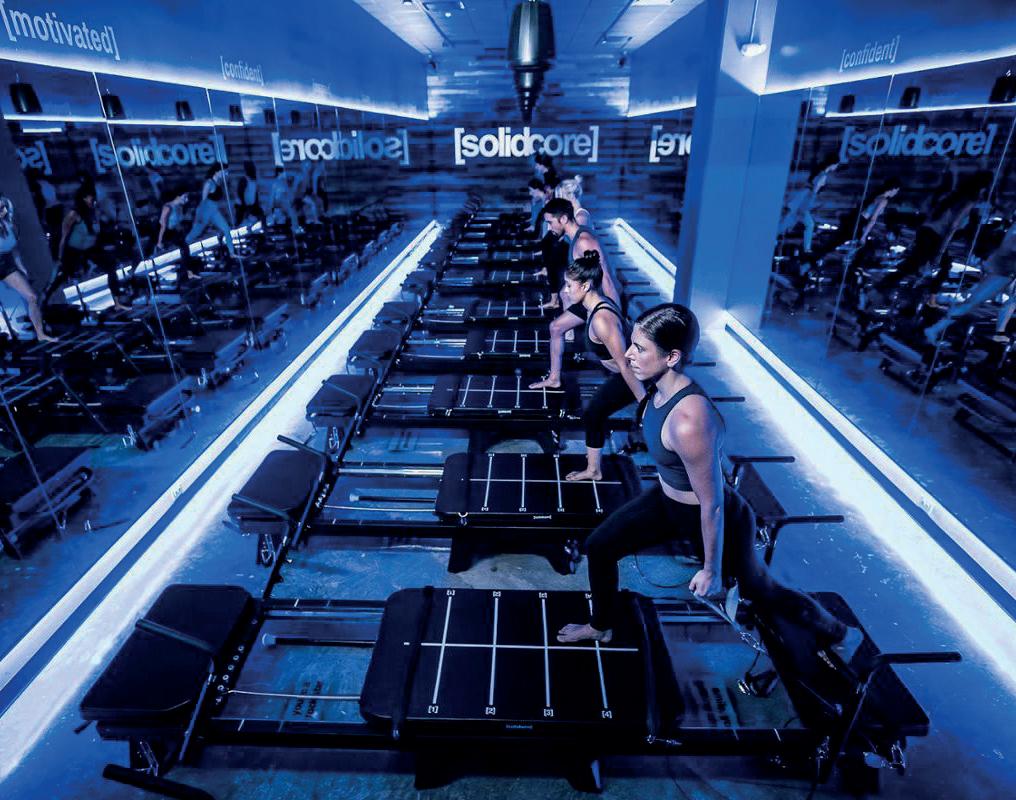
L Catterton took a majority stake in Solidcore
■ Private equity fund, L Catterton, took majority stake in Solidcore
■ The reformer Pilates brand was valued at US$700 million
■ Funds will be used to grow the brand in existing and new markets
■ L Catterton also announced an investment in EGYM in 2024
MORE:
http://lei.sr/Z6q5N_H
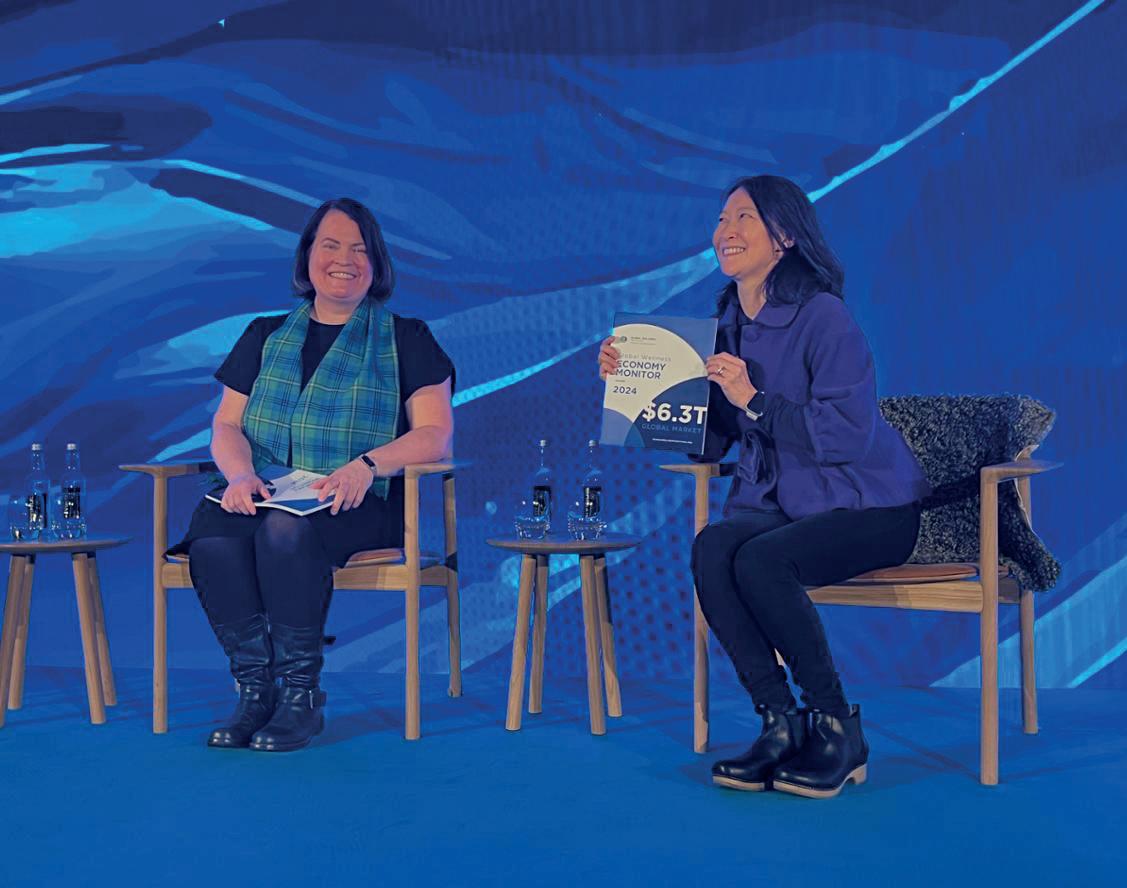
Global wellness economy smashed records to reach $6.3 trillion peak
■ The global wellness economy has seen exponential growth since the pandemic, reaching a record high of US$6.3 trillion in 2023
■ The new data came from the Global Wellness Institute’s 2024 Global Wellness Economy Monitor
■ Nine of the 11 economy’s wellness sectors have fully recovered from the pandemic, with a 2023 market size that exceeds their 2019 level
MORE:
http://lei.sr/y5x2j_H

Hyrox revealed first Performance Centre in Berlin
■ The first Hyrox Performance Centre launched in Berlin
■ The new model is a higher level of affiliation for the fitness racing concept
■ Hyrox Performance Centres benefit from a bespoke training environment designed by Hyrox
■ More Hyrox Performance Centres will be launched in the UK and Middle East
MORE:
http://lei.sr/E9d9e_H
JANUARY 2024

Jesse’s House o ered wellnessworkspace-meets-workout model
■ Little House Group was gearing up to open a new location in West London,
■ All-day concept, Jesse House enables people to combine working with working out and high-end childcare, all under the same roof
■ The company behind the developments is backed by investor Incipio Group. This is its second location
■ The opening follows a trend for second spaces
MORE:
http://lei.sr/y8T3V_H
FEBRUARY 2024


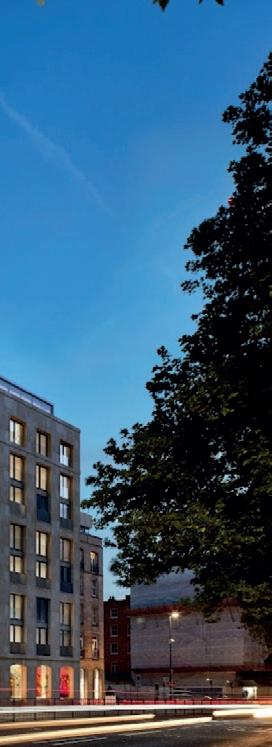
Surrenne private members club brought Tracy Anderson to London
■ Maybourne Hotel Group was gearing up to launch a four-storey private members club in London
■ Surrenne spans four storeys of The Emory hotel in Knightsbridge
■ Medical and longevity services were revealed as part of the membership, alongside fitness and spa
■ Maybourne teamed up with wellness tech pioneers, Virtusan and partnered with Tracy Anderson
MORE:
http://lei.sr/5A8h4_H
MARCH 2024
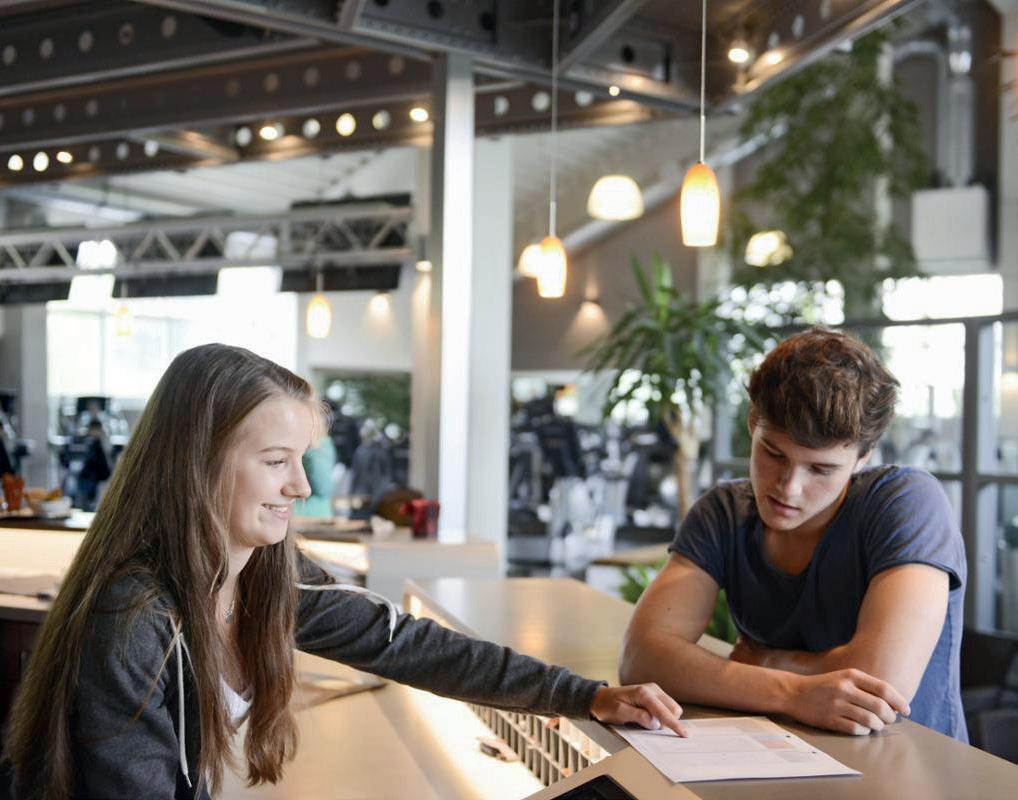
Easy cancellations part of new health club membership legislation
■ The Digital Markets, Competitions and Consumers Bill was closer to becoming law
■ The Competitions and Markets Authority was given stronger powers to protect consumers
■ It will make it harder to tie members into contracts, favouring operators with no contacts
■ Cancellation terms have to be made clear at the outset and regular cooling off periods given
MORE:
http://lei.sr/R3B9f_H
APRIL 2024

The Gym Group adjusted its pricing with new o -peak membership
■ The Gym Group restructured its pricing and membership packages
■ The company launched an off-peak membership to widen access. The first time it had varied its 24/7 offering
■ Monthly membership were available from £13.99
■ 30 per cent of members opt for the most expensive option – the Ultimate – which includes perks
http://lei.sr/v4e8m_H MORE:
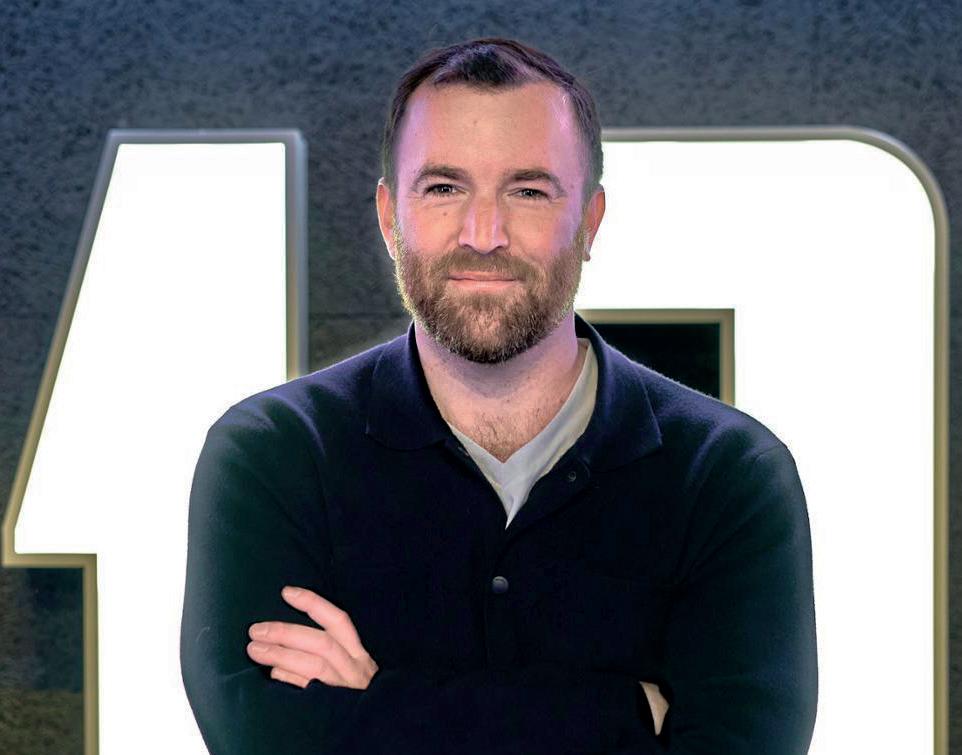
1Rebel said it was planning expansion following a cash injection from Imbiba
■ 1Rebel took on a new investor to inject cash and enable new growth
■ “London is back and 1Rebel is back”, said founder, James Balfour
■ Former PureGym CFO, Adam Bellamy, joined the company as chair
■ Balfour predicted the industry is set for transformation in the next five years
MORE:
http://lei.sr/T8a8R_H

UK health club market hit record highs found Leisure DB
■ State of the UK Fitness Industry Report 2024 was released by Leisure DB
■ For the first time in its history the report was made available free of charge as a result of sponsorships
■ It showed that 10.7 million people in the UK now have a gym membership
■ The market value had reached £5.9 billion, a record high
http://lei.sr/a6X8d_H MORE:

Blackstone snapped up health club specialist Village Hotels
■ Village Hotels moved from KSL to Blackstone as part of a transaction for all 33 of its properties
■ Village is one of the largest health club operators in the hotel sector, with 132,000 local members in addition to hotel guests
■ KSL has owned the company since purchasing it in 2014 for £485 million
■ Speculation put the purchase price at £850 million
http://lei.sr/X6f2R_H
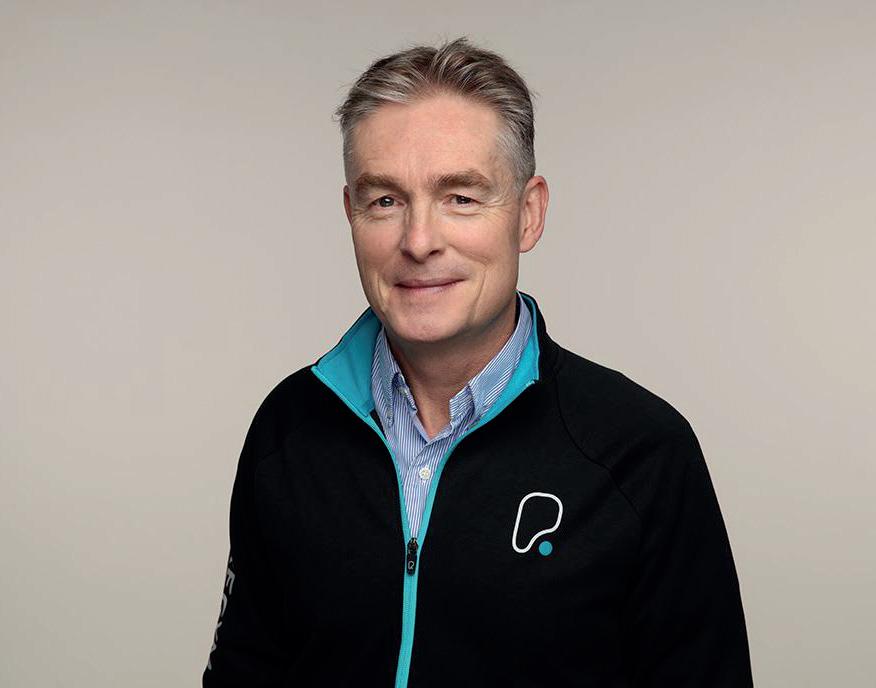
Humphrey Cobbold moved from CEO to chair at PureGym
■ Humphrey Cobbold announced he was moving from being CEO of PureGym to chairing the company
■ Clive Chesser was appointed as the new CEO
■ Chesser had previously headed up Punch Pubs & Co
■ The changes happened on 6 November 2024, with Chesser involved in the acquisition of Blink Fitness
http://lei.sr/f6F4H_H
SEPTEMBER 2024

Dave Courteen and team sold the Shrewsbury Club to David Lloyd
■ Dave Courteen’s Mosaic Group sold The Shrewsbury Club to David Lloyd Clubs
■ Mosaic bought the club out of administration 13 years ago with 2,000 members. It had 6,000 at the point of sale
■ The club has extensive tennis facilities, in addition to health and fitness and spa and hosts major tennis championships
MORE:
http://lei.sr/r6p8e_H
OCTOBER 2024
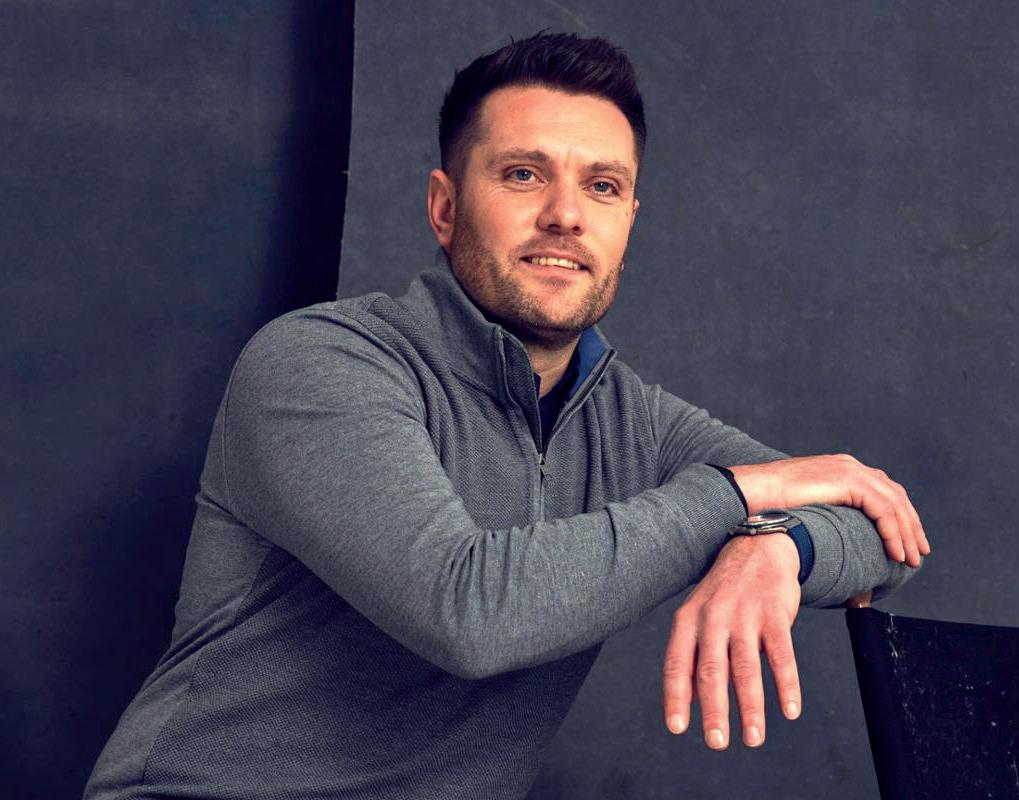
Urban Gym Group snapped up Gymbox as Diaper, Cooper and Vernon exited
■ Urban Gym Group (UGG), led by Neil Randall, took over all 10 Gymbox locations
■ A new club is being developed in Finsbury Park, London
■ Three directors of Gymbox took the opportunity to stand down, including CEO, Marc Diaper
■ Gymbox is now part of the 40-strong UGG chain based in the Netherlands
http://lei.sr/t8j7H_H MORE:
NOVEMBER 2024
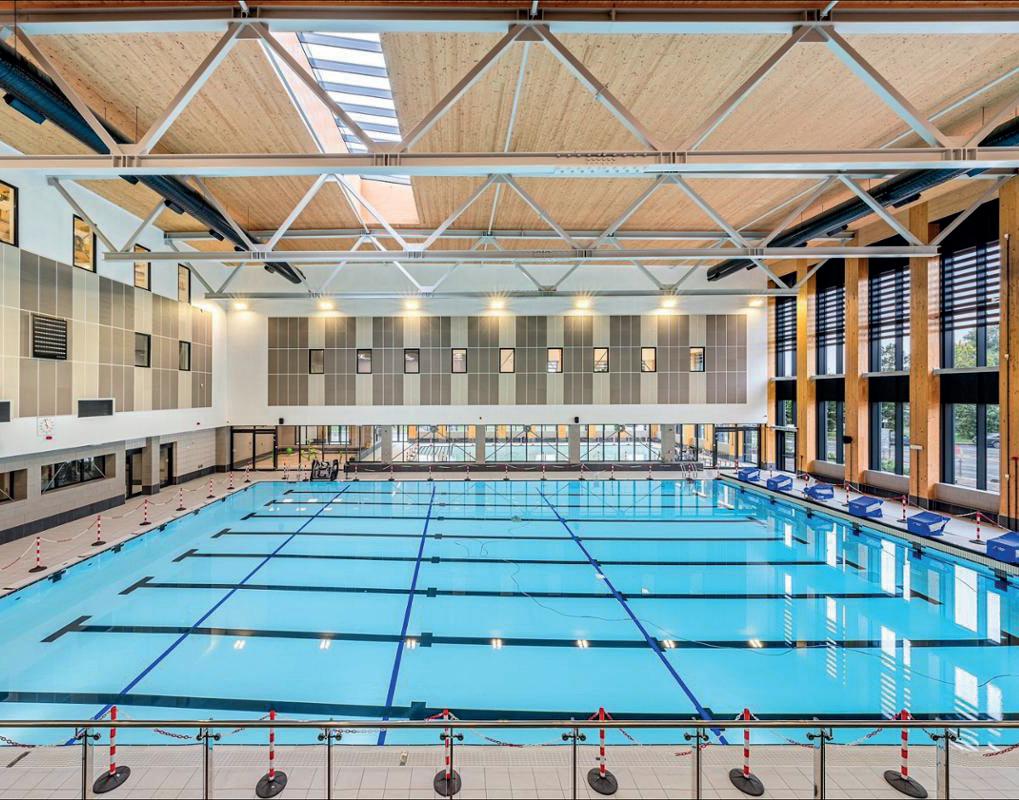
Eclipse Leisure Centre raised the bar for sustainability standards
■ Spelthorne Leisure Centre unveiled its Passivhaus leisure centre
■ The Eclipse Leisure Centre uses between 60 and 70 per cent less power than a typical modern leisure centre
■ The mix of facilities includes rooftop football pitches
■ Places Leisure has been awarded the operating contract
http://lei.sr/h9y7s_H
DECEMBER 2024
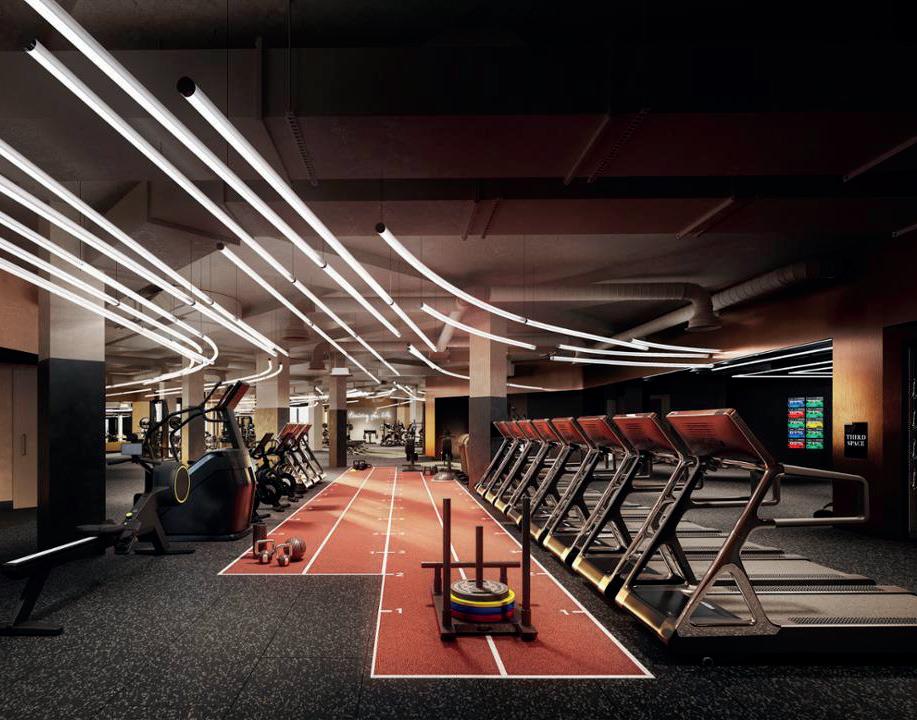
Third Space ended 2024 on a high with Richmond club launch
■ Third Space opened its 13th site on 9 December in London’s up-market residential area of Richmond
■ The opening was the fourth new Londonbased club for the operator in 2024
■ The Richmond upon Thames club followed the brand’s luxury blueprint
■ CEO, Colin Waggett, predicted the wellness megatrend will continue in 2025
http://lei.sr/V5e7t_H
JANUARY 2024
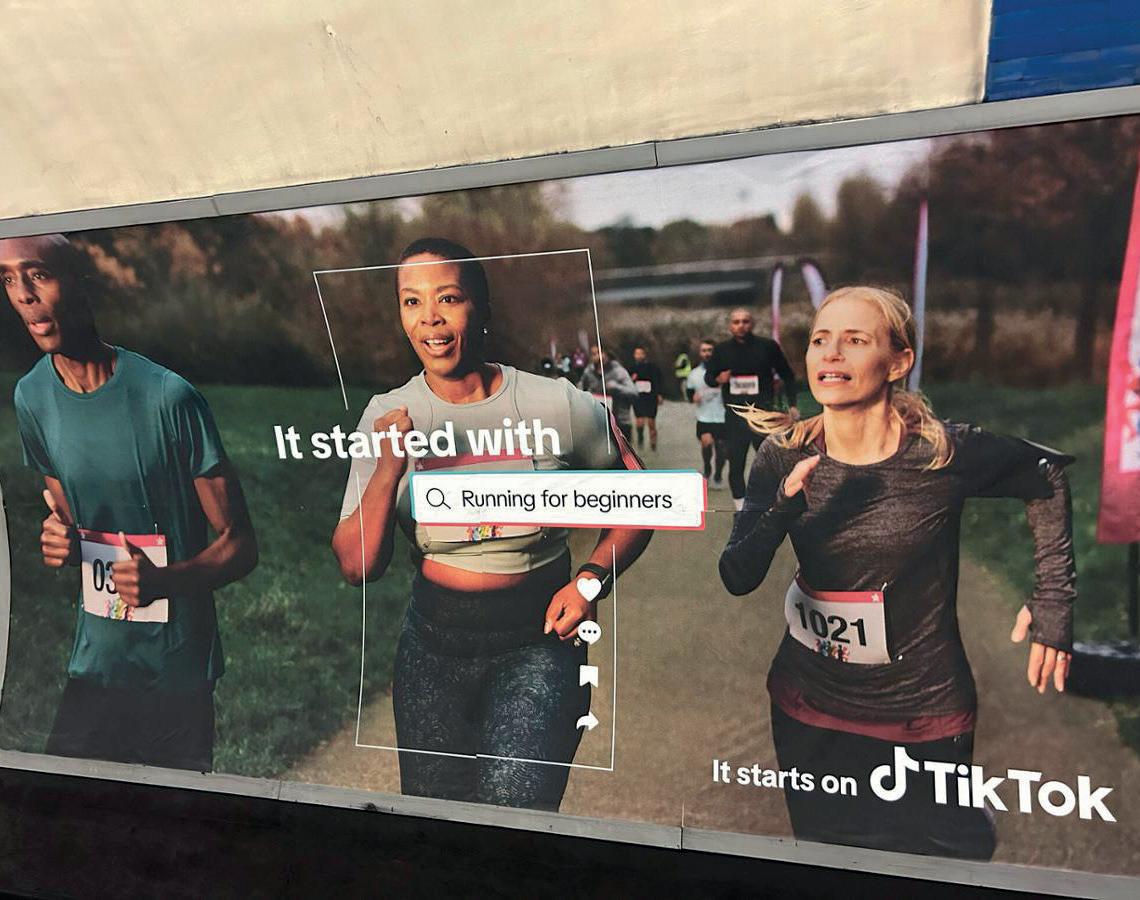
TikTok entered the fitness market and announced a Peloton tie-up
■ TikTok, launched a new hub called #TikTokFitness and a tie-up with Peloton
■ Peloton signed up to create content for TikTok to be accessed via a special areas on the hub called #TikTokFitnessPoweredbyPeloton
■ TikTok had a billion users worldwide at this point. The new service was initially available in the US, UK and Canada
MORE:
http://lei.sr/T9d4U_H
FEBRUARY 2024

The Brownlee Brothers launched a free AI tool to help triathletes
■ Triathete stars Jonny and Alistair Brownlee launched an AI bot
■ Alistair Brownlee said it included answers to everything they could think of about triathlon
■ Users can access Ask Al for free by signing up on the Brownlee Fitness website
■ More innovations were teased to follow from the athletes
MORE:
http://lei.sr/8W9t4_H
MARCH 2024
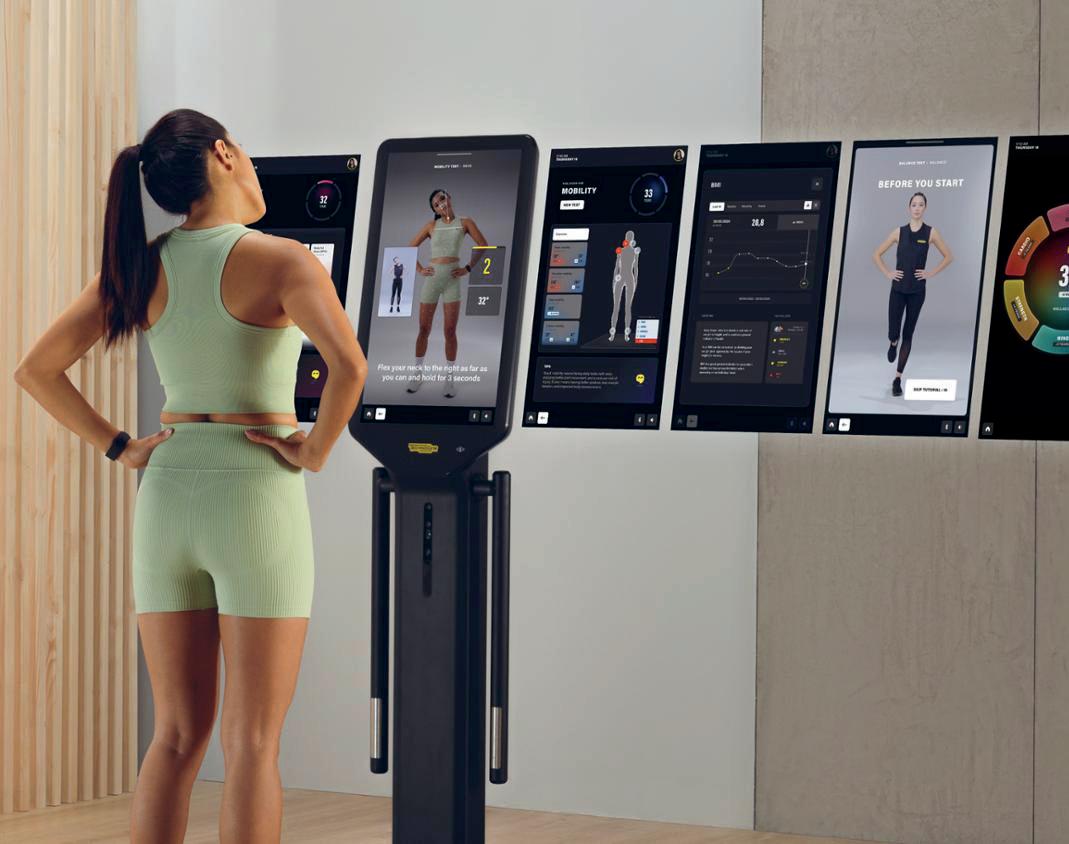
Technogym launched Checkup, assessment station with AI
■ Technogym launching a new assessment station at IHRSA (now HFA) in 2024
■ Technogym Checkup tests metrics such as balance and cognitive abilities, as well as logging key physical parameters, such as body composition
■ AI is then used to create personalise workout programmes
■ These are designed to adapt over time
MORE:
http://lei.sr/4Q2T5_H
APRIL 2024

Ronaldo crashed the app store with the launch of his Erakulis app
■ Cristiano Ronaldo launched a new healthy lifestyle app called Erakulis
■ Erakulis offers a holistic approach including fitness, nutrition and mental health. Part of the package are live videocall links to experts
■ The app’s launch is thought to have broken the App Store, which crashed within minutes of it launching, given interest from Ronaldo’s fans
http://lei.sr/H9t6f_H MORE:

Saga Holographic aimed to roll out holographic indoor bike
■ Saga Holographic hit a Kickstarter target for the funding of its new stationary bike
■ HoloBike simulates breathtaking trail rides in life-like 3D
■ Technology from Silicon Valley has been incorporated
■ The company was aiming to ship its first products at the end of 2024, but has encountered delays
MORE:
http://lei.sr/c4Z7f_H
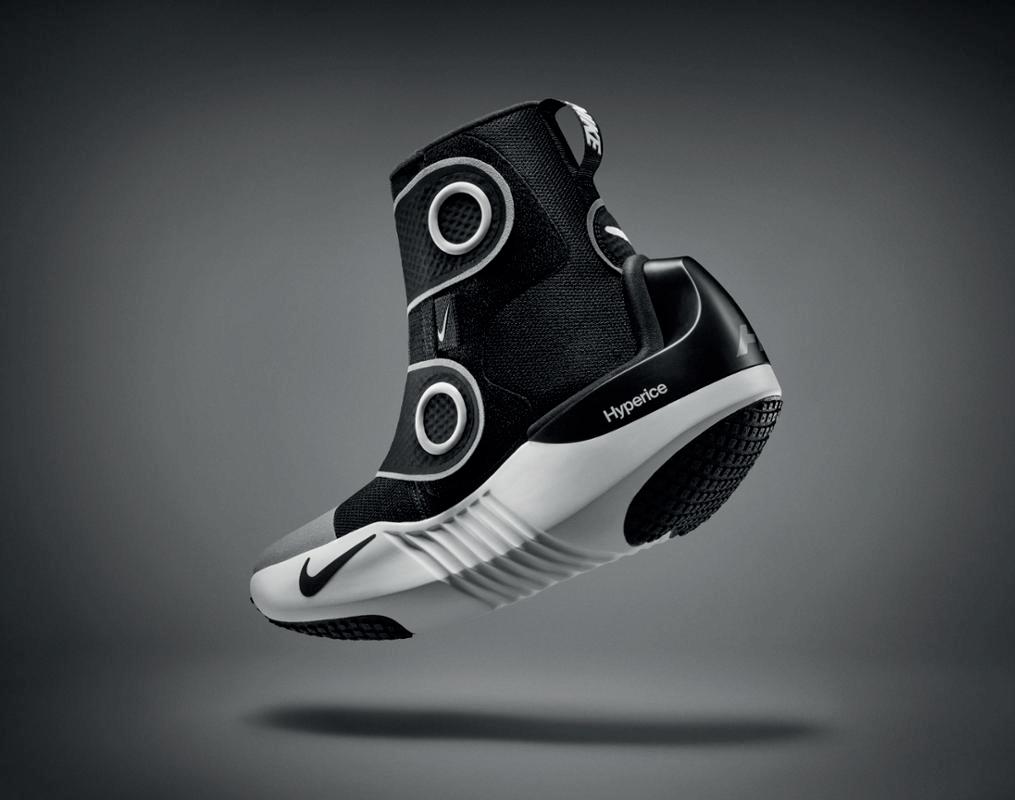
Nike and Hyperice collaborated on Paris 2024 recovery concept
■ Nike and Hyperice partnered to create two new tech-powered recovery products
■ Shoes and a vest deliver heat, compression and also cold and were designed for pre- and post-exercise recovery
■ The products were flagged as not being available ‘for some time’ and were launched as concepts timed for the Paris Olympics
MORE:
http://lei.sr/d7h2P_H
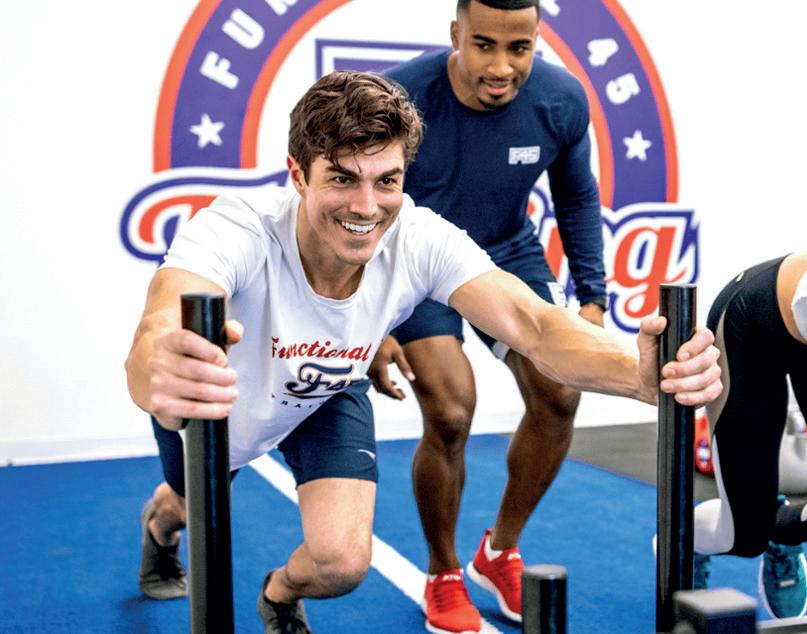
F45 began offering workouts on Strava
■ F45 Training did a deal with Strava
■ Uploads include class type, heart beats per minute and calories
■ Users will be able to compare their results with other members around the world
■ Strava said it was looking for new opportunities to connect with athletes
MORE:
http://lei.sr/u3v6u_H
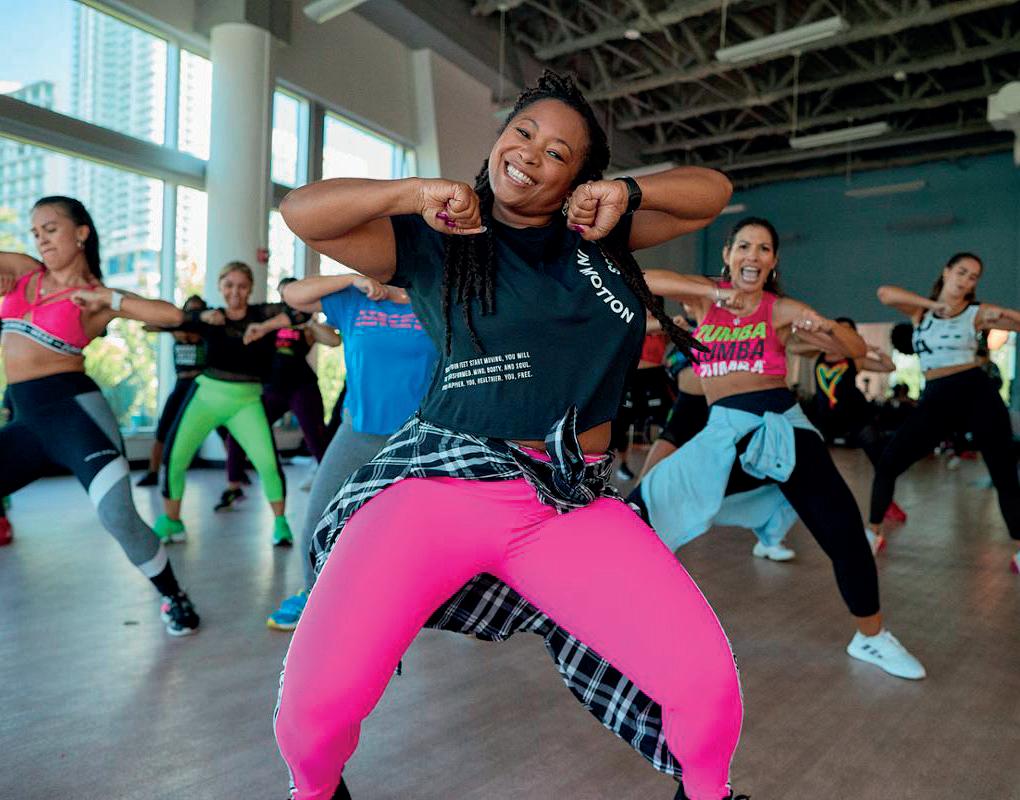
Samsung Health did a deal with Zumba to offer workouts on its app
■ Samsung Health teamed up with dance brand, Zumba
■ Zumba workouts were made available on the Samsung Health app
■ The collaboration meant Samsung Health app users benefitted from a greater variety of workouts, including all new Zumba releases
■ Zumba also announced a collaboration with Noom
http://lei.sr/a8R9m_H
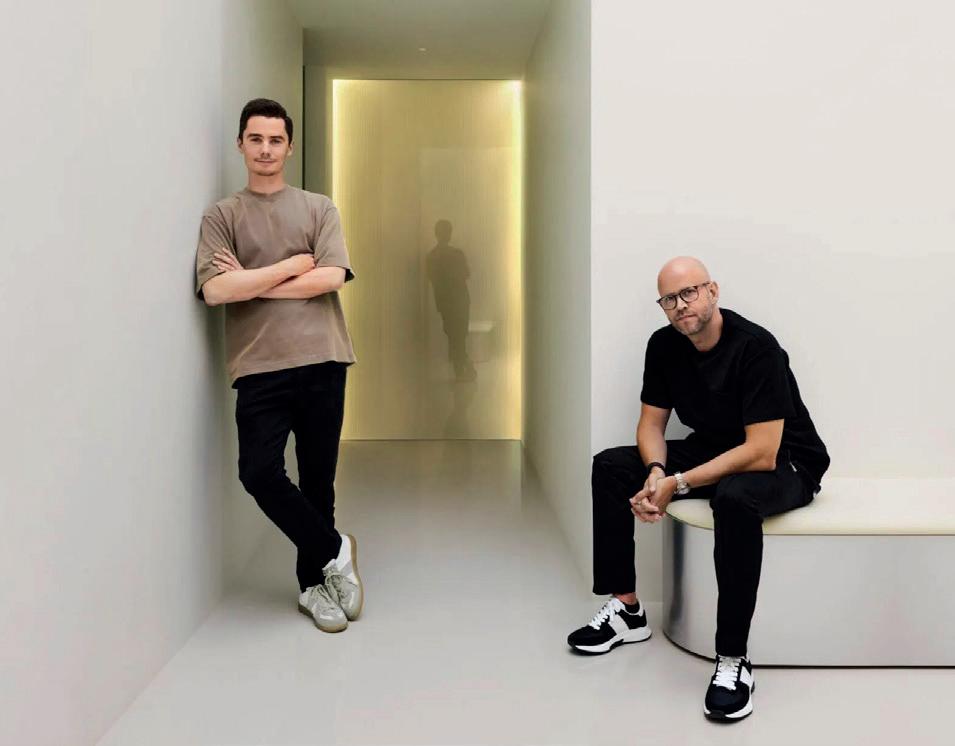
Game changing Neko Body Scan collects 50m health data points
■ Spotify founder Daniel Ek unveiled a gamechanging preventative health solution
■ The Neko Body Scan scanner collects 50 million data points in minutes to give a full picture of health
■ Cancer, heart disease and arthritis are among the diseases it can detect in the early stages
■ The first site in Stockholm had already flagged up serious health issues in people with no symptoms
MORE:
http://lei.sr/X2A8G_H
OCTOBER 2024

Fitness on demand added G Beat for real time exercise prescription
■ Fitness On Demand’s Flex App was integrated with G Beat, enabling health club members to use their smart watches to improve their in-club experience
■ The app automatically launches when a member is close to their health club and shuts itself down once they leave the club
■ Data from the workout is recorded on Google’s Health Connect and Apple’s HealthKit
MORE:
http://lei.sr/q8J3T_H
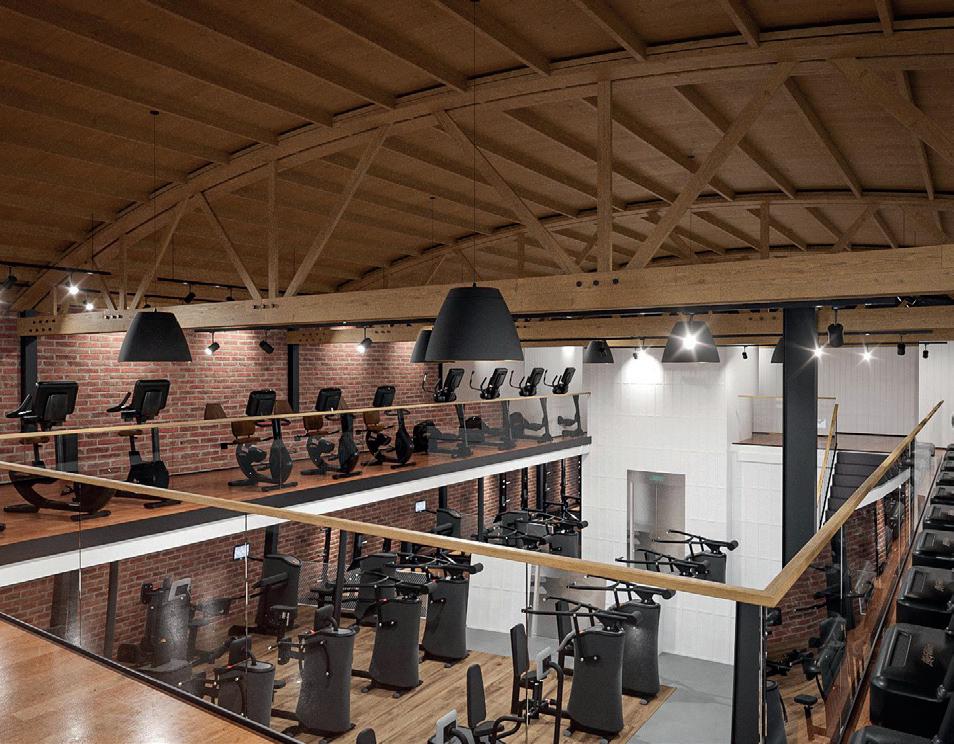
AI-powered gym franchise – Fred Fitness – announced 2025 launch
■ World’s first AI gym was announced, with an opening date of 16 February 2025
■ Fred Fitness is located in Santa Monica, California. www.fredfitness.com
■ Backed by EGYM technology, it has been devised by German fitness franchise business, Clever Fit
■ Founder, Alfred Enzensberger, says it will democratise access to professional fitness expertise
MORE:
http://lei.sr/6k6w2_H
DECEMBER 2024

The Drop nutrition tracker analyses food and recommends exercises
■ Rexfit crowdfunded the development of its nutrition tool, raising US$93,288 against a US$8,600 goal
■ The Drop is worn around the neck as a pendant while eating
■ The device automatically take photos of all food and drink consumed and provides a report showing nutrients consumed
■ An AI assistant gives advice on recipes and workouts
MORE:
http://lei.sr/9p9g6_H





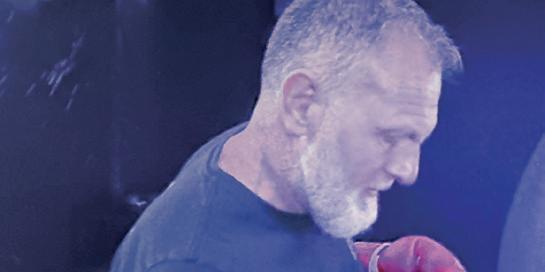


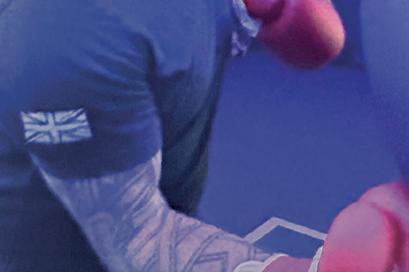























MAXIMISE SPACE, MAXIMISE REVENUE
A range of sleek and stylish solutions that unlock the potential of your gym’s underutilised space.






SKILL-BASED, RESULTS DRIVEN WORKOUTS
A skill-based, 36-minute circuit divided into 12 rounds, combining boxing with strength training.
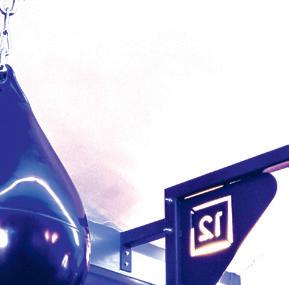






THE IN-CLUB STUDIO EXPERIENCE
A TRULY IMMERSIVE WORKOUT EXPERIENCE FOR EVERY MEMBER
Our In-Club Studio Experience is an immersive all-in-one solution, o ering 24/7 rolling circuits powered by virtual coaching screens.










‘ALWAYS ON’ 24/7
Fully automated with digital coaching screens using proprietary technology, no sta required. No fixed schedules. No downtime.





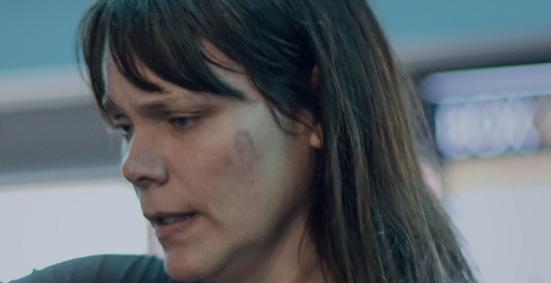





INCLUSIVE & ACCESSIBLE




No-contact, safe boxing experiences with equipment every member can use.








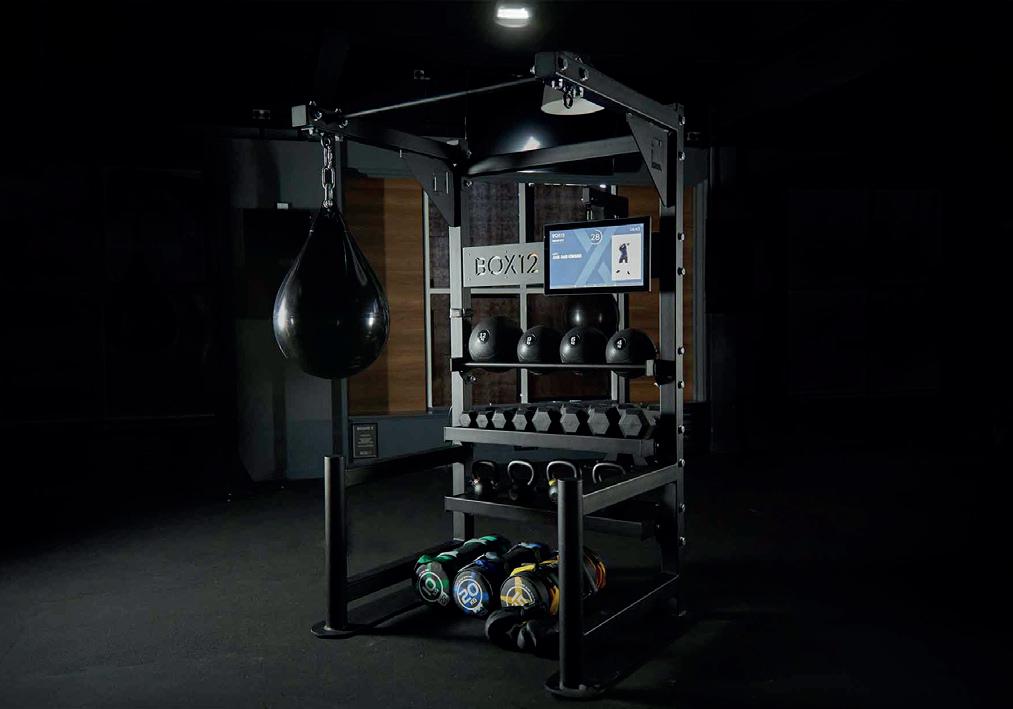
The fully loaded Pod is a space e cient boxing and functional fitness solution. With its digital touchscreen, members can follow pre-set programs, guiding them through structured, e ective workouts without the need for trainer supervision.






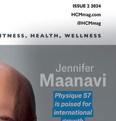

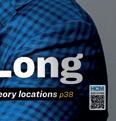
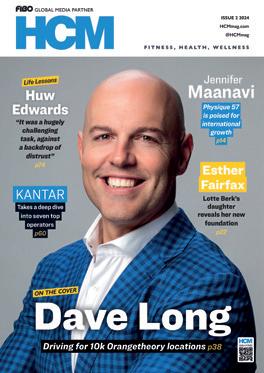





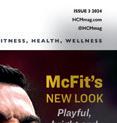








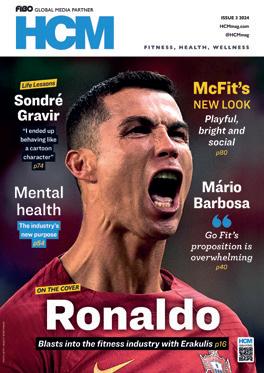







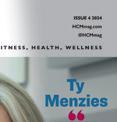




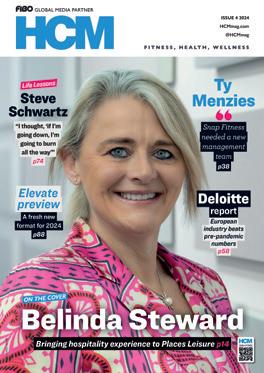
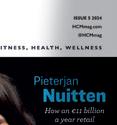

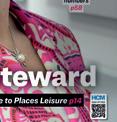

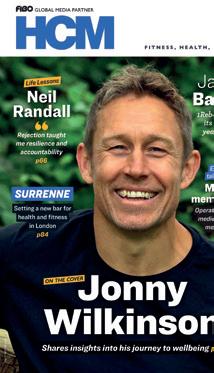
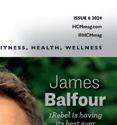


















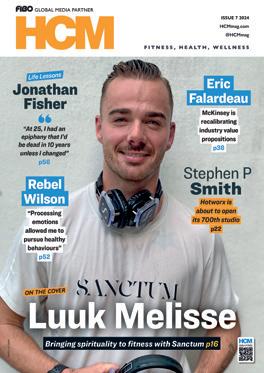




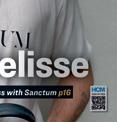


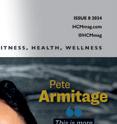




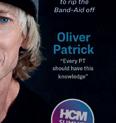
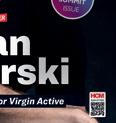
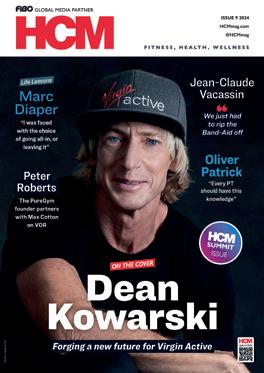



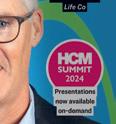
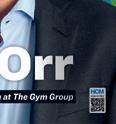








HCM had a bumper year in 2024, talking to CEOs from across the world of fitness, health and wellness. We hope you enjoy catching up on their insights in conversation with Kate Cracknell, Kath Hudson and Liz Terry




As Alliance Leisure celebrates its 25th anniversary, its founder and CEO explains why the company will never build another leisure centre

Tap or scan to read the interview
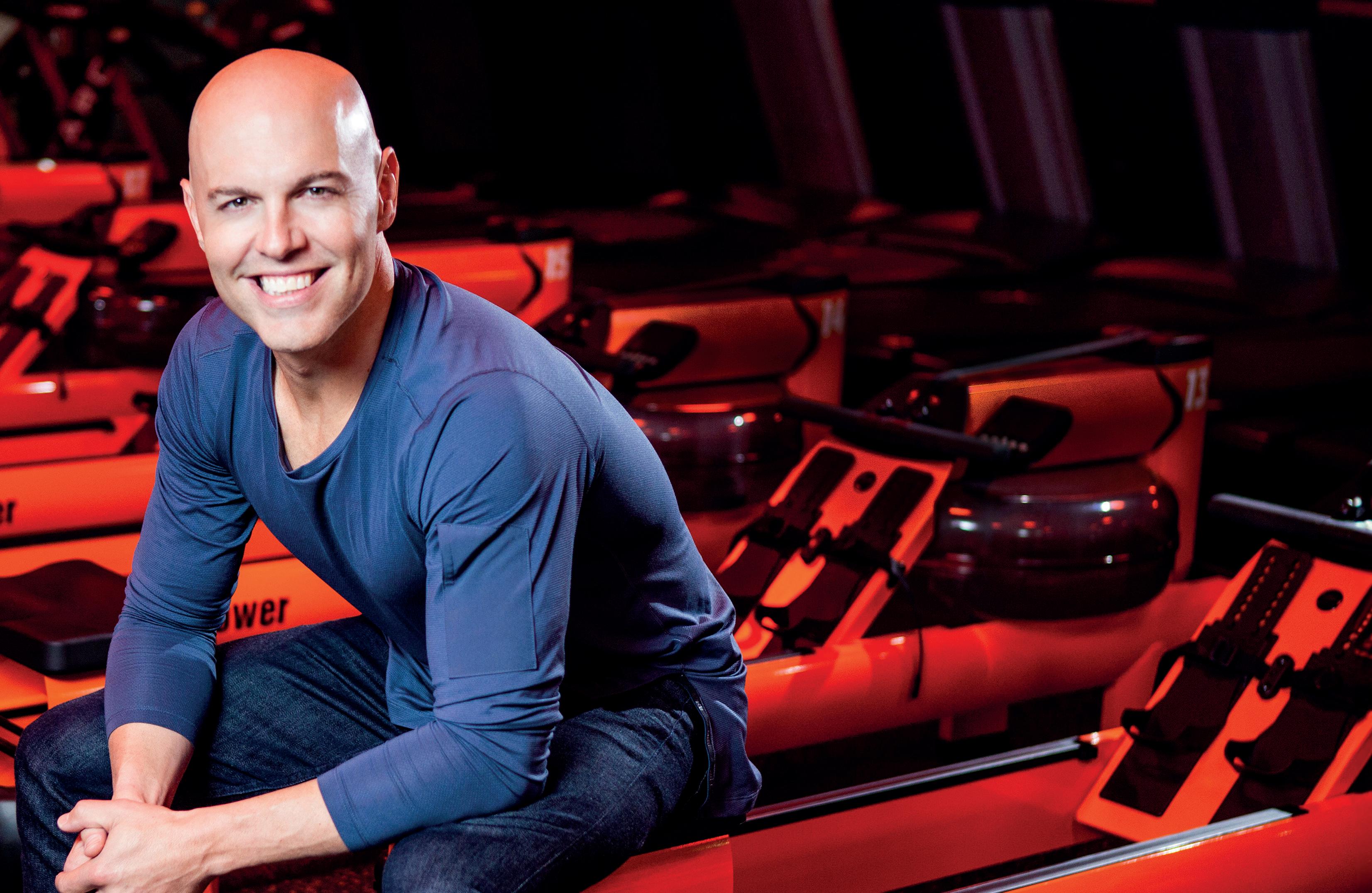

Franchise business Orangetheory Fitness is merging with Self Esteem Brands and is on a long-term path to 10,000 units globally says the co-founder of Orangetheory

Even though it’s been 14 years, it feels as though we’re just getting started

Tap or scan to read the interview

Go Fit is spreading its wings, with a five-year plan for growth and new projects already under construction in Italy, explains its CEO

Go Fit’s value proposition is overwhelming. It makes us very attractive to a lot of people
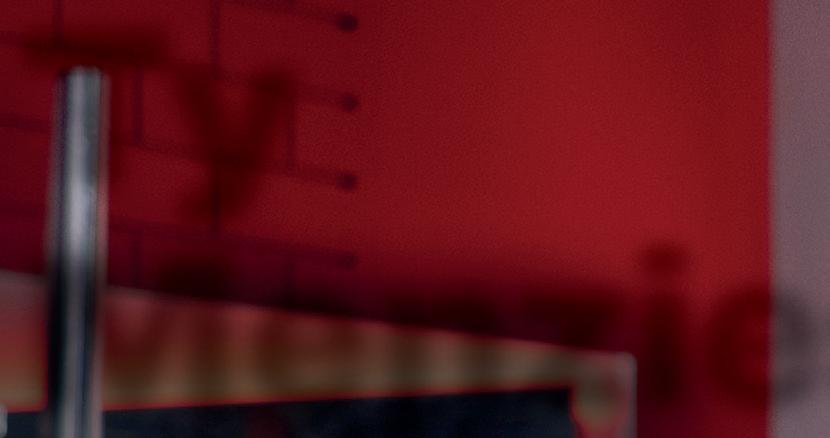
Snap Fitness is looking for a new investor and with a goal of 35 per cent growth by 2028, has ambitious plans, says the CEO of parent company, Lift Brands



I needed a new management team with the talent and leadership to reposition a 20-year-old brand


In May 2021, Belgian retail giant Colruyt Group acquired health club chain Jims, enabling the Group to put healthy living at the heart of its consumercentric ecosystem, as its MD explains Our fitness brand is something we can place centrally, finding opportunities for our brands to work together
Tap or scan to read the interview
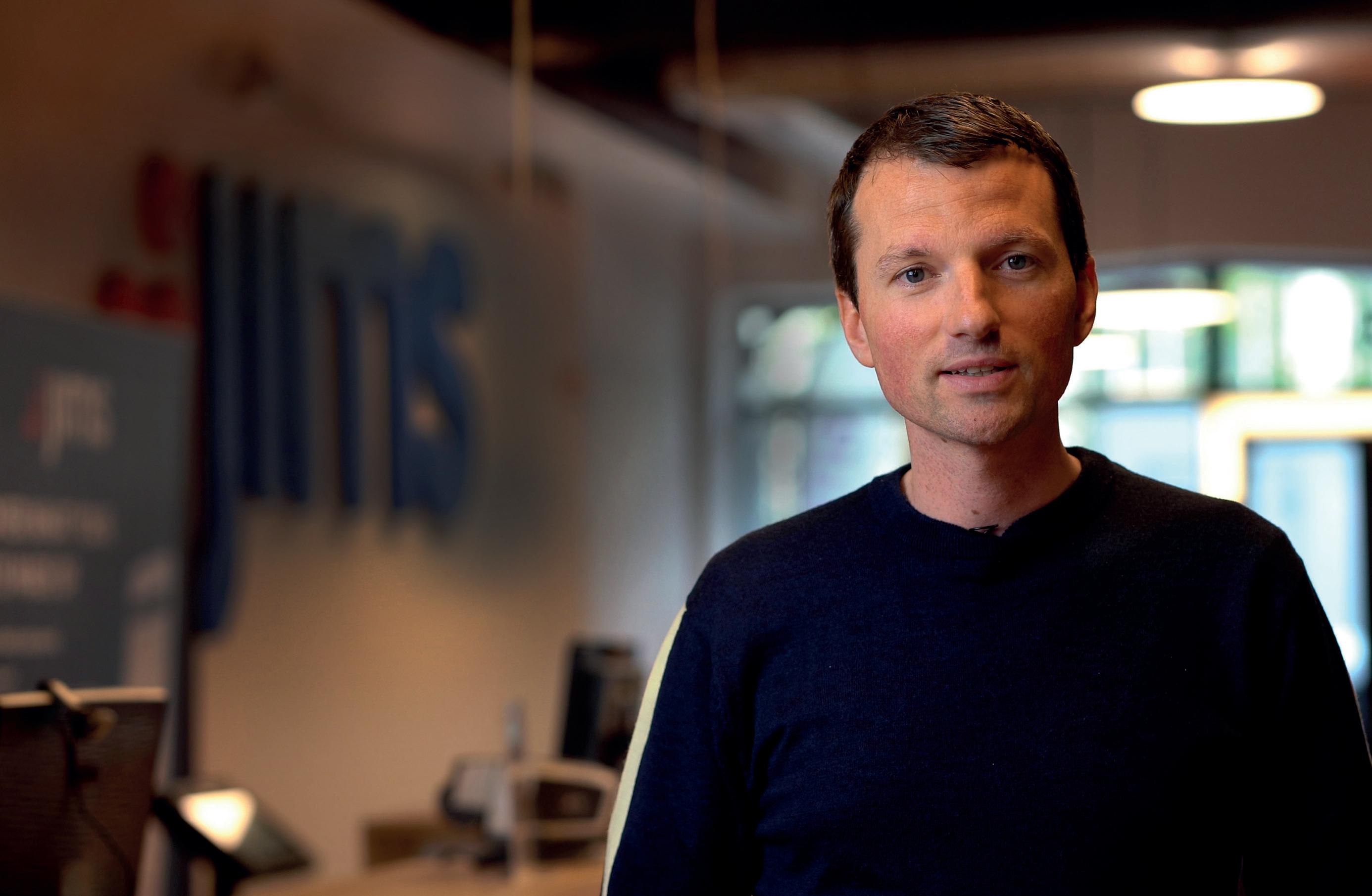
Tap or scan to read the interview
Tap or scan to read the interview
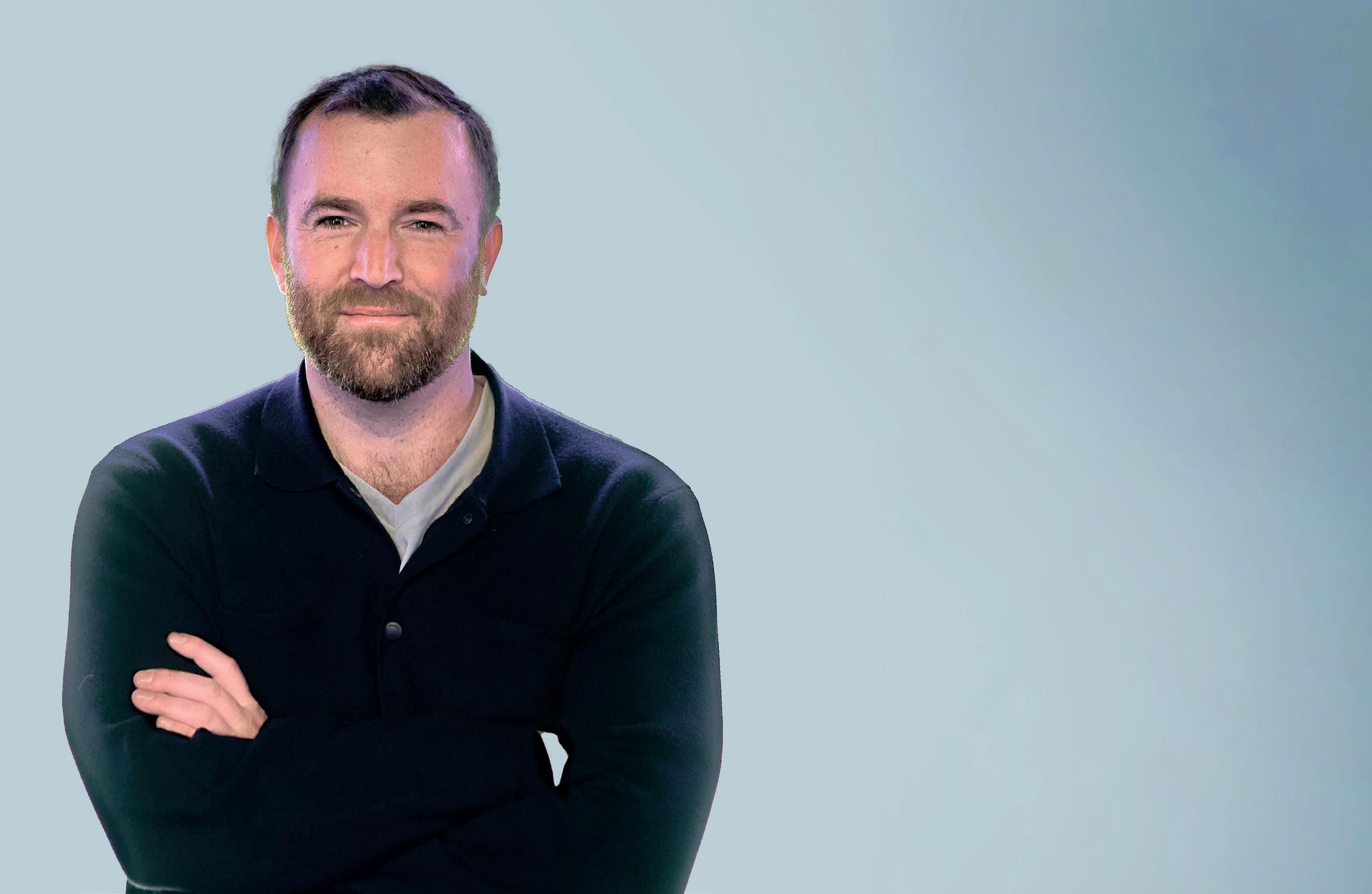

James Balfour was inspired by the boutique scene in the US to co-found 1Rebel, a concept that blurs exercise with entertainment

I’m pleased to say we’re having our best year ever in 2024. Everyone’s smiling
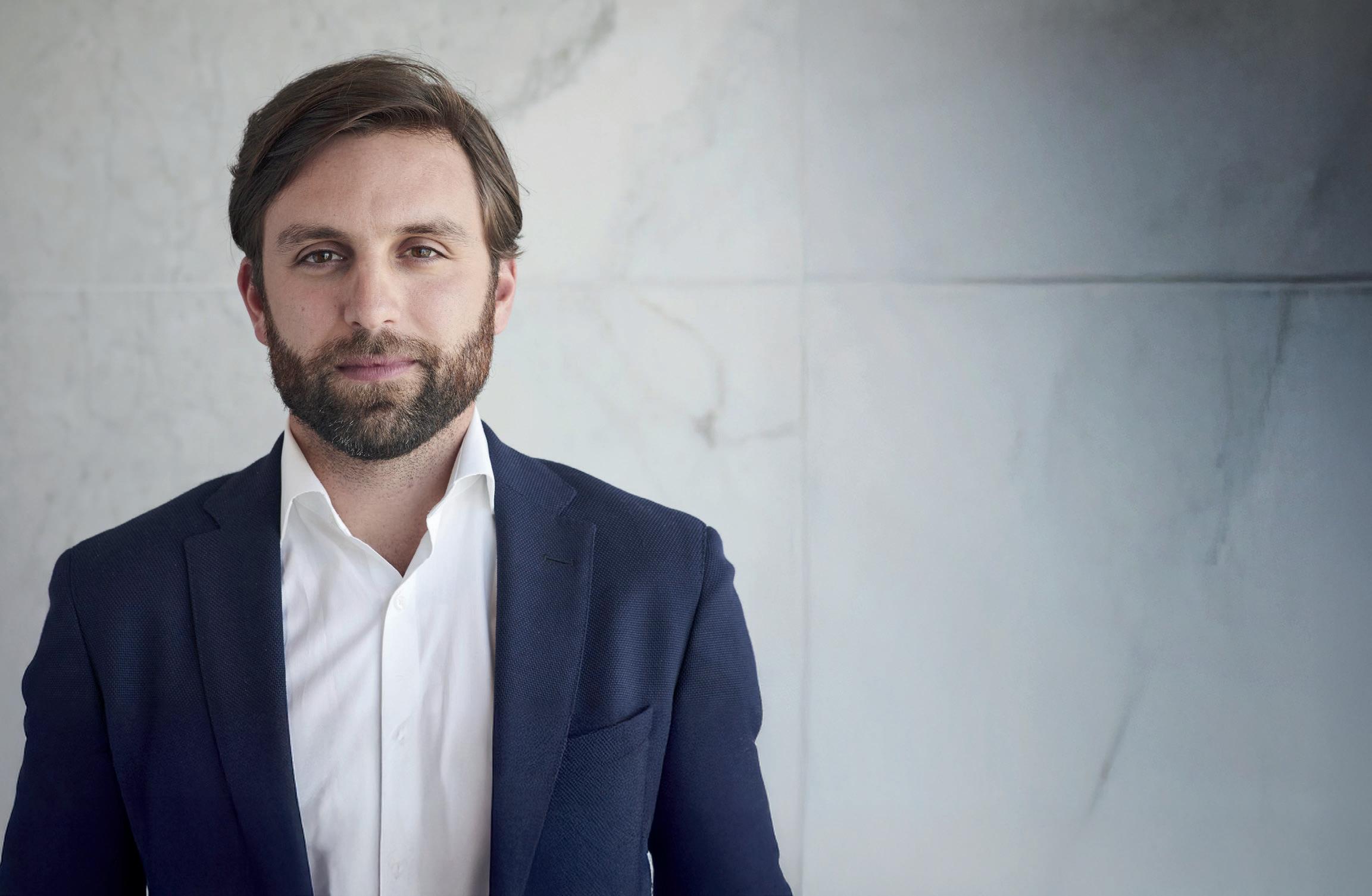
Tap or scan to read the interview


Fitness, health and wellness is one of today’s most dynamic consumer sectors, says McKinsey’s global fitness and wellness lead

The best experiences come from gyms that have empowered their teams to listen, help and build community


The CEO of Armah Sports speaks about creating defensible USPs and doing two fitness IPOs in five years

As far as I’m aware, no other team in the fitness industry has created two companies from scratch and taken them to IPO in the space of five years
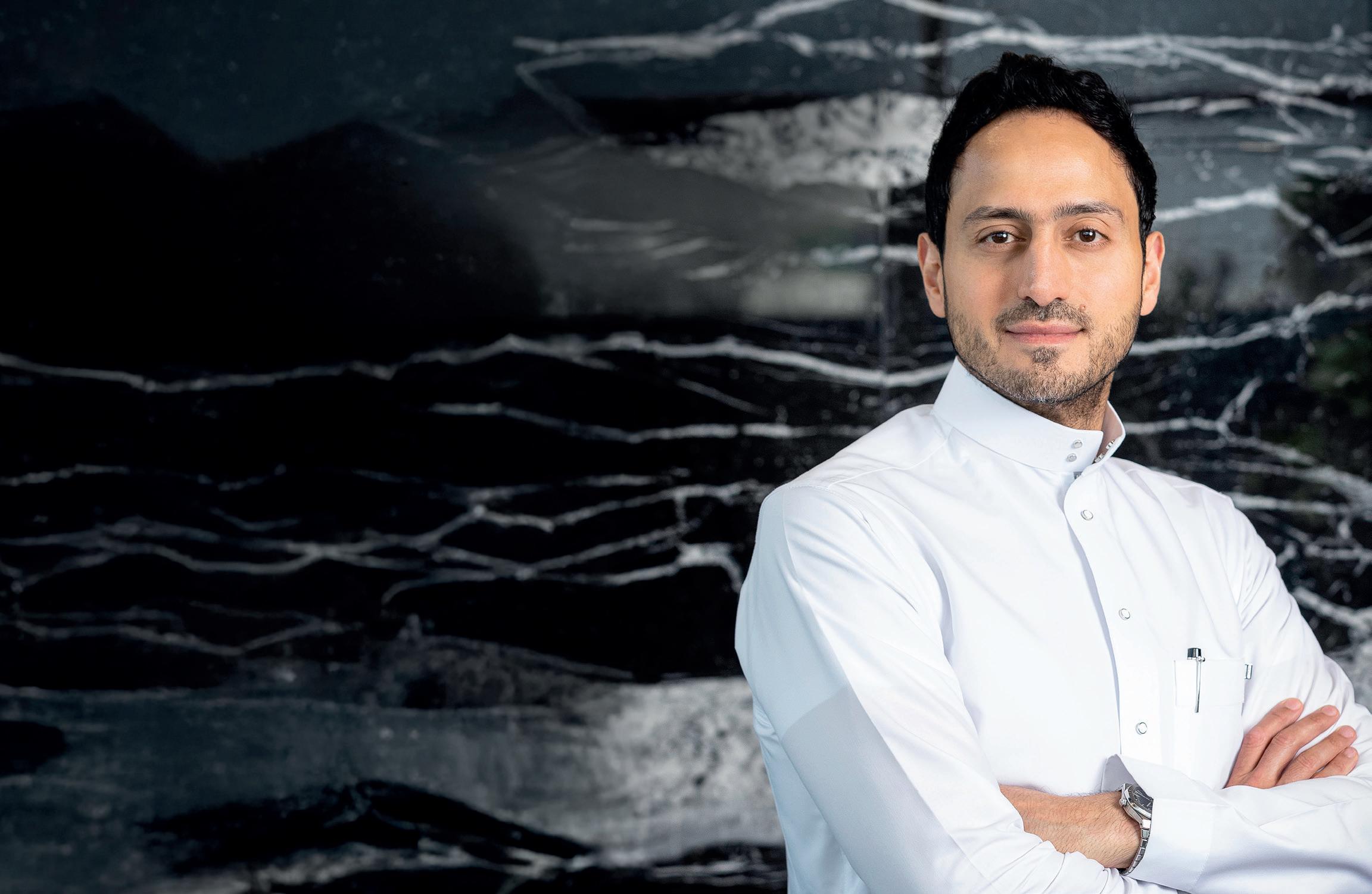
Tap or scan to read the interview
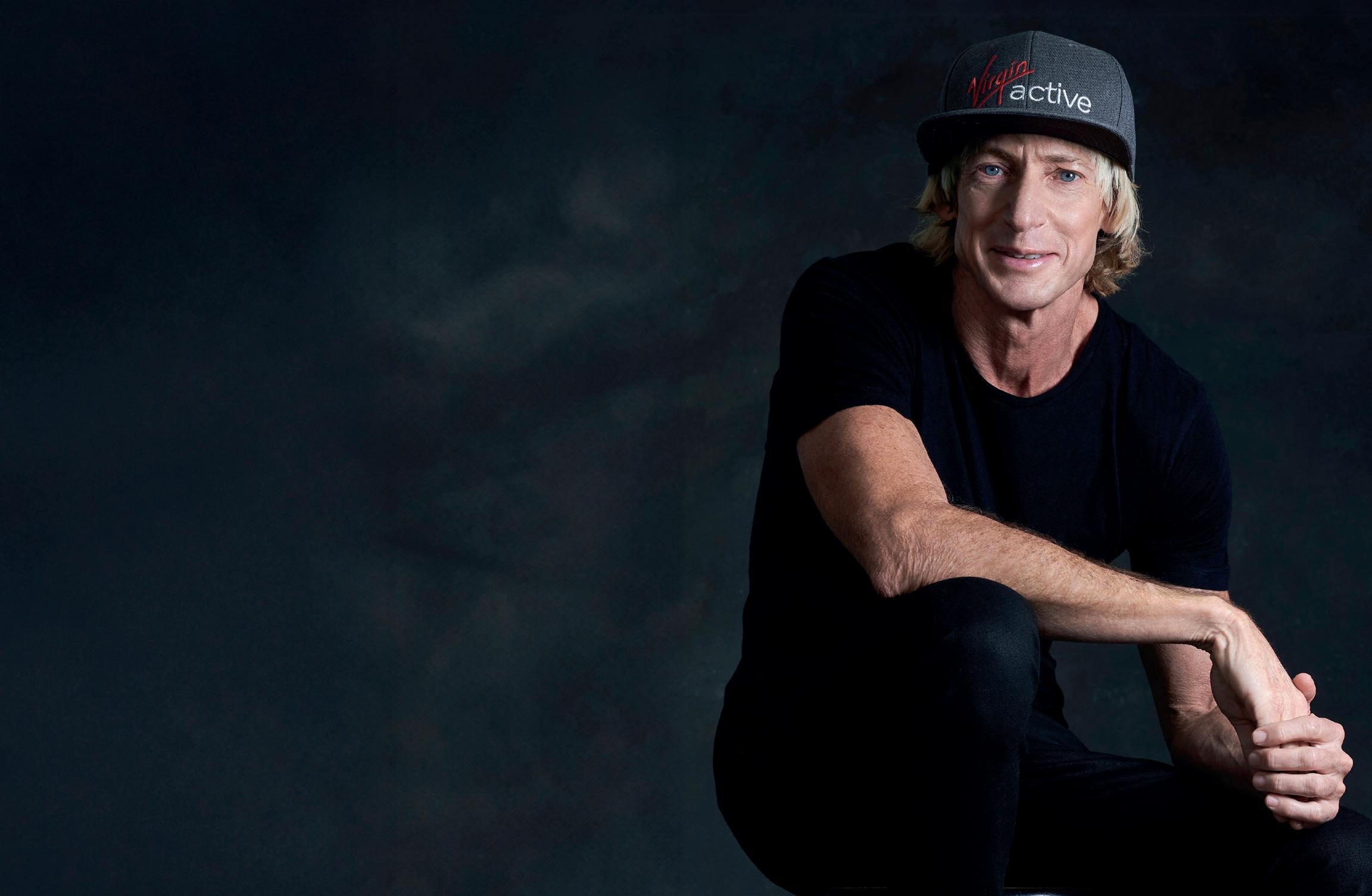



The group CEO of Virgin Active and healthy food brands Nü and Kauai is taking the combined operation on a journey to be an authentic and highly-valued wellness business

We’re obsessed with empowering people to change their lives
Tap or scan to read the interview
Tap or scan to read the interview


In late 2023, The Gym Group welcomed a new CEO –previously MD of newspaper publishing house Times Media

Investors’ growing confidence in what we’re doing is encouraging to see

Tap or scan to read the interview

As Crunch Fitness celebrates its 35th birthday the brand has never looked stronger, but it hasn’t always been plain sailing says its CEO
The big, hairy, audacious goal is for Crunch to become a household name worldwide, as it is in the US

p46 / Victor Brick
CEO, Brick Bodies and John W Brick Mental Health Foundation
p50 / Huw Edwards CEO, UK Active
p54 / Sondré Gravir CEO, SATS
p58 / Steve Schwartz
CEO, Midtown Athletic Clubs
p62 / Sarah Luna
Formerly president , Xponential Fitness
p66 / Neil Randall CEO, Urban Gym Group
p68 / Jonathan Fisher CEO, Holmes Place
p72 / Ty Menzies CEO, Lift Brands
p76 / Marc Diaper Formerly CEO, Gymbox
p78 / Liz Clark CEO, HFA
p82 / Hagen Wingertszahn Joint CEO, RSG Group





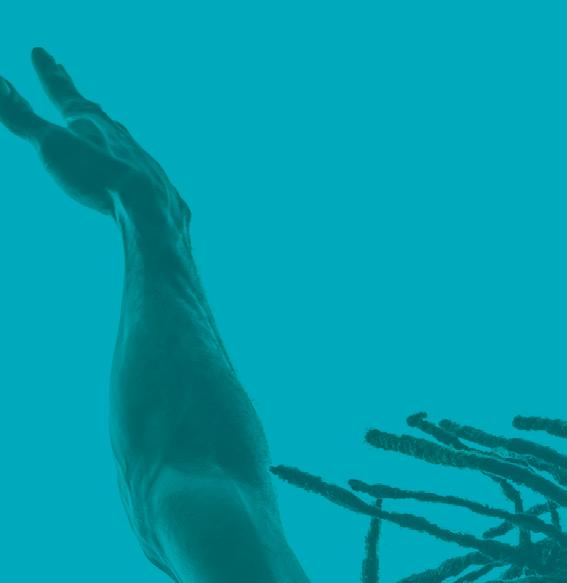

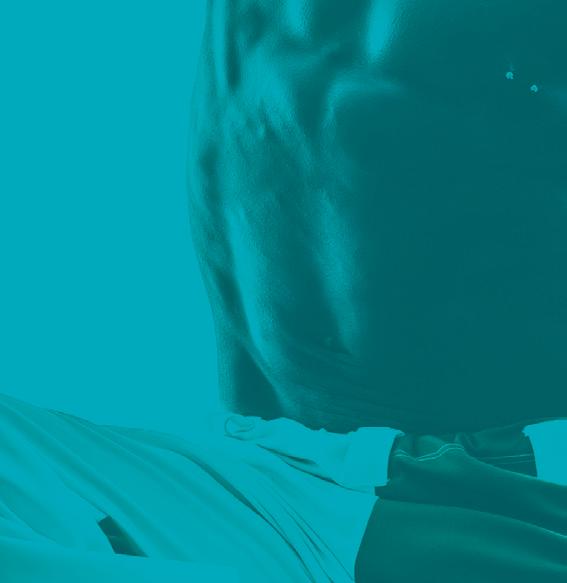




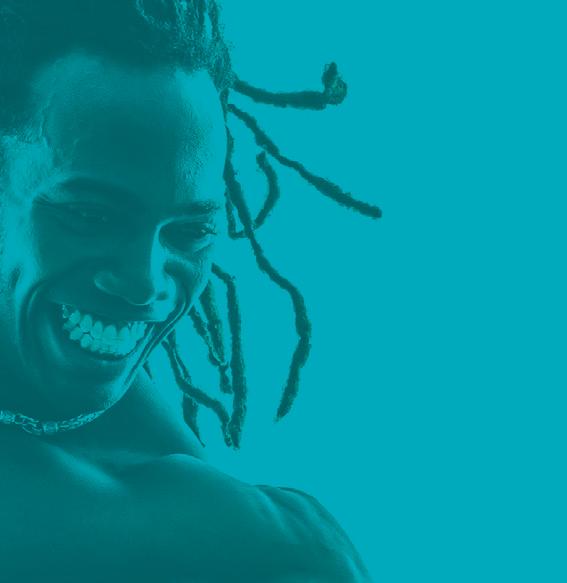

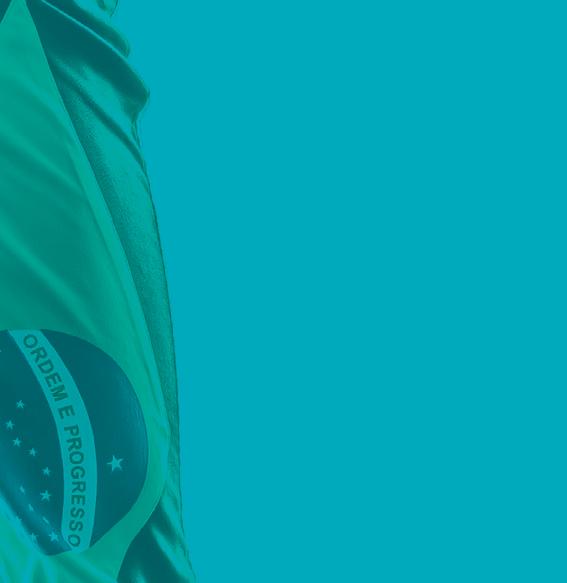









Industry leaders share insights into the moments that changed them in HCM’s Tough Times series. We round up their life lessons
In that moment, I changed my mindset from being an impossibility thinker to a possibility thinker
There have been many challenges over my career, including when I tried to fix the roof of my first club and almost bankrupted the company and when I took a million dollars out of the business and lost it in the stock market within half an hour. But the experience that taught me the most lessons and which I’ve drawn on many times over the years, is when I bought my first health club in Baltimore. It was 1985, I was doing all these different jobs to make a dollar here and there: coaching and refereeing basketball, teaching tennis and teaching physical education at a Community College. These were seasonal jobs which all finished at the end of the school year. We needed something more reliable, so my wife Lynne and I decided to take the plunge, follow our dream and buy our own club. As an aerobics teacher with a loyal following, she was going to be the superstar magnet. We borrowed money from my parents and
bought the Padonia Fitness Center, a combination health club/racquetball club in Baltimore, Maryland. Lynne was pregnant when we acquired the club and was soon out of action. At the same time, I realised I hadn’t done the necessary due diligence. We’d bought the club thinking it made US$28,000 a month, when actually it was billing US$28,000 a month, but only collecting US$18,000. So we had a US$10,000 a month deficit and no back-up resources.
In a panic, I called the previous owner, Clark MacKenzie, who’s still a good friend, and asked him if he would take the club back. He said to me: “Victor, I’ll take the club back, but I thought you had more guts than that.”
Talk about a punch in the stomach. I paused for a moment and then said: “On second thoughts, Clark, I think we’ve got it covered.”
In that moment I changed my mindset from being an impossibility thinker to a possibility thinker and vowed to myself to make it work.


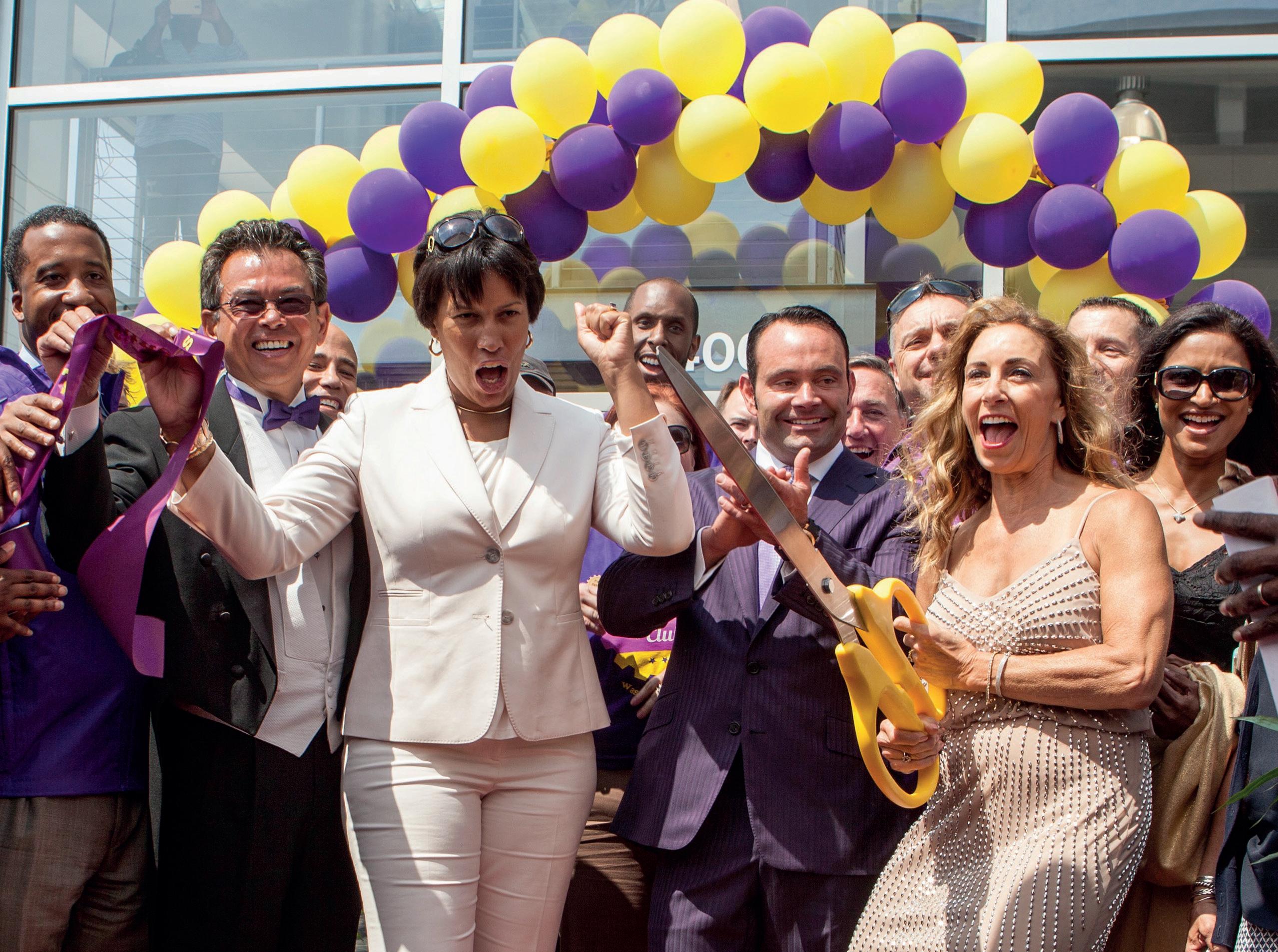
The gap between the known and the unknown can easily be filled with fear, if you let it be, but at that moment I determined to fill that gap with a plan instead.
We were losing US$10,000 a month and needed 200 sales to break even, so I decided to hold an open-house sale weekend. We promoted free aerobic classes, free refreshment and free balloons.
However, I made a rookie error and didn’t proof the postcard we mailed out – it said we had free buffoons!
That didn’t seem to hurt us and we did 205 sales that weekend. Five more than we needed.
Victor Brick is founder of Brick Bodies and the John W Brick Mental Health Foundation, as well as being CEO of Ohana Growth Partners, which owns 100 Planet Fitness clubs in the US and Australia.
after that Lynne came back from maternity leave and since then we’ve never looked back. We now have 100 clubs and employ 1,100 people.
Never give in, never, never, never
We still own that small club – it’s now our corporate office – and every time I drive up to it I think about that scared little boy trying to give the club back. What I learned from that experience is that no matter what you try to do, if you work hard enough, you can at least break even. And if you can’t, what’s the worst that can happen? You start over.
Your attitude determines your altitude and that experience has influenced how I approach everything: when I need to make a decision, I make it and live with the results. In combat, they say if you’re not afraid, you’re a fool, but it’s how you handle your fear that counts. It’s the same in business. If you’re not concerned, you’re naïve, but it’s how you handle your concern that will make the difference.
There are still times when I wake in the middle of the night worrying about decisions. At those times I employ every stress-reducing technique I know and remind myself of the plan.
In business you never get fully comfortable
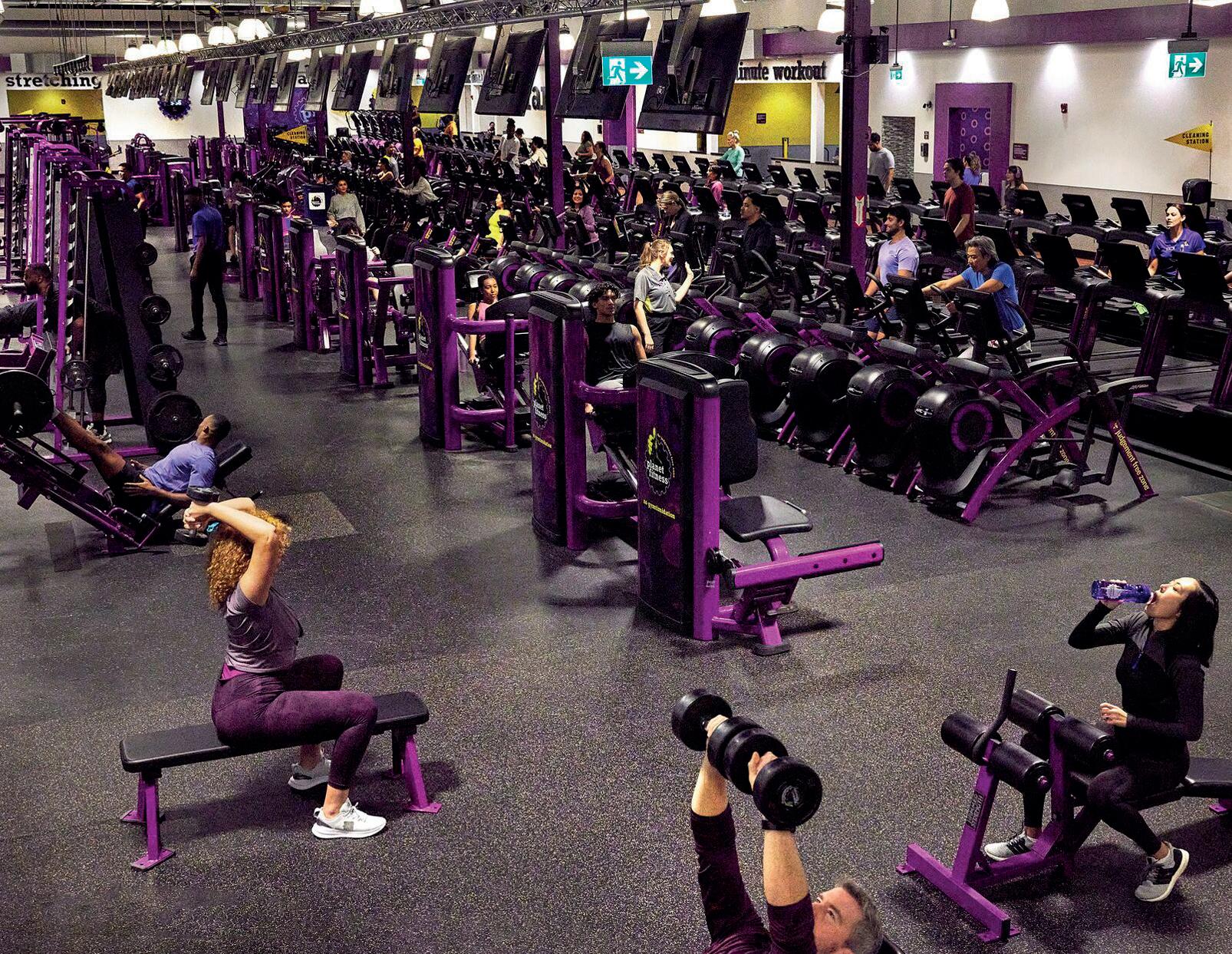
with big decisions, because things could always go south. COVID is the best example of this. But, like the military, you fall back on your training and rise to the occasion.
What that experience taught me was that I had a lot more grit than I thought. Tough times don’t build character, they reveal it. The ability to hang in there will get you through. Many people consider quitting right before they become successful.
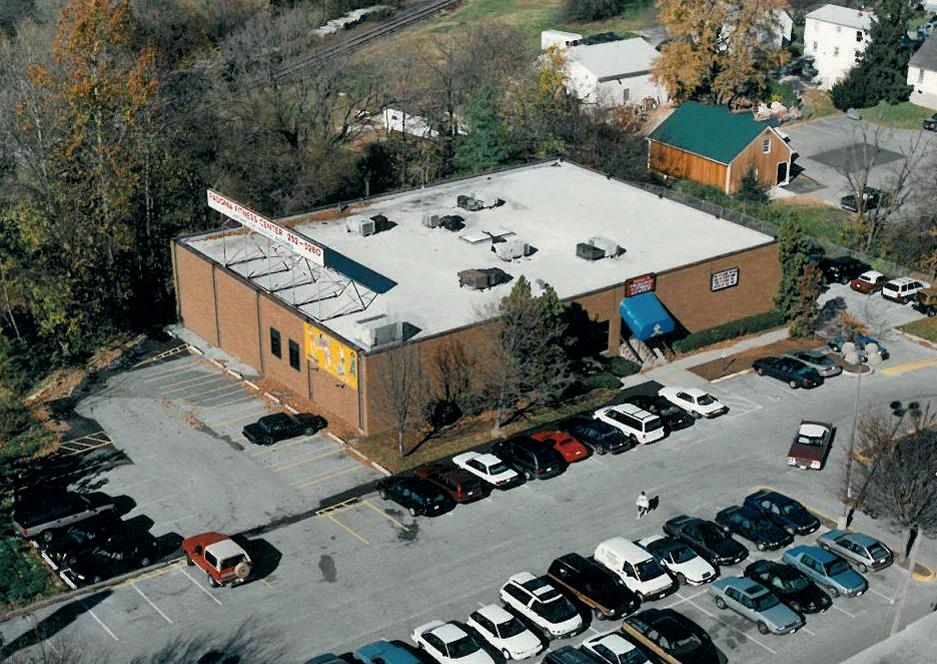
I remind myself of that situation time and time again. Success comes from good judgement; good judgement comes from experience; much experience comes from bad judgement. I’ve had a lot of “experience” and the key is to learn from your mistakes.
You have to fail and then you have to get back up again. That’s all part of grit. You keep swinging and you keep fighting and battling and all of a sudden you’ll break free. It’s as Sir Winston Churchill said: “Never give in, never, never, never.” I have that saying on the wall in my office.
I’d also like to share the advice my dad gave to me when he drove up from DC to help me that week in October 1985. I was so scared I couldn’t sleep. I was in my office and when I saw his face my heart leaped out of my chest. I started whining to him about all the bad
The gap between the known and the unknown can easily be filled with fear if you let it be
things that were going on and asked him: “Dad, what are we gonna do?” He said: “Just work a little harder.”
And that’s what I’ve been doing ever since. When times are tough work a little harder. That little bit of effort will get you home. ●
https://www.healthclubmanagement.co.uk/health-club-management-magazine/2024-issue-1/3923


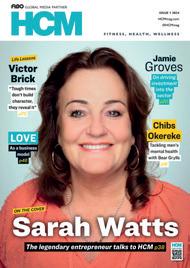
It was a hugely challenging taking on a project of unparalleled size against a backdrop of collective distrust and even hostility
Huw Edwards
With the exception of the pandemic, the toughest part of my career – and an experience I wouldn’t swap for the world – was my time spent working for the London 2012 Olympic Delivery Authority (ODA). I led the organisation’s political and business engagement from 2006 to 2012, first as government and business relations manager, and then as the head of dignitary and ministerial management for the government’s Olympic Executive under the Department for Digital, Culture, Media and Sport. Having worked previously in the Mayor’s Office for the Greater London Authority, it was a fantastic opportunity to really challenge myself in that political landscape. For us as a team it was a hugely challenging proposition: taking on a project of unparalleled size, which had a hard deadline, against a backdrop of collective distrust and even hostility. When we first went to the site it was hard to conceive that such a highly contaminated, barren wasteland could be transformed into a vibrant Olympic Park, however, the government had

assembled a team of world-class individuals, who had clarity of approach about what they were going to deliver and how they were going to get there. On a day-to-day basis I was absorbing all this incredible knowledge, experience and expertise from those who were working above me.
The first 12 to 18 months were the most difficult. Everyone felt on the back foot, because of changes to budgets and the lack of confidence externally. As most of that time was spent clearing and decontaminating the site it was hard to show progress to stakeholders and the media. We could never take our eye off the ball, but it did make us very resilient.
The turning point came in spring 2008 when the construction of the Olympic Stadium began and we could show people we were making progress,
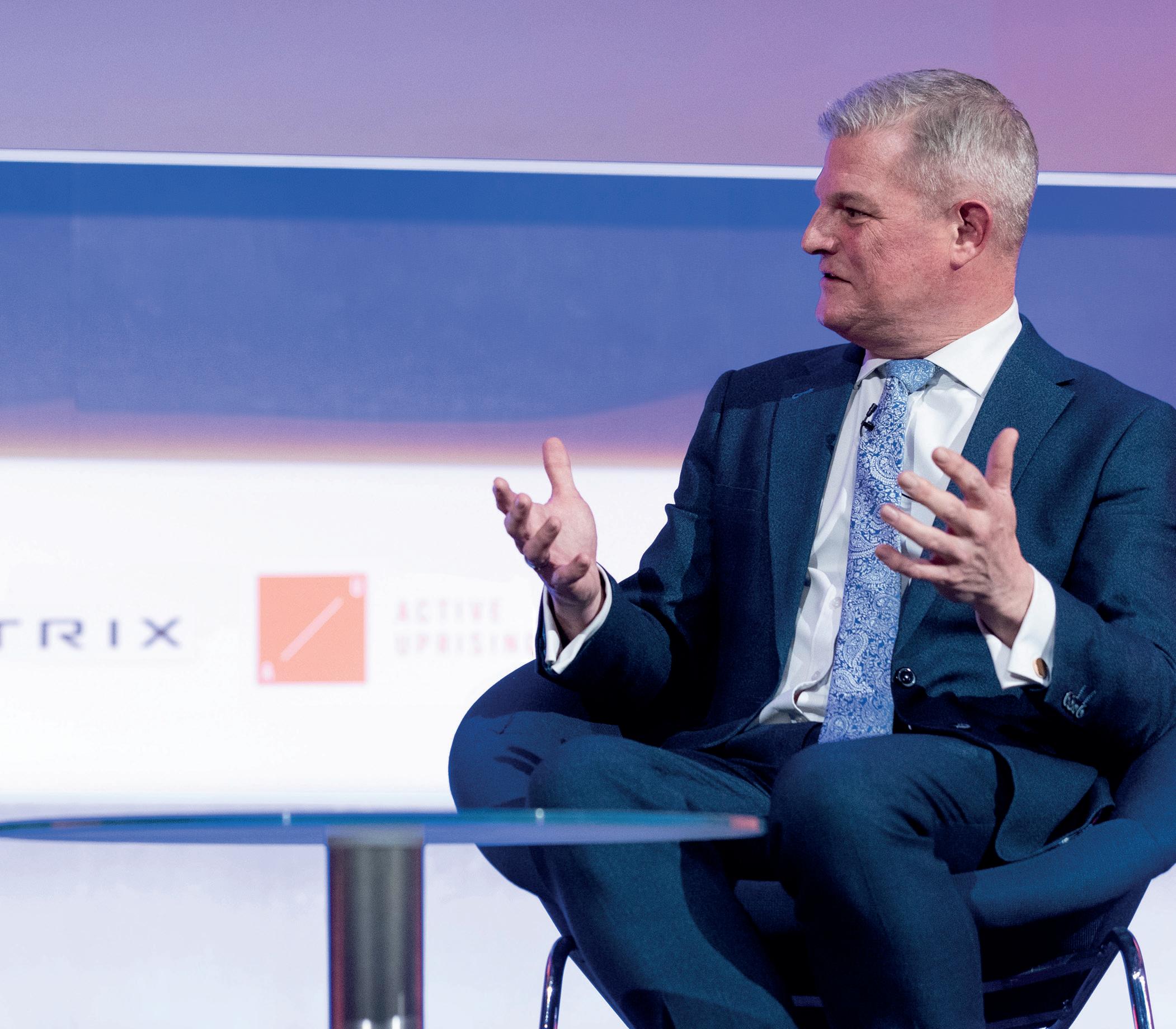
were ahead of schedule and on track to deliver. The whole perception of the Games changed overnight. Being part of that team taught me hugely invaluable life lessons. There were so many learnings from six years of working with world-class people, who were consummate professionals in delivery and leadership, such as clear communication, being strategic about setting milestones and delivering on them, as well as getting stakeholder engagement.
I’ve endeavoured to apply those lessons to my role at UK Active, where we have a responsibility to provide strong leadership for the sector, making these areas crucial for success. These lessons have proven to be invaluable in helping me to guide the team and our members as we navigated the major national challenges posed by both the pandemic and the energy crisis, as well as our strategic growth more generally. Stakeholder engagement and collaboration have been
I know what good looks like when we achieve government engagement
crucial at every step of this journey and at the end of the day it’s all about building relationships and trust. My experience with the Olympics taught me how to build a team of people who have clarity about what needs to be delivered and how everybody in the team needs to understand the part they play when going
on that journey. If you have a brilliant team of people who are completely committed to supporting each other to get to that destination, you’ve got a chance. Perspective is another thing I learned. When you’re dealing with what seems to be a crisis the first thing is to work out whether or not it’s actually a crisis, because the majority of the time it’s not. More often than not there’s a solution. Just keep learning from mistakes, learning from life and moving forward.
There were so many stand-out moments from that time. The late Queen coming to the park and planting the first tree, so many state visits, including the Chilean president – about two or three weeks after the Chilean miners were rescued. He brought us gifts of gravel from the mine, which was a surreal experience. I was back at the office helping to coordinate operations from HQ on ‘Super Saturday’, but I had the opportunity to go to the incredible environment of the velodrome and watched the closing ceremony with Damian Lewis, which was brilliant to witness, as the conclusion of such a successful and inspiring sporting event.
I believe the London 2012 Olympics was a celebration of the very best of the UK. That’s how I felt when I watched Danny Boyle’s opening ceremony. I know what good looks like when we achieve government engagement – how to take the
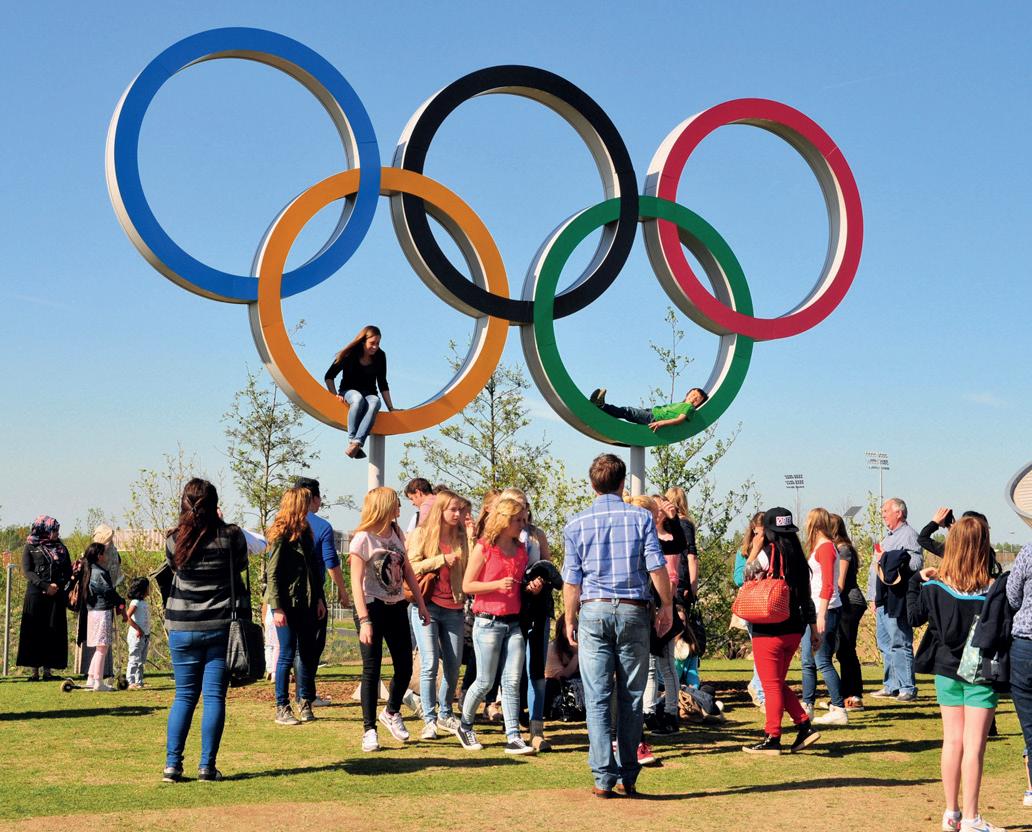
government on the journey, show them what’s possible and really sell the vision. It’s about understanding their motivations and challenges and then helping to present the solutions and strategies for them to invest in. I know how to succeed and how to create the environments for change. It was humbling and an honour to be involved in helping to deliver such a significant international event at that time. ●
https://www.healthclubmanagement.co.uk/health-club-management-magazine/2024-issue-2/3928

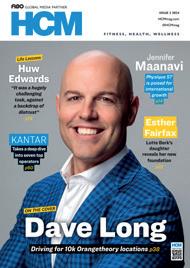




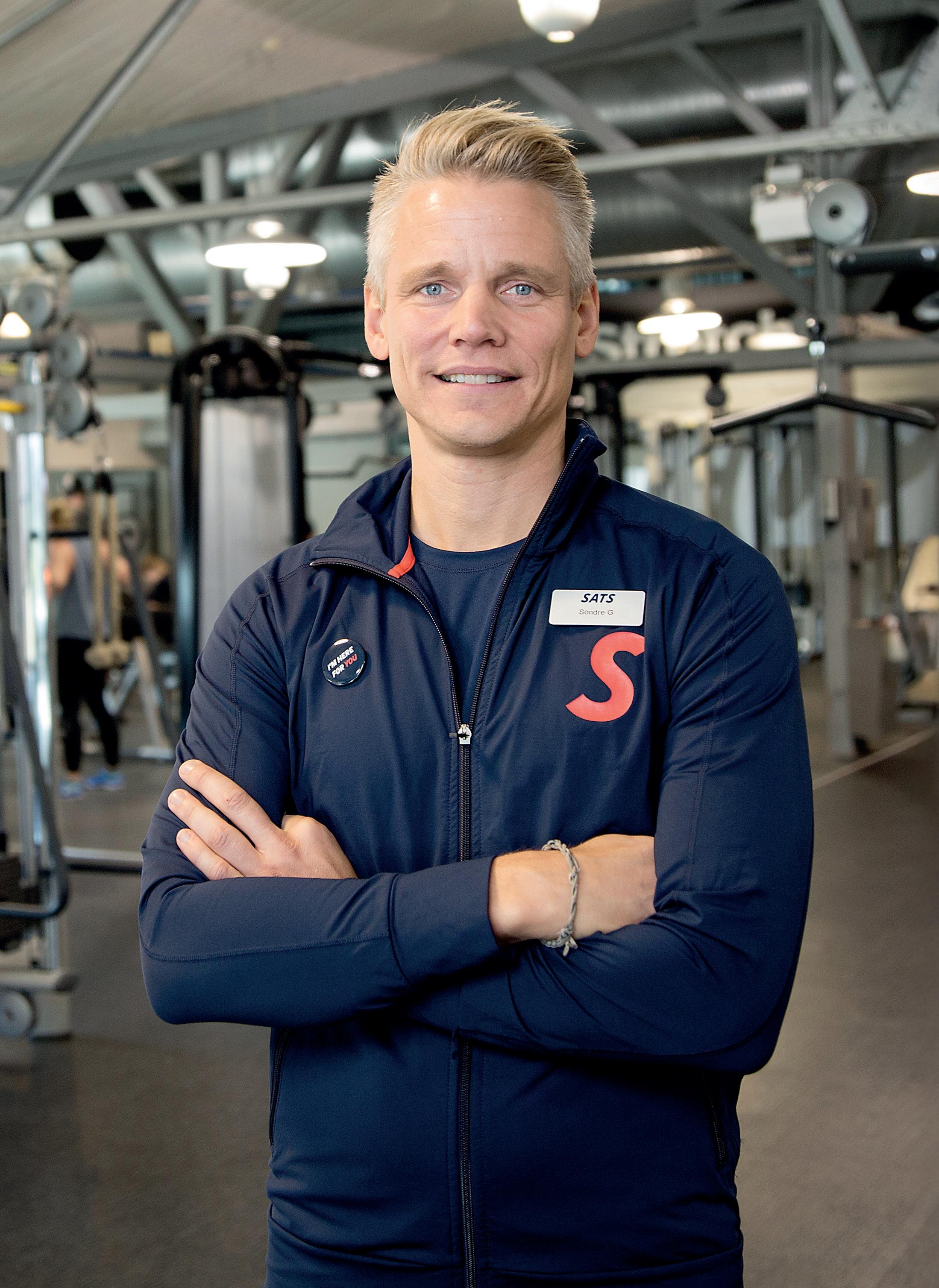

I tried to play the role of this theoretical version of a leader I’d made up, but I ended up behaving more like a cartoon character
Sondré Gravir
CEO, SATS
Imposter syndrome about a promotion taught the CEO of SATS that behaving authentically is the most important part of leadership. He talks to Kath Hudson
An experience which has had a big impact on my career, and especially how I lead teams, is when I took over as acting CEO for a regional newspaper. Previous to that I’d been a line manager and it was a big step up, at short notice, with a lot of responsibility.
I didn’t feel I had enough experience and was insecure about taking the position. To prepare myself, I thought about the leaders who had inspired me and made up this picture in my head about how I should act as a CEO. I tried to play the role of this theoretical version of a leader I had made up, but I ended up behaving more like a cartoon character. It was a disaster and I didn’t gain any trust from the team. After a couple of weeks I had to fly back to Oslo to meet my mentor and I explained the situation. I remember he said to me: “Why don’t you just be the person that you are in your private life? Don’t try to play a role that you’re not comfortable with.” After taking his advice, it worked out well over time and I built a very strong relationship with my colleagues. The biggest learning for me was that when you take leadership positions you have to act as yourself. I want people at work to see me as the same person my friends do. If the way you are doesn’t fit the role you’re stepping into, you have
to take the consequences. Do something else – change your job – don’t try to change yourself.
Of course, you can always try to improve and develop as a leader, but you cannot change your personality. It will never have a successful outcome, because you won’t be real and you won’t gain the trust of your colleagues.
Leadership isn’t about acting a certain way or playing a role, it’s about building strong relationships. When you trust yourself and have trust among your colleagues, then there’s room for failure, there’s room to be honest with each other and to give each other feedback without taking things in a negative way.
Trust creates the environment and culture that drives performance. However, you cannot build trust without having close relationships and you can’t build close relationships if you’re not your true self.
I have a few guiding principles. I need to work with a brand that I’m really proud about and I need to be able to act myself at work. If that doesn’t work, the solution to the problem is not to try to change myself, it means I have to change my job.
Professional and personal
I found the pandemic particularly challenging from a leadership point of view. It was extremely difficult having to temporarily lay off thousands of employees from our gyms in four countries. From a professional point of view we were all very concerned about the company, the future and trying to find the right things to do to come out of a difficult situation in a positive way. But, for me,

the really tough part went back to the relationships again and the consequences for our employees.
Don’t think too much about positioning yourself for future roles. If you deliver with passion, great things will come your way
I remember going to the grocery store and meeting a colleague – who is now back with us as a club manager of a site which is doing fantastically well – but at that time she’d been laid off for almost a year and as a single mother was finding it very tough. The conversation has stayed in my head ever since, because I felt such a burden of responsibility for all of our colleagues who were struggling as a result of being laid off.
As a business leader it’s important to keep the perspective about how your decisions will impact your employees. A good leader makes decisions not only around professional values, but
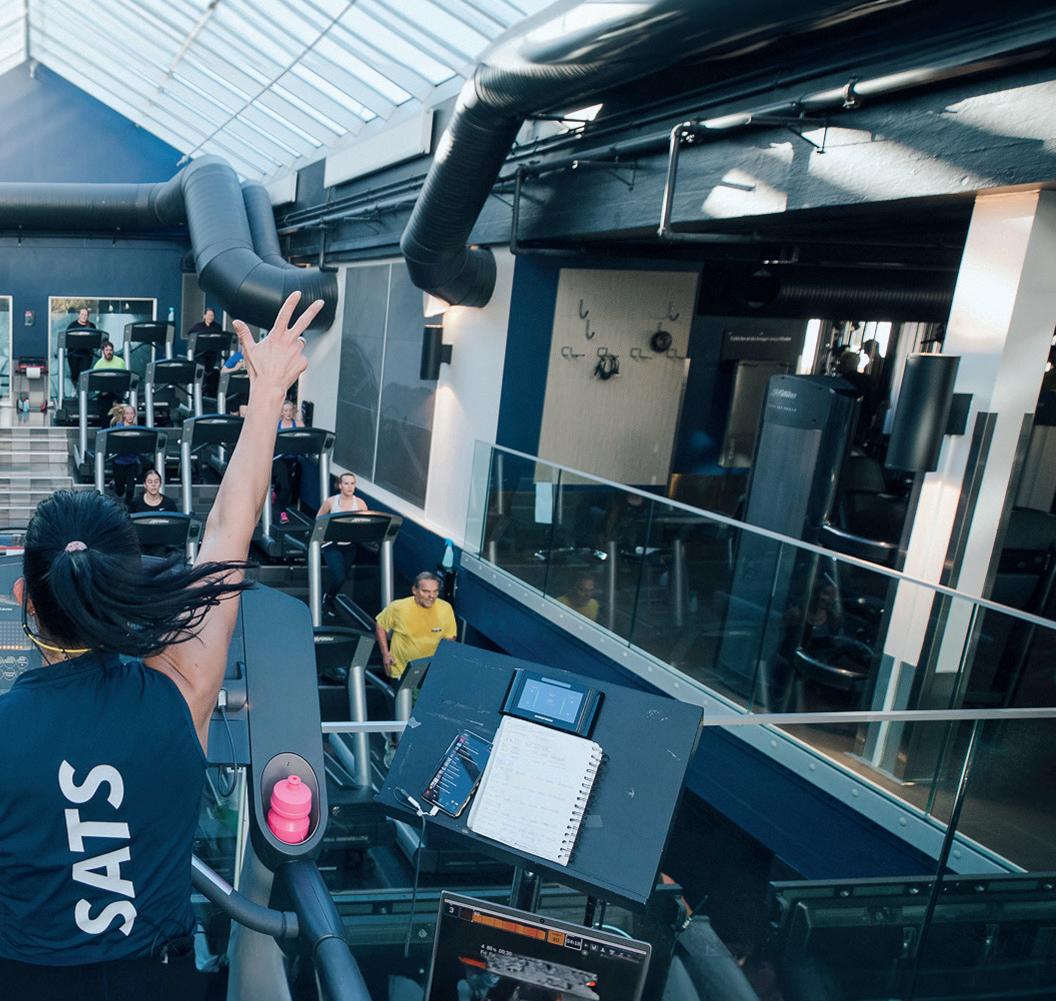
also private and personal values. For example, if you make a decision to open a club, it should always be because you believe it will offer secure employment for a long period of time.
There’s a huge misunderstanding that this approach is soft and doesn’t result in good business decisions. For me, being people-driven in your leadership and making rational business decisions go handin-hand. You still have to make good decisions, based on the facts and reality, it’s more about the way you implement them, considering the consequences for people’s lives in those decisions.
If you have to close down a business and lay people off, be compassionate, transparent and allow them enough time to find another opportunity.
If I were to give some advice to young people, it would be around doing what you love doing and delivering in your role. Work with a product, service or a brand you love, and where you feel true engagement around the purpose of what you are doing.
Then focus on doing the absolutely best possible job. Don’t think too much about positioning yourself for future roles, or the next step. If you deliver with passion, great things will come your way. Simple as that! ●
Gravir says if you decide to open a club, you should believe it will provide secure employment for a long time Originally published: HCM 3 2024


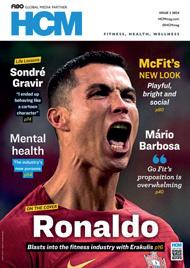
I thought, if I’m going down, I’m going to burn all the way!
Steve Schwartz CEO,
Midtown Athletic Clubs
When a hefty round of investment coincided with the pandemic, the CEO of Midtown Athletic Clubs feared the company – founded by his grandfather – would go down on his watch. He talks to Kath Hudson about the pressure to keep the business afloat


Bar none, the toughest time I’ve ever had was going through COVID.
In 2017 we undertook a US$90m development of our flagship club in Chicago. The biggest risk we’d ever taken, it represented the start of a new vision for our company – a multi-year project, combining all of the experience and skills and knowledge I’d developed over my 35-year working life.

We were in the thick of it when we had to close.
I’m the third generation running a family business and before the pandemic, I felt at the apex of my career, but then was suddenly presented with the prospect of the business failing on my watch.
It was personally devastating, because it crushed my dreams, emotionally devastating because I had to lay people off – which went against everything I was trying to do. Then there was the element of failure and this being a family business. We were also too large to get any government support, so having been such a believer in the system, I felt very let down.
This was a unique set of circumstances and a unique situation. Previously, although we’d had

various challenges and tough setbacks, I had always felt I could work through them and find solutions. But this was a case where we were told to close whether we liked it or not. I’m used to winning and have never felt so helpless.
I made the very risky decision to keep investing in the new vision – I thought if I’m going down, I’m going to burn all the way! I hoped the investment in creating state-of-the-art clubs would give us the opportunity to come back stronger once we were able to reopen and it’s easier to do renovations when there are no members around.
We had to engage with bankers while having no revenue, but fortunately they agreed to lend us money for capital investment.
It was a Thelma and Louise-style, ‘drive off the cliff’ moment and the stress was incredible. Sleepless nights, putting on weight. I was on Zoom all day long. My wife and I were eating and drinking too much and not exercising enough. It was terrible.
I don’t remember the date we became cashflow positive again, but I personally didn’t turn the corner until the beginning of 2023. It wasn’t just about having
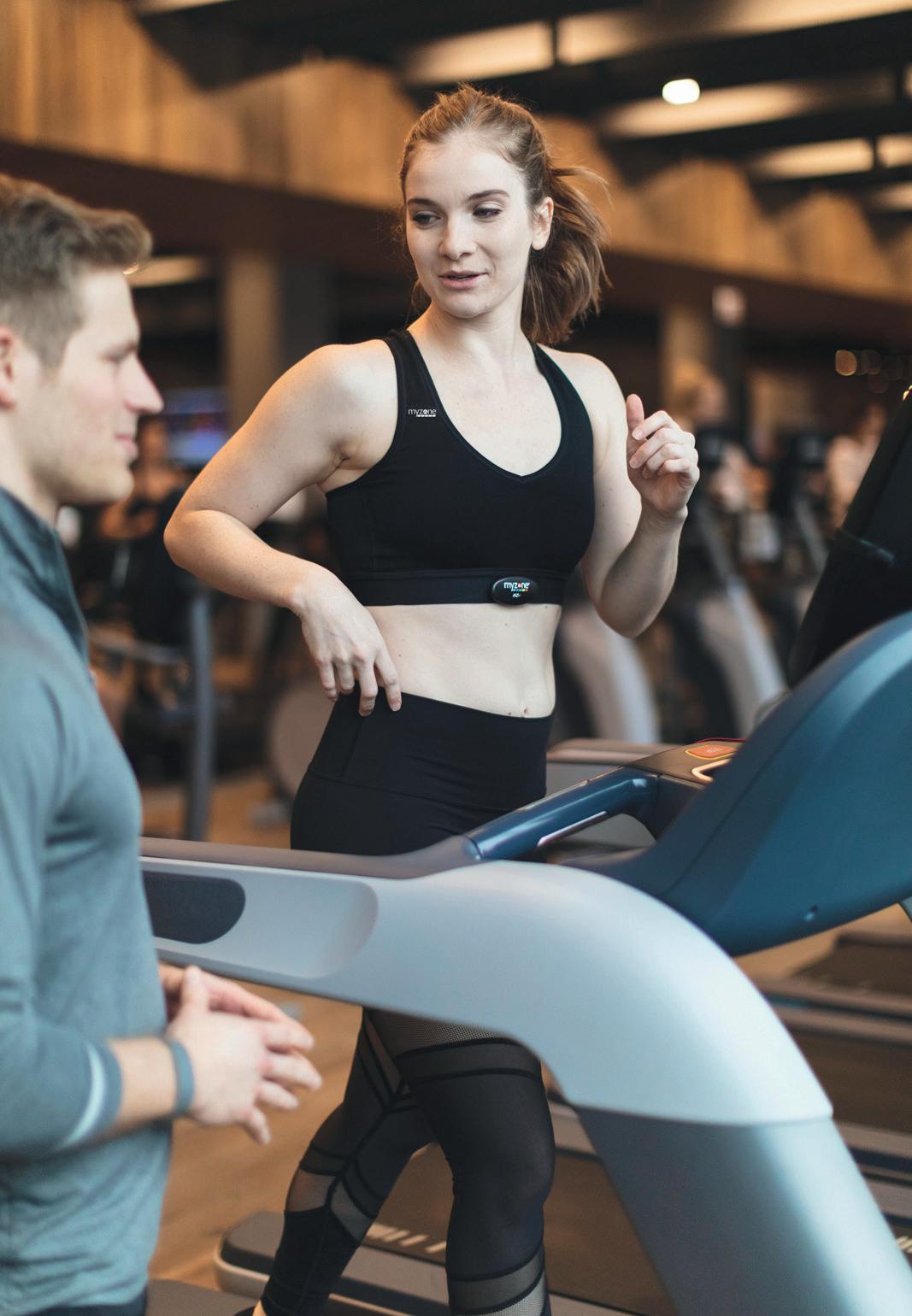

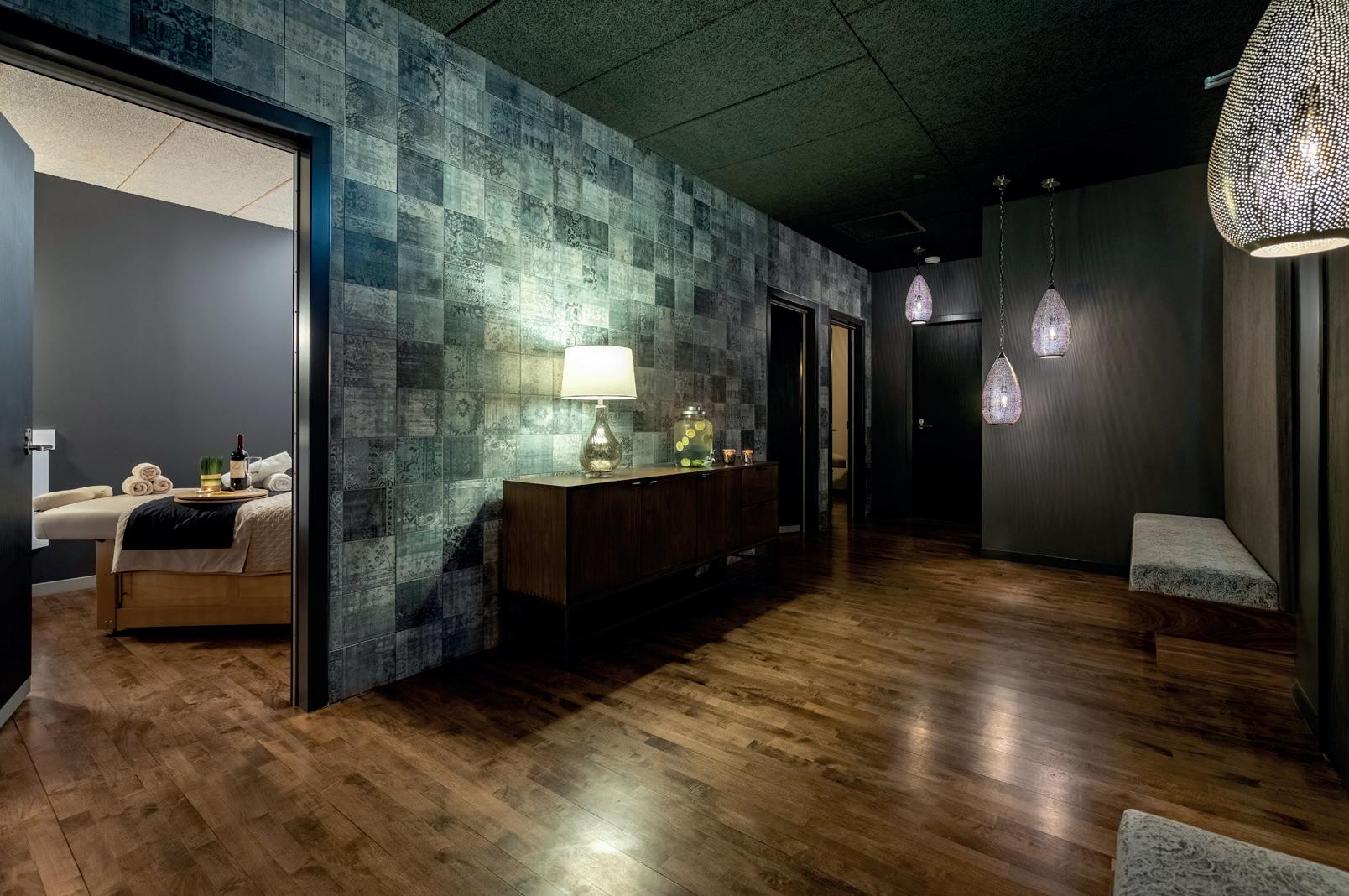

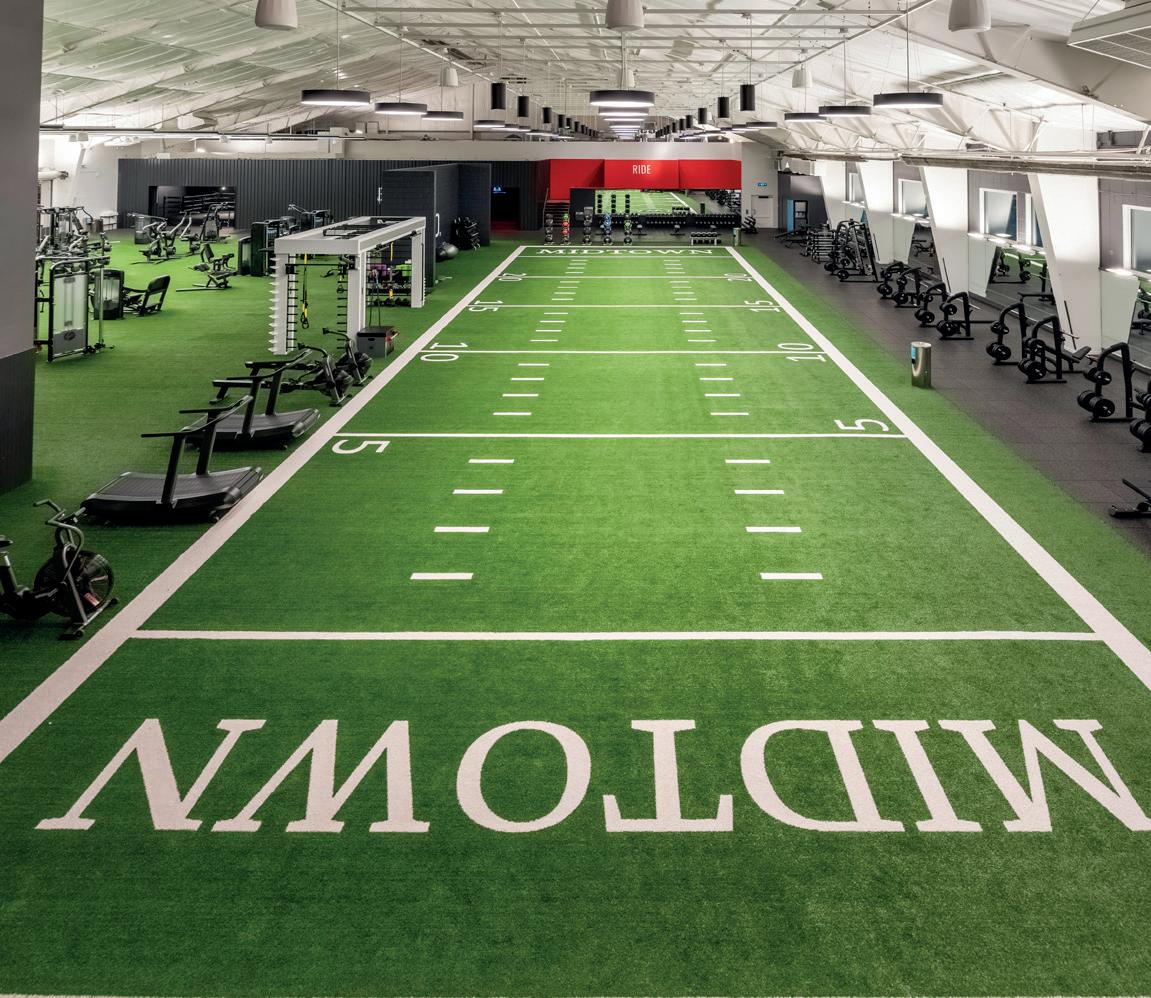
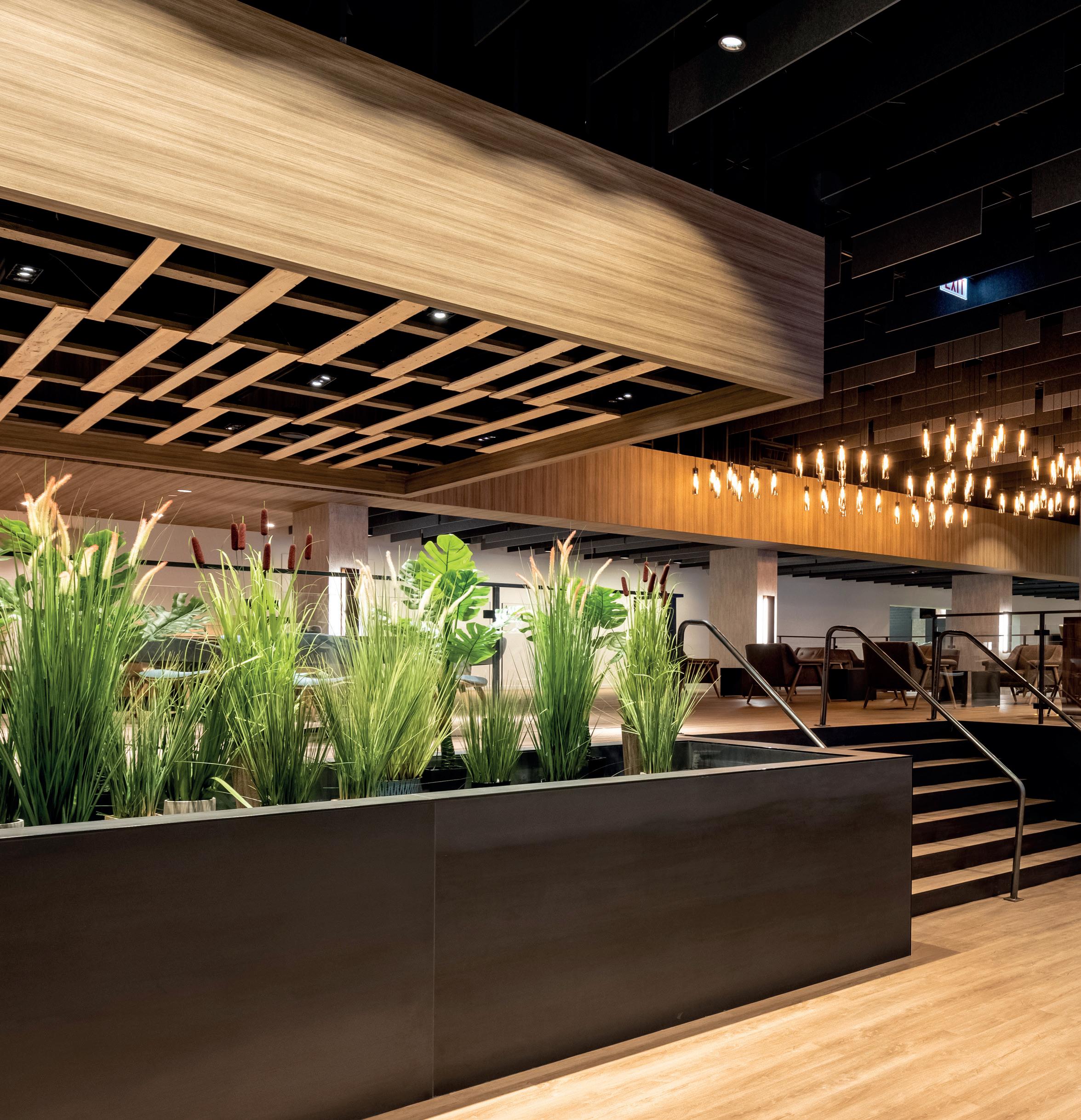
my company back, it was about thriving again. Not all the clubs are back to where they were – some are way ahead and some are still behind – but 2023 was a record year for us in terms of revenues and profits. What did I learn from all this? That you can never have too much cash! As a privately-owned, family business, having a sound balance sheet had always been one of our core principles and that paid off in spades. When we were confronted with this existential threat, we were able to zero in on some of the things we needed to do because we didn’t have the choice to do otherwise. Nothing focuses the mind more effectively than the hangman’s noose!
Finishing the final two club renovations became an all consuming priority, as did taking the company’s IT platform from the stone age to the digital age.
Sense of worth
But I was disappointed in myself when I realised how much of my sense of worth was tied up in the success of the business. I have a wonderful family: a great wife, great kids, sisters, nieces, nephews, parents. I’m blessed in that sense and this experience made me realise I hadn’t appreciated it as much as I should have done.
My father, who died recently, was there supporting me every step of the way through the crisis. There were days when some people thought it would be

better to just sell the business than reinvest, but there was no way that was happening with my dad and me. When we ran out of cash, both he and I put more money into the company. He’s a very tough act to live up to, but nothing years of therapy can’t cure!
There was a book which really helped me called The Biggest Bluff: How I learned to pay attention, take control and master the odds , by Maria Konnikova, about a psychology professor who became a professional poker player. She said to win you have to use your skill, keep your emotional control when you get a bad break and make sure you have enough chips in your stack to play the next round. I found it incredibly helpful to think in those terms.

✸ What does not kill me makes me stronger (German: Was mich nicht umbringt, macht mich stärker) is part of aphorism number 8 from the ‘Maxims and Arrows’ section of Friedrich Nietzsche’s Twilight of the Idols (1888). Midtown
I was disappointed in myself when I realised how much of my sense of worth was tied up in the success of the business
I also kept the Nietzsche quote in mind: ‘What does not kill me makes me stronger’, although my conclusion is that if I could have avoided the experience, I’d be a little bit weaker and still be okay! ●
https://www.healthclubmanagement.co.uk/health-club-management-features/Life-lessons-Steve-Schwartz/37085



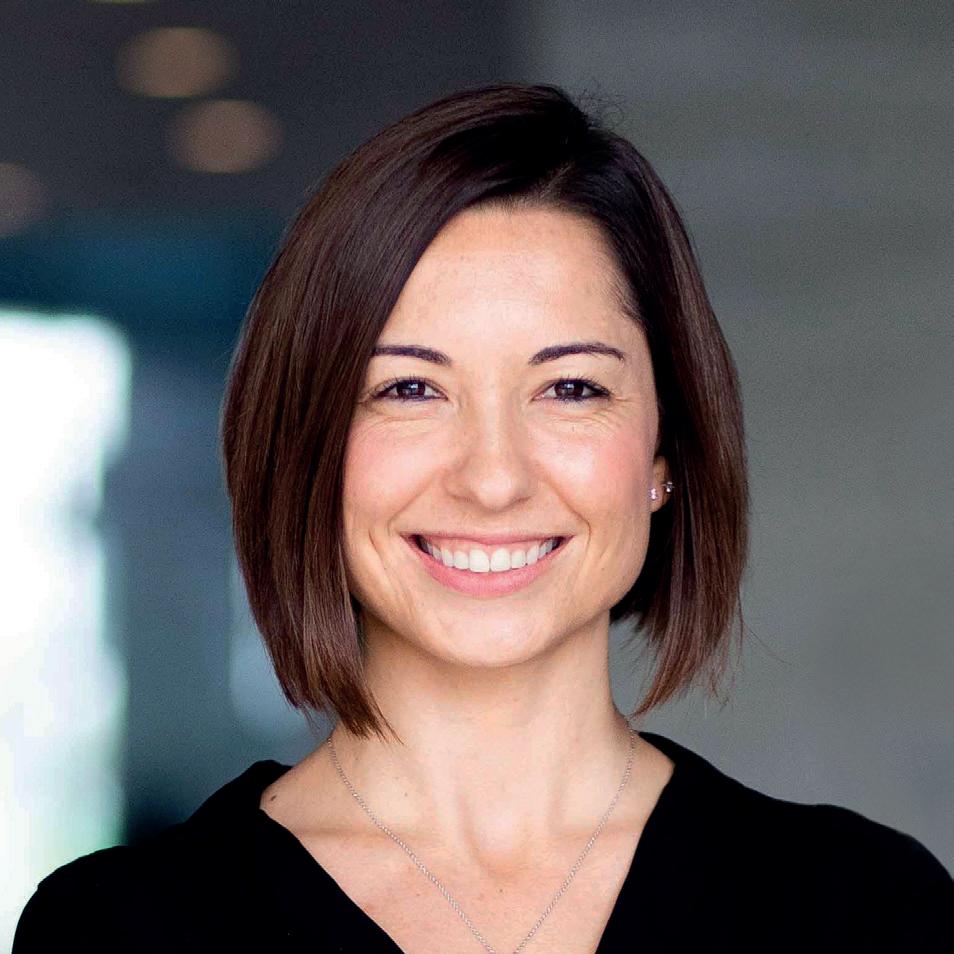
Either get on and do the job you’ve signed up for and deal with the good, the bad and the ugly, or get out of the way
Sarah Luna
Formerly president, Xponential Fitness
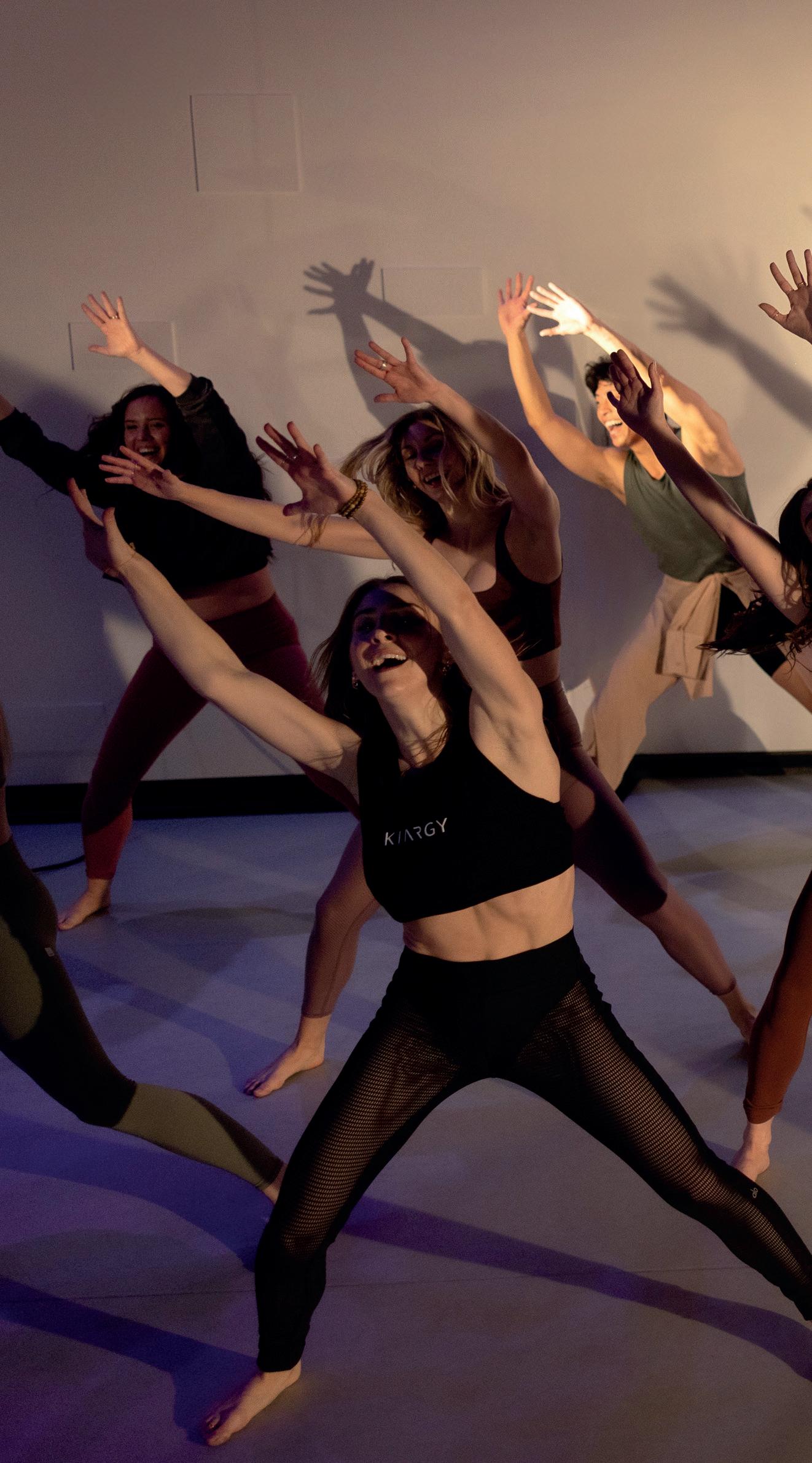
The biggest influence of my career came while I was dancing professionally in Chicago in the early 2000s and I still draw on the lessons learned from that time.
There were five professional dancers in the company and five understudies. I was one of the understudies and it was a strange time, as we were all waiting for our break, which would only come if someone else was injured or retired.
As understudies we would learn, and rehearse all the choreographies so we could jump in if needed. It was 40 hours of dancing a week and completely unpaid.
To make ends meet, I taught Pilates from 4.00pm until 10.00pm every weekday and all day on Saturdays.
Because I wanted to be a dancer so badly I pushed myself really hard and ran myself down.
One day I felt a sharp pain in my abdominals, which felt like a knife. When I told the artistic director the message was: “You don’t sit it out, the show goes on.”
Next up was a 12-minute high intensity piece and about half way in I felt an excruciating pain. The woman dancing opposite said my face went ghost white. Afterwards I found I’d ruptured a cyst and my abdominal cavity was full of fluid. I ended up taking time off to recuperate.
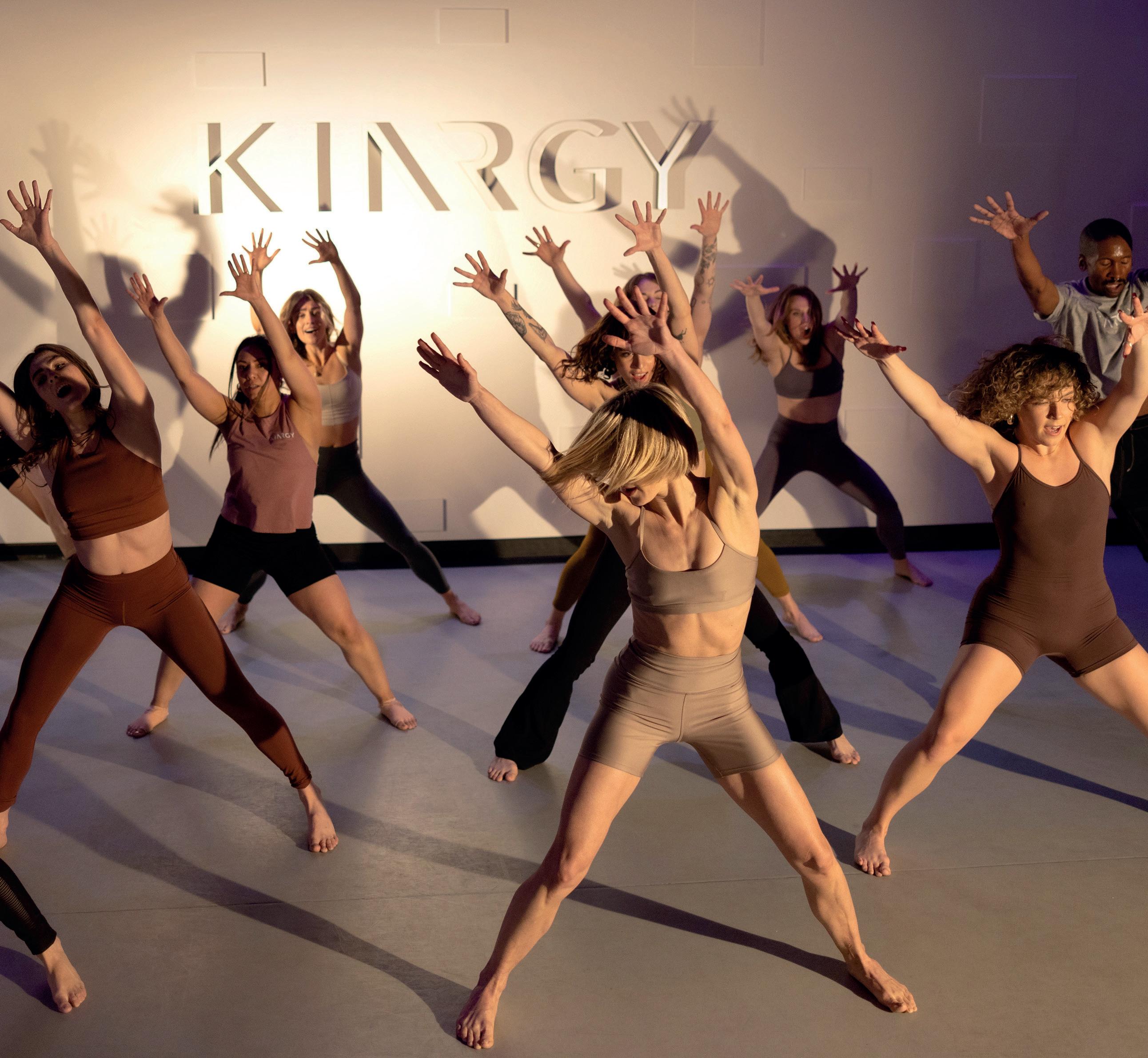
At that point it dawned on me that I had a choice. I could either get back in the fight and go again, or I could lay low or I could step away altogether… I decided there were tons of people lined up for that opportunity and although the experience had been very painful, it was also short-term and it did pass. At that point I made the choice to keep showing up and get the job done.
Ultimately that’s the life lesson I’ve taken with me for the rest of my career. When the going gets rough, I evaluate whether it’s a short-term pain and whether that short-term pain is worth continuing to be in the fight.
Our life is a series of choices. It’s common for people to say they hate their job, or a certain aspect of their life, but I subscribe to the idea that if you don’t want to do it, there are tons of people who will, so either get on and do the job you’ve signed up for and deal with the good, the bad and the ugly, or get out of the way.
This mindset gives me a sense of control when times are hard.
Appointed president of Xponential Fitness when she was only 34, Sarah Luna attributes her career success to the grit, determination and stamina she honed as a dancer by day and Pilates teacher by night. She talked to Kath Hudson about how owning her choices gave her the resilience to take on one of the top jobs in the US fitness industry, while also raising a family

I’ve got two young daughters and one is in the middle of teething and the other one hasn’t been sleeping, so I’ve been getting by on two to three hours of sleep each night.
At the same time there have been challenges at work. It’s been very stressful on a lot of different fronts. There have certainly been a couple of times when I’ve felt defeated, that everyone wants a piece of me and I don’t know how I can be successful.
But then I give myself a talk. I remind myself that I wanted my daughters and I love them to death. So even though it’s painful that they want to play and eat bananas and learn to walk in the middle of the night, I wouldn’t trade those moments for anything. I made the choice, I wanted to have children and sleepless nights are part of that deal. On the work side, periods of intensity come with being a public company, you just have to work through it.
What I learned from that dance company experience allows me to take a breath and tell myself that I recognise this low place, I recognise this exhaustion and this feeling of defeat and I also know how to get myself out of it.
Lesson two from that experience was that it taught me how to manage my health better, be more in tune with when I need to slow down and when I can accelerate, rather than always being pegged at the high end of the range. You can’t
constantly operate at high velocity and expect your body to keep up. I’ve certainly had to learn how to throttle energy and mental capacity. Although my husband says I like to keep it at 100 per cent!
The experience also gave me the confidence to say yes to opportunities. My break came, in 2015, while I was working as a Pilates instructor at Equinox. Former Xponential CEO, Anthony Geisler, came to one of my classes because he was planning to buy Club Pilates. I had an MBA and knew how to sell Pilates so he offered me the job of national sales director of Club Pilates.
After a couple of years, I became senior VP of operations for the brand, before becoming president of Pure Barre and then president of Xponential in 2021. I just kept showing up every day and getting more responsibility and then walking through the doors as they opened. I’ve had a non-traditional career path, but it’s been exciting and enjoyable. ● ● Sarah Luna stood down as president of Xponential Fitness in 2024


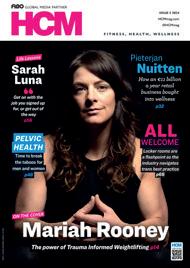









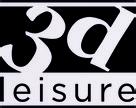
























The rejections were a small part of my career, but taught me resilience and accountability
Neil Randall
CEO, Urban Gym Group
Disappointment about being passed over for promotion gave Neil Randall, the resilience he needed to climb the ranks. He talks to Kath Hudson about the challenges he faced early in his career and the skills he learned from them
Ijoined a high-end health club business straight from university and did well in PT and duty management. I was doing a lot of fix-up projects: going into clubs that weren’t performing in PT and turning them around. However, it was the regional fitness manager roles that everyone wanted and when one came up I thought I would be a front runner, however, I didn’t get the job. Not only that, I didn’t get much feedback and felt the person appointed wasn’t performing as well as me. I carried on doing my thing and before long another role came up. I thought I stood a good chance, but the same thing happened again. Being a sportsperson I was equipped to deal with failure – I play cricket where it only takes one bad shot to be out – but I was left thinking why isn’t this happening for me? I always give everything I have – sometimes to my own detriment, as I make sacrifices in my personal life that I probably
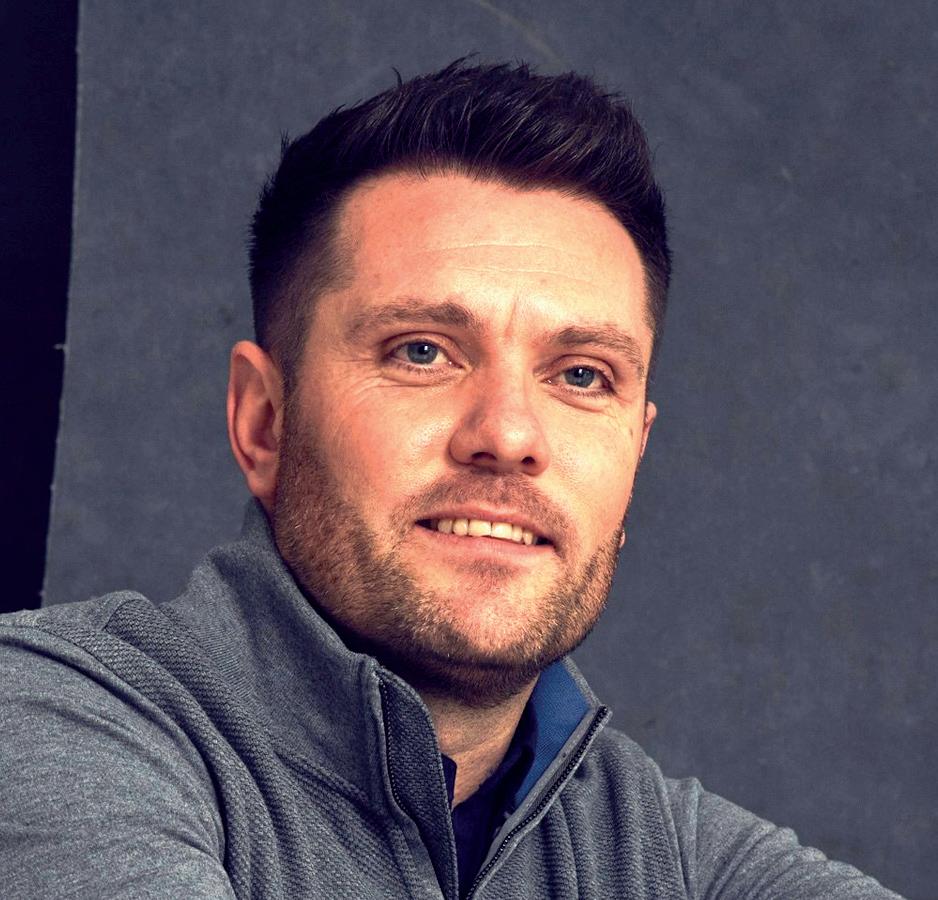
shouldn’t – so when I felt I wasn’t getting anywhere it was hard to take. It felt as though I wasn’t getting noticed and I wondered if that would ever change.
At that point I had two options. I could get frustrated about the company not valuing me and walk away, or keep my head down and carry on doing what I was doing. I did the latter because I enjoyed the job. While it was difficult walking into regional meetings with everyone knowing I had been unsuccessful twice, I decided that to be a strong leader of others, you have to be a leader of yourself first, so put myself in that headspace and hoped it sent a strong message.
Shortly after I was invited to go on a leadership course, which was very intense. We were given the coordinates for a location and everyone had to follow a slightly different brief to get there. Then we were taken to Cheddar Gorge for potholing, before going to a Mountain Rescue Centre. For three days we were put through our paces and even woken in the middle of the night to be given tasks.
As a group, we made a bad job of one particular task and I was the only person to take responsibility. I encouraged the others to look at the learnings and what we could do differently with hindsight. Later on, I was pulled aside by the instructor and told they’d hadn’t seen anyone with that level of emotional intelligence and awareness before.
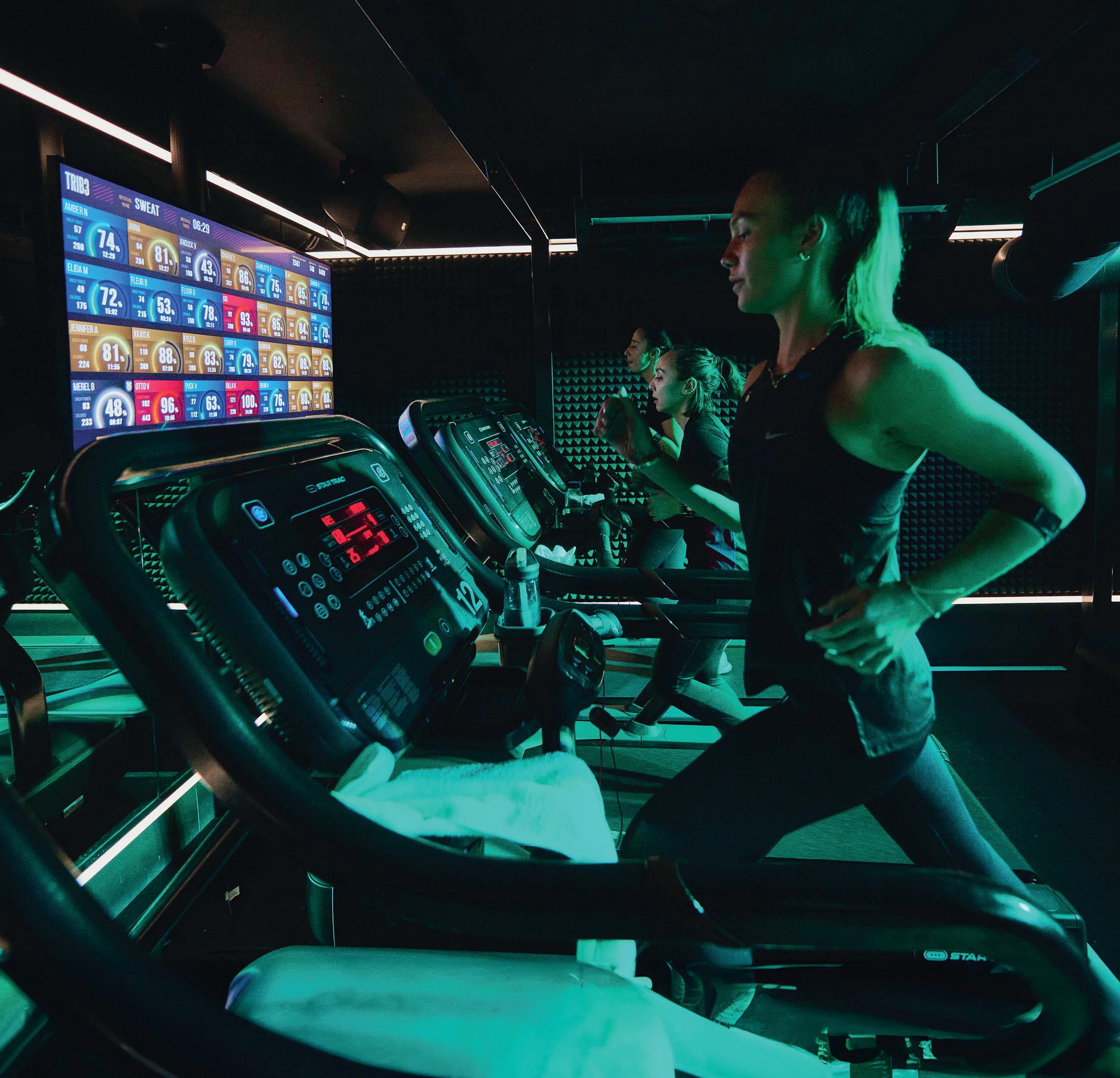
Two weeks later, I was given my first club and that was the start of my GM and senior leadership career, having bypassed the regional manager stage.
When I look back, I consider those as the defining points of my career and use the lessons a lot. The rejections were a small part of my overall career, but taught me resilience and accountability. In leadership you don’t always have things your own way. In business, as in sport, you can’t blame other people for your own performance. You have to be accountable. It’s better to speak up in a group and say “we could have done better here.”
Now we have these conversations in my boardrooms and executive rooms. I make it clear to all the members of my team that if something didn’t go according to plan that’s okay, but whatever we decide on in the room, we align on when we walk out. I try to manage all my stakeholders in that manner.
Learning accountability has been really useful in my role as CEO, because you end up being accountable for everything that happens in the company. If you are very openly accountable you get to the core of the problem quicker. I have every confidence in my business that people will tell me what’s going on because they know they’re not going to get pulled apart.
You have to give people that safe space to be open and honest without it resulting in pain. You
can ask challenging questions, such as “what have you learned from this process?” and “do you need any help now from me in turning this around, or are you just informing me?” So you can get to the core of the problem more quickly and agree on a course of action. It’s not positive syndrome, it’s about keeping people with you and empowering them to make their own informed decisions. ●



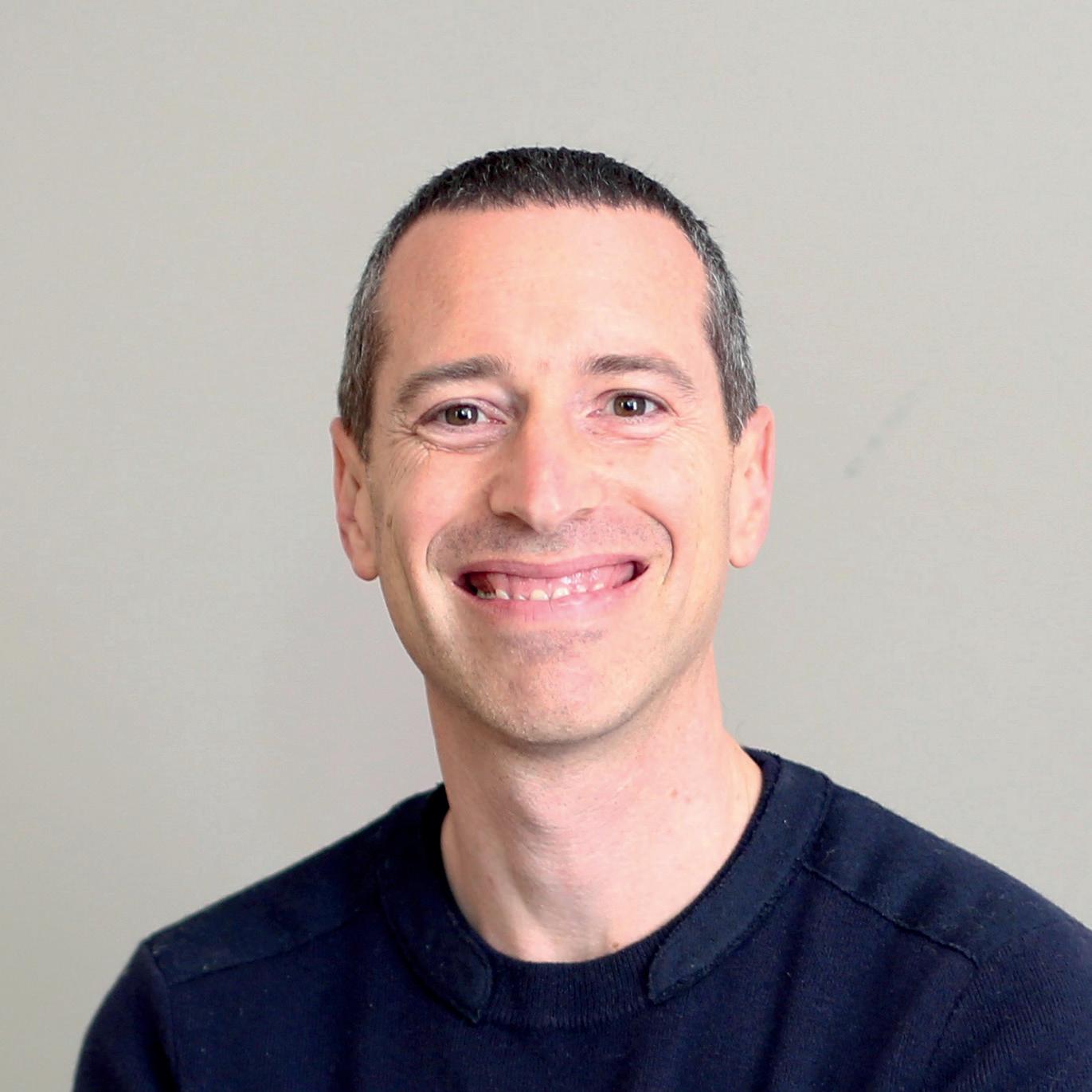
Jonathan
Fisher CEO, Holmes Place
My body was telling me that if I continued to do what I was doing the way I was doing it, I’d be dead within 10 years

A health challenge in his 20s led the chair of TRIB3 and CEO of Holmes Place Brands to seek a different way of living. He talks to Kath Hudson about how cultivating inner happiness has given him a new level of resilience
In your career one of the worst challenges you can face is ill health, because it reduces or even destroys your ability to perform. This was the experience I had when I was 25 and as a result I learned the most important lesson of my life, which I’ve been implementing ever since. I’d been asked to turn around a failing business in sports fashion and having achieved profitability, was at the point where I was going to raise capital to bring it to the high street, when I started getting a disturbing pain in my heart. It came out of nowhere
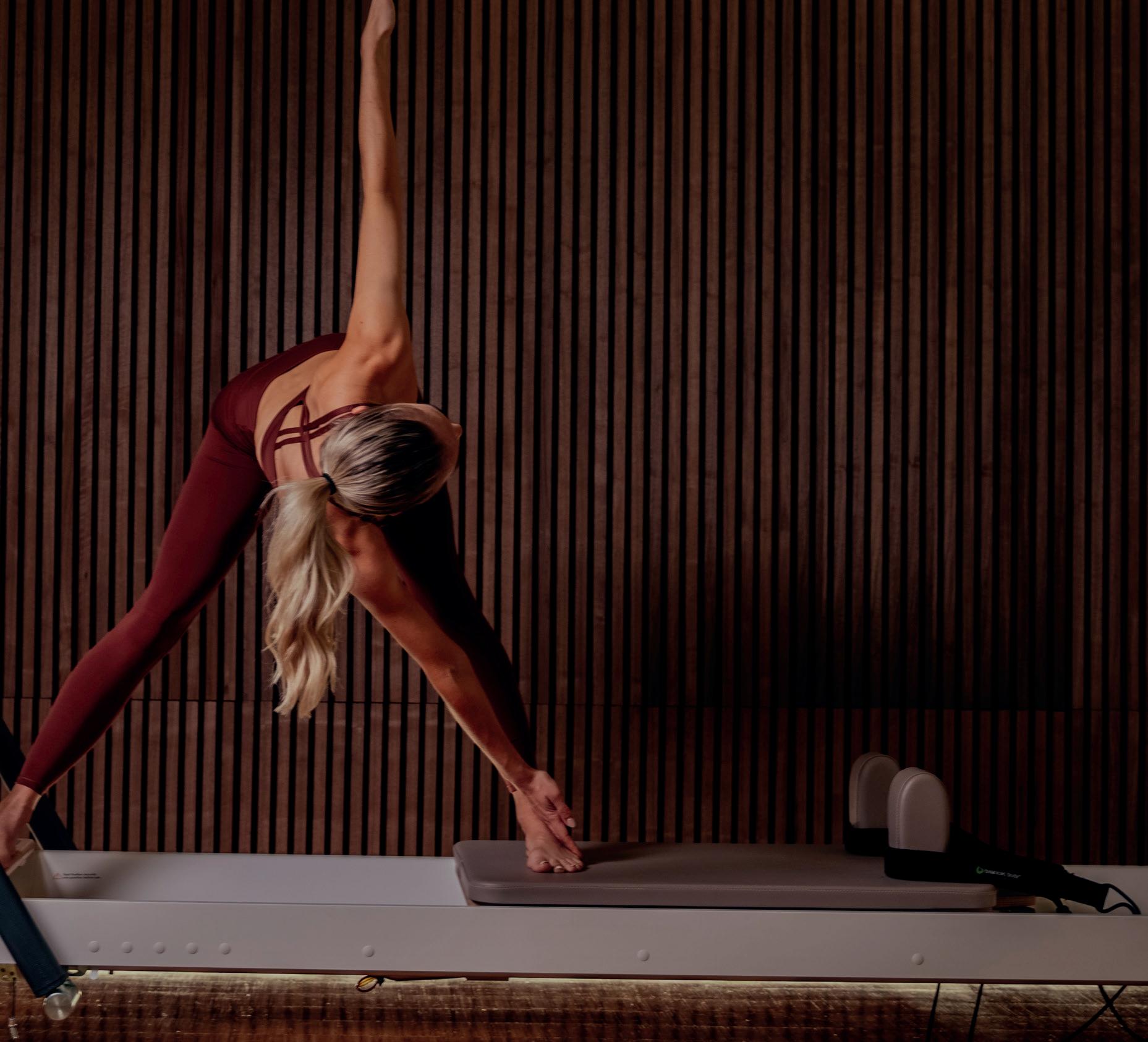
and lasted for months and not when it was under strain, but at odd times, like the middle of the night.
There was something inside me that didn’t want to seek medical advice, feeling that I would get led down a medical pathway and end up with some drastic intervention, such as heart surgery. Instead, I took some time out to assess on a diving trip.
Out at sea I had an epiphany and realised my body was telling me that if I continued to do what I was doing, the way I was doing it, I’d be dead within 10 years. It’s hard to articulate, but it was a really clear understanding. It felt as though I was accelerating into a brick wall.
I made the decision to radically reorientate: sold the business, ended the lease on my apartment, ended the relationship I was in and went travelling to reassess the way I was living and look for people who could guide me on how to approach life differently.
To cut a long story short, over a period of several years I was essentially a student of philosophy and
studied with a variety of people who eventually led me to establish a lifelong connection with a meditation teacher in South India – Dr Shankaranarayana Jois, a Sanskrit Professor at the Mysore Sanskrit College – who opened the door to an understanding that I have continued to work on for the intervening 25 years. The heartache went away over the course of a couple of years and I never looked back.
I realised that I’d been ambitiously and energetically looking to achieve a sense of happiness and fulfilment externally, from my activities and achievements. However, when happiness and fulfilment are cultivated internally it gives tremendous resilience that in turn makes challenges seem smaller. Conversely, when you’re reliant on happiness and fulfilment coming from external factors the joy is always transient, frequently followed by an anticlimax. If you’re able to reduce the activity of your mind, through meditation, then you’ll increasingly

My defi nition of success is having an increasing sense of of contentment, but it isn’t measured by achievements in the way it was when I was a young man
■ Chair of boutique fitness HIIT concept, TRIB3 as well as recentlylaunched sister brand, PILAT3S.

■ CEO of Holmes Place – launched by his father, Allan Fisher, some 40 years ago and Holmes Place Brands.
■ Investor and Advisory Board Member of Corneat Vision – a medical device company that is pioneering its patented tissue-integrating technology to provide a scalable solution to corneal blindness.
experience this inner happiness. It will start with you feeling a slight sense of peacefulness and expand into something quite extraordinary. My experience has been that tapping into inner happiness is superior to any other external experience.
I learned that what I’d been doing wasn’t essentially wrong, it was how I was doing it that was causing pain, so when I set about rebuilding my external life, I did it from a different perspective, making sure that my fulfilment and happiness weren’t reliant on it.
Those learnings – which I continue to cultivate by meditating every morning and evening – have honed my ability to deal with every challenging opportunity that has come along since.
They’ve also fed into my successes, although my definition of success is having an increasing sense
of contentment – it isn’t measured by external achievements in the way it was when I was a young man.
Patience and confidence
In 2020, the day everything got shut down, I said to my father [Holmes Place founder, Allan Fisher] that it was 50/50 whether we would survive the pandemic. It was concerning, because we’d spent decades building the business, yet I knew I’d be absolutely fine either way.
The prospect of losing it all did make me feel a little hot under the skin, but my deeper understanding and conviction was that it wasn’t a problem. It wouldn’t be able to threaten the thing that’s most important to me, which is continuing to be able to develop contentment and fulfilment in the way I live my life.
As a result, I was able to work in a very conscientious, determined, resourceful and
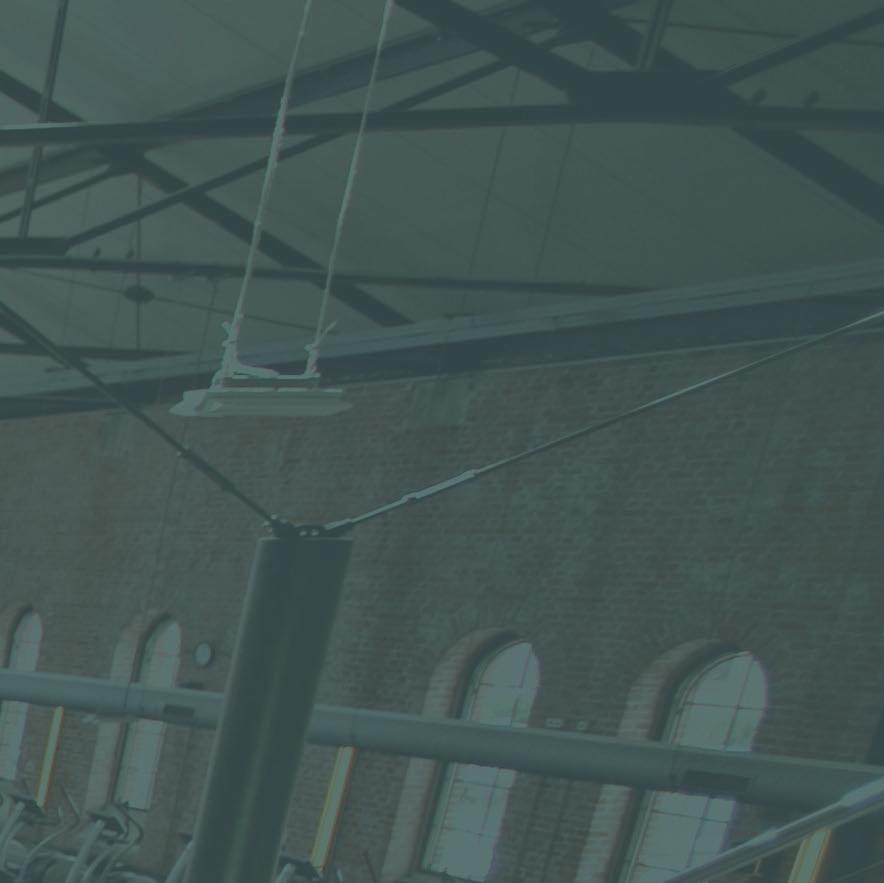

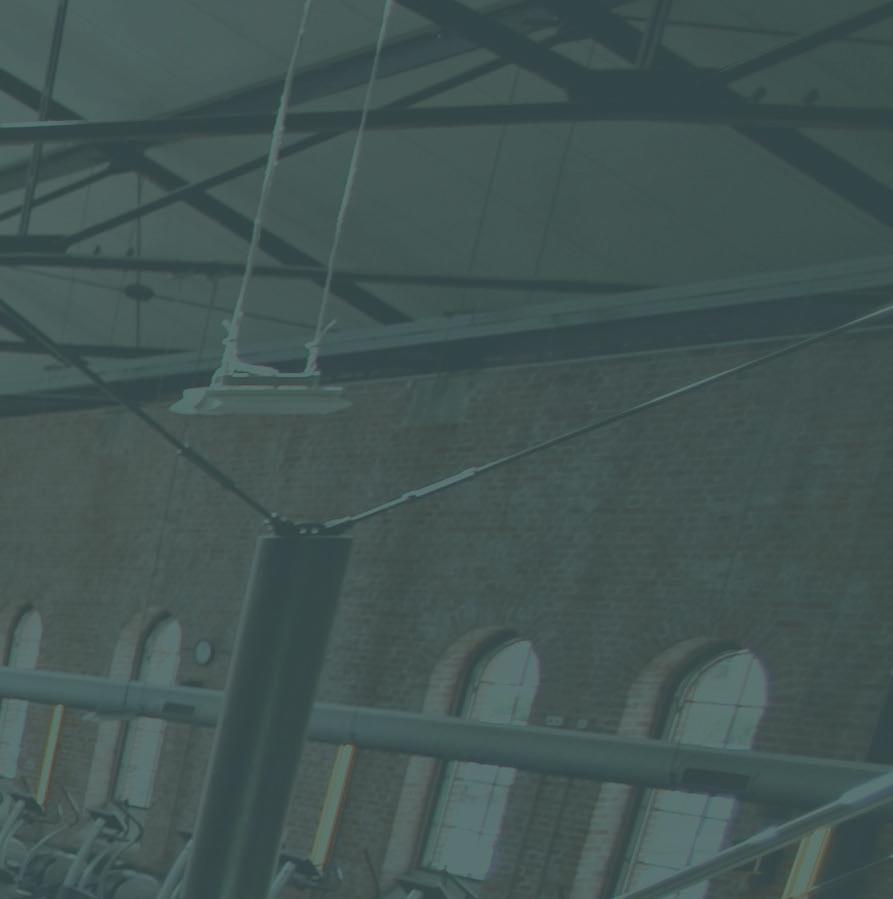

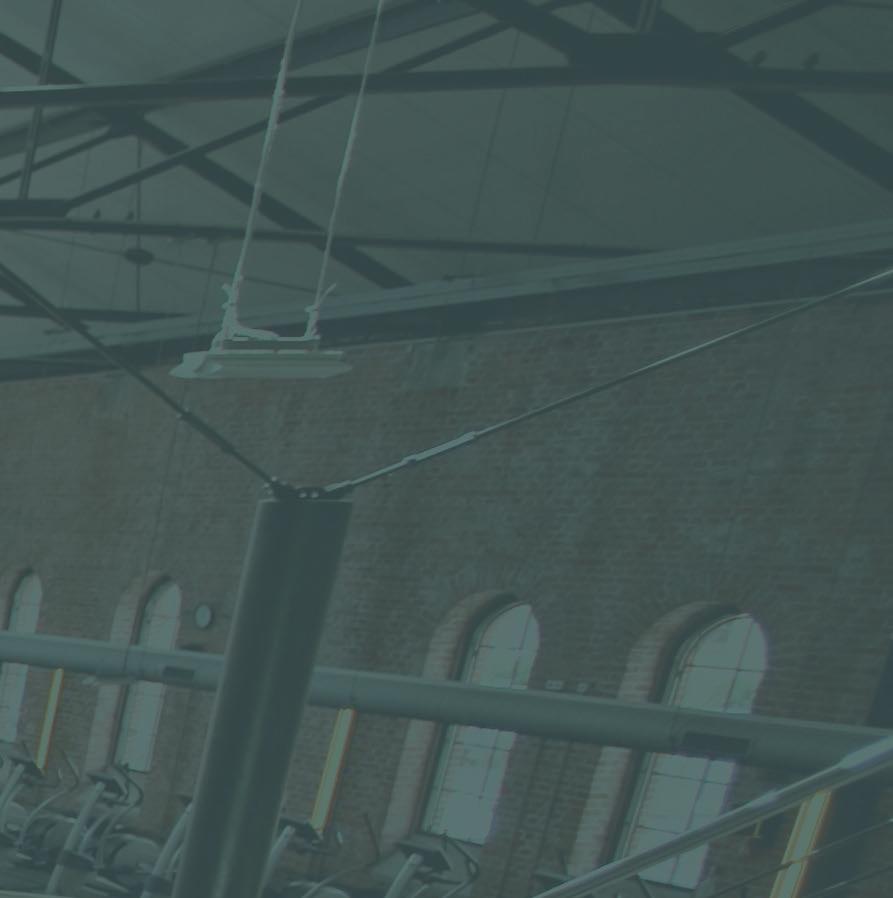
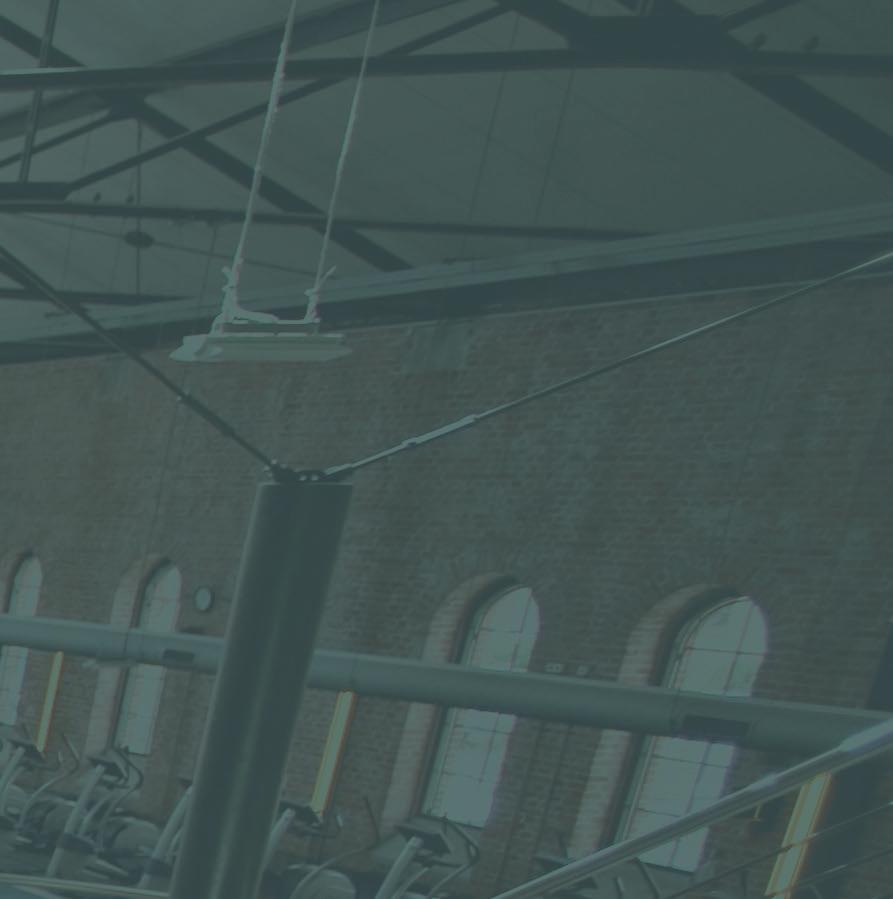


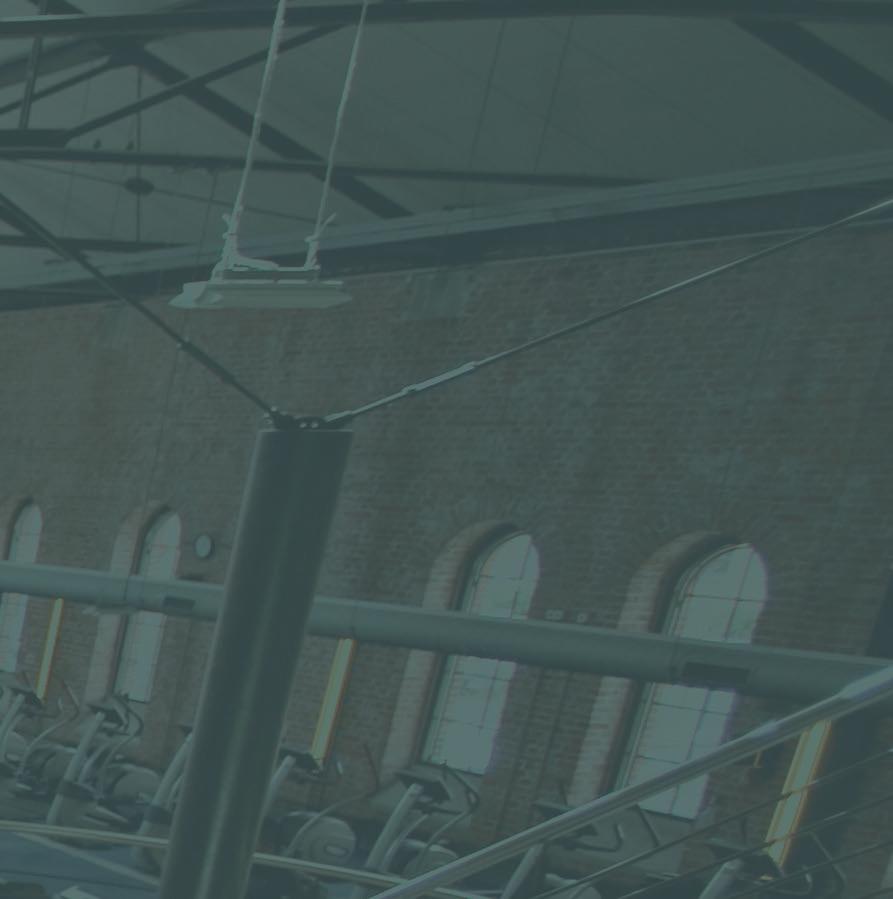

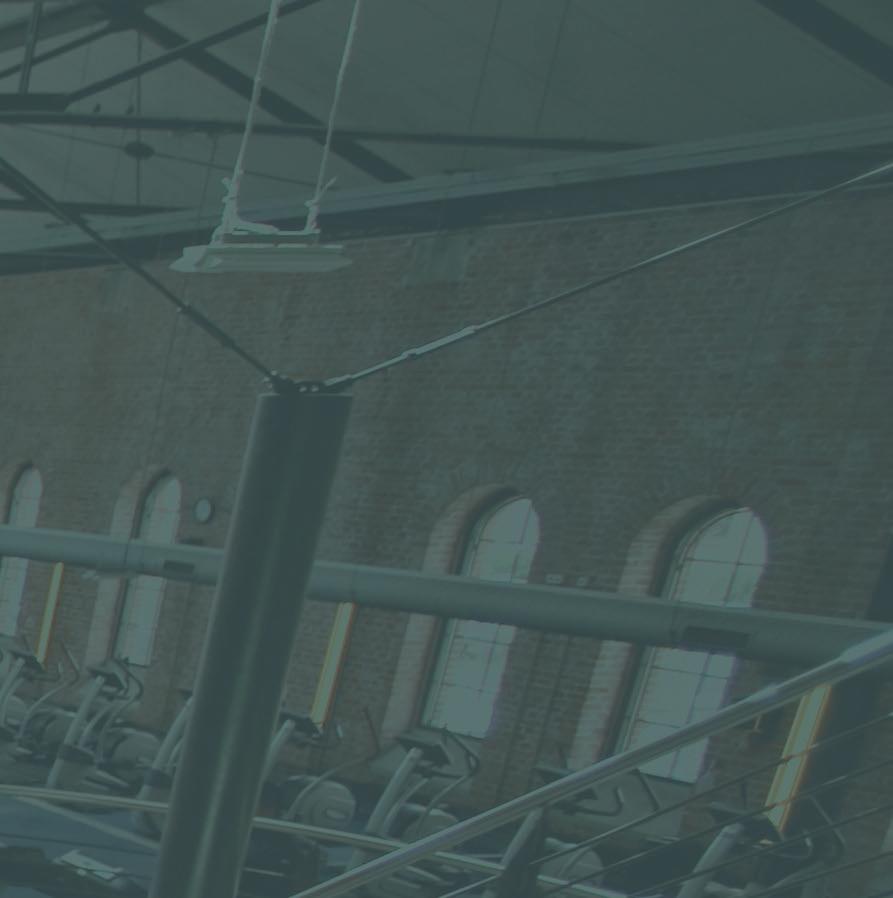

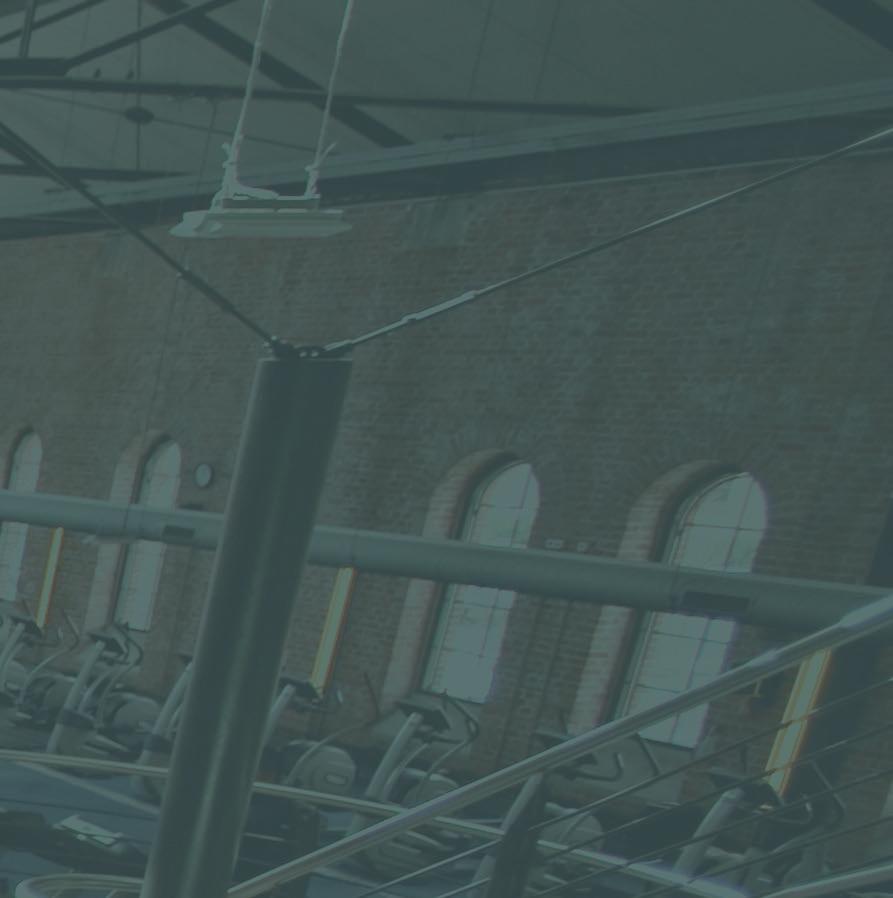


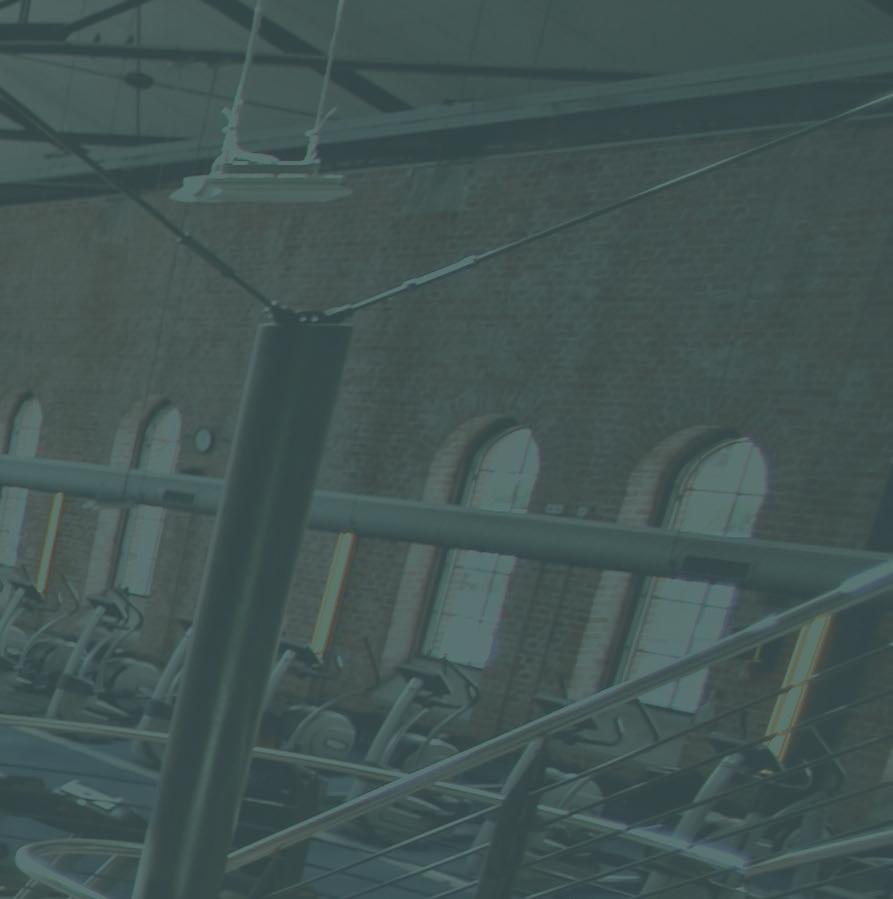






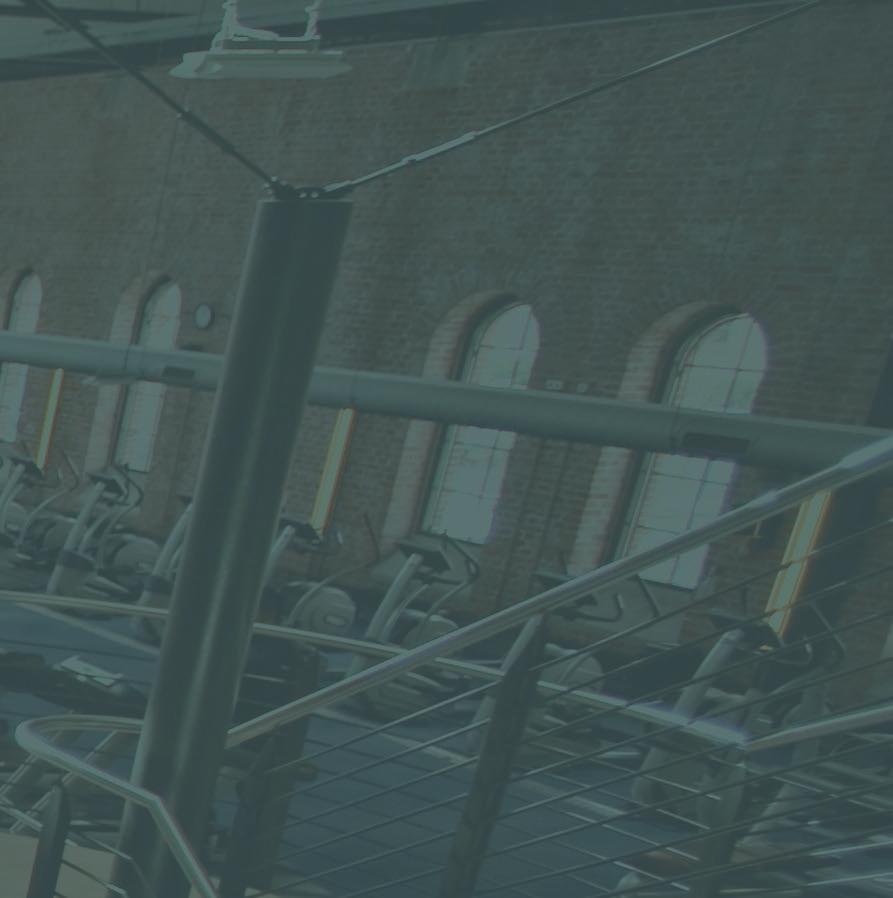
























































https://www.healthclubmanagement.co.uk/health-club-management-features/Life-lessons-Jonathan-Fisher/37403


creative way, without panic, in order to navigate the challenges that sprung up as a result of the pandemic. My resilience and resourcefulness were hugely increased by not being dependent on the outcome for my happiness and as a result, I was a free agent to navigate the course, which continued way beyond the lockdowns.



If I could give my younger self some advice I would say be patient and have confidence in what you’re doing. Those two qualities support each other: the more confident you are the more patient you can be and the more patient you become the more confidence will develop. ●











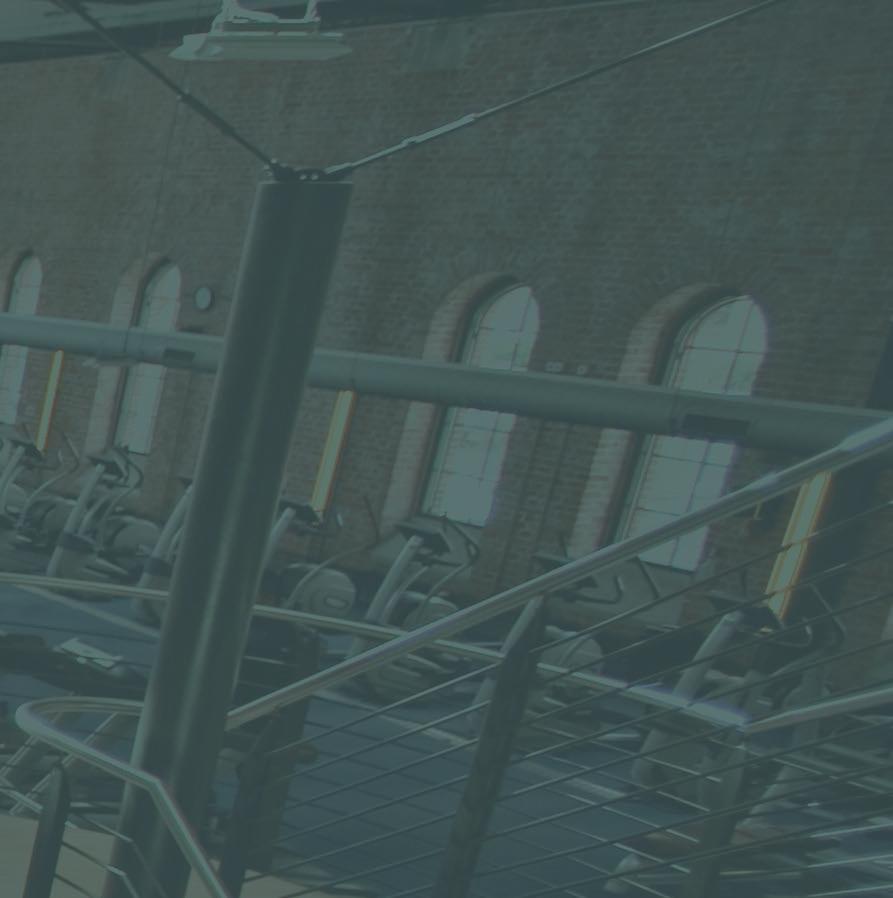







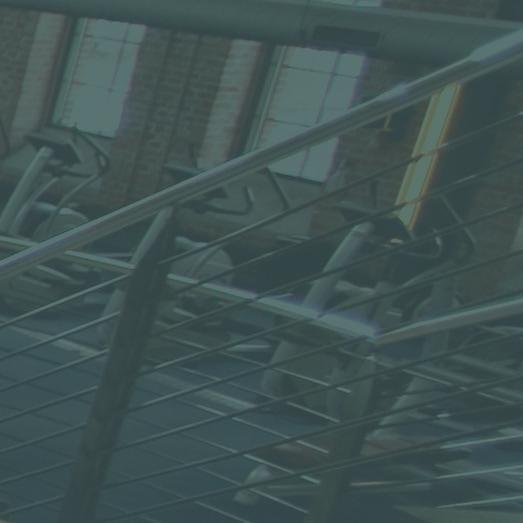



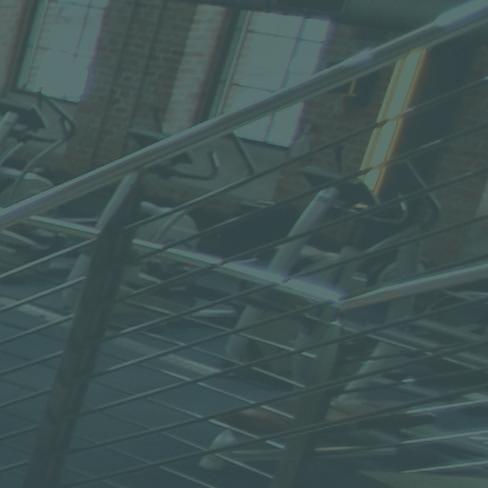

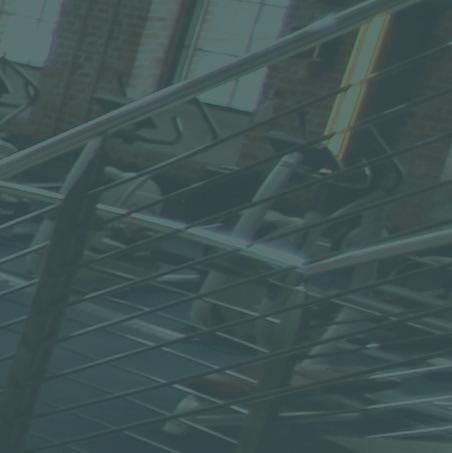
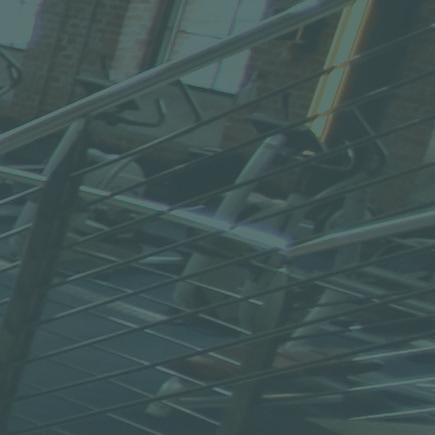
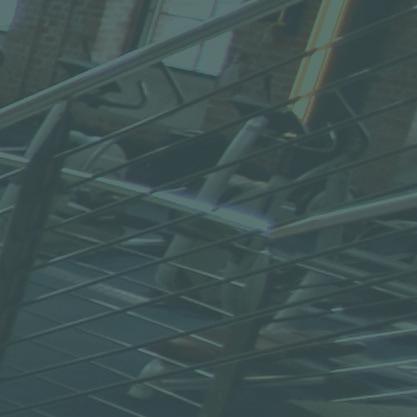

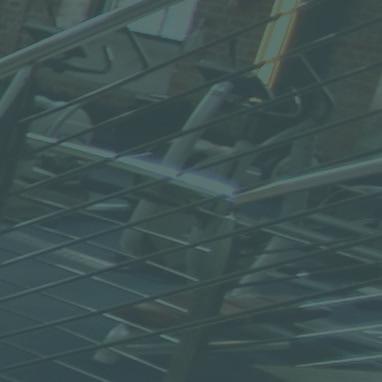

























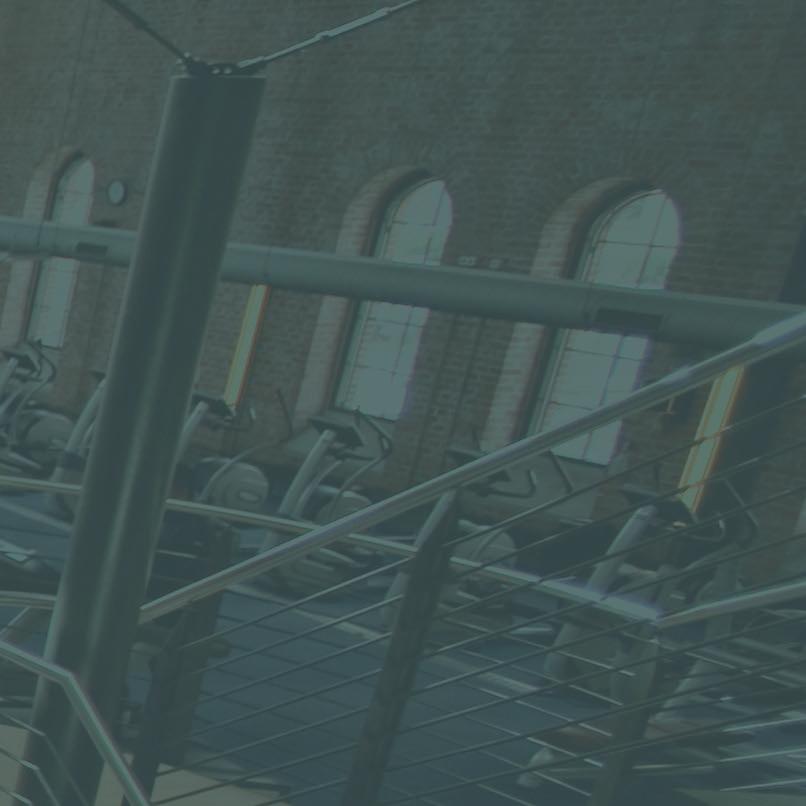
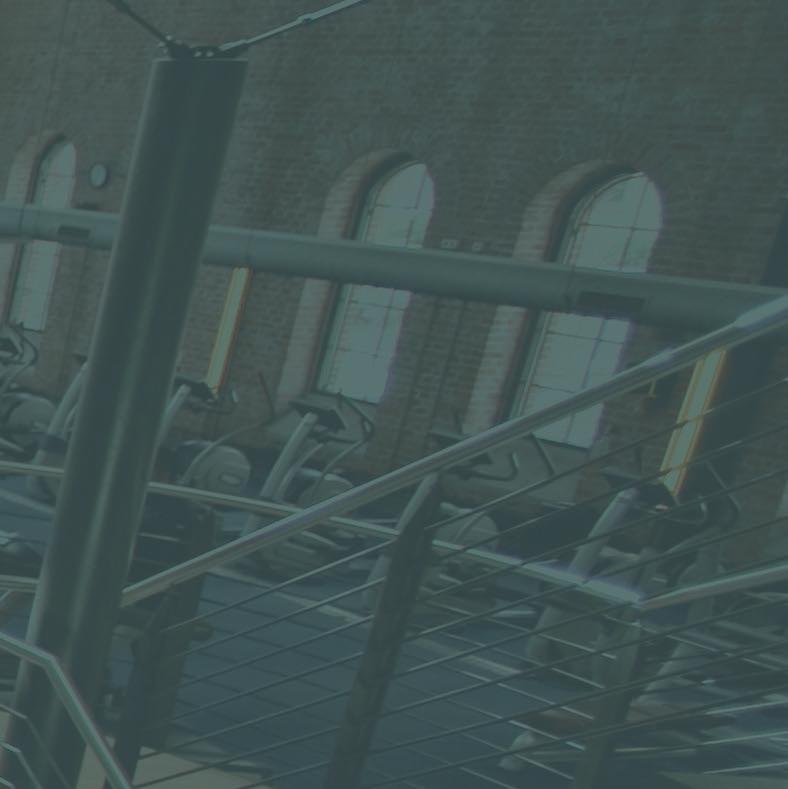
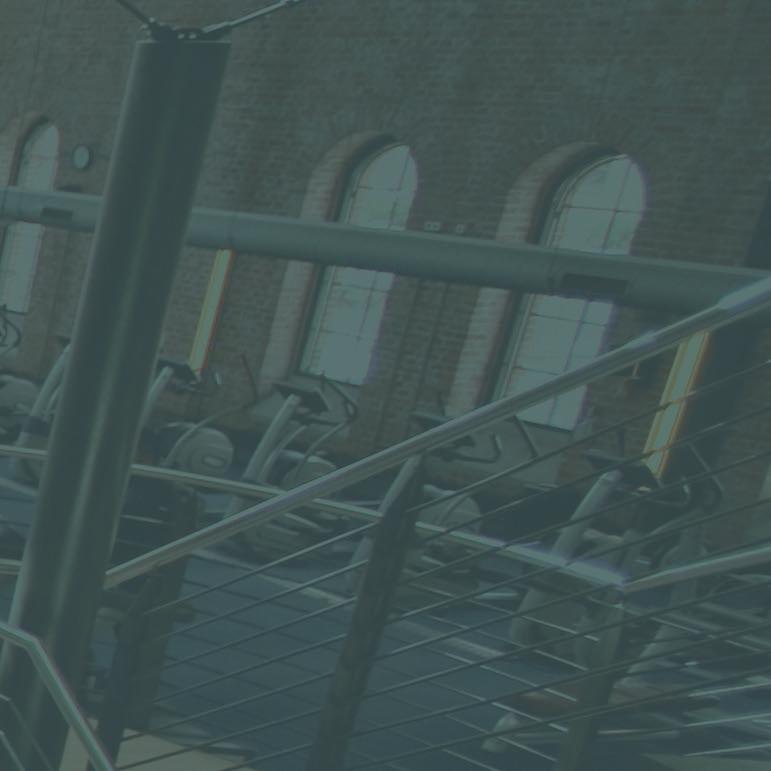

















I thought it was going to be a walk in the park, but it almost broke me
Ty Menzies
CEO, Lift Brands
The global CEO of Lift Brands talks about the challenge of taking on a rundown club with a bad reputation and the long slog of turning it around
One of the biggest challenges of my career was when I was in my mid-twenties and took over a run-down independent club, believing I could turn it around quickly.
Already running three clubs, I thought it was going to be a walk in the park, but it almost broke me. I was expecting to break even at around three months, but it took 15 to 18 months and cost as much as opening a greenfield site from scratch.
I came from a boutique background – already owning three franchises for Australian brand EFM – so when I took over the independent club I maintained a price point which was about 20 to 30 per cent higher than other local gyms. I’d made some improvements and believed it was the best gym in the area and worth the price, but I’d underestimated the fact that the club had been run down by the previous owner and had a bad reputation.
I’d given myself a problem – dropping the price would have annoyed members who were paying the higher price and I believed that once the club broke even it would be a high-yielding business. So I decided to stick it out. It took a very long time to break even and was a massive drain on my other three clubs.




































































The gym had just under 300 members when I took over and the break-even point was about 600. I rebranded as The Urban Fitness Club and made improvements, but initially didn’t market them well so the club’s former reputation lingered on. However, the gym was making slow net gains of 15 to 20 members each month, so I pushed on thinking that once I got past break-even, every new member would be more valuable than if I dropped to a lower price point.
The turning point came when taking the club 24/7. It was a gamble, as it represented further investment of around AUS$40,000 for the access system.
As the club was still loss-making I wasn't sure if it was the right thing to do, however I doubled-down on the efforts to communicate our improvements to the community. I launched significant guerilla marketing tactics and got out into the community to build relationships with other local business owners, sponsoring local sporting clubs and being a part of the community outside of the gym. In the summer we would go to the local train station with branded bottles of water for people coming off the trains.
Because the location had been tainted for many years, I had to work hard for people to trust the new ownership and changes that had been made.


I put a lot of focus on our online reviews, spending a huge amount of time trying to change our profile and build the brand’s presence digitally.



“Focus on what you can control” says Menzies
Because the location had been tainted for many years, I had to work hard for people to trust the new ownership
Although it was a lot more work than I had anticipated, from that point I started attracting 30 to 40 new members a month and hit break-even in another four months.
Don’t jump in too fast
The experience has helped me in thinking through the decisions and investments that I've made since, both as an entrepreneur and with Lift Brands, where I've got investors and a corporate entity to look after. I learned you've got to spend ample time on the planning phase and not just jump in. Take your time, understand all the different scenarios that could happen, model those scenarios out and spend some time going through financial analysis to understand the worst case scenarios, not just the best case. Even with good planning there will be challenges and things you didn't foresee. Ultimately, it doesn't matter how much experience you've got, there are always things that will pop up and you've just got to deal with them – that's business. There are always things outside our control that are bigger than us, however, if you focus on what you can control, typically things will go in the right direction. Sometimes you just have to be patient as well. Don't change the strategy too early. If you truly believe in it and are seeing some movement in the right direction, stick it out.
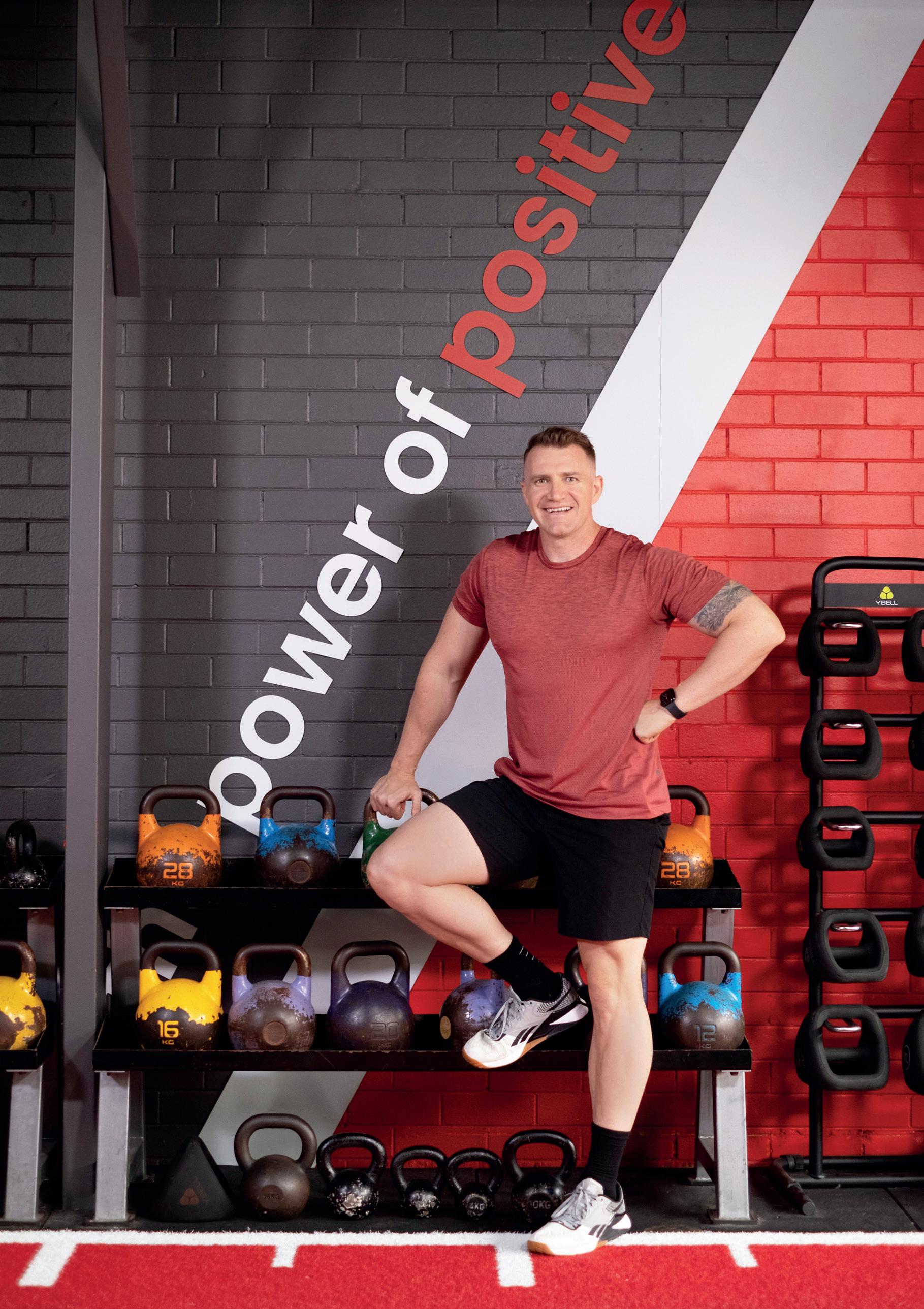
Finally, the critical learning for me was to make sure you have enough cash in reserve to get you through if things don’t go according to plan. This situation was hard, but fortunately I was saved by the cashflow from our other clubs and some additional cash reserves I’d built up. ●
https://www.healthclubmanagement.co.uk/health-club-management-features/Life-lessons-Ty-Menzies/37424



Representing the next generation of hosted buyer events, designed to bring together like-minded leaders in the club and fitness industry through scheduled meetings, interactive education sessions, and purpose-driven networking experiences.


Connecting suppliers with buyers representing North America.
September 21-24 • Four Seasons Hotel Westlake Village, California
Nestled in the Santa Monica Mountains, Four Seasons Westlake Village offers a serene luxury five-star retreat with a world-class spa, gourmet dining, and beautiful gardens, perfect for both leisure and business.
Connecting suppliers with buyers representing Europe and The Middle East.
October 14-17 • Higuerón Hotel Malaga, Spain
Higuerón Hotel Curio Collection by Hilton is a five-star luxury hotel on the Costa del Sol, offering stunning Mediterranean views and a blend of contemporary design with local culture. Contact Our Team Today!
info@weworkwellevents.com www.weworkwellevents.com
It feels like the one that got away and in hindsight I should have found a way to make it work
Marc Diaper
Formerly CEO, Gymbox
I’ve been lucky enough not to have had too much adversity in my career – other than dealing with the obvious challenges of COVID 19 – but my biggest life lesson is around the regret of not continuing with a business I’d already got off the ground. In 2007 I had an idea for an online aggregator. This was before ClassPass, Hussle (previously PayAsUGym) and GymPass [now Wellhub] came along and I invested a lot of money and thousands of hours into the business idea, PickAGym. It was a cross between Google for gyms and a comparison website, with the ability to book and pay for day passes and classes.
I launched it at Leisure Industry Week in 2009 and had recruited someone in business development to on-board gyms. We already had a few thousand operators, so it was up and running. However, we quickly realised that it didn’t matter how good the website was, the online space was the key to its success and it needed a serious amount of money invested in order to make sure it gained traction. Until that point it had been funded by my consultancy business, but it needed further
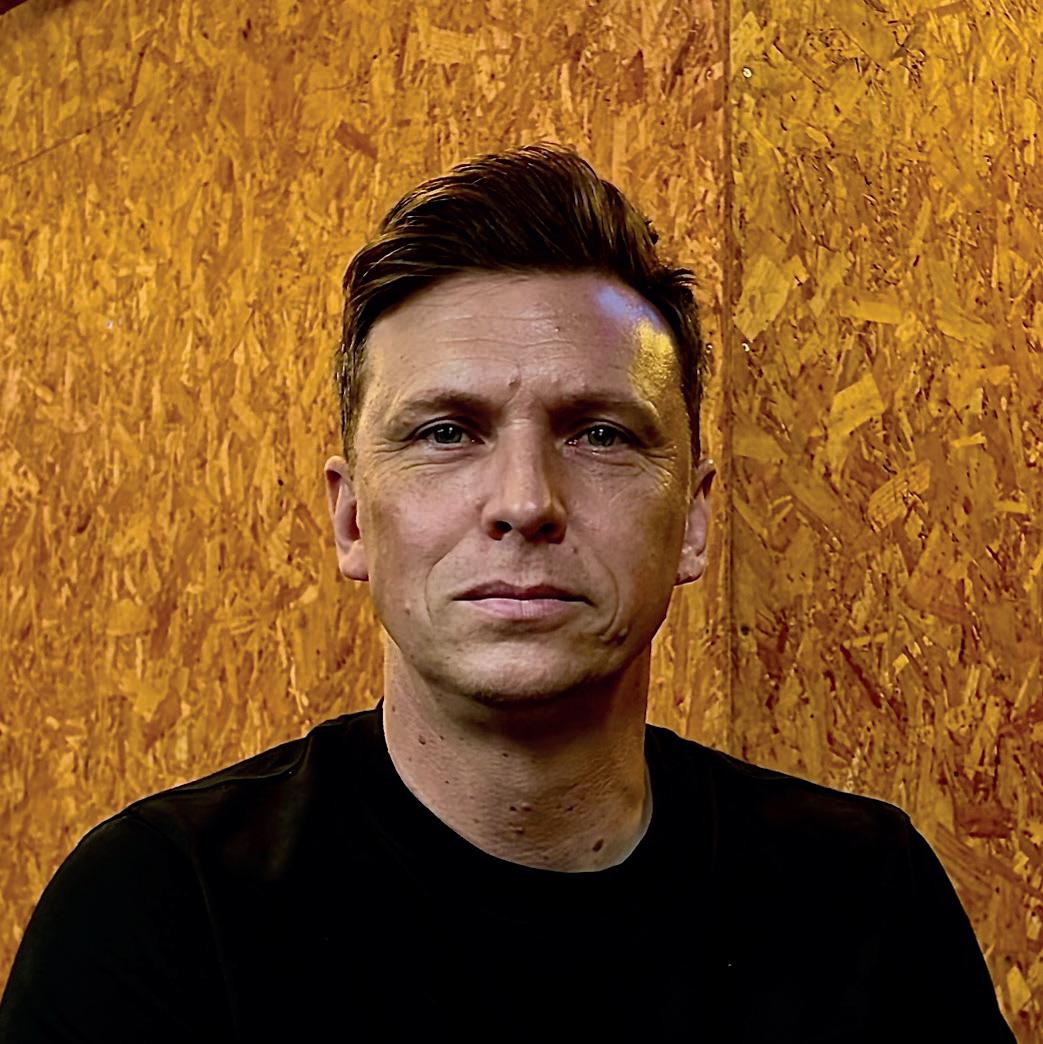
investment. I managed to secure an initial £250,000 and this is where the life lesson comes in. The investor wanted me to be full time if he was going to invest, which meant closing down my consultancy to make it my only focus. It felt like I was faced with the choice of having to go all-in, or leave it.
At the same time, Gymbox, which was one of my consultancy clients, offered me the chance to come on board with equity. My dream had always been to own my own gym and this was a great offer from a brand I was a fan of. It was a good proposition and I saw a lot of growth potential. I also had a young family, so weighing it up I could go all in on a startup, which could have £250,000 backing, but would need follow-on funding, or I could have the security of a good job with great progression opportunity. I felt like PickAGym wasn’t far enough developed for me to change tack and so I parked the business.

If I had my time again I would have found a way to make PickAGym work alongside Gymbox. I could have taken the Gymbox job and continued to pursue alternative investment, because I was really passionate about the offering, I had managed to get it off the ground, I’d invested a lot of time and money in it, it was a great platform, it was gaining traction and had onboarded gyms. If I stuck with it – and seeing the impact of other aggregators – I think it would have been successful. It feels like the one that got away and
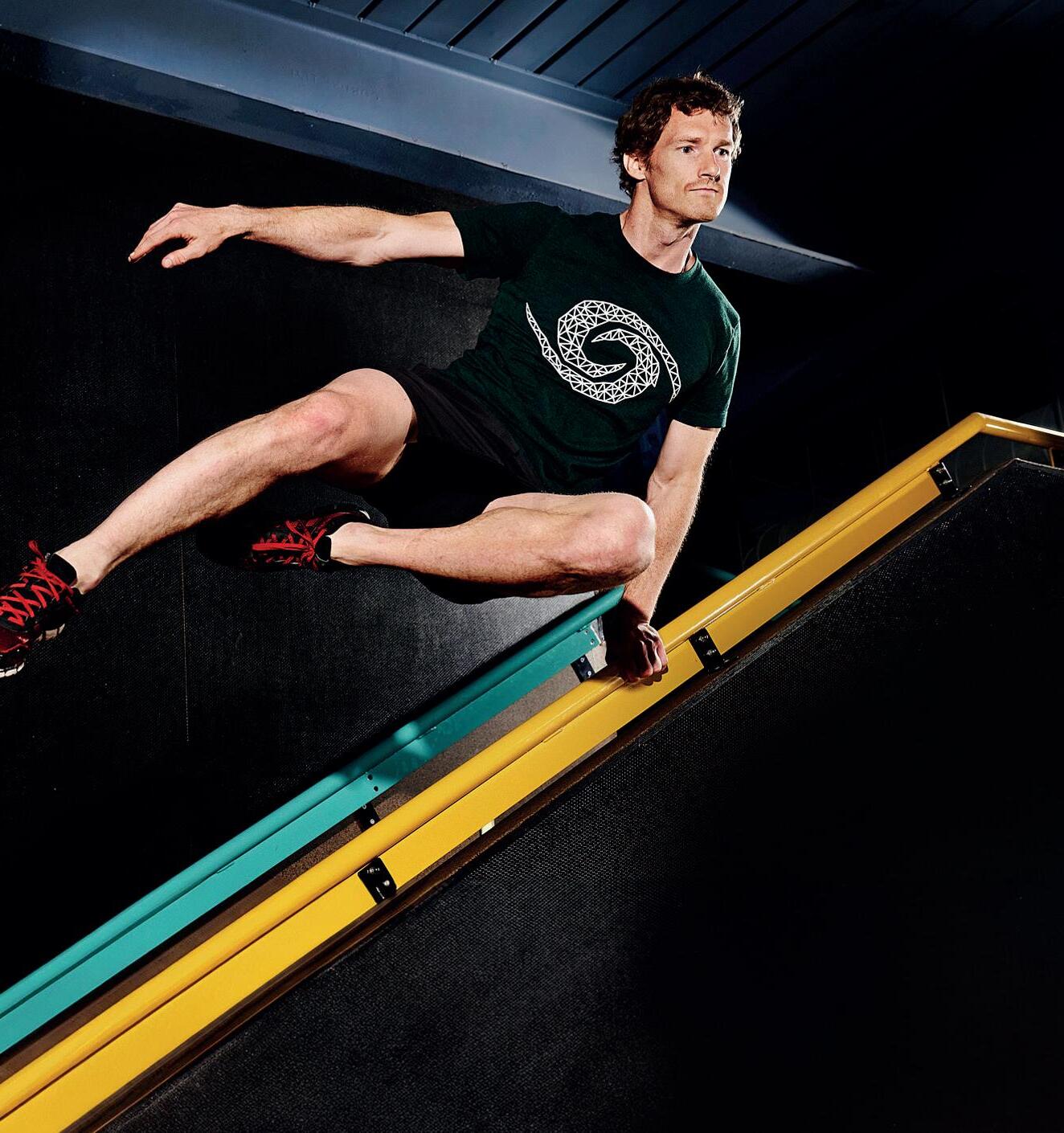
in hindsight I should have found a way to make it work.
So my lesson is that if you have a passion for something and the gut feel is that it’s right then go for it. Follow that instinct, because when you look back you’ll probably regret the things you didn’t do. If you’re passionate and think it will work, you can find a way. Looking back, the timing was wrong. If the investment opportunity had possibly come one year earlier or three years later, then I think that it would have been different.
My 14-year career at Gymbox has been really great. We try to be early adopters and we take risks. Gymbox already did that and I’ve continued it.
My experience means that when I see someone who has passion and an idea then I’m happy to
If you’re passionate and think it will work, you can fi nd a way.
I think we regret what we don’t do far more than the things we do
support it. Gut feeling is usually right and as you become more experienced in business you find a way to make things work. I think we regret what we don’t do far more than the things we do. ●
● Marc Diaper exited Gymbox in 2024
https://www.healthclubmanagement.co.uk/health-club-management-features/Life-lessons-Marc-Diaper/37487


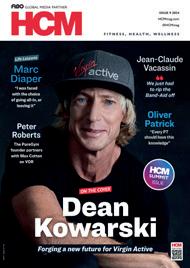

It was all about staying alive
Appointed CEO and president of IHRSA – now the Health & Fitness Association – in 2021 for her advocacy skills and experience, Liz Clark had no idea she was walking into a virtually bankrupt association. She talks to Kath Hudson about the turnaround
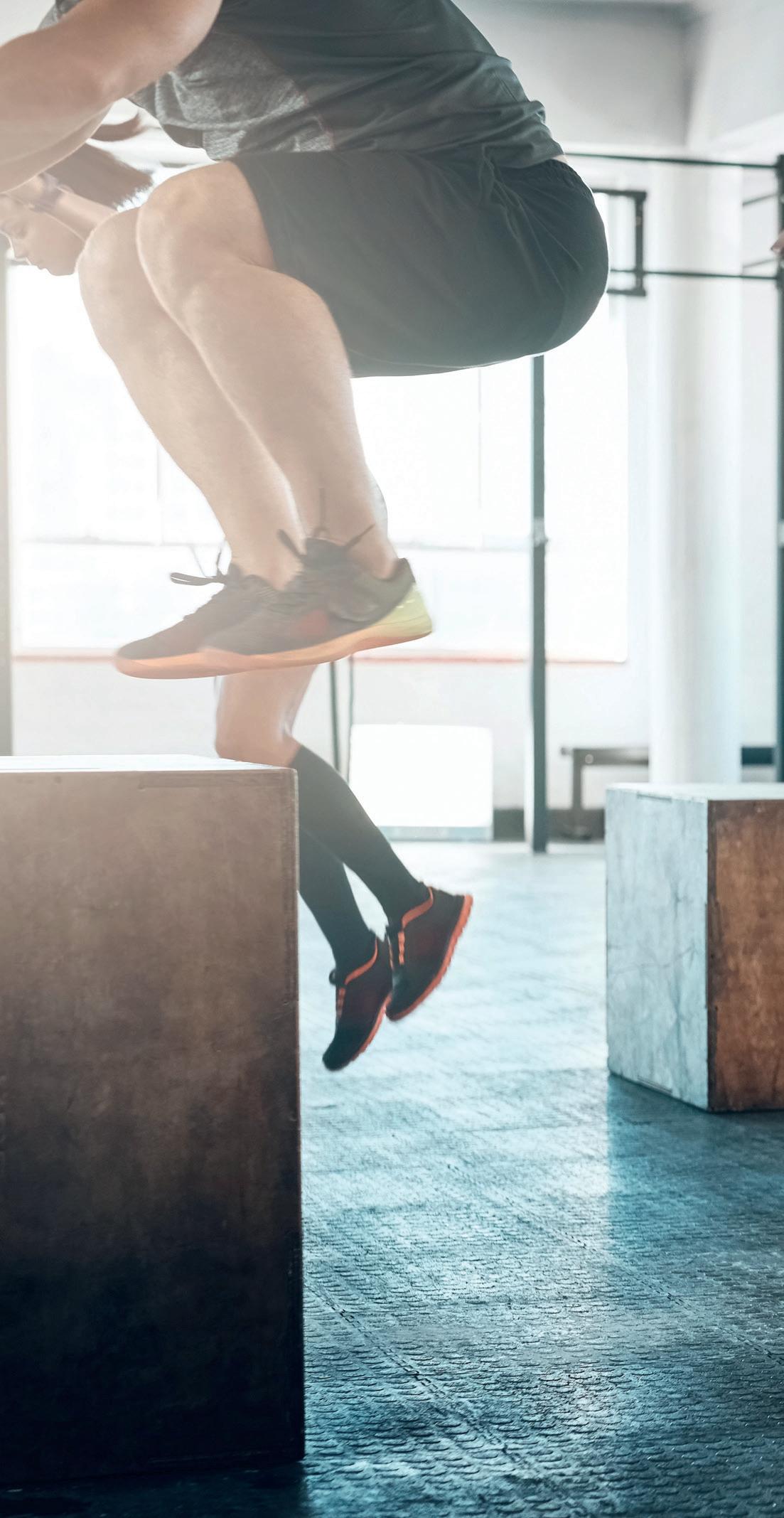
The most challenging part of my career has been saving IHRSA.
When I took over as CEO three years ago, the association was US$8m in debt. I was shown an ageing creditors’ report and I didn’t even know what it was because I’d only ever worked for wealthy associations that paid their bills on time! Knowing I didn’t have enough money in the bank to make payroll the following week meant I didn’t sleep that night.
As a result of the pandemic, the whole industry went through such an awful period of closures and uncertainty and this was reflected in our association. Having to cancel our trade show in 2020, because of the pandemic, resulted in a loss of more than US$8m and was the straw that broke the camel’s back.
If you have a heart, going through a restructure impacts you personally. I wasn’t sleeping and lost chunks of hair
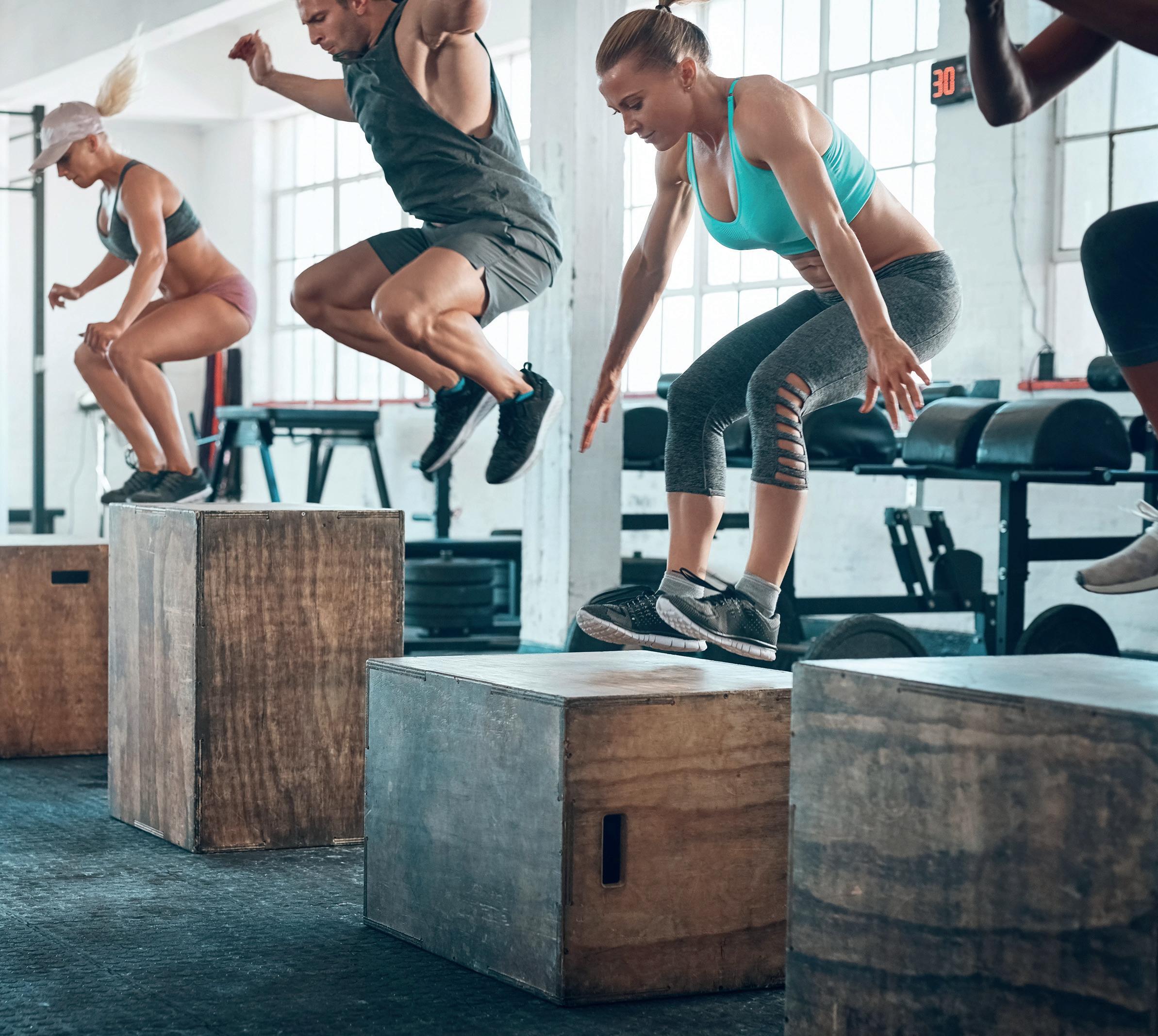
I knew things were bad when I accepted the role, but I didn’t know quite how bad they were – both financially and organisationally. There was also a lot of frustration from former members who’d left the organisation because it wasn’t focusing on what they considered to be a priority.
In time, I went on a listening and learning tour, hearing what the members cared about and what they didn’t care about, apologising for the past and promising a better future, but the first thing I had to address was the organisation’s financials. I had to look at all options – filing for bankruptcy, clearing house and getting as much money from salaries as possible to pay the bills, or trying to get a loan. I didn’t even know if IHRSA had enough credit to secure a loan!
I had to go at speed, so we ended up making major staffing changes within about 100 days. I’ve made personnel changes in the past, but this was something else: a holistic, big sweep of the entire executive team – people who had devoted their entire careers to this industry. That was really tough. I made the change quickly, because nobody wants these things to drag out. I did it myself and tried to do it with grace and kindness.
If you have a heart, going through that really impacts you personally. I wasn’t sleeping and lost chunks of hair. For 18 months there was a lot of negotiating: I went through every contract, from our lease, to our tradeshow partners and our Salesforce account and asked for a longer payment terms, less interest or lower payments and I was able to get a loan at a
I learned about being in the hot seat and how to communicate what needs to be said, not just what people want to hear

really low interest rate. It was 18 months of putting out daily fires. I had a lot of things coming at me and had to take things day by day. Initially, it was all about staying alive, so there was some frustration from members that we weren’t going fast enough. I’ve been in the seat for just over three years now, and the first year was salvaging and staying alive. The second year, we started to recover and now we’re in year three and starting to get healthy. I’m building out our team again and bringing people on board that I know are A plus players. In the last two years I’ve hired 11 new people.
I’ve definitely learned a lot, including how to fix an organisation, but that’s not a job I want to ever do again! It helped that I had the full support of a strong, smart board, who have given me the leeway and support to do what I needed to. My husband and sister-in-law also run trade associations, so my personal network is good.
If I could go back to the point where I was taking the job I would tell myself to do as much due diligence as I possibly could, so I knew what I was walking into financially. I had a lot of big, bold ambitions, thoughts and plans, but no resources to deliver them.
Coming from the confectionary/candy industry I felt both welcomed and as though I was on trial. I’m still on trial, but that’s my job. For the most part I was well received because I was hired to focus our organisation on advocacy and that’s been my whole career. The industry was fed up and frustrated about being neglected during COVID and I promised that wouldn’t happen again.
As a registered lobbyist in Washington DC, I’d spent my career talking to lawmakers, building relationships on behalf of industries and being a credible, informed voice. By age 30, I’d testified to
both the House and the Senate on a number of occasions and that’s a very intimidating situation. You’ve got to have your facts and stats at hand. You can’t fudge them or fake it. If you don’t have the answer, you don’t make one up, you say I don’t have the answer, but I’ll get back to you.
I learned so much about being in the hot seat, how to pivot, to think before speaking and how to communicate what needs to be said, not just what people want to hear. As a result, I’m comfortable giving speeches, having conversations in the boardroom and on television and have also developed a thicker skin.
I hope I’ve brought hope to IHRSA – now rebranded as the Health & Fitness Association (HFA) – and because of that, we’re seeing a major turnaround. It wasn’t just me that did this – I have a great team, a powerful board and fantastic members. We have the same shared goal now as our North Star and we’re about to hit the gas and go to the moon! ● The Health and Fitness Association Show, the organisation’s conference and trade show, will take place in Las Vegas in March 2025. For more details, go to www.hcmmag.com/HFAShow


https://www.healthclubmanagement.co.uk/health-club-management-features/Life-lessons-Liz-Clark/37523


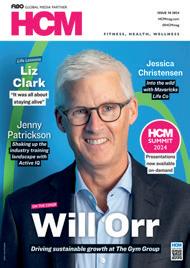



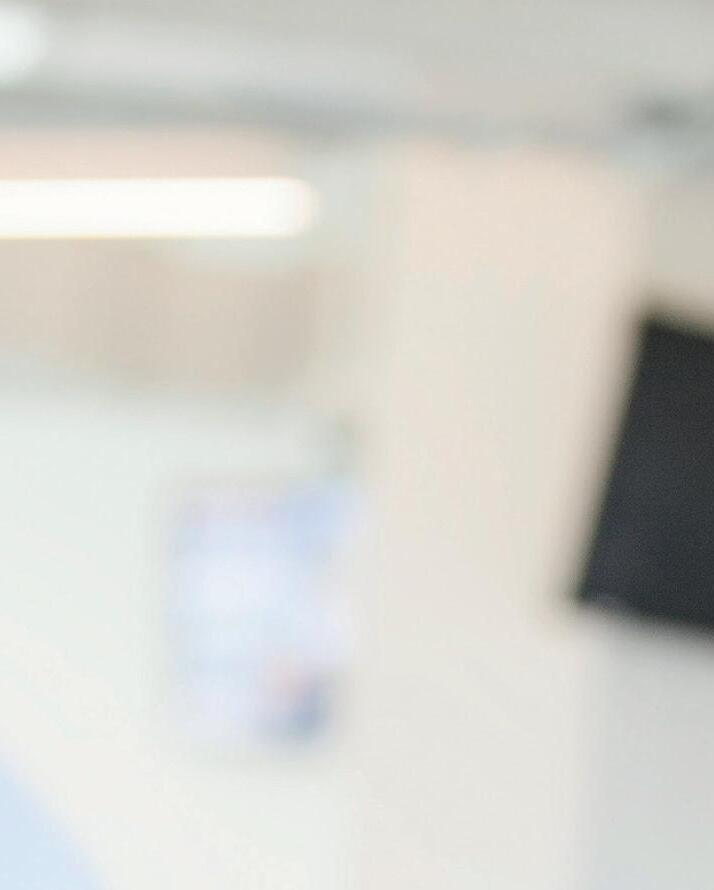





Define your strength, fitness and functional training zones with one of our anti-slip rubber floor coverings or maybe utilise our bespoke, seamless polyurethane surfaces to transform your health and wellbeing spaces. Whatever your flooring requirements are we can help to create exceptional training environments for your members.
















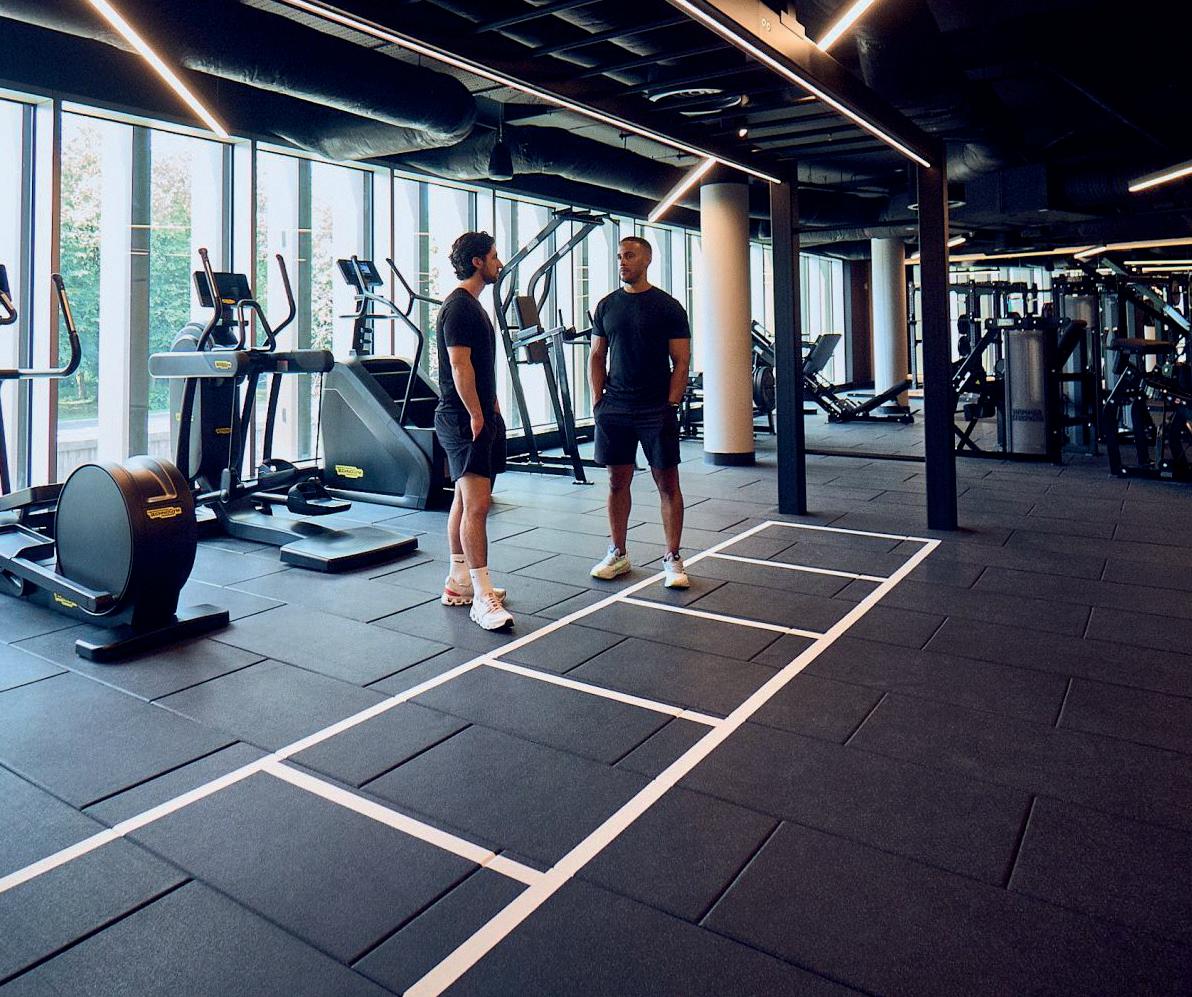
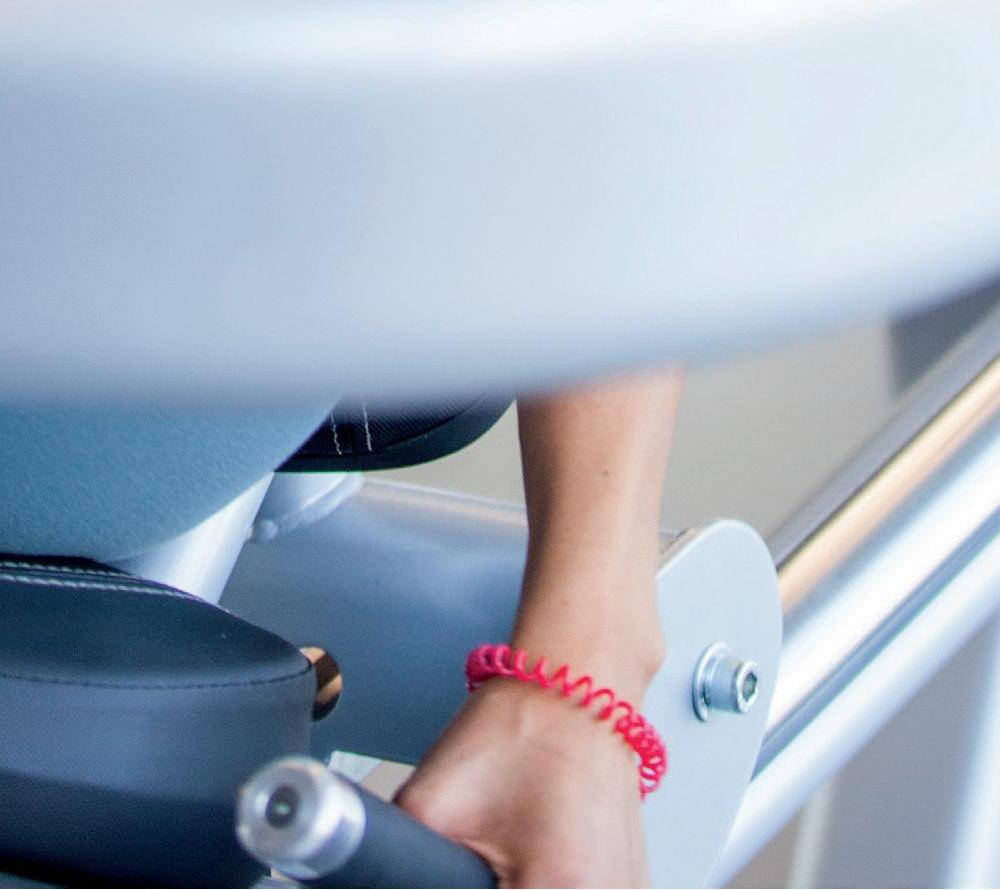
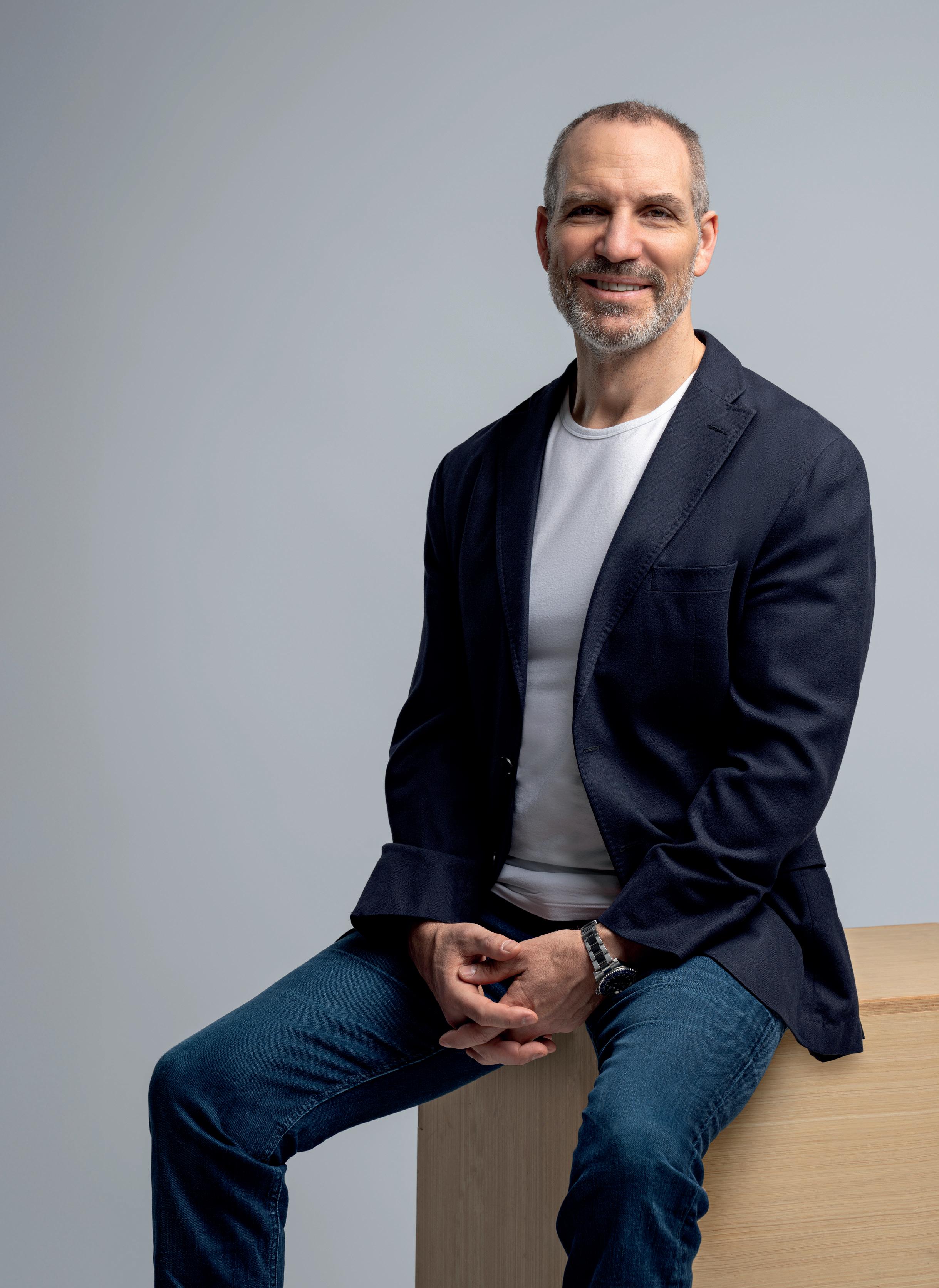
I had to make a name for myself again and prove myself. It felt as though I was basically starting from scratch
Hagen Wingertszahn
CEO, RSG Group
Wingertszahn was thrust into the limelight on the death of Rainer Schaller in 2022. He tells Kath Hudson how a leap of faith earlier in his career gave him the courage to go forward
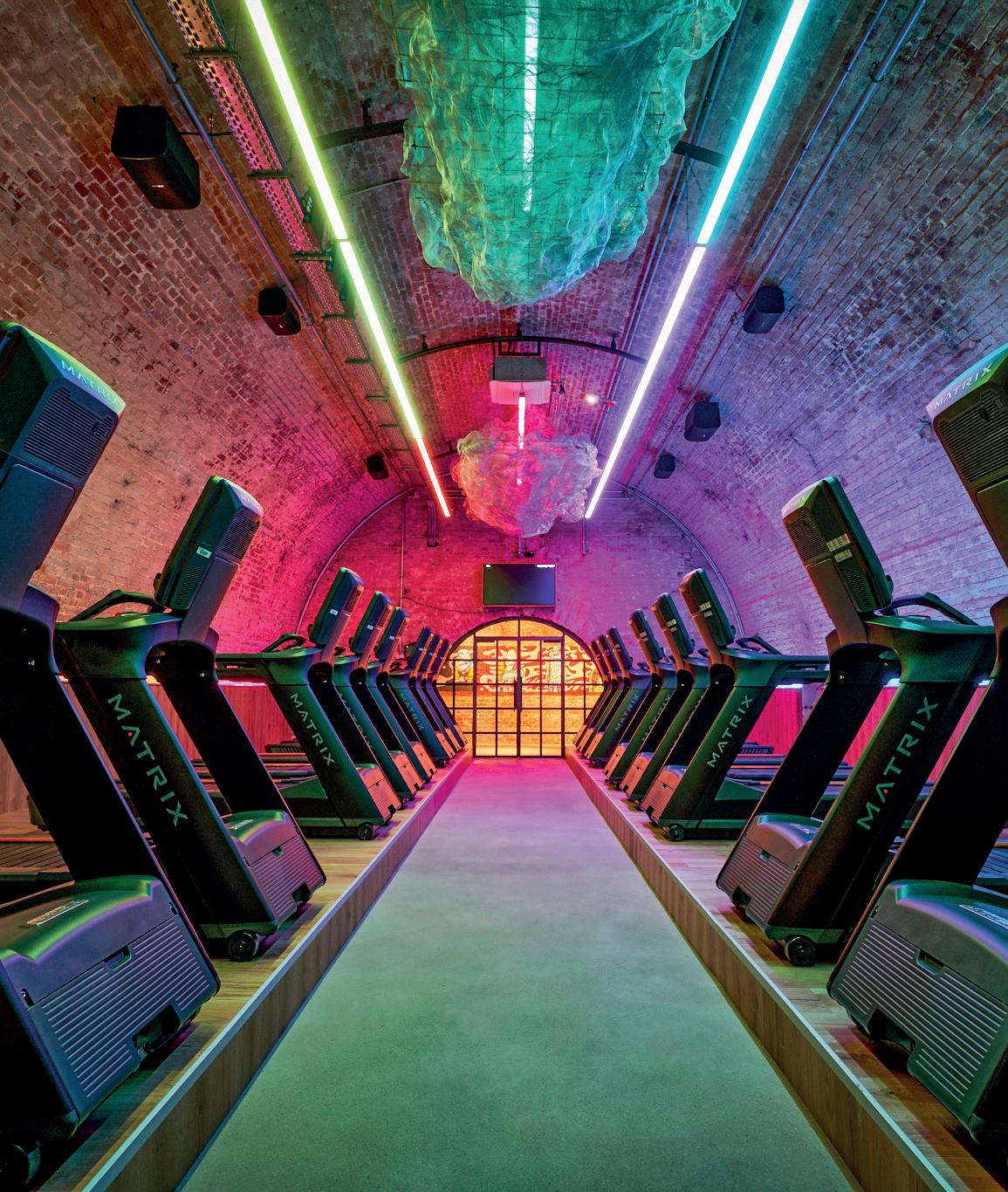
Hagen Wingertszahn was handed a monumental challenge in December 2022, when he was appointed joint CEO of global operator, RSG Group, alongside Dr Jobst Müller-Trimbusch. Their appointment followed the untimely death of RSG founder, Rainer Schaller and his family in a plane crash in Costa Rica on 21 October 2022. Schaller was an almost impossible act to follow and the change was a huge transition for Wingertszahn and MüllerTrimbusch and the entire company.
Looking back, Wingertszahn says times when he forced himself out of his comfort
zone earlier in his career and learned to deal with change gave him the skills he needed to step up to the top job at RSG under such tragic and destabilising circumstances.
Over the last two years since they took over as join CEOs, Wingertszahn and Müller-Trimbusch have not only held the company steady, they’ve also worked effectively together to drive it forward, forging a business which is acknowledged to be one of the best-run in the sector. “We intend to remain one of the most successful fitness companies in the world,” Wingertszahn told HCM shortly after becoming joint CEO.
Istarted my career as a personal training and fi tness manager at Fitness First Germany and grew with the company, taking on a number of roles and eventually becoming COO.


The biggest challenge of my career was changing employers after more than 20 years.





I had a lot of loyalty towards Fitness First and was grateful for the trust placed in me during my career, so it was a wrench when I chose to leave in 2017 to take up the role of business manager of Germany for RSG Group.

TheGroup.


The move was initially a challenge on a number of levels. Not least because it involved relocating from Frankfurt to Berlin, which was a culture shock. Loyalty and consistency are very high on my personality profile, whereas change is more

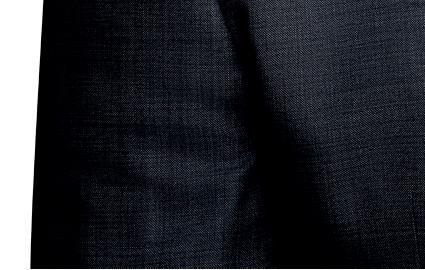

difficult for me. Everything was so different from what I’d been used to: a new city and a new company which was set up with different structures from what I’d been used to and had a unique culture I’d never experienced before. My role was also different and I found I had to make a name for myself again and prove myself. It felt as though I was basically starting from scratch.
decision,
But once I make a decision, I’m 100 per cent all-in and always try to take the most direct route from A to B, even if that means I sometimes bang my head against the wall. So I got stuck in.

Putting the ego aside




It was a very important experience to feel I was starting over, because it taught me to become more humble, to put my ego aside and to



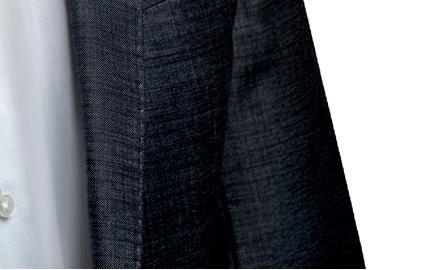



be open to new things. It was a very instructive and valuable process and experience.
I’ve learned a lot over the last seven years. In addition to professional learning and successes, I’ve also been able to develop personally and become more resilient. Change processes have become easier for me and making a transition after 20 years certainly contributed to this.
If I had the chance, I’d tell my younger self that joining the RSG Group and moving to Berlin didn’t have to mean I had to leave the past behind completely. I’ve discovered it’s possible to keep the things that are important to you and still move forward.
It can be scary to relocate after a long time, but I advise anyone thinking of making a move to ask themselves whether the work is still satisfying or whether they’re staying out of sheer convenience. If it’s satisfying, then don’t walk away from a good thing, but if you’re staying for convenience, then seriously consider making a change, no matter what age you are or how good the position you’re in if you feel the new situation could genuinely be better.
I underestimated the power of new impulses. Younger employees are further ahead of us in this respect. They change jobs more often and, as is so often the case, there is no black and white, everything has its pros and cons. ●

If I had the chance, I’d tell my younger self that moving to Berlin didn’t have to mean leaving the past behind completely




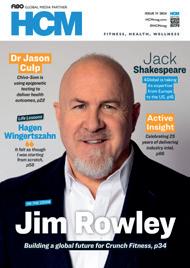
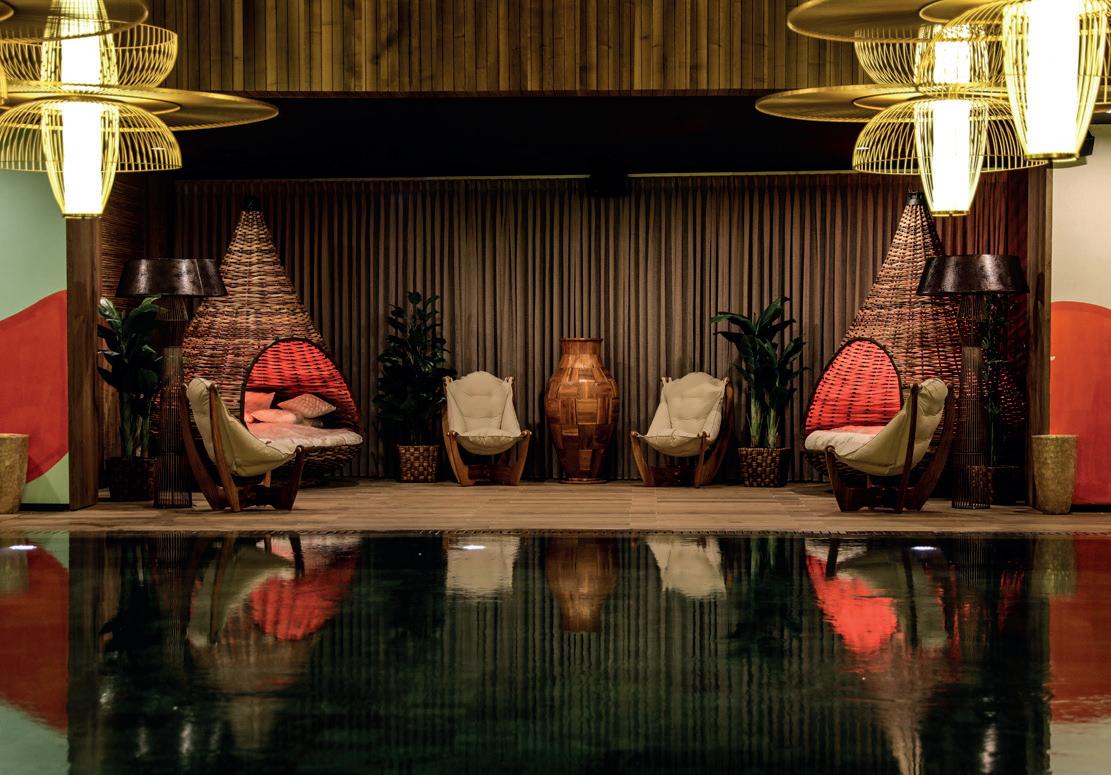
A look back at some of the leading fi tness, health and wellness industry movers and shakers interviewed by the HCM team over the past year
POWERED BY
p88 / Naseem Akhtar
Founder Sähëlï Hub
p90 / Pete Armitage
Co-owner Volt Gym
p92 / Dr Cedric Bryant
CEO
American Council on Exercise
p94 / Ross Stewart Campbell
CEO
BeyondActiv
p96 / Michelle Childs & Ross McGuigan Life Leisure
p98 / Jessica Christensen
Founder and academy director
Mavericks Life Co
p100 / Dr Jason Culp
Research and developmentdirector
Chiva-Som Hua Hin
p102 / Esther Fairfax
Founder
The Lotte Berk Foundation
p104 / Jamie Groves
MD
Denbighshire Leisure
p106 / Jen Holland
CEO
Edinburgh Leisure
p108 / Dr Jonathan Leary
Founder Remedy Place
p110 / Jennifer Maanavi
Founder Physique 57
p112 / Luuk Melisse
Co-founder Sanctum
p114 / Richard North Global franchise director United Fitness Brands
p116 / Chibs Okereke
Stress and burnout coach Mettle
p118 / Oliver Patrick Co-founder Future Practice
p120 / Jenny Patrickson MD
Active IQ
p122 / Cristiano Ronaldo Footballer and entrepreneur CR7
p124 / Mariah Rooney
Founder Trauma Informed Weight Lifting
p126 / Jack Shakespeare Director of strategic projects
4Global
p128 / Stephen P Smith Founder Hotworx
p130 / Belinda Steward MD of leisure, health and wellbeing Places Leisure
p132 / Mark Tweedie Associate Miova
p134 / Jean-Claude Vacassin MD
Foundry
p136 / Jonny Wilkinson Founder One Living
It’s really rare to meet someone over 70 in my community Naseem Akhtar
Founder, Sähëlï Hub
ChatGPT Summary / POWERED BY AI

Sähëlï Hub was founded in response to severe health disparities in a deprived area of Birmingham, UK. The community suffered from high infant mortality rates, low life expectancy, and undiagnosed health conditions, which were exacerbated by the COVID-19 pandemic. Men in the community often died eight to ten years earlier than their white counterparts, and it was rare to see individuals over 70 years old.
The initiative began when the founder, Naseem Akhtar, employed by a neighbourhood forum, was tasked with engaging Asian women in physical activity. She discovered that local leisure centres offered inadequate opportunities for women, with limited and inconvenient hours. Many women, particularly Muslim and Asian women, faced cultural and language barriers that discouraged participation. After failing to secure support from leisure centres, she took matters into her own hands, obtaining funding and registering a charity.

Through a partnership under the Blair government, the organisation secured £500,000 via the Healthy Living Centre initiative, allowing them to pilot a women-only physical activity space at a local college. The programme quickly expanded from two sessions a week to four, later incorporating men. In 2006, further funding of £258,000 from the National Lottery and Sport England enabled the launch of Sähëlï Adventure Hub, equipped with gym facilities and exercise classes. Within two weeks, 265 women had joined, paying £10 per month.
Groups take part in outdoor activities as well as exercising in the wellness suite

The success of the centre attracted an NHS contract for weight management and long-term health condition programmes. Over the years, Sähëlï Hub has secured four NHS contracts and developed a culturally appropriate diabetes prevention programme with the highest participation rates of Black and Asian people in the UK. It also introduced a ‘know your numbers’ initiative, helping individuals understand their health metrics, such as blood pressure, cholesterol and body measurements.
Diabetes rates in the community remain alarmingly high, three times the city average, largely due to diets high in sugar and salt and the organisation educates people about healthier eating habits.
Currently, Sähëlï Hub supports 3,000 people annually, offering free, culturally appropriate physical activity programmes and social clubs in parks, GP surgeries and two community centres. Over 16,000 women have benefitted from walking and running programmes, with many encouraged to participate in half marathons. It has also trained approximately 3,200 women to cycle and provided opportunities for outdoor activities such as kayaking, tennis, quad biking, and wild swimming.
Beyond fitness, the initiative has empowered women to gain confidence, pursue education or employment and become activity leaders. Recognising men also face barriers, Sähëlï Hub introduced a programme for men, including a wellbeing suite at a local community centre.
Mainstream gyms struggle to engage Muslim and Asian communities due to financial barriers and their location in more affluent areas. To be more inclusive, gyms must understand their local demographics and offer relevant programmes, potentially partnering with organisations already working with these communities.
Sähëlï Hub aims to build organisational capacity and develop sustainable, long-term interventions to combat inactivity, isolation, loneliness, depression, and health inequalities. The charity seeks to collaborate with other providers, not only for ethnic minorities but for all underserved communities. ●
Tap or scan to read the interview
Originally published: HCM 8 2024



This is more than a business to us, this is our passion
ChatGPT Summary / POWERED BY AI
Volt Gym is a self-funded, independent gym located in an affluent village near Ormskirk, in the north west of England. Established seven years ago by Ali and Cameron Mitchell, it initially occupied a 3,000-squarefoot space. Six months after its inception, a third partner joined the business, Pete Armitage.
Earlier this year, Volt Gym expanded significantly, relocating to a 16,000-square-foot facility and launching Volt 2.0. Cameron has since left the business, but Ali and Armitage remain deeply involved, personally knowing all their members. The strong community they built helped them weather the pandemic, with most members continuing their payments during lockdowns. Following the pandemic, membership surged by 400, reaching the gym’s 1,000-member cap, prompting the expansion.
Volt 2.0 is vastly different from the original gym, now boasting over 50 pieces of cardio equipment and 100 pieces of resistance kit. The new facility includes three dedicated studios: one for Hyrox training, which opens up for outdoor runs; a HIIT studio; and a low-intensity studio for Pilates and yoga. Additionally, a recovery suite featuring a Himalayan salt sauna, a thermal experience shower, an ice bath, and a physiotherapy area has proven highly popular. Membership is offered in three tiers: gym-only for £29.99 per month, gym plus unlimited classes for £34.99, and full access including recovery facilities for £39.99, with a 12-month contract requirement to keep fees affordable.
Volt Gym is a Hyrox-affiliated gym, catering to the increasing popularity of fitness competitions.


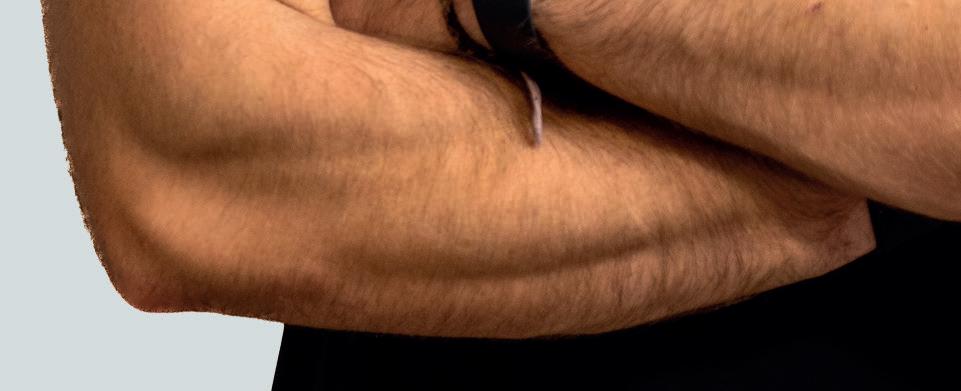
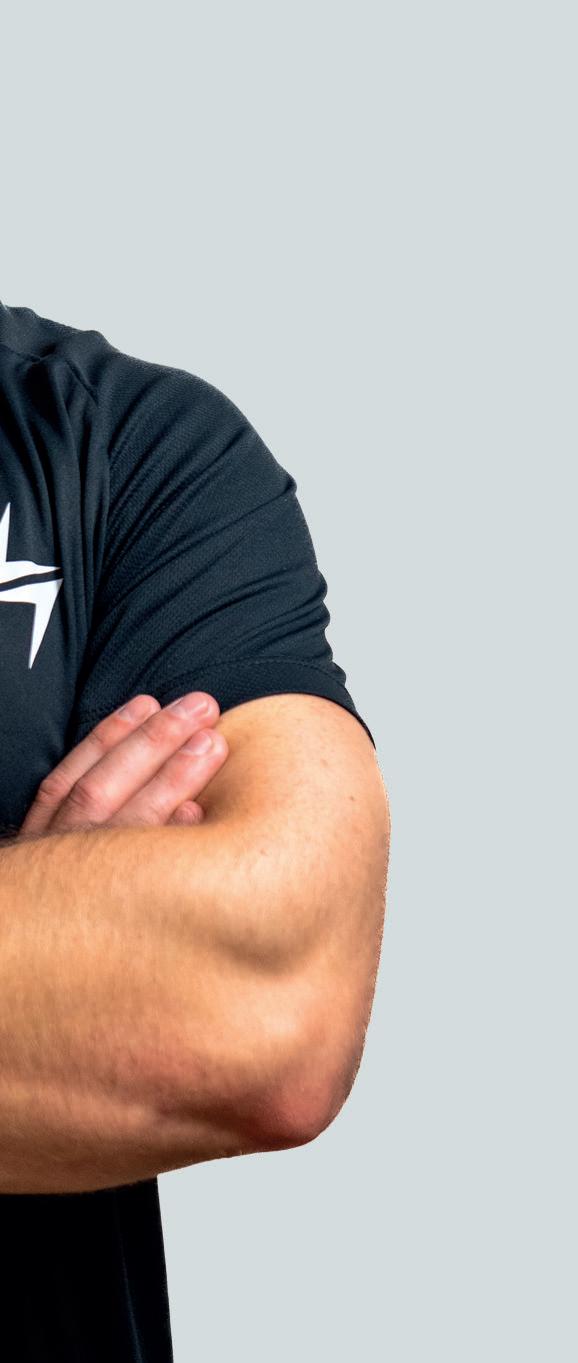
Initially offering four Hyrox classes per week, demand necessitated an increase to ten. While some members participate in competitions, many attend simply for the workout, which combines gym exercises with outdoor running. As an affiliate, Volt members receive a 48-hour priority access window for Hyrox event tickets. In November 2024, 30 members participated in the London race, travelling together in a show of camaraderie.
To combat “gymtimidation,” Volt Gym offers all prospective members a 20-minute guided tour before they sign up, ensuring they understand the facility and how it can meet their fitness goals. On joining, they receive a free 45- to 60-minute induction with a personal trainer to familiarise themselves with the equipment.
The gym maintains a strong emphasis on personal relationships, with six to seven staff always present to assist members. Staff are trained to greet every individual warmly, fostering a welcoming environment. Additionally, the on-site café is open to the public, serving as an entry point for potential new members.
Volt Gym’s membership demographic is predominantly aged 20 to 40. In its former location, the membership was 75 per cent male and largely composed of powerlifters and bodybuilders. The new facility has attracted a more balanced clientele, with a 55/45 male-to-female split, aided by boutique-style classes and an inviting upstairs space with a country-club ambience and large windows in the cardio area offering scenic views.
The gym has also seen an increase in older members engaging in resistance training due to growing

awareness of the benefits of strength training as one ages. Women’s lifting classes have gained in popularity, and the gym also caters for younger members with classes for eight- to 12-year-olds and 12- to 16-yearolds, with supervision required for under-16s.
One of the main challenges faced by independent operators such as Volt Gym is brand awareness. Unlike national chains, they lack extensive marketing budgets. To counter this, they rely on grassroots efforts, such as door-to-door leaflet distribution, which proved highly effective before their latest launch.
Independent gym owners are also highly invested in their businesses. The Volt team spent two years planning and building the new facility and reached their end-of-year target within just five months of opening, demonstrating their commitment. Training and using the gym themselves daily allows them to remain proactive in addressing any issues that arise.
Looking ahead, Volt Gym aspires to expand further, bringing its unique combination of equipment, classes, and community-focused ethos to more locations. Discussions are already underway with potential partners to identify suitable areas for new Volt Gym branches. ●
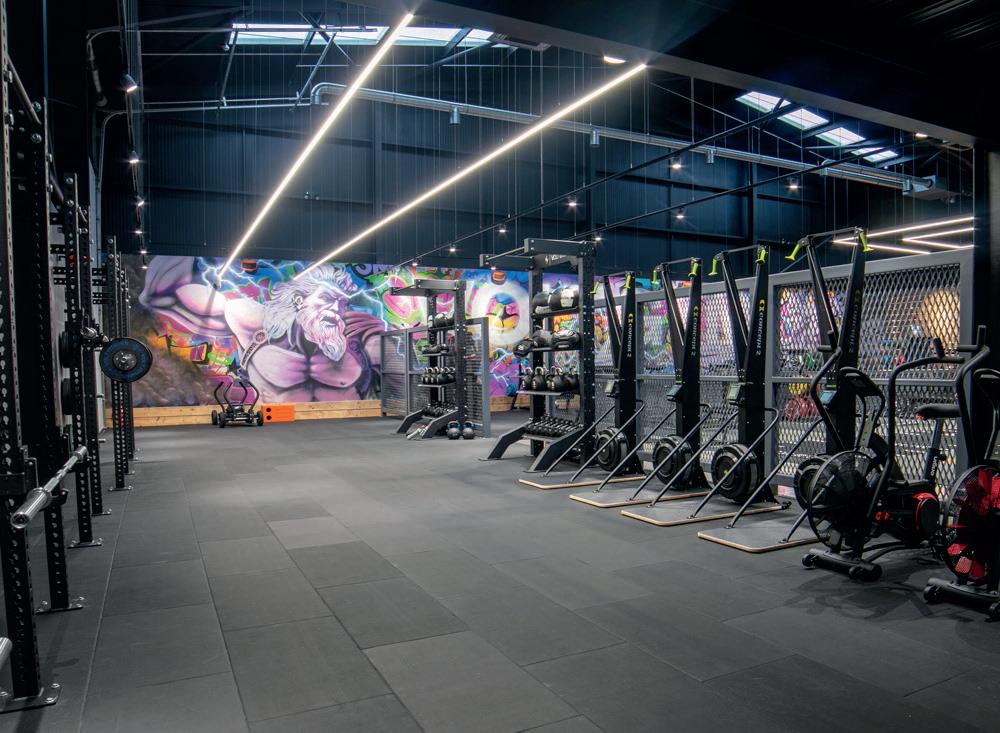



We need to change our approach so we truly appeal to the population who don’t view being physically active as a priority
Dr Cedric Bryant CEO, American Council on Exercise
The newly appointed CEO of the American Council on Exercise (ACE) has had a distinguished career in exercise science and research. After completing his PhD, he worked in academia, focusing on exercise’s role in preventing, treating, and managing chronic conditions. His research involved using StairMasters, which led to a professional relationship with the company. He later joined StairMaster’s R&D team, where he spent a decade before serving on ACE’s scientific advisory board. This experience led to his appointment as ACE’s vice president of science and research in 2001. He then progressed to chief science officer, then president, and now CEO.
A s CEO, he aims to build on ACE’s strong foundation and modernise its educational approach, particularly for Gen Z. Unlike previous generations, Gen Z prefers microlearning over dense textbooks, so ACE is developing multimodal content incorporating video, reading, and interactive elements. The goal is to become a leader in this new form of education delivery.
A nother focus is embracing technology, particularly artificial intelligence (AI), to improve efficiency and enhance the experience for both fitness professionals and their clients. With an increasing demand for personalised fitness experiences, professionals

who integrate technology effectively will gain a competitive edge. Rather than viewing AI as a threat, he advises that the real danger is being left behind.
Several key trends are shaping the fitness industry, including the rise of wearable technology and hybrid fitness solutions. There is also a growing emphasis on mental health and wellness, with meditation, mindfulness, and stress management becoming integral components of fitness programmes. ACE is committed to incorporating these elements into its educational offerings.
A holistic approach to health is gaining traction, with people recognising that nutrition, sleep, stress management, and recovery contribute to longevity. Additionally, the advent of weight loss medications presents opportunities for the fitness industry. Those using these medications will need lifestyle support to maintain their progress, and personal trainers must adapt their methods accordingly.
One of the biggest challenges facing the fitness industry is client retention and engagement. Encouraging people to start exercising is one issue, but sustaining long-term participation is even more difficult. Despite ongoing efforts, physical activity rates remain low globally. Traditionally, the fitness sector has catered to a familiar demographic, but this approach must evolve to engage those who currently do not see exercise as a priority.
There will be more focus on holistic wellbeing practices, says Bryant

ACE is committed to making fitness accessible to all, addressing disparities in access to physical activity due to cost, location, and other barriers. The organisation aims to champion equity and inclusion, ensuring that individuals who would benefit the most from fitness have the opportunity to participate.
A nother obstacle to industry growth has been the perception of competition among fitness professionals. Bryant believes that a more collaborative approach would strengthen the sector, allowing professionals to work towards the shared goal of increasing physical activity levels worldwide. By fostering cooperation rather than rivalry, the fitness industry could achieve a greater impact.
Looking ahead, ACE will continue to embrace technological advancements and improve accessibility in fitness. By modernising education, integrating mental wellness practices, and championing inclusivity, the organisation seeks to create a future where fitness is truly available to everyone. ● More: www.acefitness.org
Tap or scan to read the interview
Originally published: HCM 9 2024



We have a fantastic opportunity in front of us to realise our vision of a happier and healthier world
FIT Summit was founded in Singapore in 2018 as a business community for fitness brands and executives. The name stood for ‘Fitness, Investment, Technology’, and it became Asia’s only business-to-business investment network for the fitness sector. As the community expanded, events were launched in Singapore, Hong Kong, Indonesia, and Thailand.
The idea stemmed from the Stewart Campbell’s personal experience. After selling a part-owned events business in 2016, he opened a gym in Singapore to escape the corporate world. Despite his passion, he lacked business knowledge and struggled to find industry support. Realising no such network existed, he created FIT Summit to fill the gap.
At the time, major industry events like Expro Fitness (Singapore), the Asia Fitness Conference (Thailand), TAISPO (Taiwan), SPORTEC (Japan), and GOIFEX (Indonesia) focused on education or consumers. None catered specifically to C-suite executives, business owners, and investors. FIT Summit set out to address this need.
Leading up to the COVID-19 pandemic, FIT Summit broadened its focus beyond fitness to include health, hospitality, wellness, leisure, sports, spa, longevity, and employee wellbeing. Virtual events helped build a global audience, while new services such as business development support,
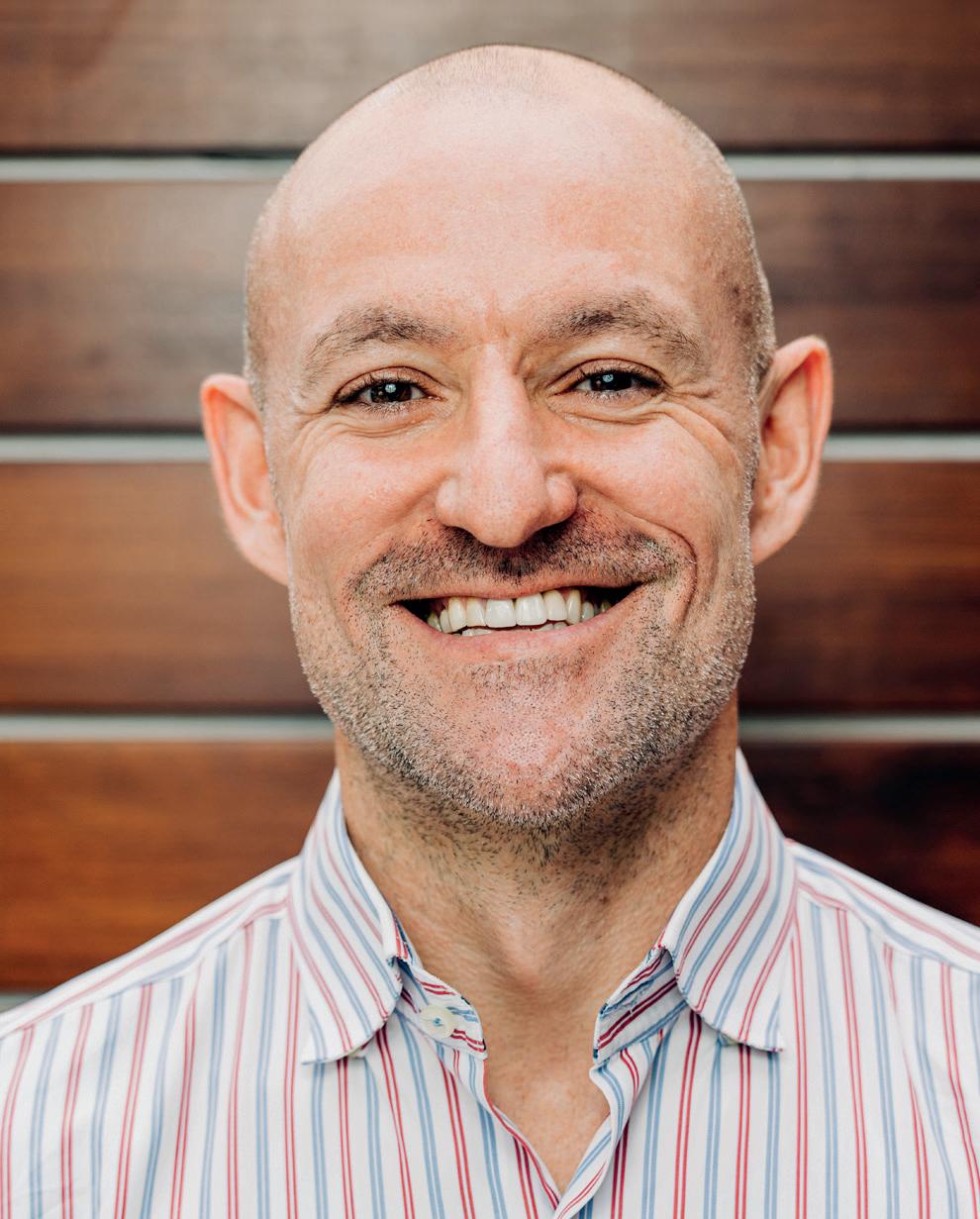
industry reports, and content marketing were introduced. Plans are also in place for a jobs board.
As its scope and client base evolved, the name FIT Summit no longer reflected the company’s mission. This led to a rebrand as Beyond Activ, capturing its ambition to promote a more active world and embrace future opportunities.
Today, Beyond Activ provides a mix of retained, event, and project-based services, combining digital offerings with physical events to drive industry growth.
Clients had long encouraged the company to expand globally and support their entry into new markets. Stewart Campbell saw this as a chance to make a difference by driving investment into the industry, believing that a stronger, healthier sector benefits everyone. His commitment to this vision stems from his belief that “fortune favours the brave” and his desire to set an example for his daughter. He also credits his team for their dedication in realising this mission.
Beyond Activ seeks to go beyond the industry’s status quo, helping businesses adapt to future challenges. The goal is to create a healthier world through active bodies, minds, and imaginations.
The company is led by a four-person team: the founder, Blair Campbell as chief commercial officer, Jolin Ma as chief operating officer, and Daylin Limonte as chief marketing officer.

Beyond Activ remains a private, bootstrapped company. Investment has not yet been pursued due to the financial impact of the pandemic. While future investment or acquisition is possible, the company’s focus remains on delivering value to clients and the wider industry.
One of Beyond Activ’s major milestones was signing a three-year memorandum of understanding (MOU) with Saudi Arabia’s Ministry of Investment. This partnership includes services related to sports, fitness, and wellness, covering events, promotions, public relations, and market research. The first initiative under this agreement was Beyond Activ EMEA, a business and investment event held in Riyadh in February 2024.
This annual event will showcase innovation and business opportunities across Europe, the Middle East, and Africa. Beyond Activ is also working with regional partners to introduce them to its events in Australia, Southeast Asia, and the US, helping them explore new markets and investment opportunities.
The founder’s long-term vision is to build Beyond Activ into a world-class company before stepping away from its leadership. While he remains passionate about the work, he acknowledges the pressures of entrepreneurship. Eventually, he plans to hand over the business to his team and a new CEO, who will take it to the next level.
At that point, he hopes to take time off, immerse himself in nature, and practise the wellbeing principles he advocates. This period of reflection will help him decide on his next venture.
For now, Beyond Activ remains committed to strengthening the industry by fostering collaboration, investment, and innovation. ●
Tap or scan to read the interview



It’s about health being everybody’s business and recognising that inclusion is everyone’s responsibility
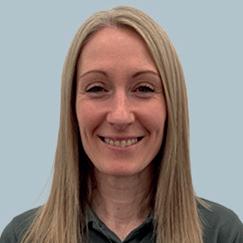
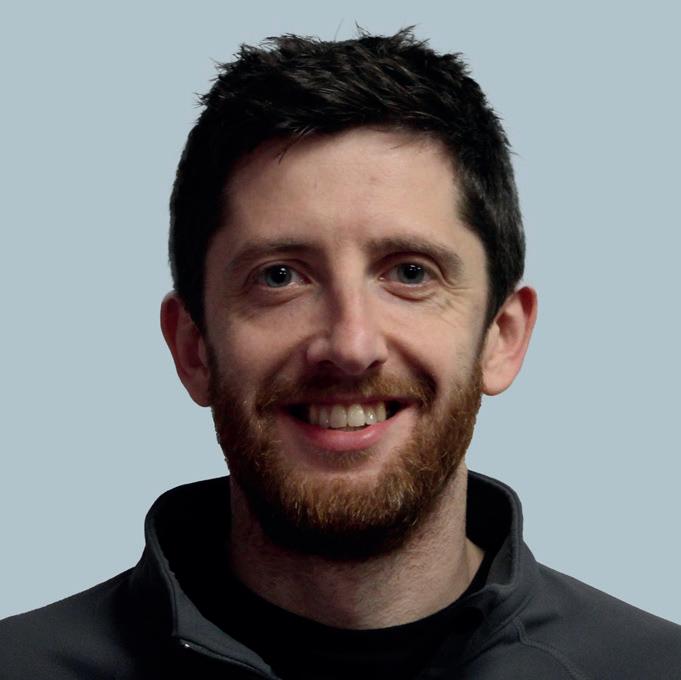
Life Leisure launched a community strategy in 2022, adopting a whole-systems approach to increasing physical activity among Stockport residents. Running until 2030, the strategy prioritises inclusivity and shifts decisionmaking to the community. Rather than imposing programmes, Life Leisure encourages residents to shape their own activity opportunities.
A key focus is tackling health inequalities, which has led to the introduction of an inclusion officer and training tailored to specific disabilities such as autism. This ensures activities are more accessible and reflective of community needs.
Previously, Life Leisure operated as a delivery partner focused on sports development. Now, it acts as a promoter and connector, emphasising community-driven initiatives.
Stockport is one of the most polarised boroughs in the UK, with significant disparities in affluence. The life expectancy of a male in the most deprived areas is ten years lower than in affluent neighbourhoods, despite them being only a few miles apart.
Recognising these differences, Life Leisure has moved away from a one-size-fits-all approach and now tailors its services to specific neighbourhoods.
The organisation targets five key demographics: individuals with special educational needs and disabilities (SEND), inactive adults,
older adults, families and young people, and those with long-term health conditions.
To understand community needs, Life Leisure collaborates with local champions and trusted organisations, who help build relationships and start conversations. They also attend community events and run informal forums.
A key partnership has been with R Time and the Youth Offending Service, which gives young people a say in shaping activity provision. This approach led to R Time receiving £180,000 in Lottery funding over three years to continue its work.
Listening to SEND families highlighted the need for more inclusive swimming sessions. Parents expressed frustration that their children were excluded from inflatable sessions because they couldn’t swim. In response, Life Leisure introduced a two-hour SEND-exclusive session every six weeks, featuring inflatables and additional lifeguards.
When an expression of interest was announced, 250 families responded. Adjustments were made based on feedback to make sessions less overwhelming, such as turning off hair dryers. The initiative has been well received, and there are plans to expand it to other facilities.
To support SEND families, Life Leisure also developed a sensory booklet detailing the swimming pool experience, helping children prepare for visits.
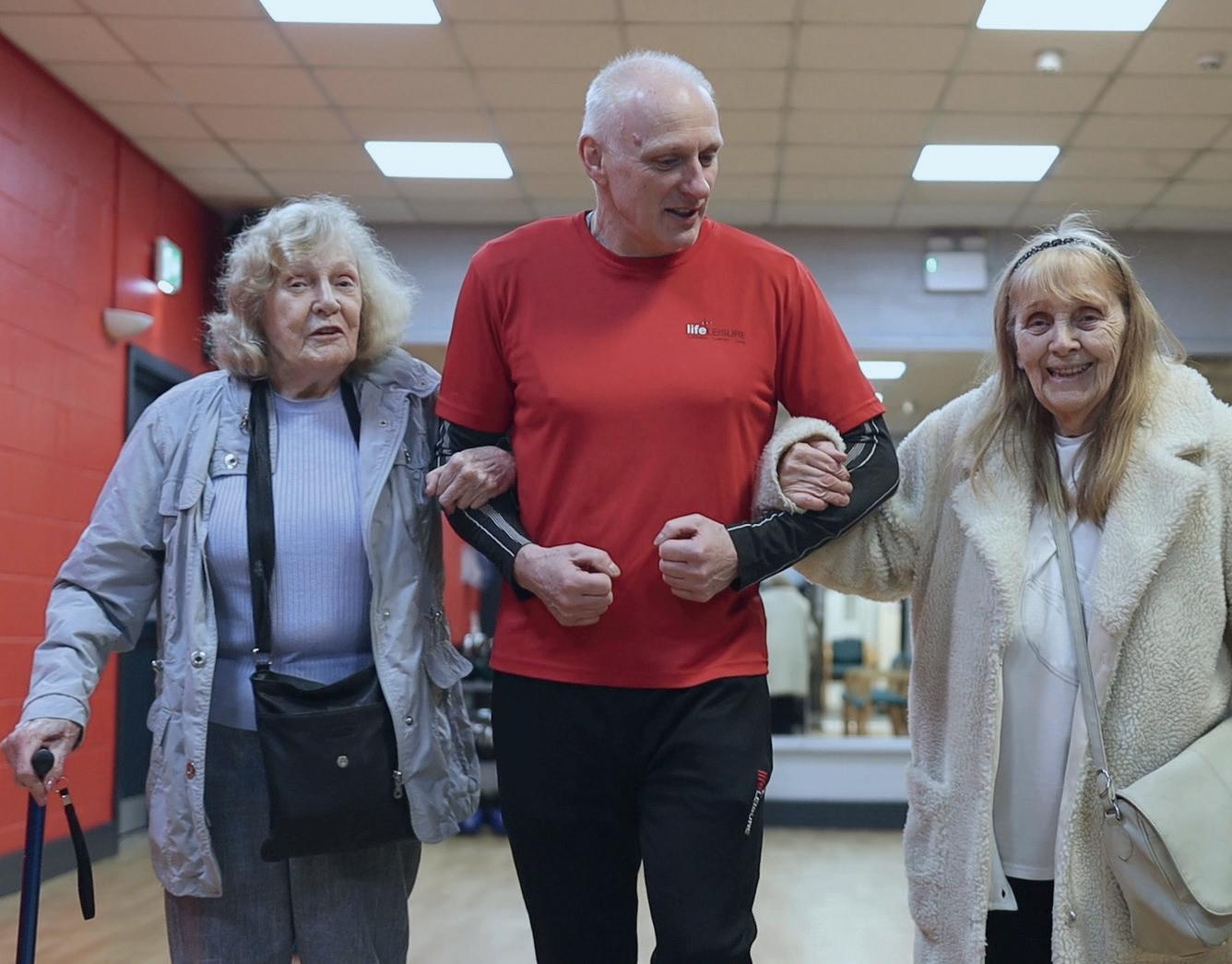
Life Leisure’s work extends beyond traditional leisure provision, aligning closely with public health initiatives. This includes engagement projects aimed at reducing social isolation among older adults.
In partnership with Age UK, Life Leisure runs an “OAP Youth Club” to encourage physical activity and social connections among older people. One of its key initiatives is “Confidence Walks” held inside sports halls. These cater to individuals with mobility or breathing difficulties who feel unsafe walking outdoors. Participants take part in light exercises for strength and balance, followed by a walk, with chairs available for resting.
Hosting coffee mornings in active environments has also helped attract new visitors who might otherwise feel uncomfortable in leisure settings. By fostering a welcoming atmosphere, Life Leisure is changing perceptions of gyms and leisure centres. This approach is not more expensive but ensures resources are allocated effectively. Programmes are developed based on identified community needs, making it easier to secure funding. Evidence-based initiatives increase the
likelihood of financial support from organisations such as Sport England and public health bodies.
Success is assessed through community engagement rather than rigid numerical targets. Life Leisure tracks participation rates within its target demographics to ensure proportional representation from Stockport’s population.
Metrics vary depending on funding sources. Sport England may focus on participation levels, while public health commissioners may prioritise health outcomes.
The traditional division between health and fitness services is shifting, with increasing recognition that physical activity is a shared responsibility. Life Leisure believes success comes from embedding this mindset across all staff, from lifeguards to general managers. ●

Tap or scan to read the interview



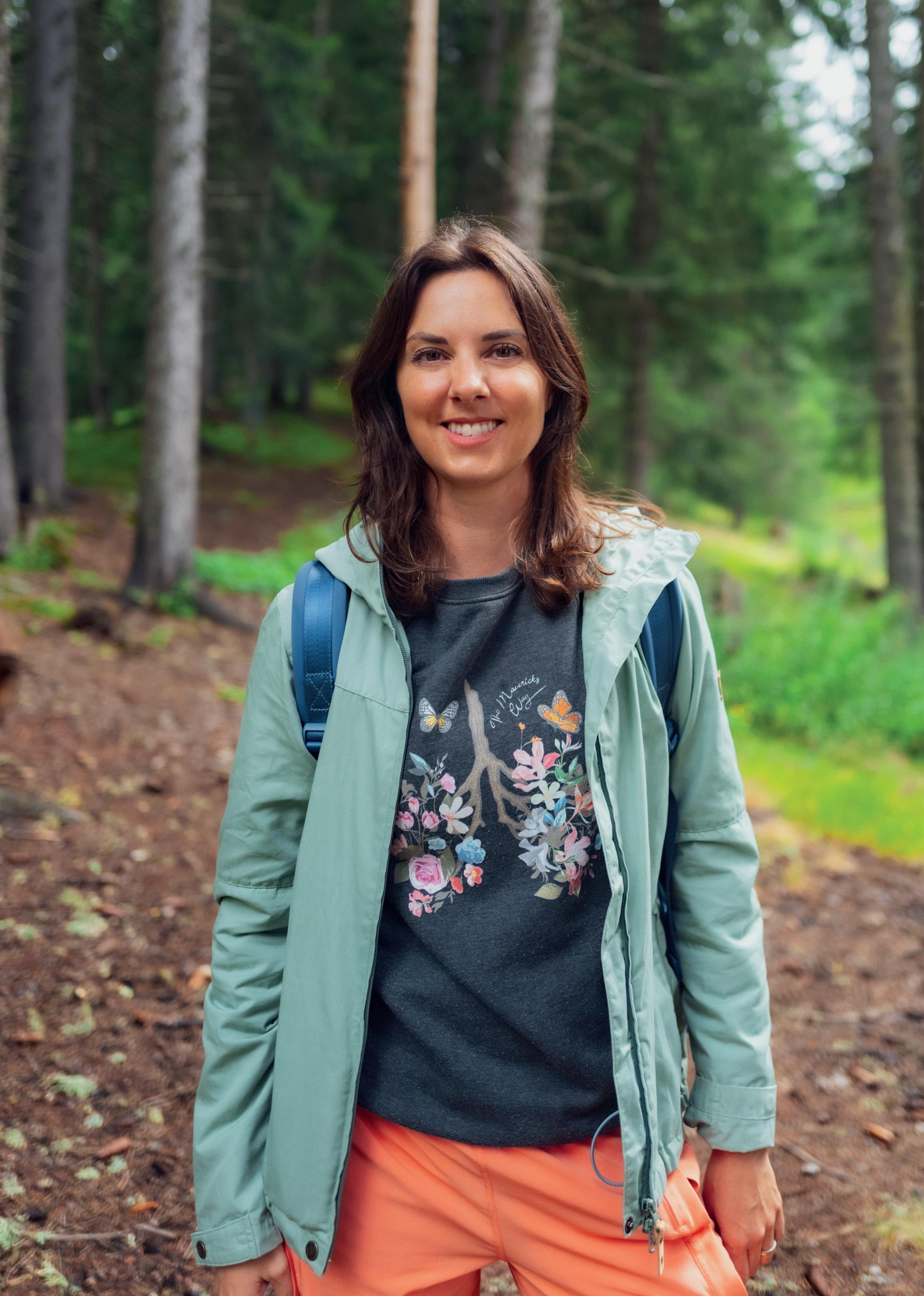


The sports and fitness industry has such huge potential to help people be more connected to their environment and their health
Mavericks Life Co is an international training provider in the sports and physical activity sector, focusing on sustainable, active lifestyle education. Founded in 2008, the company aims to make physical activity enjoyable and accessible, particularly for those who may not see themselves as naturally active.
By blending sports and exercise science with recreational movement, Mavericks helps people engage in joyful, science-backed activities.
The Mavericks Way is a training programme designed to reconnect people with nature while enhancing physical and mental wellbeing. It integrates health, exercise science, and motivational psychology to encourage participation and intrinsic motivation.
The course incorporates findings from scientific research on outdoor activity, ensuring exercises align with physical activity guidelines for cardiovascular health, muscle and bone function, mobility, and balance. Participants are encouraged to use outdoor activities they already enjoy – such as walking, running, ultimate frisbee, rope jumping, tree climbing, wild swimming, or playing with children or pets – to develop an active lifestyle.
Outdoor environments allow for creativity in movement, including balance drills, agility exercises, and recreational games. While not a replacement for indoor training, nature-based fitness serves as a strong motivator due to its social and enjoyable aspects.
A key component of the programme is nature reconnection, exploring the links between human health, ecology, and evolution. Participants learn to engage their five senses in natural settings, benefiting from proprioceptive stimulation and

stress reduction. The course also explores different terrains, helping individuals adapt their fitness routines to various landscapes.. Although based in the UK and Swiss mountains, Mavericks ensures its programmes are adaptable to urban settings. Training is tested in London pop-ups and at its Swiss centre to evaluate how concepts translate across different environments. The course highlights urban nature’s accessibility, proving that even small green spaces can serve as valuable fitness resources. Activities such as running groups, outdoor circuits, jump rope and Tai Chi demonstrate the potential of city-based movement. Mavericks is currently piloting a project in the Philippines to assess the impact of nature-based activity in deprived communities. Local leaders are trained in rope flow, a simple yet effective movement practice using basic equipment. This initiative illustrates how fitness can thrive even with minimal resources, as long as a positive mindset is fostered. Mavericks’ education courses cater to coaches, activity leaders, and health professionals, while workshops and online resources are accessible to all. Rather than replacing traditional indoor fitness, Mavericks champions an approach that integrates nature, movement, and sustainability, shaping the future of physical activity. ●
Tap or scan to read the interview



We talk about the joyful and meaningful activities people have in their lives. These factors are as important as diet and exercise
Dr Jason Culp Research and development director: Chiva-Som Hua Hin
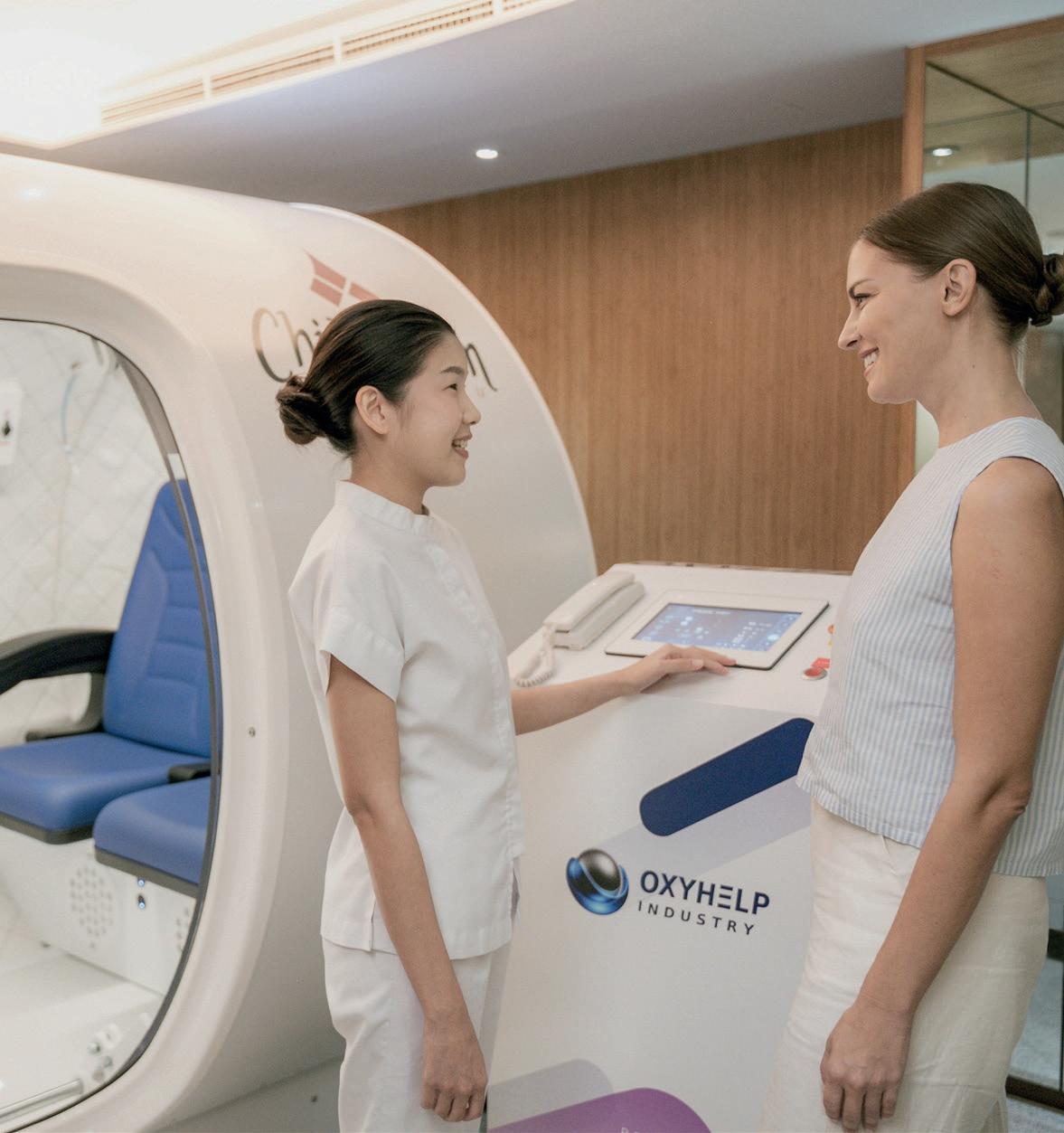
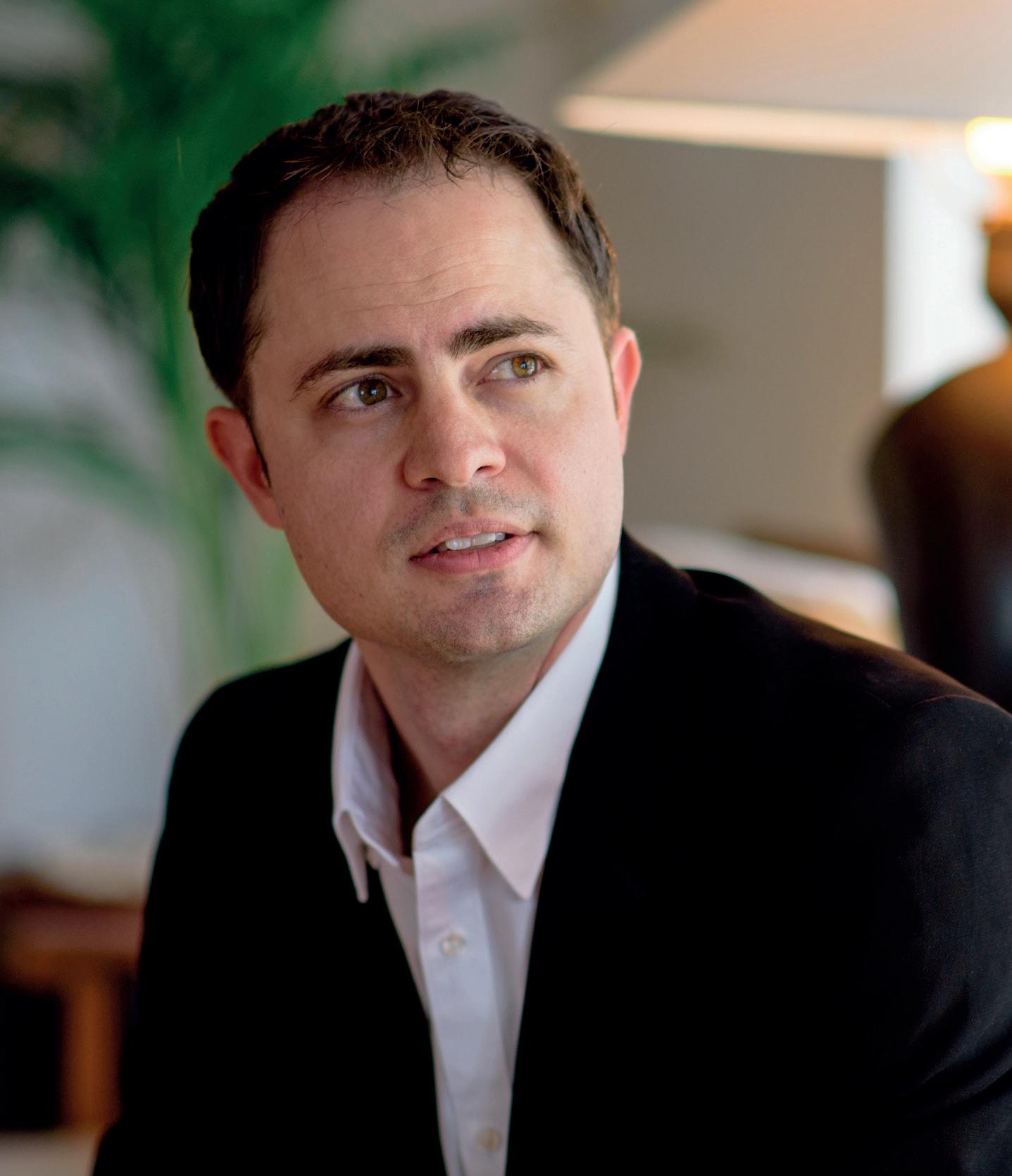
Hiva-Som was an early adopter of epigenetic testing, which measures DNA methylation patterns to determine an individual’s biological age versus their chronological age. It also assesses the age of their immune system and the shortening rate of their telomeres, another marker of age. Additionally, it can identify predispositions to diabetes and heart disease.
Epigenetics has been used in research to discover the impact of environmental factors on ageing. It can also determine genetic predispositions and how lifestyle and environment impact health. The good news is that health can be changed, even within weeks, exemplifying personalised wellness.
Clients often have individual requests, and epigenetic testing provides another piece of the puzzle for effective collaboration. The world is evidence-based now, and concrete results demonstrating improved health are crucial to maintaining client trust.
Testing can be done via urine, saliva, or blood.
Chiva-Som uses a finger prick blood test, with results available in three to four weeks.
The majority of people tested have not made substantial lifestyle changes, resulting in them having a biological age greater than their chronological age. However, some “data fanatics” who have
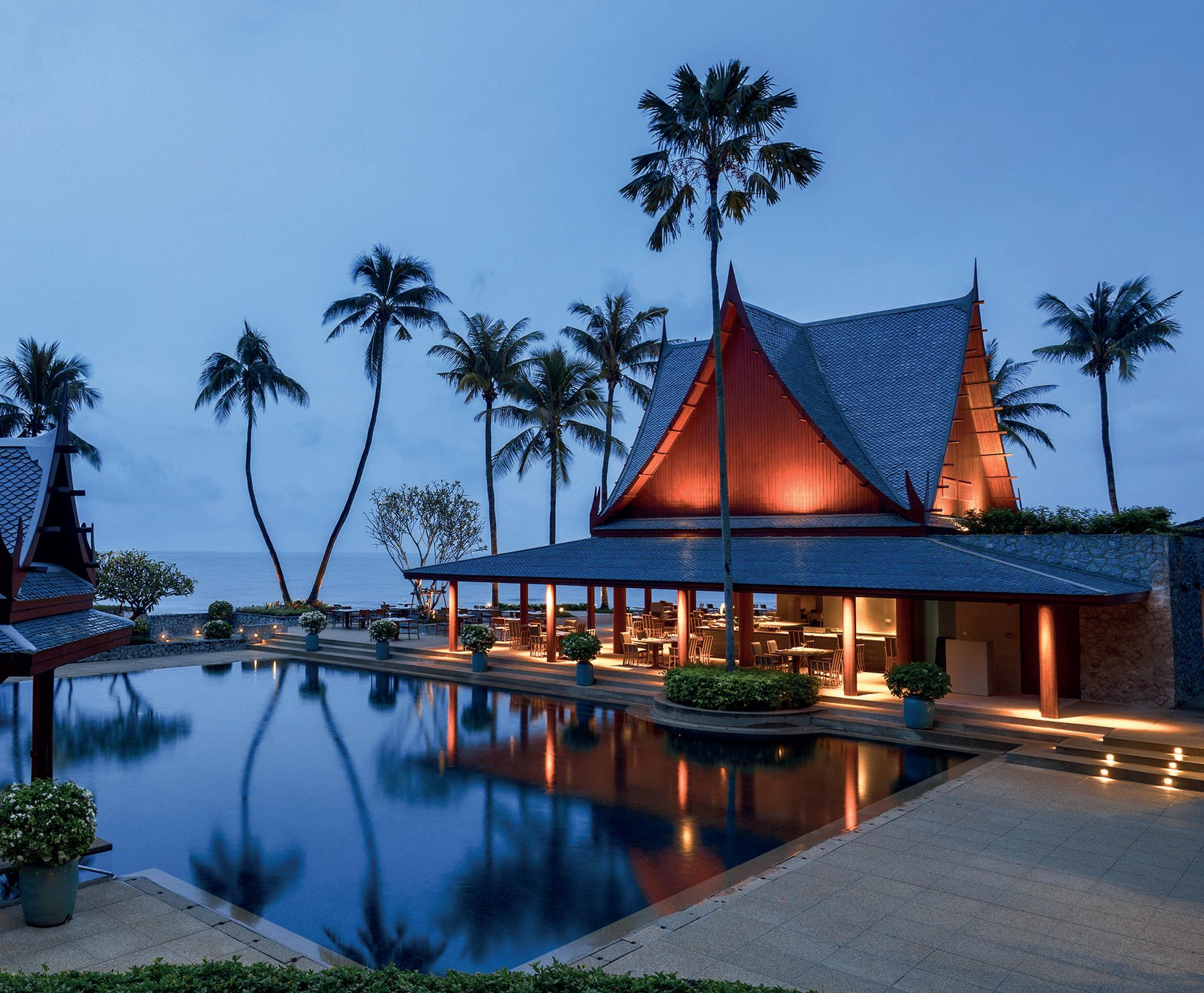
optimised their lifestyles have a younger biological age. Others who believed they were healthy due to diet and exercise are disappointed to discover they are biologically older, often due to stress.
Chiva-Som takes a holistic approach, advising on diet, exercise, sleep, stress, and meaningful activities. Sleep and stress are more difficult to address, and they must be handled together. Joyful activities, relationships, and a good support system are as important as diet and exercise, providing breaks from stress and comfort in stressful situations.
For those with uncontrollable stressors, resiliencebuilding and perception-shifting are key. Breathwork is one method used to teach stress management. Chiva-Som Hua Hin provides a safe space to escape stress and let go of emotions. For those considering major life changes, Chiva-Som offers space to explore options and potential next steps.
Epigenetics is expected to become mainstream, potentially reaching primary care levels. Doctors could show patients their predisposition to illness and the impact of lifestyle choices, serving as a motivating factor.
In the health and wellness industry, it will lead to more personalised services and fine-tuned programmes. Research will likely reveal more
about how the environment impacts health and whether certain environments accelerate ageing.
Intergenerational trauma is considered by examining family and past health history. For example, a client with panic attacks might be asked about family history of similar issues. While family predisposition is more difficult to address than trauma from a specific event, it can be comforting to know there’s nothing inherently wrong and that traits are passed down through generations. This awareness can help people stop blaming themselves and view their reactions as unique and empowering. They can then seek solutions and take steps to undo genetic programming which is possible and changes the epigenetic profile. ●
Tap or scan to read the interview




My mother was the first person to take dance and create an exercise programme out of it
Esther Fairfax Founder, The Lotte Berk Foundation

Everyone in the health and fitness industry will be familiar with barre, but not many know the technique originated with my mother, Lotte Berk. She was a renowned dancer, Liselotte Heymansohn, from Cologne, who fled Nazi Germany, arriving in London during the war as a refugee.
Lotte found success as a dancer and in later years, when she reached her 40s – the age when dancers retired – she realised she couldn’t live without movement, so in 1959 she created an exercise programme that comprises 19 movements based around using a ballet barre.
She was the first person to take dance and create an exercise programme out of it and her programme became world famous. She restricted it to women, as she wanted to create a safe space where they could feel good in their bodies.
She created it following an incident when she slipped a disk. To aid her recovery, she began working with an orthopaedic surgeon to design a series of exercises to strengthen the spine and core. After making a full recovery, she started sharing her method with others.
Nobody had ever done the sort of moves my mother did. The Lotte Berk Technique works the small muscles which create a sleek body shape, so they work like a corset. Generally with exercise, people want to focus on the major muscles, but although these are important, they’re supported by smaller muscles which are often ignored. Lotte Berk exercises focus on all those smaller muscle groups.
The Lotte Berk Technique expanded into a number of countries, including Switzerland, Italy, Israel, the Middle East and Canada, as well as around the UK, with classes continuing to this day.
Nobody had ever done the sort of moves my mother did to work the small muscles
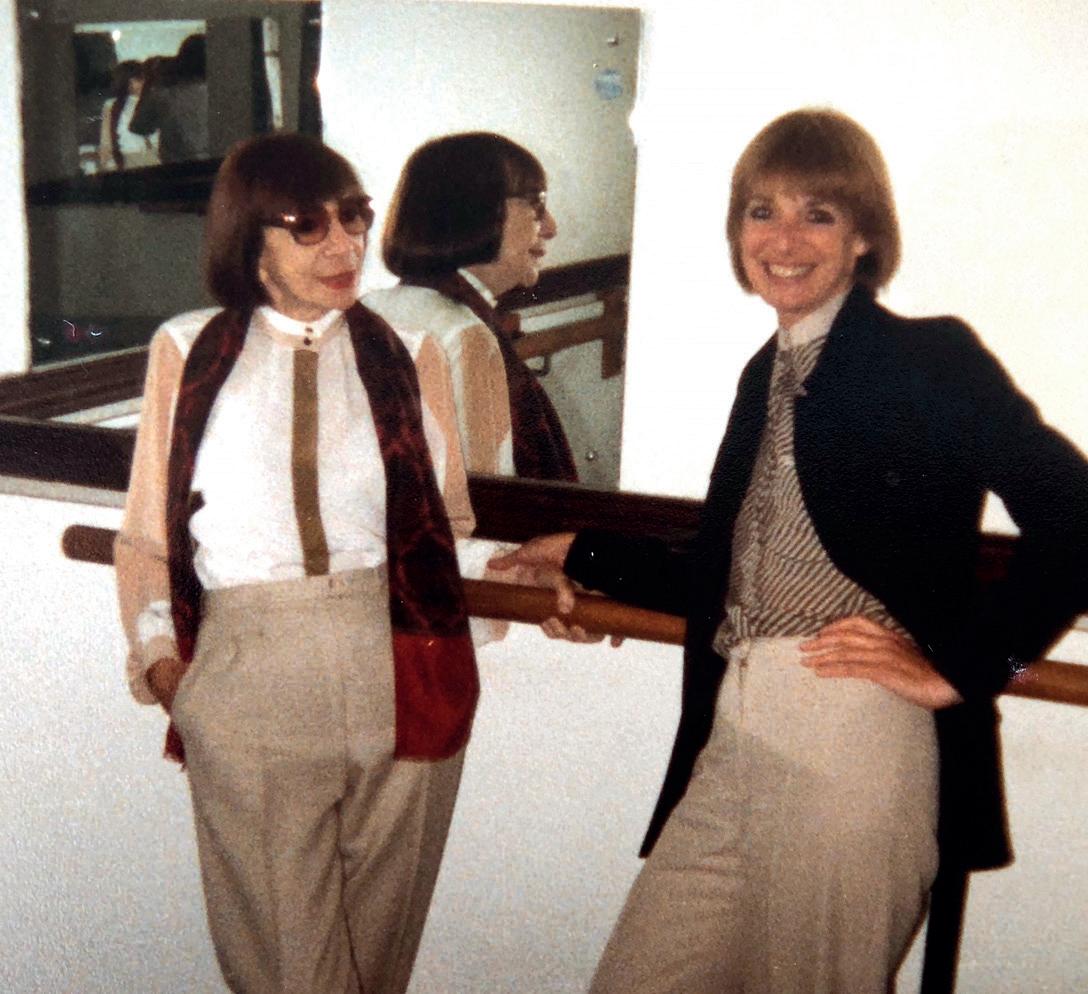
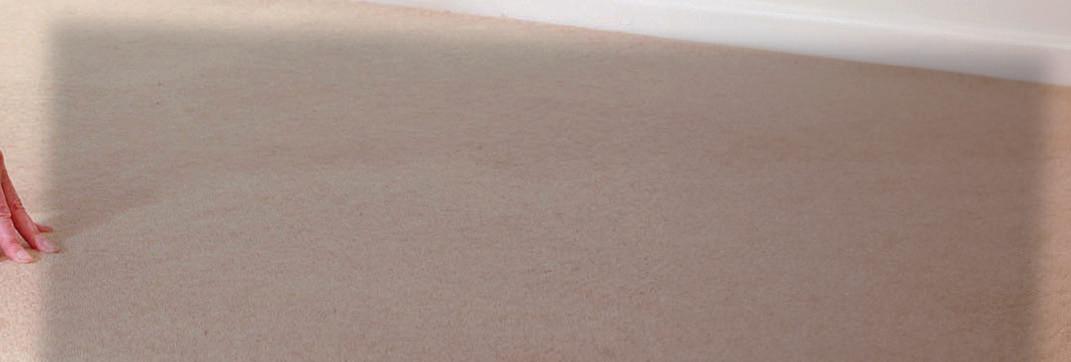

I’m 89 and on a mission to protect and promote the Lotte Berk Technique in its original form. I want to make sure Lotte’s name doesn’t die and I’d like to see studios using my mother’s name, with instructors who are trained using my mother’s technique. Although I’ve retired from teaching, I still work out twice a day using the exercises.
One of my teachers, Jenifer Klepfer, is leading the establishment of The Lotte Berk Foundation, which will promote the method and run teacher training courses. Courses are planned and the lead teacher will be Jenifer, who has built a committed community of Lotte Berkers and I will give a Q&A on the Lotte Berk spirit. The courses will also cover the history of the technique, the art of crafting a Lotte Berk class, anatomy and an exam. Teachers have to be empathetic as well as strict and they need to have humour because my mother put a lot of mischief into it. ●
More: www.lotte-berk.com
Tap or scan to read the interview



Denbighshire Leisure’s turnover has increased by 25 per cent since 2021, so the developments have paid for themselves and more
The UK Leisure Framework was created to help local authorities build sustainable leisure facilities and leverage investment. The framework provides a turnkey solution to create facilities that deliver a commercial return, unlike existing frameworks that were limited to construction.
The process involves partnering with Alliance Leisure, who manage and operate the framework. They work with local authorities to determine the right solution, feasibility, business cases, costs, and investment payback. They assess the type of facility that would be commercially viable while still delivering on the client’s objectives. Once the business case is approved, Alliance Leisure manages the planning and construction and works with local authorities to establish business case targets and support marketing and rebranding.
The framework has delivered 105 projects, with a total value of £136m, and projects valued at £500m are in development. It has seen approximately £30m invested in Denbighshire over the last decade, and the company has grown from 250 to 750 people. The framework has also delivered significant economic benefits to towns and
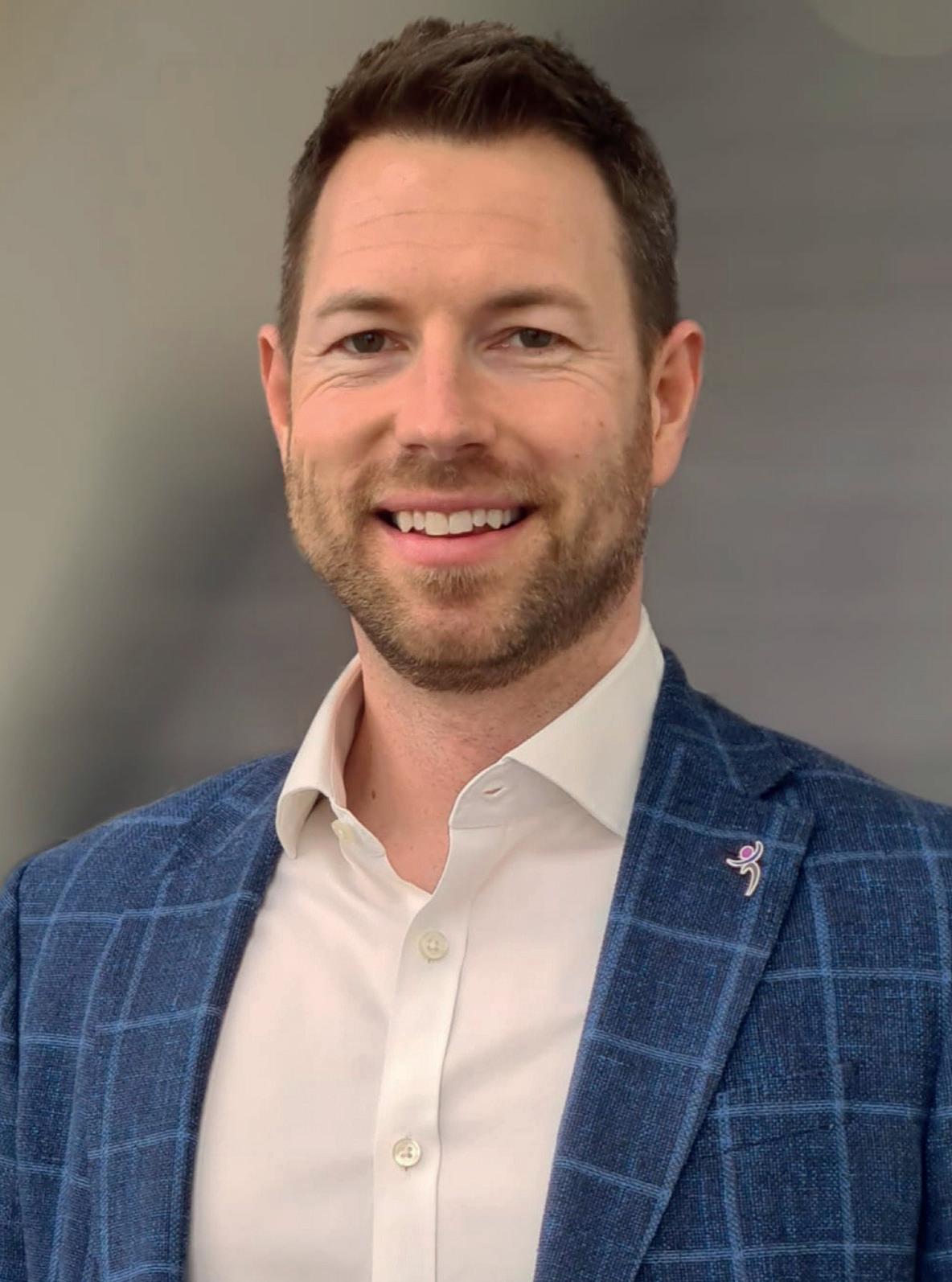
surrounding businesses, and has helped generate confidence from the private sector to invest.
Local authorities use the UK Leisure Framework because it delivers sustainable solutions and expertise from start to finish, and removes a lot of the risks. It also offers professional leisure experts who help to plug the gap in expertise in the leisure industry. The framework is cost-effective for local authorities because the expertise offered at the front end means concepts and outline designs can be generated without incurring huge fees.
The framework has been a game changer in terms of developing leisure stock. It has been successful in delivering sustainable solutions and expertise and has created a legacy for many generations to come.
Local authorities are facing tough times and leisure – being a non-statutory function – has always been exposed to risk. This risk has increased at a time when budgets are so stretched. However, the leisure industry is resilient, and even though consumers have less money due to the cost of living increases, there hasn’t been a real impact on membership or footfall numbers as yet. Controlling cost will be key for most operators, alongside maintaining solid relationships with local authorities to manage contract expectations. l
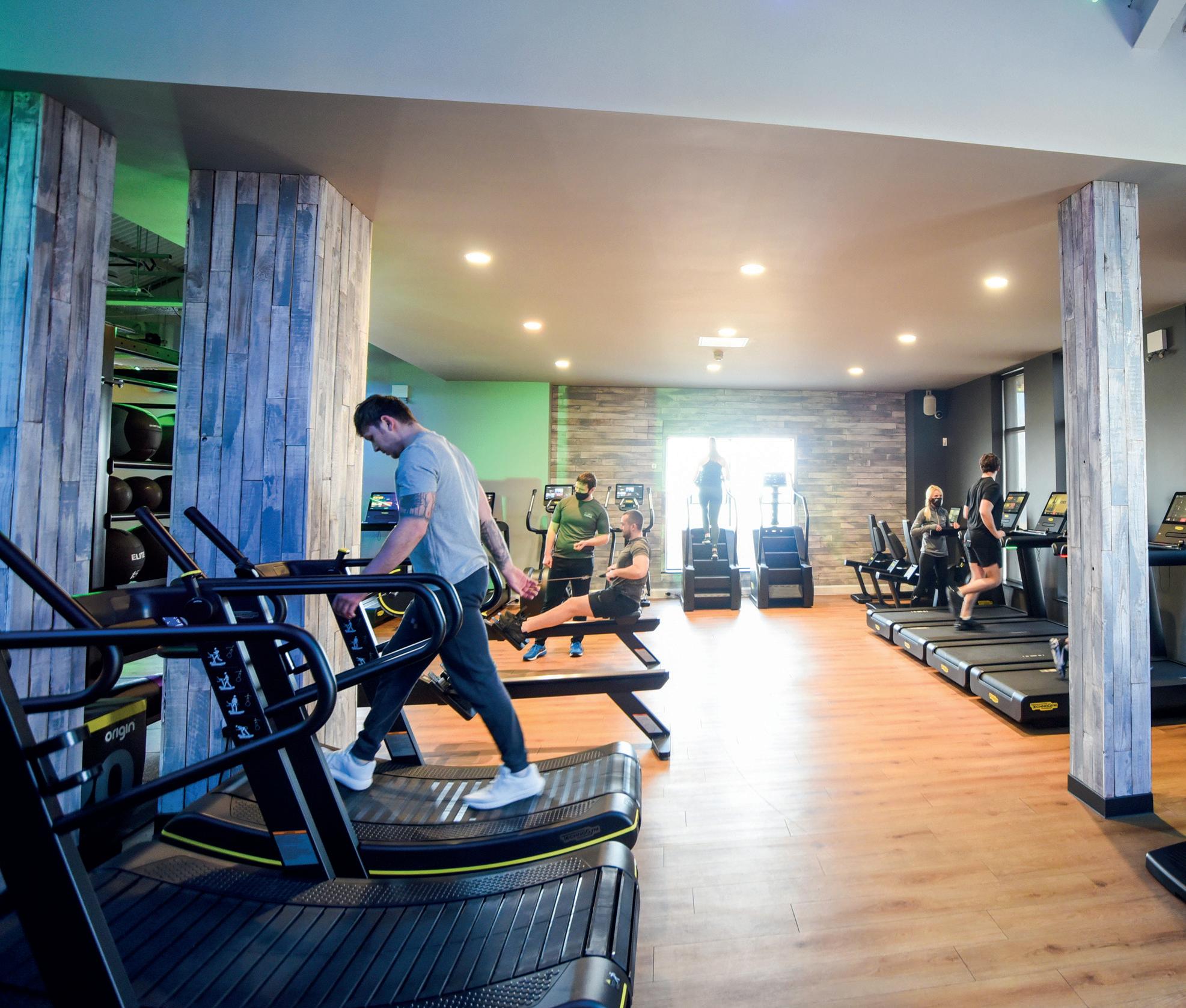






Edinburgh Council will have a £143m budget shortfall by 2028/29 and so must find ways to become more efficient

Jen Holland CEO: Edinburgh Leisure

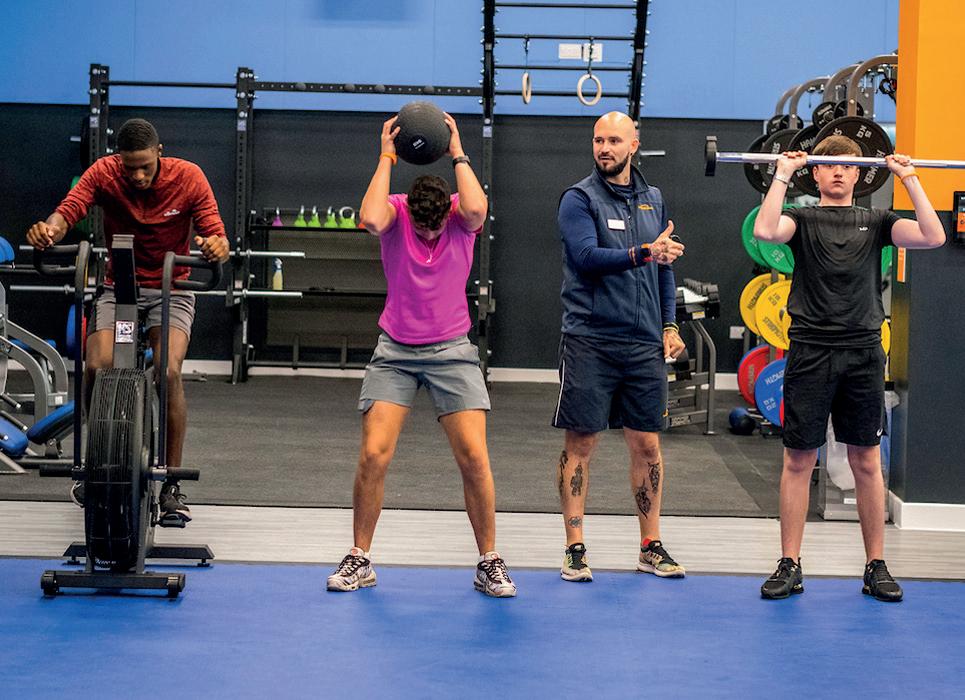
June Peebles was appointed as the new CEO of Edinburgh Leisure in 2024.
Peebles is a qualified accountant and was previously the director of strategic commissioning and partnerships at Scottish Borders Council.
Peebles was attracted to the role due to her belief in the importance of physical activity for improving health and wellbeing. She sees the sector as a critical partner in delivering improved health outcomes and would like to bring about change by focusing on prevention and early intervention, removing barriers to sport and physical activity, and building communities.
The biggest challenges facing Edinburgh Leisure include public sector funding cuts, increasing demand for wider services and the need to invest in facilities. Peebles believes it’s important to highlight the work being done to tackle inequalities and get people active.
The Active Communities programme supports 10,000 people a year to get active, with specific programmes for different demographics, including older adults, people on low incomes, young people and children, people living with disabilities, and people with dementia.
Peebles sees the Active Communities programme as critical and wants to champion it further. She believes there’s an opportunity to work more collaboratively with the NHS to reduce demand for acute services and to use data to lobby decisionmakers about the benefits of physical activity.
The City of Edinburgh launched a draft Physical Activity and Sport Strategy and was asking residents
Edinburgh
for feedback to prioritise spending. Edinburgh Council will have a £143m budget shortfall by 2028/29 and may have to reduce or stop providing some services, so it’s important that residents influence these decisions.
Peebles believes that community engagement, marketing campaigns, and collaboration are essential to meeting the needs of the people of Edinburgh. A team has been created to look at sustainability and ways to move towards Net Zero.
Current trends include interest in sociable sports, such as pickleball, and padel tennis. Golf is also seeing growth, and with £100,000 from SportScotland, the Edinburgh International Climbing Arena at Ratho is being upgraded with new bouldering facilities. This redevelopment will make Ratho the only climbing centre in the UK with Olympic-standard facilities for all three climbing disciplines. (Editor's note –the climbing centre at Ratho opened in December 2024. See more at www.hcmmag.com/Ratho ●
Tap or scan to read the interview
Originally published: HCM 4 2024



It was as though the whole world woke up at the same time
Dr Jonathan Leary
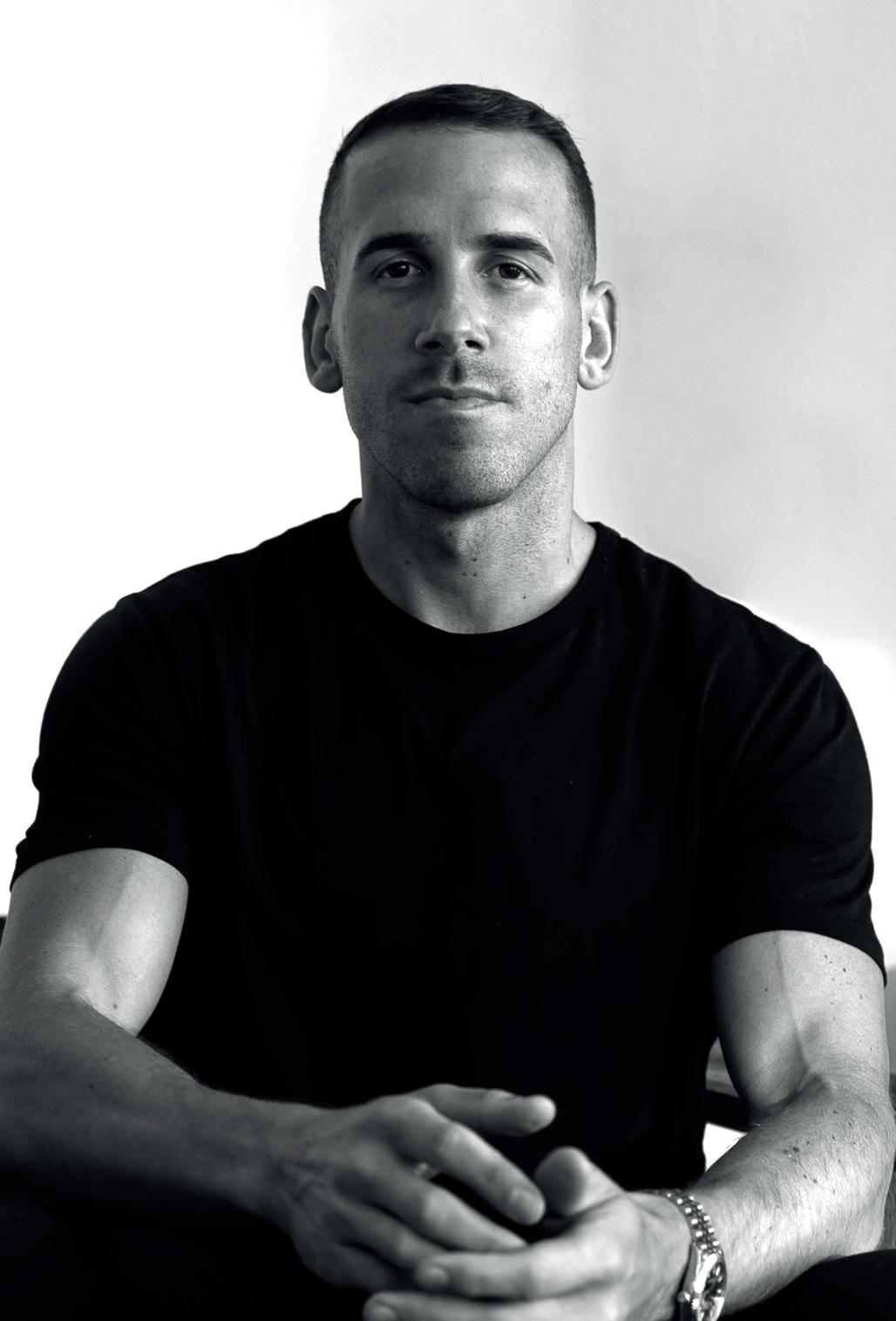

The Framework – a free-to-use platform – is Remedy Place’s way of giving back as a luxury brand and is part of its mission to deliver education for all. The human body doesn’t come with an instruction manual, but these trainings, which are based on the lived experience of Jonathan Leary, offer a road map to show people how to feel better in every aspect of their lives.
The Framework is composed of seven pillars: human connection, which is at the core of everything Remedy Place does; intentional environments that put our body in a better state to regenerate and raise its energetic frequencies; time training – time is a limiter, but when used properly is an expander, so this will coach people on how to maximise their time to unlock their potential.
Also stress training to harness stress as ‘resistance training’ to strengthen the mind; growth and development – offering tangible pathways for people to identify who they want to be and give them the tools to get there; appearance training – how to address external imbalances that are affecting us internally; and conventional health – speaking to the obvious and not-so-obvious metrics and methods that can enhance a health-minded lifestyle.
Remedy Place never expected to close right after opening, so the first couple of months of the pandemic were traumatic, but a positive by-product has been the mass awareness of health and the trajectory of self-care. It was as though the whole world woke up at the same time. The self-care industry

is going to blow up. Just as there’s a gym on every corner, soon enough there will be some type of self-care facility on every corner.
People are really connecting with the social side of Remedy Place’s offering and with each club it develops, it is putting more emphasis on this pillar of its identity.
More members and guests are having meetings at Remedy Place and using it as an after-work hangout in place of other social options, such as happy hour. This inspired them to launch Remedy After Hours, where people can rent the club at night and work with its events team to design a bespoke experience for their needs and budget.
Everyone is trying to identify their unique wellness edge. When Remedy Place first launched, the premise was a hypothesis, based on Leary’s experience in medical practice. Yet since 2019, with no paid advertising, it has enjoyed widespread enthusiasm and adoption.

Pro-active people who prioritise their health and seek happiness. Although Remedy Place hosts a range of guests from 18-year-olds up to octogenarians, their core is people in their 30s, with an almost even split (51 per cent female) showing men are now just as invested in the self-care category.
Remedy Place is inclusive, so it allows anyone to make a reservation and caps the number of members per club, so it has less member visits than non-members. The split is around 35/65. Although it caters to an affluent demographic, many people have shifted their spending to prioritise wellness. ●

Tap or scan to read the interview




Founded in 2006 and headquartered in New York City, Physique 57 is a lifestyle brand built around exercise, results, body positivity and a supportive community. With boutique studios internationally, as well as a virtual studio and an on-demand platform, Physique 57 offers barre-based classes. The company trades via club-in-club licenses, licenses and franchises, as well as having corporate-owned locations in New York City.
The on-demand platform offers barre videos, with new content added each week.
Physique 57 was born out of necessity! The first barre studio in the world, The Lotte Berk Method (LBM), came to New York in 1971. It was incredibly successful until 2005, when it closed very suddenly.
Tanya Becker, a long-time LBM instructor and Jennifer Maanavi saw this as an opportunity and set out to modernise the method, develop barre instructors and a luxurious client experience and build a supportive, intimate community – which was rare in the fitness industry at the time.
Maanavi came from a finance background with an MBA and Becker had a background in professional dance, choreography and barre. Together they became pioneers in the boutique fitness industry. Their mandate was to make challenging group exercise fun and addictive for busy women and they worked with the Exercise Physiology department at Adelphi University in New York to test the method and prove that results were achieved in as little as eight workouts, as these quick results were vital to success with busy New Yorkers.
Our ‘why?’ is to improve the lives of our clients, not to make them feel defeated
Jennifer Maanavi
Founder,
Their first studio was on the eighth floor of an office building in midtown Manhattan. After being open for just a few months, classes had waiting lists and the story became a national phenomenon.
Each studio offers around 40 classes a week in six formats. The signature classes integrate cardio and strength for high-intensity, low-impact workouts with sprints, recovery and flexibility exercises to maximise sculpting and toning.
Physique 57’s proprietary techniques accelerate lean muscle building and increase metabolic rate.
The company has clients aged from 18 to 88 and each format delivers low-impact, safe exercises customised for the female body for injury-free strength training.
Beginner barre classes are also offered, so clients can learn the science of the method and refine their form, as well as intermediate and advanced classes to level-up results with creative sequences.
Additionally, a Pilates-inspired sculpting format on the mat enhances posture, coordination and tone.
Each is developed by a master training team, led by Becker. Combined they have 50+ years’ experience teaching and developing barre programmes.
Physique 57 on-demand was born from a DVD business which was successful and after which the company transitioned to digital in 2011, long before the pandemic.




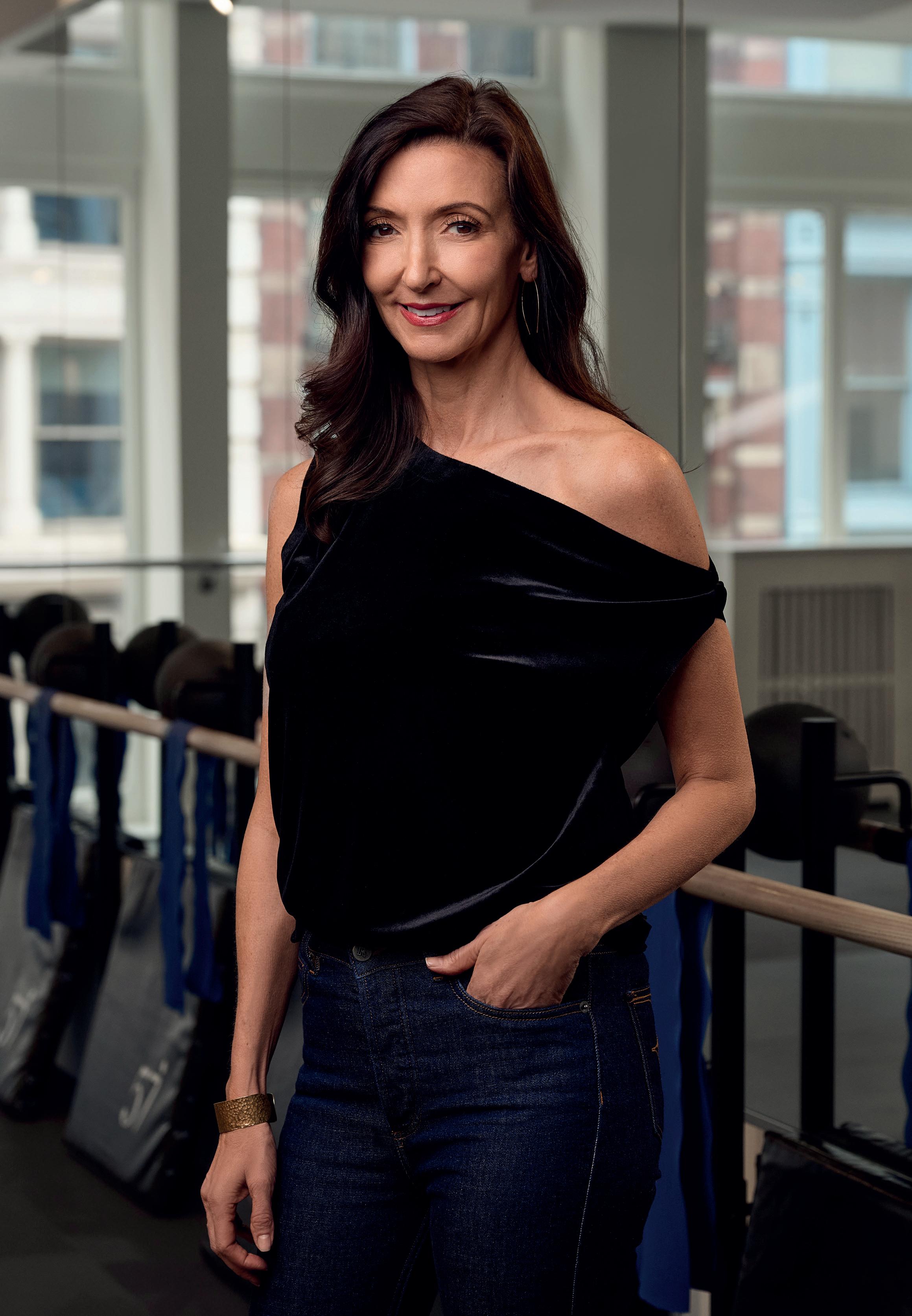
comes from a finance background and has an MBA
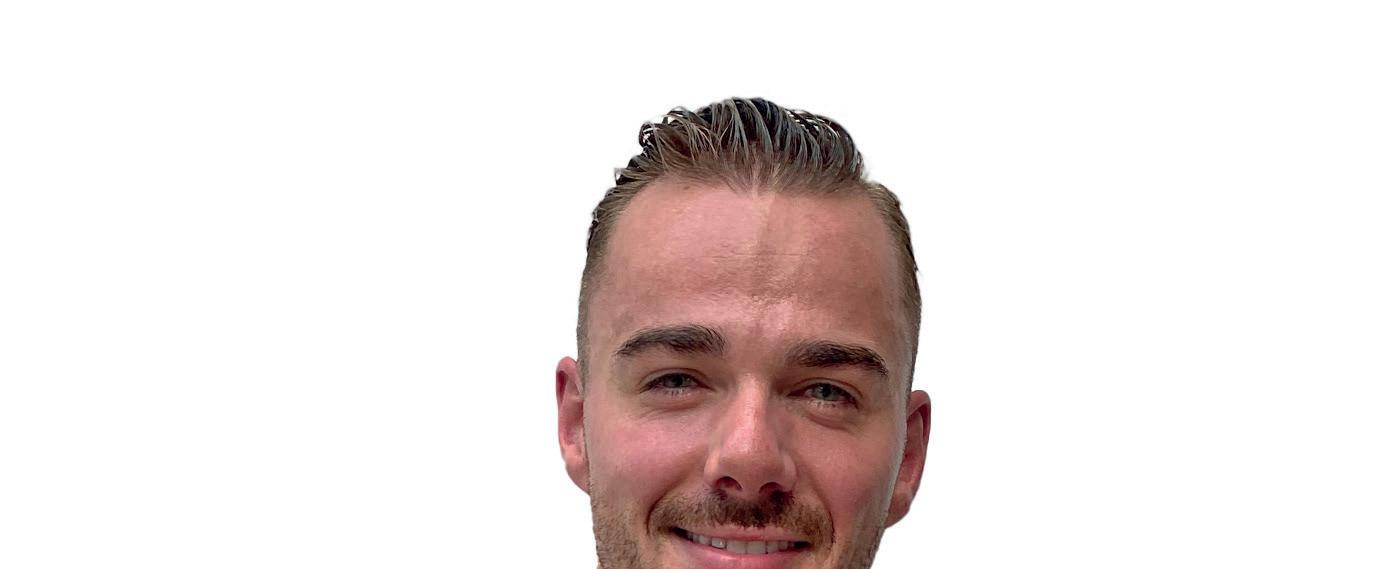
Sanctum offers a cathartic, spiritual mind-body experience, blending ancient practices with modern techniques. The signature workout sequence incorporates high-intensity movement, Kundalini yoga, martial arts, and mindfulness, creating an immersive, multi-sensory experience.
Classes take place in unique locations worldwide, such as churches, ancient ruins, and beaches. Participants wear headphones, hearing a mix of motivational music, soundscapes, poetry and wisdom, alongside binaural beats and healing frequencies.
The atmosphere is enhanced with candles and sage smudge sticks, creating an immersive environment.
Sanctum’s philosophy is about gathering and integrating various traditions rather than creating something entirely new. The structured Sanctum Framework ensures consistency, while instructors –called guides – bring their unique themes and stories, making each session distinct. Unlike typical fitness instructors, guides do not dictate movements but lead participants through an experiential journey. Their backgrounds often include theatre, dance, and storytelling, as inspiration and authenticity are key.
The Sanctum Academy provides a three-week intensive training programme, focusing on core values, presence, and the art of storytelling. Guides must strike a balance between vulnerability and relatability, as people remember emotional stories more than the physical workout itself.
Music is central to Sanctum’s experience. The brand has developed its own sonic identity in collaboration with Myndstream, a company known for its work on shows such as Stranger Things and Bridgerton. This unique soundtrack




plays a crucial role in shaping the experience, synchronising movement, music, and storytelling. The use of headphones is based on research from Berkeley University, which found that people are more emotionally connected to sound when listening through headphones. This creates an intimate, oneon-one experience, no matter how large the class. Since no existing system met Sanctum’s needs, they developed a portable sound system, small enough to be carried as hand luggage on flights. Sanctum’s goal is to alter body frequencies, but without over-explaining the science behind it. For example, a class focused on love might incorporate 528 Hz sound frequencies, heartopening movements, and reflective practices, allowing participants to feel the connection intuitively. The experience is designed to be accessible to all, even those unfamiliar with spiritual practices such as Kundalini yoga. The emphasis is on energy and how different elements come together to create an impactful, transformative experience.
Sanctum’s founder, Luuk Melisse, is a former dancer and was influenced by both spirituality (from his mother) and business acumen (from his father). Eight years ago, he began travelling to study ancient philosophies and movement practices such as Kundalini yoga and Qigong. Sanctum started as a mindful fitness concept but evolved into a ritualistic and communal experience. Customer feedback highlighted the importance of community, as modern society faces increasing loneliness. Sanctum provides a space where people can

laugh, cry, and connect through collective experience, making it one of the core pillars of the brand.
Sanctum began in Amsterdam, hosting daily classes in churches and other spiritual spaces. It expanded to London in 2024, with classes in South Kensington, Shoreditch, and Bayswater. Plans for the US are in motion for 2025. The brand aims to expand across Europe while maintaining high-quality experiences.
Classes cost £40 in London and €25 in Amsterdam, reflecting market dynamics. While private retreats are more high-end, Sanctum aims to be inclusive, ensuring experiences remain accessible to a broad audience.
Sanctum partners with hotels and resorts to deliver three to four-night retreats, integrating its signature experiences with local themes. Retreats take place in locations such as Ibiza, Rome, and Six Senses resorts. Activities may include cacao ceremonies, plant-based music and energy healing. Social connection is key, with dancing and communal experiences complementing mindfulness practices. The goal is to take participants through a full spectrum of experiences—high-energy movement, introspection and social bonding.
Sanctum’s large-scale Frequency Festival hosts up to 2,000 participants in a twoand-a-half-hour immersive experience.
Sanctum aims to become a global movement, fostering deeper human connection. Unlike conventional fitness classes, which often focus on aesthetics and intensity, Sanctum prioritises emotional wellbeing and self-discovery. The brand aligns with a growing movement towards mindful fitness, similar to concepts such as The Class in New York and Kinrgy. Rather than competing, Sanctum focuses on continuous innovation. By disrupting the industry, Sanctum is redefining how movement, music, and mindfulness come together, creating transformative experiences that go beyond traditional fitness. ● Originally published: HCM 7 2024
Tap or scan to read the interview



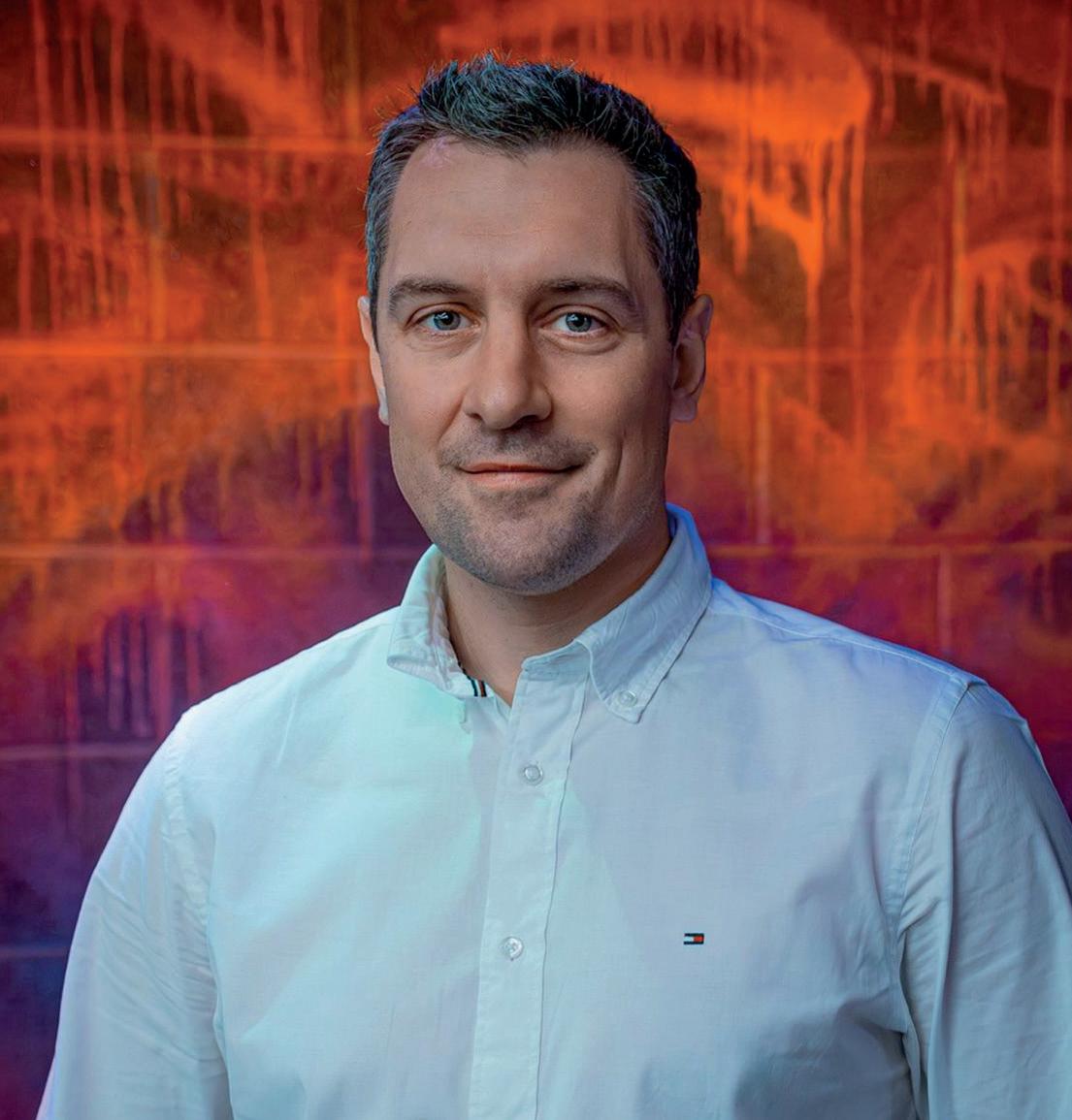
United Fitness Brands (UFB) was preparing to launch into franchising in August 2024, with the goal of opening 150 locations globally over the next five years.
In a newly created role, the focus for Richard North will be on developing this franchise business on an international scale.
The franchising rollout will take place in phases, beginning with the Barrecore, Reformcore, and Triyoga brands. The second phase will see the introduction of Kobox and Boom Cycle to the franchise model.
Following the launch of Reformcore in January 2024, work is underway to rebrand Barrecore to appeal to a broader market, particularly the growing Gen Z demographic. Boom Cycle
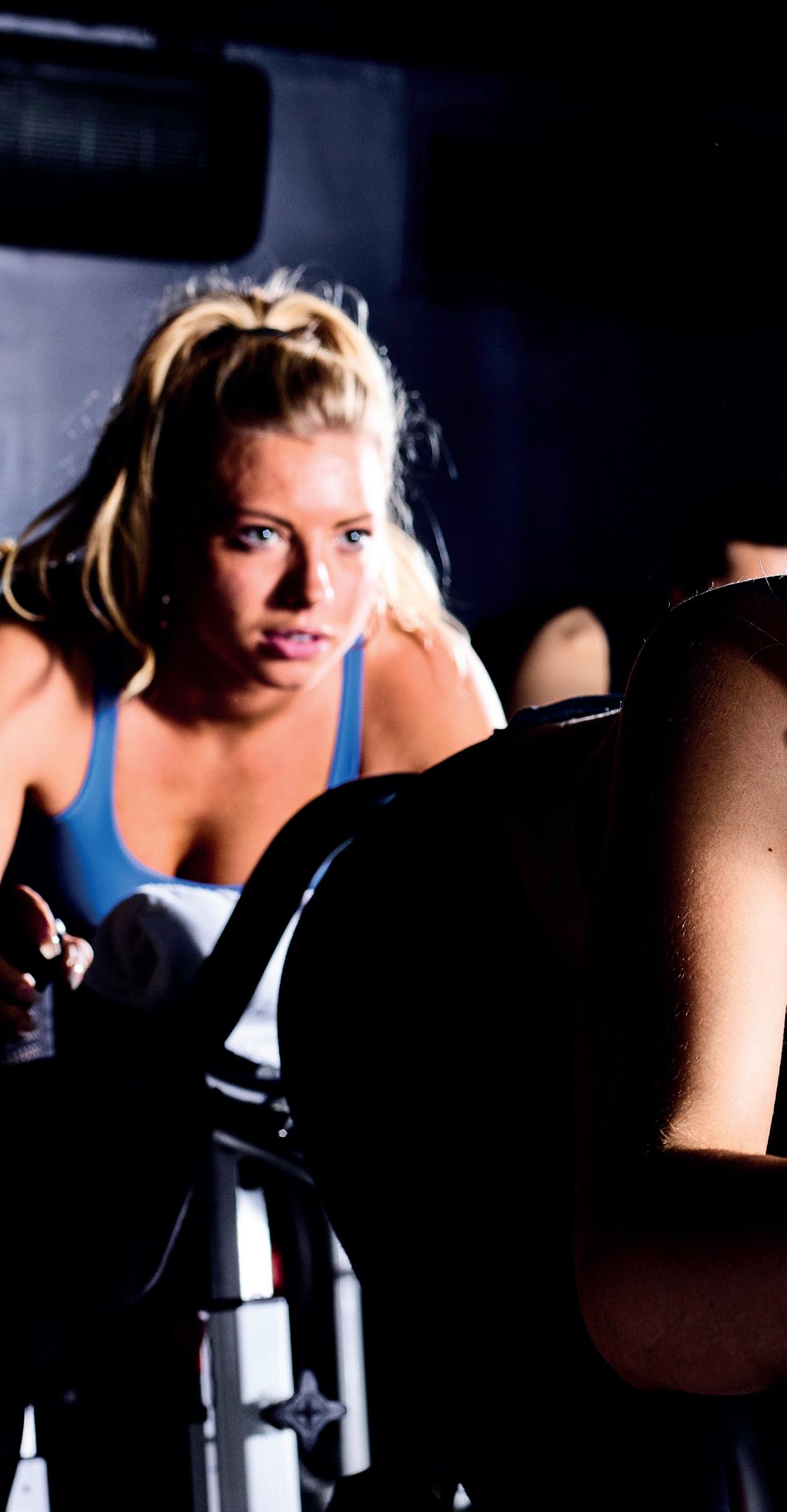
is also adapting its programming to attract a wider audience, while maintaining the original ‘party on a bike’ format and incorporating performance and endurance-focused sessions.
In July 2024, Reformcore was launched at the Battersea Power Station development, bringing the total number of studios to five.
Two franchisees, already part of UFB, have successfully tested the proof of concept, operating both Barrecore and Reformcore studios. Additionally, expressions of interest had already been received from across the EMEA region from individuals familiar with the brands.
North’s Extensive experience in franchising supports this expansion. His previous roles include working

at Anytime Fitness during its early growth phase, focusing on franchisee recruitment. In 2017, his launch and leadership of Skinsmiths resulted in nine clinics opening within seven months. Later, as European Head of Franchise for Getir, rapid expansion was successfully overseen following the UK rollout.
The United Fitness Brands franchising business will target both global developer franchisees and individuals in the UK with a passion for promoting health, fitness, and wellbeing.
Franchises will be priced between £250,000 and £450,000, with an expected capital return on investment within two-and-a-half to three years, depending on the brand and the number of studios acquired. This pricing
applies to the three initial brands, with phase two pricing to be reviewed at a later stage.
In the UK, the focus will be on opening in commuter belt locations initially, ensuring accessibility for a broad customer base.
● In February 2025, UFB revealed a new strategy involving closing a third of its locations – mainly single-brand studios – and driving the growth of multi-brand sites.
Tap or scan to read the interview
Originally published: HCM 7 2024



Almost 40 per cent of men have never spoken to anyone about their mental health. There’s a lot of suffering in silence
Mettle is a mindfulness app co-founded by Bear Grylls and Neil Smith, designed specifically to support men’s mental wellbeing. Recognising a gap in the market, they created an app incorporating meditation, breathwork, and neuro-linguistic programming (NLP).
Developed with research input from Imperial College London, Mettle is tailored to engage men, who are often skeptical about mental health practices and require a different approach.
The app features a team of experts: Chibs Okereke handles meditation, Jamie Clements specializes in breathwork, Paul McKenna contributes NLP techniques, while Dr. Alex George and Bear Grylls focus on motivational mindset strategies.
Chibs Okereke, already an expert on the Calm app, was drawn to Mettle due to his passion for improving men’s mental health. The statistics are concerning: 40 per cent of men regularly feel low or worried, nearly 80 per cent have experienced mental health issues, such as anxiety, stress, or depression, and around 40 per cent have never spoken to anyone about it. Okereke says these figures highlight the need for practical solutions such as Mettle to address the silent suffering many men endure.
Men are often discouraged from expressing emotions from an early age. Social conditioning teaches boys to “brush off” pain, whereas girls receive more comfort. This ingrained programming makes it difficult for men to open up about their emotions.

However, change is happening. More male role models, especially athletes, are speaking about mental health. The pandemic further intensified mental health struggles, and technology, while beneficial, also contributes to stress and anxiety. The key is harnessing technology positively – an approach Mettle embraces.
Mettle is designed to appeal to men through language, practicality, and association with a masculine figure such as Bear Grylls.
Instead of using terms such as “breathwork,” the app introduces “combat breathing,” a technique used by soldiers to remain calm under pressure. Once men try it, they learn it is rooted in ancient yogic practices.
Mettle is meant for daily use, beginning with an assessment that assigns a mental fitness score. AI then guides users toward exercises suited to their needs.
The sessions are short – around five minutes – to keep them sharp and engaging, with longer options available.
Most men are unaware of how beneficial meditation and breathwork can be, so Mettle provides accessible, practical tools to introduce these practices into their routines. ●
Tap or scan to read the interview
Originally published: HCM 1 2024
https://www.healthclubmanagement.co.uk/health-club-management-features/HCM-People-Chibs-Okereke-Stress-and-burnout-coach-Mettle/36972




Oliver Patrick
Future Practice
Future Practice launched a suite of courses in 20204 to equip fitness professionals with the knowledge to lead on wellbeing.
With 56 per cent of Gen Z turning to TikTok for health advice, there’s a clear gap in professional guidance. Consumers are already buying wellbeing products without understanding them, fuelling a market of ineffective solutions.
If the fitness sector does not take ownership of wellbeing – including recovery, sleep, and breathwork – gyms risk becoming irrelevant. By stepping up, they can become hubs for holistic lifestyle optimisation.
VO2 max should be tracked as frequently as blood pressure or cholesterol. It plays a critical role in immunity, stress resilience, energy, and cognition.
Strength training has taken priority in recent years, neglecting cardiovascular fitness.
While cardio lacks immediate aesthetic rewards, it remains the strongest predictor of life expectancy.
A Copenhagen study of 125,000 men found that increasing VO2 max by just one millilitre per kg extended life expectancy by 45 days (www. hcmmag.com/Copenhagen). From the age of 40, VO2 max declines by 10 per cent per decade, impacting mobility and long-term independence.
For Gen Z, this is equally relevant. Despite looking fit, many experience anxiety and poor sleep. There may be a link between neglecting cardio and declining mental health.
VO2 max can be improved at any age, even in those in their 80s, significantly reducing cardiovascular disease risk and enhancing quality of life.

Fitness professionals must reintroduce cardio as a key health metric. This course provides measurable strategies to bring longevity-focused fitness back into gyms.
Poor sleep contributes to excessive eating, cardiovascular risk, and diabetes. Addressing sleep must be part of fitness programming.
Sixty per cent of UK adults experience sleep issues, with at least half caused by behaviour. Many unknowingly mismanage caffeine, alcohol, naps, or daily rhythms. Millions struggle with sleep simply due to a lack of understanding about melatonin or the effects of blue light.
There are currently no pre-clinical sleep specialists. Future Practice aims to fill this gap by training gyms to offer sleep consultations, allowing personal trainers to expand their services and increase their rates.
Developed with NHS GP Dr Vicky Pico, the sleep optimisation course screens sleep behaviours and provides a roadmap for improvement.
Breathwork is a powerful but underused tool for stress resilience and Future Practice partnered with Jamie Clements, founder of The Breath Space, to develop a breathwork course covering: functional Breathing – optimising everyday breathing mechanics to prevent shallow or mouth breathing; nervous System Regulation – using breath techniques to promote a calm physiological state and reduce chronic stress.
With breathwork gaining popularity, fitness professionals must understand and apply these techniques correctly.

Finally, the course called “Building Your Personal Wellbeing Brand” is designed for personal trainers looking to work with high-net-worth individuals or corporate clients, or to become brand ambassadors.
The workshop-based course helps PTs define their brand, align with the right companies and establish professional relationships to expand their influence.
Rather than positioning these courses as a premium offering for elite gyms and spas, they have been made accessible to all personal trainers. With growing demand for wellbeing expertise, Future Practice has prioritised affordability – at least for now. ●
Tap or scan to read the interview





Many fitness professionals don’t feel skilled enough to work with people with a health issue
Jenny
Patrickson
MD, Active IQ
What’s the purpose of the Skills Gap Report?
We have a lot of anecdotal feedback around the state of education and the workforce situation within our sector and we wanted to have some concrete evidence as to the lay of the land.
We also wanted to give learners a voice and understand their perspective. As an awarding organisation, our direct customers are training providers, while fitness professionals are once removed, so we wanted to find out about the issues they’re facing and their views on the opportunities in the sector.
What were the findings?
They confirmed what we were aware of: health clubs, gyms and leisure centres are struggling to find people with the right skills to fill roles, especially to deal with the increasingly diverse range of members.
Year on year, since the pandemic, there’s been a decline in the number of people being certified and there are less people coming into the sector looking for a career – plus the churn is too high. In addition, employers who are taking people on and then not supporting them in their continuing professional development or not upskilling them, are seeing the most churn.
Is the training fit for purpose?
I think it is fit for purpose: we have training up to level four. Despite this, many fitness professionals

don’t feel skilled enough to work with people with disabilities, or those with an injury or a health issue. They also report feeling that they lack the necessary skills to manage their own businesses and to find and retain clients. Business skills are included in qualifications now, but they weren’t 10 years ago. Responsibility for upskilling people lies with both the employer and the employee, even with a selfemployed model. If an employer thinks that someone can enter a role with the breadth of skills, knowledge and behaviour they need for their business right from the off, then they’re wrong. The qualification is just the start of the journey. Employers are responsible for upskilling team members while employees are responsible for becoming lifelong learners.
Are there enough career progression opportunities in the sector?
We received feedback about the lack of progression opportunities in the sector, but I think this is more about perception than reality, because training opportunities and progression opportunities do exist – this is something CIMSPA has been working on. We also work with Future Fit to create bespoke management qualifications and career opportunities to allow people to move into management. However, having such a large proportion of the industry unable to see a career pathway is a clear

call to action for employers, awarding bodies and training providers to increase the visibility of career progression while also highlighting success cases. Development of CPD also needs to be paired with a clearly communicated path explaining how careers can be advanced as skills are developed.
The industry needs to do a better job of marketing its own opportunities and ensure it’s seen as an attractive option for potential employees and taken seriously as a career choice.
How about pay and benefits and contracts?
This is one of the issues we’ve been banging the drum about for years, along with CIMSPA, EMD and UK Active. One of the problems after the pandemic was that it was a candidate’s world in terms of jobs and opportunities and other sectors offered better pay.
Is cost a barrier?
It doesn’t have to be. If an organisation sets up its own academy, or works with a training provider and if it’s clever with how it bolts on CPD to qualifications it doesn’t have to break the bank.
One opportunity that’s being missed is apprenticeships. We’ve had the same apprenticeships available for many years now and there’s no group within our operator environment blazing the trail to get new apprenticeships that join the link between healthcare and fitness. Employers with a pay bill of more than £3m are already paying an apprenticeship levy, so there are many benefits for the development of new apprenticeships, otherwise this levy will get wasted.
The higher the apprenticeship level goes, the higher the wage that goes with it and the higher the funding. The apprenticeship levy can also be used for other types of training as well, so there’s a massive opportunity for employers to fund training for their workforce. ●
Tap or scan to read the interview
Originally published: HCM 10 2024



Taking care of your physical and mental health is essential for a fulfilling life
Cristiano Ronaldo
Sporting legend, Cristiano Ronaldo, whose outstanding skill and fitness levels have seen him dominate the top of the professional football game for decades, launched a new fitness app on 3 April 2024 as he ramps up his investments in the wellness industry.
Called Erakulis (www.erakulis.com), it’s was designed to be “more than an app”, according to Ronaldo, who says it’s an all-in-one wellness experience that will teach people “how to be fit, how to protect their body and how to prepare for life – physically and mentally.
“Taking care of your physical and mental health is essential for a fulfilling life and Erakulis is here to support you every step of the way,” he explained. “Behind your customised plan, we have a team of experts who will take the time to listen to your story, understand your aspirations and craft a tailored wellness experience plan that aligns with your goals and lifestyle.”
Features include video call appointments with experts, activity and progress reports, a water tracker for hydration, audiobooks for ‘inner balance’ and a challenges and rewards feature.
Workouts, fitness and nutrition plans can be customised and an interactive feature enables subscribers to give feedback on the app after workouts. The launch of the app, with its focus on ‘fitness,

to head with Chris Hemsworth’s Centr, which covers similar ground, albeit with a different style.
The foundation stone for Ronaldo’s business interests is his company – founded in 2006 and called CR7 after his nickname, which is based on his initials and shirt number.
The brand started out in the world of fashion with shoes, underwear, eyewear and clothing, before diversifying into lifestyle sectors such as health and fitness, beauty/fragrances and hotels.
In 2016, Ronaldo ventured into the health and fitness industry in partnership with Crunch Fitness to meet growing consumer interest in self-care and wellness. His franchised CR7 health club chain (www.cr7fitnesscrunch.com) now has 11 locations in Spain and Portugal offering PT, advice on nutrition and a wide range of classes, as well as a gym floor.
CR7 hotels, a partnership with Pestana Group, launched in 2015 and currently has five luxury properties in New York, Madrid, Madeira, Marrakech and Lisbon, as well as a development pipeline of hotels in places such as
Ronaldo has a record 649 million Instagram followers

Porto, Paris, Newark, US and Montevideo.
Beyond lifestyle and fashion, Ronaldo’s investment in hair transplant clinic brand Insparya (www.insparya.es), has seen locations opening across Spain and Portugal, as well as in the Middle East.
Ronaldo’s fan-base is the foundation of his business activity, with much of this centred around social media, where he has 649 million followers on Instagram.
This makes his @cristiano account the mostfollowed in history by some margin against second-ranked Lionel Messi with 502 million and stars such as Selena Gomez and Kylie Jenner with 422 million and 395 million respectively. Hemsworth has 58.7 million by comparison.
This direct-to-consumer firepower sees Ronaldo estimated to command up to US$3.23 million per Instagram post in 2024, up from US$2.1 million in 2023 and US$1.6 million in 2021.
The channel is used to promote his various product lines and endorsements, with the initial post for the Erakulis app seen by nearly 11 million people in the first few hours following the announcement of the impending launch.
The Erakulis app was three years in development, with financial support from the EU, which provided €787,942 from the European Regional Development Fund between 2021 and 2023 to enable the startup.
Although ownership of the Erakulis app has not been officially confirmed, a trademark registration filing by Erakulis LDA on 30 December 2022 gives the same address as one of Ronaldo’s businesses in Portugal, indicating a strong involvement by the footballer.
The registration also gives an indication of the likely eventual scope of the Erakulis business, covering as it does everything from nutritional supplements and software, to physical training services, psychological counselling and medical services. ●

Tap or scan to read the interview



When people experience early life trauma it impacts their bodies and nervous systems. I became curious about how lifting weights could help them
Tell us about Trauma Informed Weight Lifting
Some personal trainers say they feel like their clients’ therapist because of the trusting relationship they build up – people confide in them.
At Trauma Informed Weight Lifting, we train them to be therapeutic within their scope of practice, including how to engage with a client who shows signs of trauma and how to make the gym spaces more inclusive.
We’ve found a real hunger for this and every training course we’ve run, since starting in 2020, has sold out. To date, we’ve trained 600 people from a dozen countries.
The training appeals to personal trainers and sports coaches, as well as occupational therapists and mental health providers.
How does it work?
Trauma affects every aspect of human function, so treatment should holistically address the physical, emotional and social components of healing.
In Trauma Informed Weight Lifting, we talk about the idea of embodied metaphor and how certain movements or experiences can create shifts in our narratives. Science shows there’s a huge relationship between sensory processing and early traumatic experiences and this can impact many physiological factors, including muscle tone, coordination and balance.
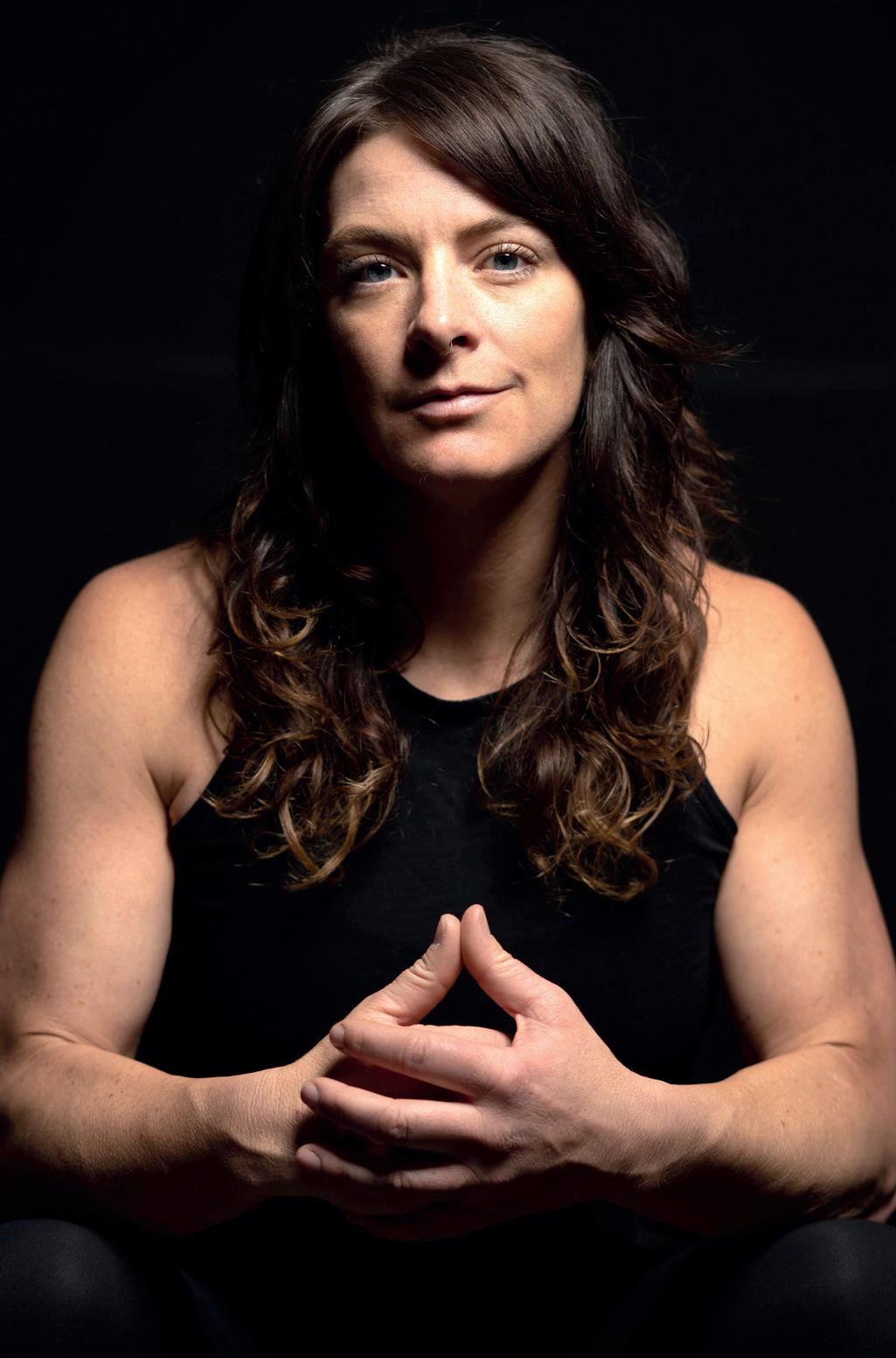
For example, someone who has suffered abuse in their childhood might feel weak and their posture might be curled forward. It can be very empowering for a trauma survivor to deadlift, where they literally pull the weight up off the ground and come upright. Then they get to put the weight back down and walk away from it. They don’t have to keep carrying it, like they have carried the weight of their trauma.
In time, they start to feel strength along the back of their bodies and then start to carry themselves more upright, which can translate into them looking and feeling more confident and becoming more present in, and connected with, their bodies.
When someone learns to back squat, they also have to learn how to bail, to listen to their body and get out of a movement if they’re not able to complete it. This also builds self trust, which they may not have experienced before. They learn they can get out of the situation if they need to and it’s going to be OK. This is very important for people who have not felt safe in their own bodies.
How did you develop this method?
I was working as a psychotherapist at a trauma centre in Massachusetts and used trauma informed yoga, meditation and somatic exercises in my practice, while weightlifting competitively in my spare time.

I started to see how the three overlapped and thought the formulas used for yoga could also work within weightlifting with some adaptations. When people experience early life trauma it impacts their bodies and their nervous systems, so I became curious about how lifting weights could help people have the experience of strength in their body.
My therapy practice was very bodycentric and nervous system-informed, which I thought was a strong foundation to create a modality. I partnered with a weightlifting coach and we developed it together.
Because trauma impacts people across a variety of domains: the body, the nervous system, relationships and how they move through the world, when people are recovering from trauma a combination of approaches are needed and talking therapy alone is rarely enough.
Environmental factors come into it, to help people feel safer in the gym. Some trainers might have no control over the music, or the lighting, but they can still be very thoughtful about how they tend the relationship with their client and understand the many ways trauma can manifest for someone.
For example, if someone keeps cancelling, or they’re late, traditionally those behaviours would be labelled
as lazy, or unmotivated. However, we take the stance that all behaviour makes sense and encourage trainers and coaches to find answers to the “why” instead of applying socially constructed and pathologising labels.
We train instructors to approach the situation with curiosity, saying to the client: “I’m wondering if something is making this really tough for you and if we could figure it out together, maybe there is a barrier I could remove?” It’s a huge shift in perspective to hold the stance of curiosity.
For those who can influence the environment, there’s a lot that can be done. If an operator wants to be traumainformed, they need to be welcoming of people who’ve historically been left out of fitness environments. ● More: www.TIWL.org
Tap or scan to read the interview







In the US we’re collaborating with strategically relevant partners and bringing the expertise we’ve built in the UK and Europe to fuel solutions in this new market
4Global is part of the team which runs the public sector Moving Communitie s project on behalf of Sport England, along with Sheffield Hallam University, Right Directions and Active Insight.
Now three years old, Moving Communities has created a sector-wide collective, built on datasharing and actionable insight. More than 1,300 facilities from 300 local authorities have access to the platform, unlocking the benefits of shared data to drive meaningful improvements.
Moving Communities has shifted the conversation from anecdotal evidence to research-based insight, driving clear key performance indicators, benchmarks, and trends at both national and local levels. This allows local authorities and operators to identify what is and is not working. The overarching theme of the report highlights resilience and recovery within public sector leisure during an especially challenging period. Operational and financial difficulties persist, particularly concerning staffing and rising utility costs, while ensuring facilities have the necessary resources to meet local community needs remains a priority.
Participation levels are increasing, with 96 per cent of respondents intending to exercise at least once a week at their leisure centre over the next six months. Social value rose by almost £50 million between 2022/23 and 2023/24, reaching £890.60
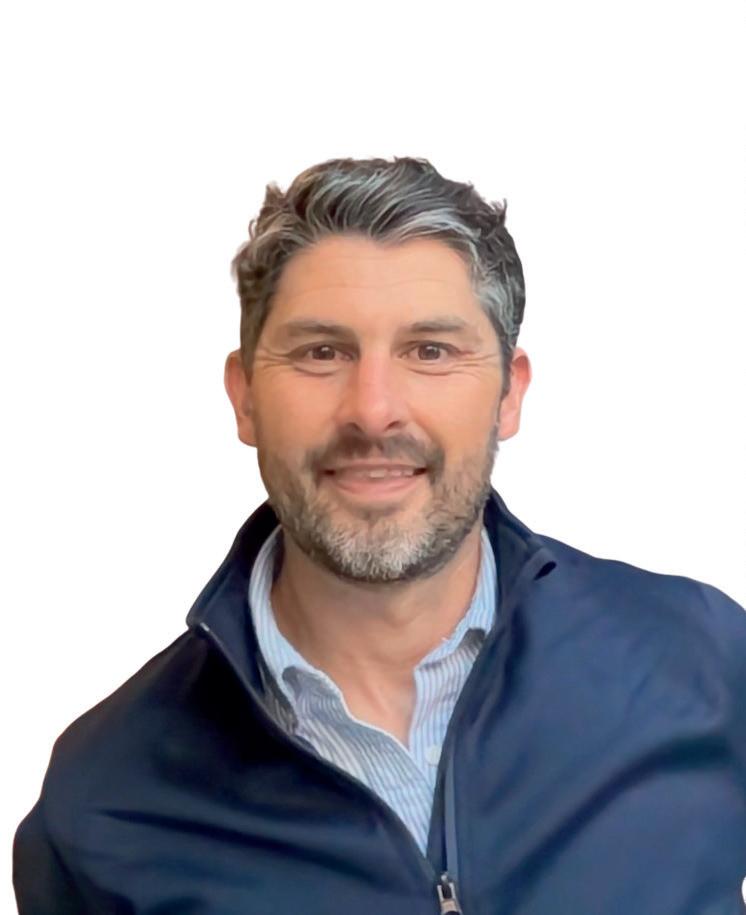

million—an average of £119.38 per person. The total health savings were calculated at £146.30 million.
A 9 per cent increase in participation has been recorded among communities in the lower Index of Multiple Deprivation (IMD) groups. This is encouraging, yet there remains significant work to be done to drive further engagement. Sport England’s Uniting the Movement strategy places tackling inequalities at its core, and these results indicate that existing interventions are making an impact. The challenge now lies in scaling and accelerating these efforts.
The focus should be on identifying best practice in engaging disadvantaged communities and working collectively to implement these approaches on a broader scale.
The Net Promoter Score (NPS) has declined from 32 in October 2021 to 22, largely due to lower satisfaction among female and younger users. Research conducted by Moving Communities’ consortium partner, Active Insight, indicates concerns about cleanliness and dissatisfaction with booking and programming decisions made during the pandemic that have yet to be reversed.
Customer expectations have risen, highlighting a need to bridge the gap between what users expect and the service provided. With the data available, the sector can now make informed decisions to address these concerns effectively.
4Global
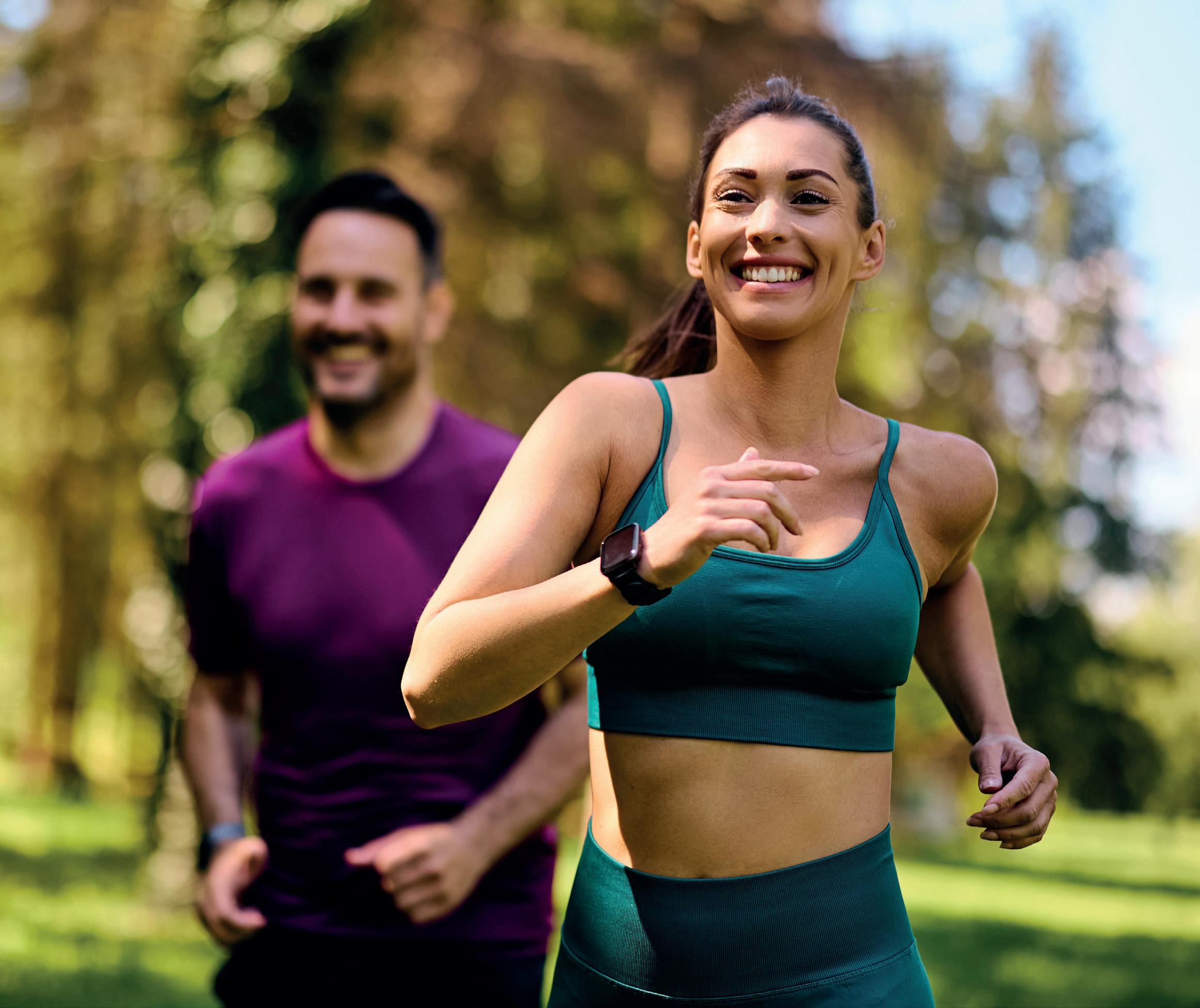
Since its full launch two years ago, the European Data Hub has provided EuropeActive with data and insights demonstrating the scale, impact, and value of the European health and fitness market.
The initiative is a collaborative effort involving technology partners, associations, and sector specialists. Over 5,000 health clubs contribute data, covering more than 15 million members. In 2023, the number of clubs increased by 5 per cent, while the number of members per club rose by 11 per cent. Income per club grew by 14 per cent, and the total social value increased by 10.6 per cent, amounting to €8.57 billion.
4Global has also entered the US market, leveraging its expertise from the UK and Europe to develop solutions tailored to this new landscape.
The company began its US operations in 2023 through a partnership with the Health and Fitness Association (formerly IHRSA), focusing on sector advocacy, health impact and business intelligence.
Strategic partnerships play a central role in 4Global’s expansion. A recent social value integration with Daxko complements its long-standing relationship with
Jonas, extending its reach. By combining data insights with partners’ technological expertise, opportunities are emerging for private and public sector operators.
4Global is active in the sports sector, with flagship partnerships including US Soccer supporting national participation growth ahead of the 2025 FIFA World Cup.
Physical literacy remains a key focus for 4Global, ensuring children develop a strong and positive relationship with physical activity.
Sport England’s Consensus Statement on Physical Literacy provides a foundation for investment and policy reform. The emphasis should be on creating inclusive opportunities that prioritise individual experiences over traditional sport models.
Accessibility is as important as opportunity –unless children feel confident and capable, they are unlikely to engage in physical activity. ●
Tap or scan to read the interview



We offer 24/7 workouts in an infra-red sauna for up to three people. The saunas are designed for the heaters to be close enough to the client for them to get infrared energy absorption.
Led by a virtual instructor, the 30-minute classes include a choice of rowing, cycling and other isometric and HIIT workouts, as well as yoga, Pilates and barre.
We encourage all our clients to try everything to keep interest high and train all the muscles in different ways to become holistically stronger.
The studios also have a resistance training area that’s not heated, called the FX Zone, with a range of equipment such as dumbbells, benches, resistance straps, Bosu Balls, kettlebells and battle ropes.
We’re a tech-forward fitness company and own all our own software, email marketing platform and CRM. We also have a patent and developed our own app and choreograph all the workouts based on solid training principles.
How did the idea come about?
The concept came to me on a holiday to Jamaica in 2014. I was talking to a friend about my journey with Bikram yoga and he said I should do yoga in a sauna. It was a lightbulb moment and when I got home I started work to develop the business.
It took us about nine months from having the idea to taking the first prototype to market.

When did the first site open?
We opened the first location in Oxford, Mississippi in 2017. The first few sites were in independent spas and our own Planet Beach franchise, but I soon made the decision that it needed to be its own business. Now all the sites are standalone and are typically 2,000 square feet, in locations such as shopping centres.
We have over 700 locations. Only five are corporately managed, the rest are franchises.
Our first overseas location is in Galway, Ireland. We’re currently in talks with a group that wants to take the concept to the UK and Germany, so I expect we’ll have traction in Europe in the coming years.
How much did the pandemic get in the way of the rollout?
During the lockdowns we didn’t reduce our advertising, we just changed the messaging to a more sympathetic tone and invited folks to get on the waiting lists and sign up for discounts once we opened. That worked like a charm. When we opened up we had a flood of clients and then we had the good fortune of being the COVID ‘place to go’ because we could reduce the number of clients down to only one person, then we went up to two with social distancing. Because we own our software we can turn it on a dime like this to adjust numbers and the clients loved it because they had the heat and heat in theory was not good for the COVID virus.

You can pay per session, pay for multiple sessions on one day or pay for an entire year all up front. However, 95 per cent of our customers get on the monthly plan for US$59 for unlimited sessions at a single location. For US$79 a month they can use any location.
Let me shamelessly plug my book, Hot Exercise , which collates all the science on heated exercise – specifically infra-red light exposure – that’s available from scientific medical journals. In a nutshell, the infra-red creates heat, speeding up the metabolism while you’re exercising. It also dilates the capillaries, so you’re increasing the supply of oxygen. By virtue of that process you’re accelerating wound healing and potentially decreasing inflammation, depending on other health indicators. It’s extremely beneficial for most people.
We build our messaging around women in their 30s and we’re able to create a massive ripple effect from that messaging which draws in a wider audience. About 17 per cent of our members
are guys. We welcome them into our studios as well, but since it’s a business that began out of hot yoga, it appeals mainly to females.
We have a very disciplined strategy and want to develop into all the markets and neighbourhoods in the US. Our rule of thumb in the US and Canada is one location for every 100,000 people. Planet Fitness stated in its annual report last year that it believes it can have 5,000 sites in the US, which is one for every 70,000 people. So we feel our aspiration to have one for every 100,000 people is very reasonable.
I’ve identified 2,300 small towns in the US with a population of 10,000 to 50,000 where I believe the concept can work. We have one franchise owner in Seminole, Texas who runs a profitable business in a town of 7,000, proving it can work in an area with a low density population. ●
Tap or scan to read the interview



We need to make it automatic that when people go to their doctor, they’re offered exercise rather than medication where appropriate
Belinda Steward
Having just stepped into your new job, what appealed to you about it?
It’s a privilege to have this role and be part of the solution when it comes to making physical activity accessible to everyone.
The stats really motivate me. Physical inactivity is the fourth largest killer in the UK, which is shocking, but our industry is able to do something about it.
You’ve held leadership roles in hospitality, how will you deploy the skills and experience you gained?
I have a good understanding of how to operationalise and optimise businesses, so I’ll be looking for ways to add value for our customers.
Part of this will be ensuring we have a consistent brand across all our facilities, as the more consistent you are, the more your customers know what to expect and it makes it easier for customers and colleagues to transfer between facilities.
Cross-industry partnership is also key, so I’ll be looking to form collaborations with others in the industry and industry bodies to broaden accessibility.
During COVID I was fortunate to be on the CEO board for accommodation providers working in UK hospitality and we were pivotal in lobbying the government to get hospitality venues opened early. It
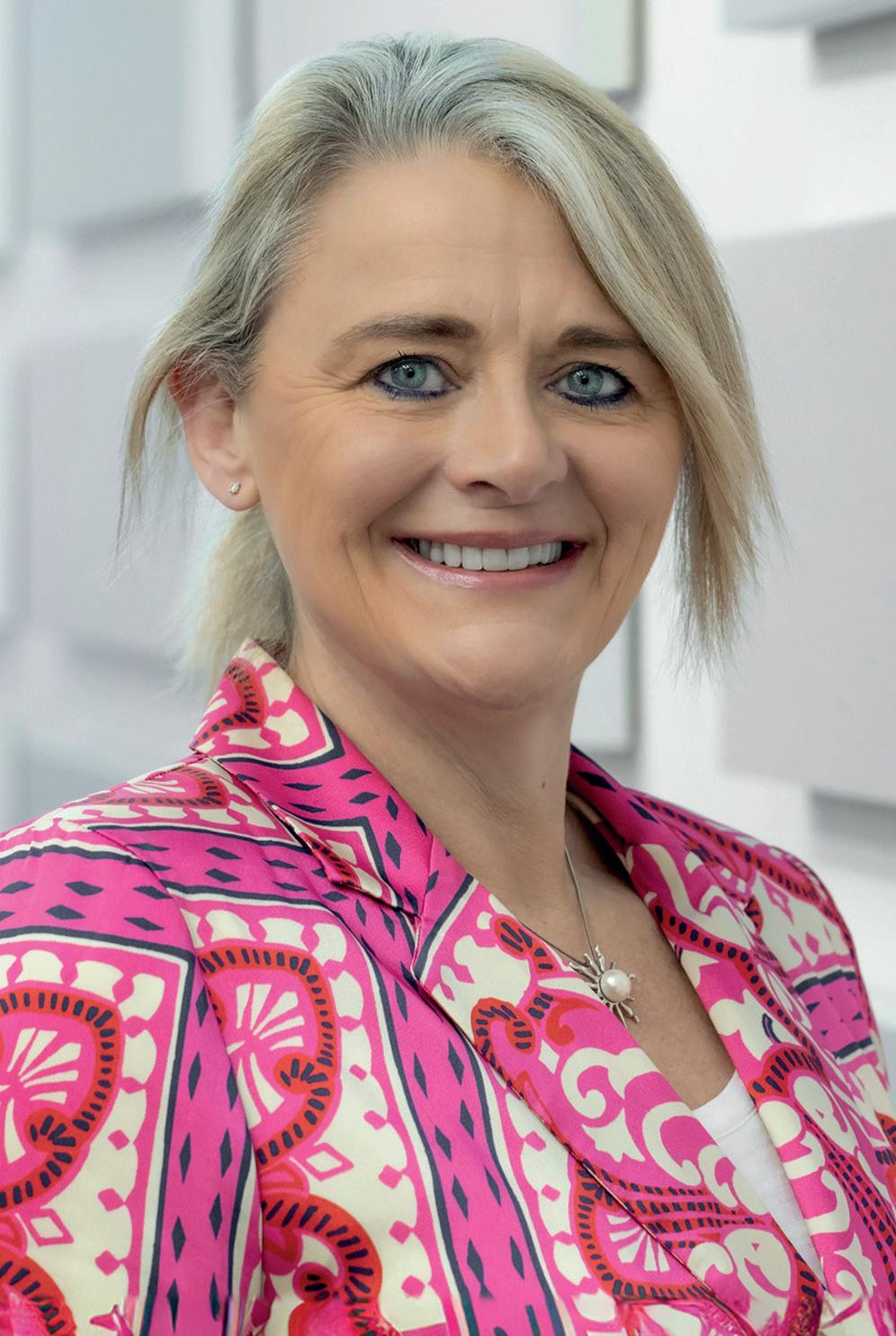
was a really interesting insight into how collaboration with people you sometimes see as your competitors can work to the benefit of the community at large.
I’ll also be looking at how we can use technology to make the experience easier for our customers, so the time our colleagues spend with them adds value, rather than them being caught up with functional tasks.
The customer journey is another area for review.
I’ll be making sure our facilities are accessible and where we don’t have buildings, looking at how we can take our services into communities.
The same as everybody in terms of dealing with increased costs – particularly in utilities.
We’ve chosen to be a Real Living Wage provider, which we believe is the right thing to do.
It resonated with our teams in a recent colleague survey which reflected that we’re a great place to work. We also have good retention rates among our people and loyal staff help create loyal customers.
I’m encouraged by the uplift in demand for physical activity we’re experiencing. It’s great to see this has become so popular in a post-COVID world, while in contrast, pubs haven’t regained
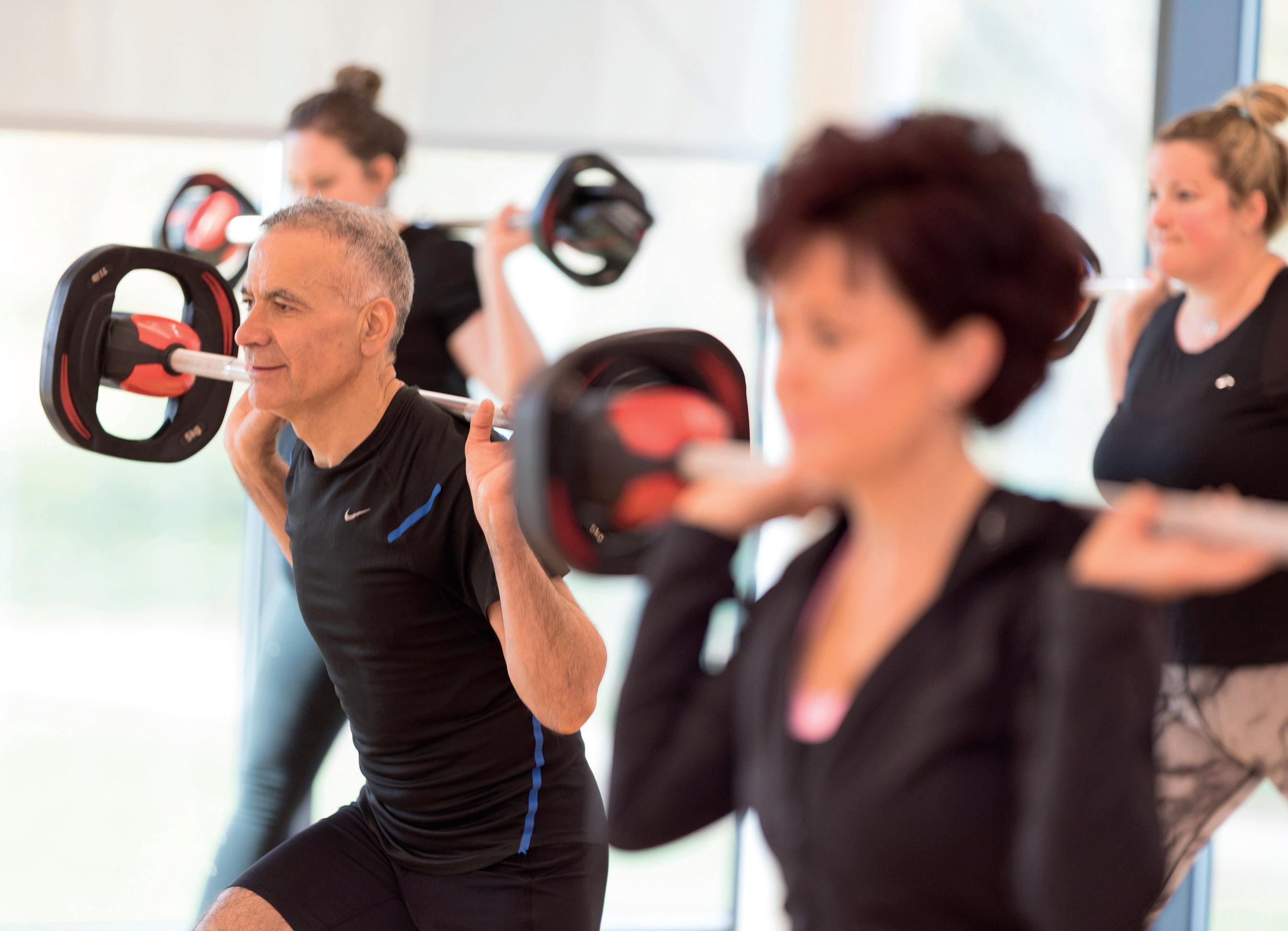
the momentum they had before the pandemic and are still faced with the headwinds of costs.
There are opportunities for innovation – for example, we’re looking to open padel courts, as it’s a fantastic sport that brings in a new group of people. Our sector has the chance and the responsibility, to help the NHS. We need to make it automatic that when people go to their doctor, they’re offered exercise rather than medication where appropriate. Industry collaboration will make it easier to work in partnership with the NHS and data is the key to demonstrating the value we offer.
What new challenges lie ahead?
We’ve just taken on the management of 10 leisure centres for Northumberland County Council, which gives us a bigger geographic reach and we’re also looking for more opportunities to take our offering out into our communities. It should never be the case that people don’t have access to physical activity and I think it’s my responsibility to make sure we get out there and give people the chance to enjoy it.
Are you working on any special programmes?
Graves Health and Sports Centre is taking part in a groundbreaking diabetes and peripheral neuropathy study run by Sheffield Teaching Hospital
Our sector tackles physical inactivity – the fourth biggest killer in the UK
Community Wellness Services and the NHS Foundation Trust. This is the first trial of a physical activity intervention and participants will receive one-to-one sessions from a Level 4 endocrinetrained fitness professional. It’s the first study of its kind to be conducted within a leisure centre.
We’ve also teamed up with British Blind Sport to support the ‘See Sport Differently’ campaign, which aims to tackle activity barriers for the two million people in the UK living with sight loss.
We’re looking at ways to make our centres more accessible and have already delivered 10 workshops on this to 111 staff so they have the necessary skills to welcome and support these customers. ●
Tap or scan to read the interview
Originally published: HCM 4 2024



I’d love to see a national wellness service working hand in glove with NHS primary care
Mark Tweedie Associate, Miova
Brimhams Active was established by Harrogate Borough Council in 2020 as a local authorityowned trading company, aiming to create a commercially effective service while delivering significant social value. Mark Tweedie was appointed to run the organisation. With nearly £50 million invested in facility upgrades, Brimhams Active was designed to be agile and accountable, enabling it to compete effectively in a challenging market.
At its core was a business growth strategy focused on customer retention through bespoke health and wellbeing support, known as the Five Ways to Wellness approach. This ensured services met individuals’ needs at every stage of their health journey.
Brimhams Active demonstrated that leisure services can extend beyond traditional offerings, playing a vital role in reducing pressure on primary and social care. The sector’s workforce has the potential to work alongside allied health professionals, delivering high-quality wellness services that generate revenue while improving public health.
Investment in facilities, workforce development, and holistic wellness initiatives can create sustainable models that produce long-term cost savings for health services.
Following the decision by the newly-formed North Yorkshire Council to transfer all leisure services inhouse, Brimhams Active was closed. This presented an opportunity for a new direction for Tweedie and
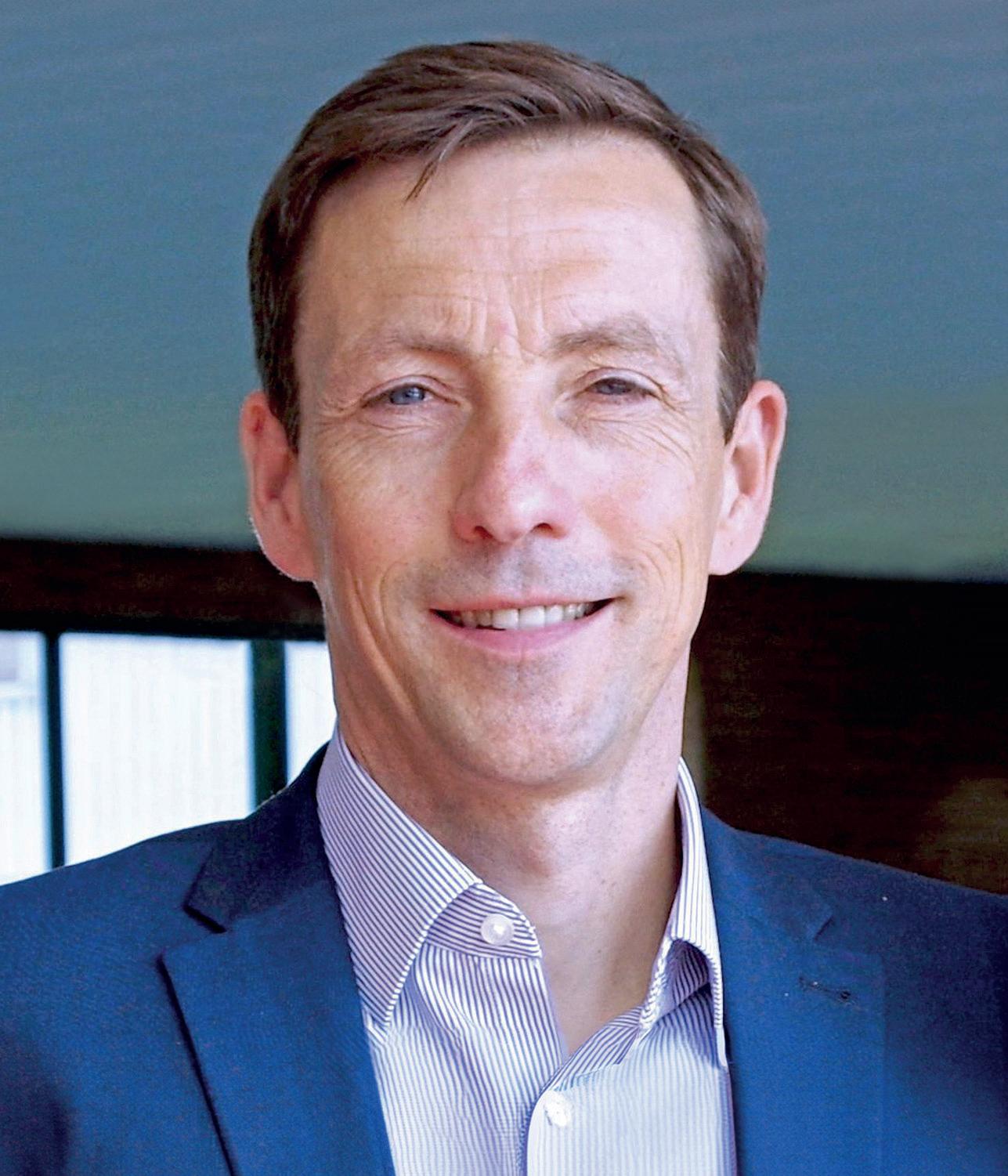
heralded a move to Miova, a consultancy founded in 2022, which focuses on systems-based leadership.
Miova collaborates with councils and partner organisations across the UK to reimagine physical activity strategies, supporting the shift towards active wellbeing. Several members of the Miova team are also trained coaches, offering strengths-based leadership development.
The move to Miova aligns with Tweedie’s extensive experience in strategy development, leadership, and executive coaching. The initial focus was on delivering workshops as part of Miova’s leadership programme, supporting clients in strategic planning, and promoting the pivot to active wellbeing.
While competition drives innovation and efficiency in free-market economies, public sector services must prioritise reducing inequalities and supporting those in greatest need. The concept of “Proportionate Universalism,” as outlined by social change expert Sir Michael Marmot, advocates for universal services delivered at a scale proportionate to need.
Decades of competitive tendering and shortterm grant funding in public leisure have not significantly improved activity rates or health outcomes and a whole-systems approach is required, fostering collaboration rather than duplication.
Funding models should incentivise partnerships, ensuring resources are used effectively and scaled

for impact. Improved accountability, benchmarking both outputs and outcomes, is also essential.
Success in active wellbeing initiatives can be measured through tools such as the Wellby, which quantifies wellbeing improvements over time. A long-term vision for the sector includes a National Wellness Service, integrated with NHS primary care, offering accessible, non-judgemental support for healthier lifestyles.
Public leisure, with its extensive workforce and infrastructure, is well-placed to become a key NHS partner. With strategic planning, public investment could deliver measurable improvements in health and wellbeing, reinforcing leisure as a fundamental public service. ●




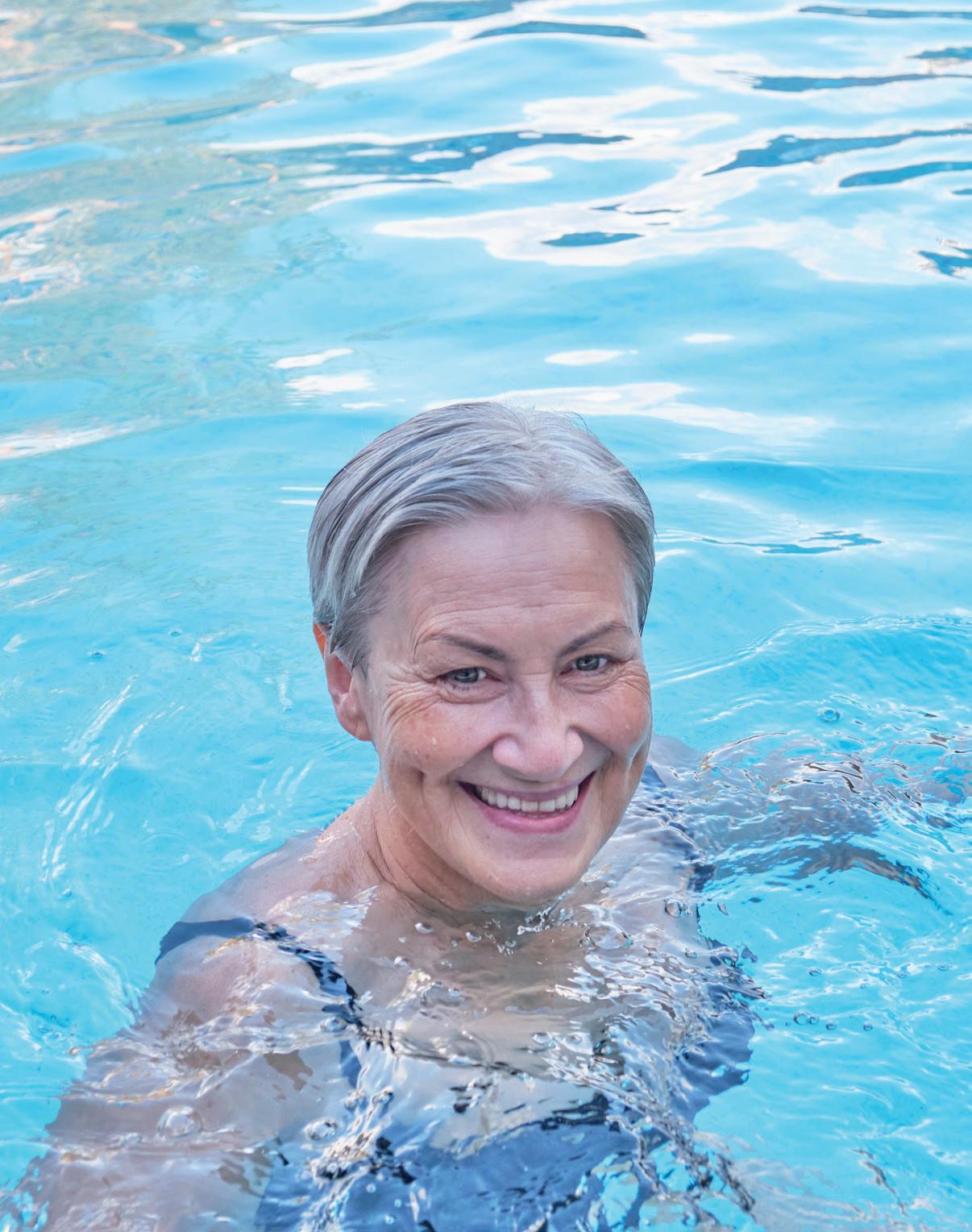
There wasn’t time to implement change slowly, so we just had to rip the Band-Aid off
Jean-Claude Vacassin
MD, Foundry


Foundry owners approached Jean-Claude Vacassin two years ago, inviting him to work with them to resolve issues with their business model. The business, despite strong brand equity and reasonable locations, was underperforming due to operational inefficiencies, staffing challenges, and a lack of clear systems. Seeking to restore consistency and improve performance, Foundry’s leadership enlisted Vacassin’s expertise to implement a structured model.
At the time, Foundry was busy but not profitable. With 23 different membership options, a mix of freelance and PAYE instructors, and a lack of operational boundaries, the business struggled with structure.
Many trainers used the facilities to build their own businesses, often recruiting ClassPass users as private clients. To address these issues, clearer professional guidelines were introduced, while ensuring that existing members understood and accepted the changes. Given the urgency of the situation, gradual implementation was not an option, requiring a more immediate transformation.
A small group training model was introduced, featuring 50-minute classes on the hour. The programme was designed for individuals who disliked traditional gyms or had struggled in them, offering a welcoming, judgementfree environment with no mirrors.

Foundry transitioned to a recurring revenue model, with monthly fees ranging from £250 to £500, depending on the level of personal training included. Membership options included four, eight, or 12-session monthly packages, as well as an allaccess membership. Sessions run from 6:00am to 9:00pm, with small group personal training (capped at six participants) complemented by larger group classes such as Stretch, Build, Hybrid, Run Club, and an erg-focused class called Sweat.
The restructuring resulted in a 90 per cent recurring revenue model, a 45 per cent increase in revenue and a 30 per cent rise in membership in 2023. Additionally, site-on-site growth reached 15 per cent, with two new locations added in 2024.
Foundry combines an industrial-chic aesthetic with a focus on sustainability, using remanufactured equipment rather than luxury finishes. Each location is designed to feel unique while maintaining the brand’s core identity. Natural light is prioritised where possible, though some sites, such as Aldgate, feature a lounge-style atmosphere due to space constraints.
Foundry currently operates seven sites, including a recent acquisition near Tunbridge Wells. The
new Aldgate location required a strong launch to break even quickly. Typically, new sites attract members through a 21-day challenge.
With recent investment and the appointment of a new chair, Rob Foreman, and finance director, Steph McCall (formerly of The Gym Group), Foundry is positioned for further growth. Expansion plans focus on London and the South East of England, targeting locations where a committed membership base of around 200 people would make a site viable. Franchise opportunities are also being explored.
Foundry remains actively engaged in charitable initiatives, partnering with the Black Prince Trust, the Felix Project, and Magic Breakfast, funding over 100,000 meals to date. Acknowledging that its pricing is not accessible to everyone, the brand continues to invest in social enterprise projects. ●
Tap or scan to read the interview




Wilkinson’s mission is to champion mental and physical wellbeing
“We’re striving to awaken another dimension in people and share with vulnerability, truth and honesty”

Jonny Wilkinson
Founder, One Living
In the defining moment of his career, the World Cup-winning drop goal felt almost effortless for Jonny Wilkinson. Years of practice and muscle memory took over, creating an out-ofbody experience where he simply observed the ball drop into place. It was a moment of pure presence, freedom and fulfilment.
However, the euphoria was short-lived. The post-victory celebrations left him feeling empty and disconnected. The expectation of revelling in success clashed with an inner turmoil that made public adulation uncomfortable. Desperate to return to the pitch, he sought validation through relentless training, fuelling a “warrior-saviourmartyr” mindset that only intensified the pressure. Following the World Cup, an injury in a club match led to spinal surgery, but rather than embracing recovery, he pushed himself harder. He spent hours in the gym, unable to switch off, leading to overtraining syndrome. Within months, his body collapsed under the stress, triggering a cycle of frustration, panic, anxiety, and depression. The relentless pursuit of perfection and success had become his identity, and without rugby, he felt lost. Reflecting on whether he achieved his dream too early, Wilkinson believes society’s focus on outcomes can overshadow the present moment. The illusion that success guarantees lasting fulfilment is a falsehood; happiness comes from within.

A shift in mindset came through developing selfawareness – observing his mental and emotional states without overanalysing them. He had spent years serving his mind, unaware that it was merely following the instructions he had given it. By learning to detach from intrusive thoughts and trust his instincts, he began to rediscover joy, creativity, and freedom in his performance.
This journey ultimately led him to found One Living, a company focused on holistic health. His personal struggles with nutrition and recovery sparked an interest in gut health and living foods. Alongside his wife, he explored the benefits of fermented foods and kombucha, recognising their impact on mental and emotional wellbeing.
The company encompasses One Living (products), One Giving (charity partnerships), and One Wellbeing (educational resources).
His journey now focuses on unlocking new possibilities for himself and others, creating a platform for genuine connection, health, and personal growth. ●
Tap or scan to read the interview
Originally published: HCM 6 2024






Tap into HCM ’s comprehensive supplier directory and profiles to get in touch with the industry’s leading suppliers of products and services to power your business

CLICK HERE to search for a supplier on HCM’s Company Profiles Hub










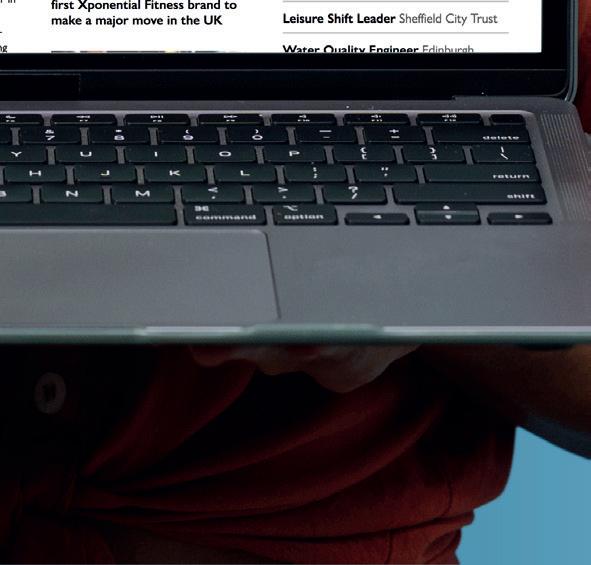

CLICK HERE to visit the HCM Handbook Company Profiles
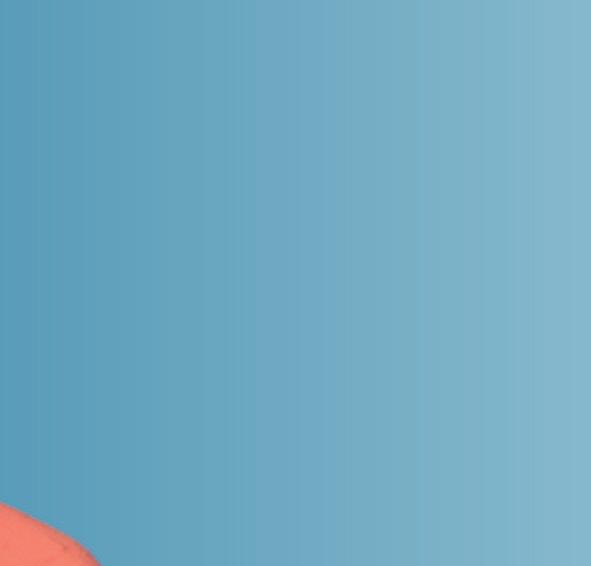

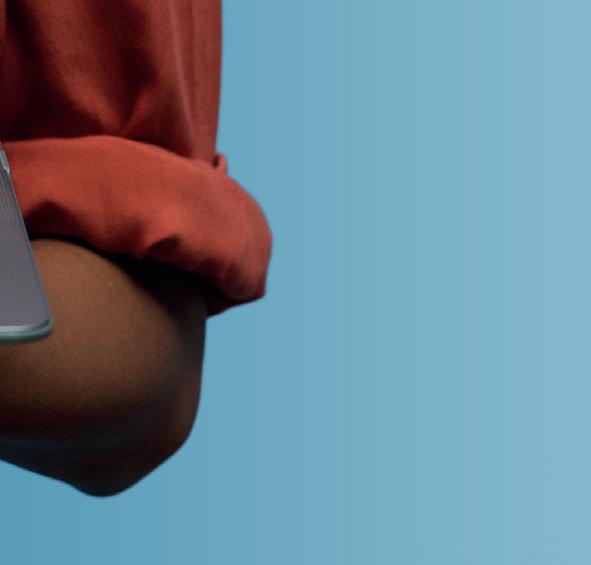






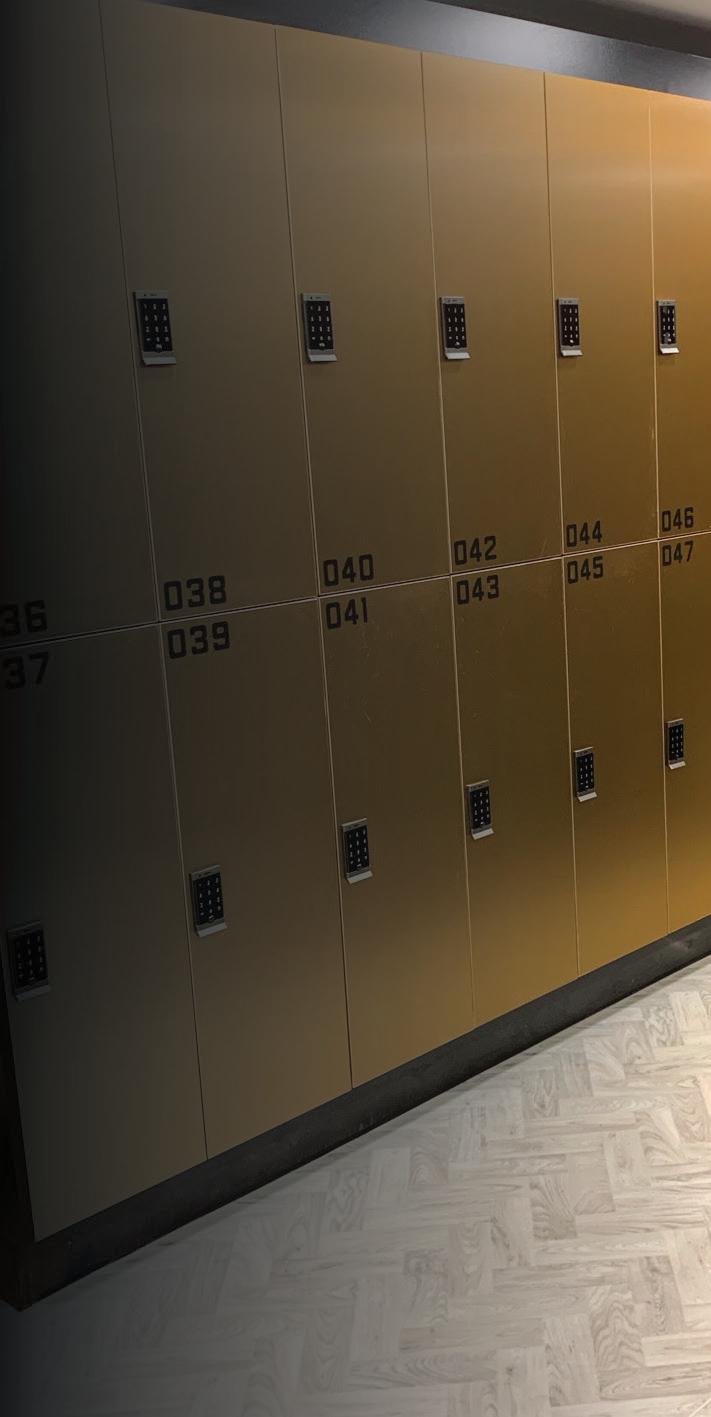







Transform your gym with EGYM Genius – data-driven AI that maximises efficiency, powers growth and boosts your bottom line.






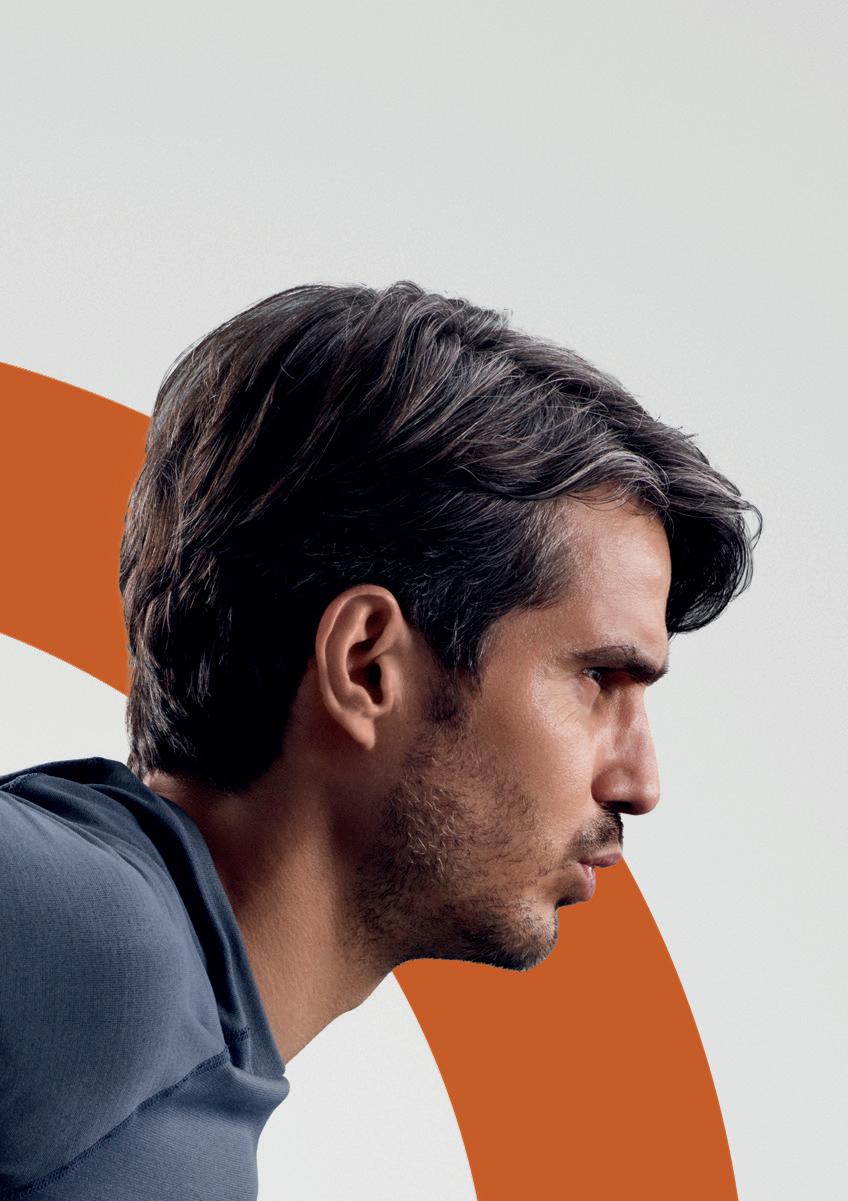

www.egym.com/uk I sales@egym.com

